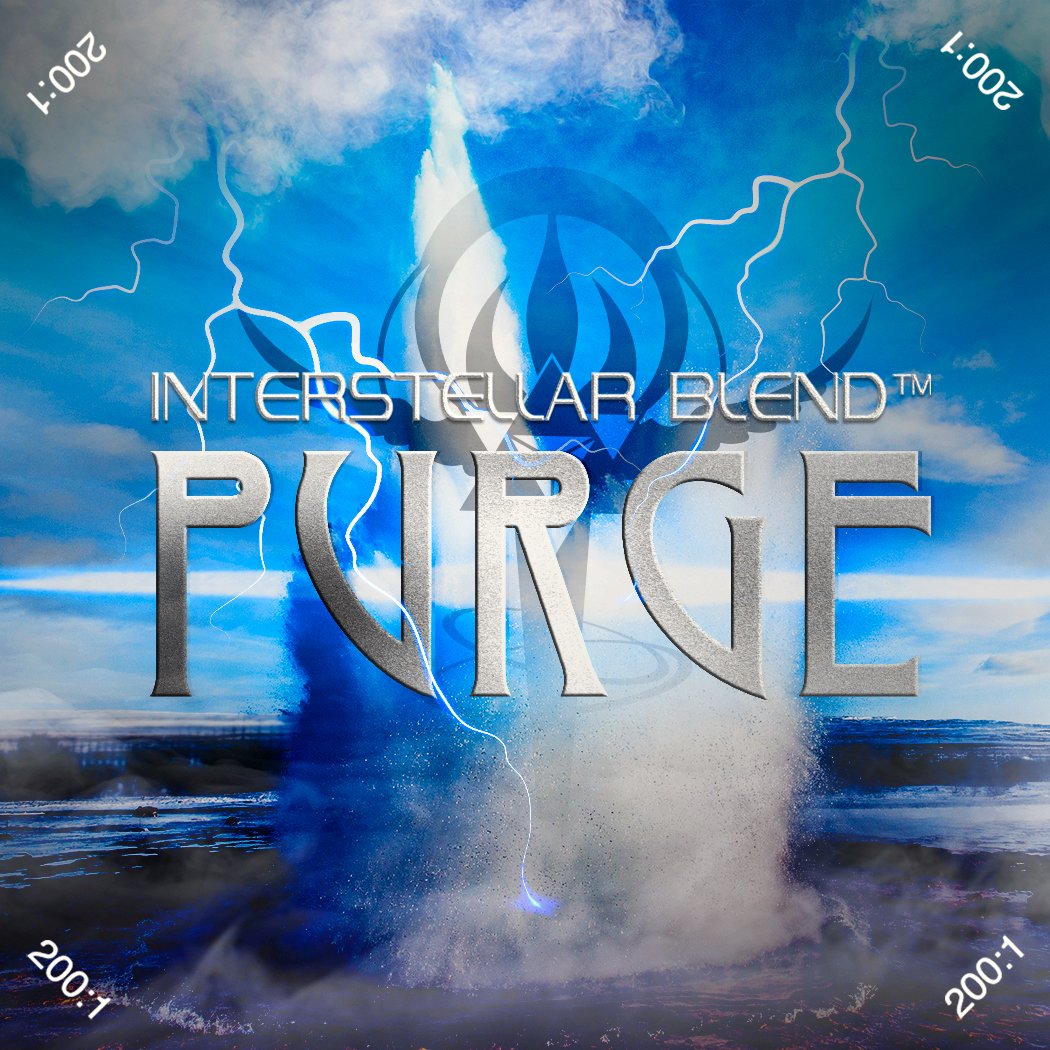
Protected: PURGE 200:1 (MESSAGE FOR PASSWORD)
July 10, 2021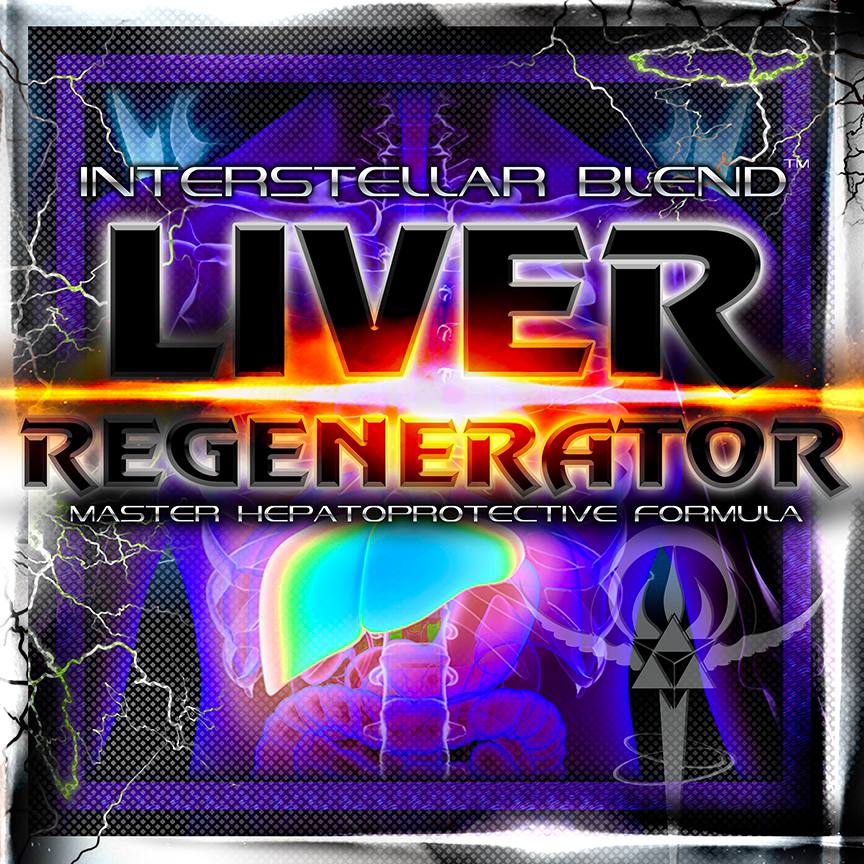
LIVER REGENERATOR 200:1
July 29, 2021PLUSH ‘BEAUTY BLEND’ : Youthful Skin Restoration / Ultimate Anti Wrinkle Agent 200:1
$275.00
Introducing
PLUSH
‘BEAUTY BLEND’
Youthful Skin Restoration Formula
The Ultimate Anti Wrinkle Agent
180+ Ingredients
200:1 Concentration
Directions: Megadose 1 tsp for 2-4 weeks a day in fresh squeezed grapefruit juice to allow it to build up in system. Maintenance dose after is 1/4-1/2 tsp a day.
Featuring: Acacetin – Acacia Farnesiana (Linn ) Willd • Acanthopanax Senticosus (Eleutheroside(B+E)) – Acanthopanax Senticosus (Rupr Maxim ) Harms • Agastache Rugosa Kentz – Agastache Rugosa (Fisch Et Mey ) O Kuntz • Albizia Lebbeck – Albizia Lebbeck (L ) Benth • Allium Cepa L Peel (Onion) – Allium Cepa L • Aloe Vera – Aloe Vera(Haw ) Berg • Aloin – Aloe Vera Var Chinensis • Amla (Emblica Officinalis Gaertn ) – Emblica Officinalis Gaertn • Andrographolide Sodium Bisulfate (Asb), A Water-Soluble Form Made From Andrographolide – Andrographis Paniculata (Burm F ) Nees • Angelica Sinensis (Polysaccharide) – Angelica Sinensis (Oliv ) Diels • Anthocyanin Extracts From Purple-Fleshed Sweet Potato – Dioscorea Esculenta (Lour ) Burkill • Areca Nut Procyanidins – Areca Catechu L • Argan – Argania Spinosa • Argireline – Acetyl Hexapeptide 3 • Aruncus Dioicus Var Kamtschaticus – Aruncus Dioicus Var Kamtschaticus Hara • Asiaticoside – Centella Asiatica Extract • Astaxanthin – Haematococcus Pluvialis • Astragalus Membranaceus Root(Astragaloside Iv) – Astragalus Membranaceus (Fisch ) Bunge • Benincasa Hispida (Thunb ) Cogn – Benincasa Hispida (Thunb ) Cogn • Beta-Carotene – Daucus Carota Var Sativa Hoffm • Betaine – Beta Vulgaris L • Bletilla Striata – Bletilla Striata (Thunb ) Reichb F • Blueberry (Anthocyan)) – Sementrigonellae • Boesenbergia Pandurata – Boesenbergia Pandurata (Roxb ) • Bouea Macrophylla – Bouea Macrophylla Extract • Brassica Juncea L Czern • Breviscapin – Erigeron Breviscapus Extract • Calendula Officinalis L (Family: Asteraceae) – Calendula Officinalis L • Camphor ((1R)‐1,7,7‐Trimethylbicyclo[2 2 1]Heptan‐2‐One) – Camphor • Carcinine – Crustacea • Carnosic Acid – Rosmarinus Officinalis • Carnosine – Β- Alanine L-Histidine • Carthamus Tinctorius L – Carthamus Tinctorius L • Catechin – Camellia Sinensis • Cheongsangbangpung-Tang – Geniposide (1), Coptisine Chloride (2), Prim-O-Glucosylcimifugin (3), Berberine Chloride (4), Liquiritin Apioside (5), Liquiritin (6), Ferulic Acid (7), Narirutin (8), 5-O-Methylvisammisoide (9), Hesperidin (10), Arctigenin (11), Baicalin (12), Oxypeucedanin Hydrate (13), Wogonoside (14), Baicalein (15), Arctiin (16), Glycyrrhizin (17), And Pulegone (18), • Chlorogenic Acid – Green Coffee Bean • Citrus Reticulata Blanco Peel – Citrus Reticulata Blanco Cv Reticulata • Citrus Sinensis – Citrus Sinensis • Citrus Unshiu Peel – Citrus Unshiu • Cocoa Pod – Theobroma Cacao L • Coenzyme Q10 – Solanum Tuberosum Leaves • Coix Seed – Coix Lacryma-Jobi L Var Ma-Yuen) • Collagen Peptides, Prolyl‐Hydroxyproline (Pro‐Hyp) And Hydroxyprolyl‐Glycine (Hyp‐Gly) – Prolyl-Hydroxyproline (Pro-Hyp) • Colloidal Silicic Acid – Bos Taurus Domesticus Gmelin • Coriander Leaf – Coriandrum Sativum • Corni Fructus – Cornus Officinalis Sieb Et Zucc • Coumestrol – Soybean • Cucumis Sativus L – Cucumis Sativus L • Cudrania Tricuspidata Root – Cudrania Tricuspidata (Carr ) Bur • Curculigoside – Curculigo Orchioides Gaertn • Curcumin – Curcumalonga L • Cyclopia Intermedia – Honeybush Tea • Cynaropicrin From Cynara Scolymus L – Cynara Scolymus L • Daidzein – Glycine Max (Linn ) Merr • Dhea – Dioscorea Nipponica • Dipterocarpus Tuberculatus Roxb – Dipterocarpus Tuberculatus Roxb • Duoligo – Lactulose And Galactooligosaccharides • Egb761 – Ginkgo Biloba Extract • Ellagic Acid – Pomegranate Peel Extract • Emblica Fruits (Phyllanthus Emblica) – Phyllanthus Emblica • Emodin – Rheum Palmatum L • Epicatechin – Camellia Sinensis • Fermented Blackberry (Rubus Fruticosus B – Rubus Fruticosus B • Ferulic Acid – Ferula Sinkiangensisk M Shen • Fingerroot (Boesenbergia Pandurata) – Boesenbergia Pandurata (Roxb ) • Fisetin – Rhus Succedanea L • Fish Collagen Hydrolysates – Fish Skins • Foeniculum Vulgare Mill – Foeniculum Vulgare Mill • French Maritime Pine Bark Extract (Flavangenol®) – French Maritime Pine • Fucoidan – Phaeophyta • Fucoxanthin – Phaeophyta • Galla Chinensis – Rhus Chinensis Mill • Gallic Acid – Rhus Chinensis Mill • Ganoderma Lucidum – Ganoderma Lucidum(Leyss Ex Fr )Karst • Garlic – Allium Sativum L • Gelidium Amansii And Cirsium Japonicum – Gelidium Amansii Lamouroux • Genistein – Euchresta Japonica Hook F Ex Regel • Ginsenoside Derivative 20(S)‐Protopanaxadiol – Panax Ginseng C A Meyer • Ginsenoside Rb1 – Panax Ginseng C A Meyer • Glehnia Littoralis Leaf – Glehnia Littoralis Fr Schmidt Ex Miq • Glucosamine – Natural Chitin • Glutathione – Glutamic Acid, Cystine And Glycine • Glycyrrhizic Acid – Glycyrrhiza Uralensis Fisch • Grapefruit Peel – Citrus Paradisi Macf • Grapeseed – Vitis Vinifera L • Hawthorn Berry – Crataegus Pin Nati Fida Bge • Heated Radish Extract – Raphanus Sativus L • Hesperidin – Citrus Reticulata Blanco • Hibiscus Syriacus L – Hibiscus Syriacus L • Hyaluronic Acid – Bovine Vitreous • Hydrangea Serrata (Thunb ) Ser Leaves – Hydrangea Serrata (Thunb ) Ser Leaves • Hydrolyzed Marine Collagen (Vinh Wellness Collagen, Vwc) – Vinh Wellness Collagen • Hyperoside – Hypericum Monogynum L • Isoquercitrin – Scphora Japonica L • Kaempferia Parviflora – Kaempferia Parviflora Wall Ex Baker • Korean Red Ginseng, Torilis Fructus And Corni Fructus – Korean Red Ginseng • Ktng0345 Prepared From Red Ginseng Extracts – Red Ginseng Extract • L-Ascorbic Acid – Cerasus Pseudocerasus (Lindl ) G Don • Lactobacillus Plantarum Hy7714 – Lactobacillus Plantarum • Lavandula Angustifolia Mill – Lavandula Angustifolia Mill • Lingonberry And Amla Fruit – Vaccinium Vitis-Idaea Linn • Luffa Cylindrica (L ) Roem – Luffa Cylindrica (L ) Roem • Lutein And Zeaxanthin Isomers (L/Zi) – Tagetes Erecta L • Lycium Polysaccharides – Lycium Barbaruml • Lycopene – Lycopersicon Esculentum • Magnolol – Magnolia Officinalis • Malus Pumila Cv Fuji – Malus Pumila • Mangiferin – Mangifera Indica L • Mannitol – Laminaria Japonica) • Marigold (Calendula Officinalis ) – Calendula Officinalis • Methylsulfonylmethane (Msm) – Dimethyl Sulfoxide • Myricetin – Myrica Rubra (Lour ) S Et Zucc • N-Acetylglucosamine – Fructose-6-Phosphate And Glutamine • Naringenin – Amacardi-Um Occidentale L • Nelumbo Nucifero – Nelumbo Nucifero Gaertn • Noni (Morinda Citrifolia) Seeds – Morinda Citrifolia • Ocotea Paranapiacabensis – Ocotea Paranapiacabensis Leaves • Oenothera Biennis – Oenothera Biennis • Oligonol – Litchi Chinensis Sonn • Origanum Majorana L – Origanum Majorana L • Oryzanol – Rice Bran • Oyster (Crassostrea Gigas) Hydrolysates – Crassostrea Gigas • Paeonia Lactiflora Pall – Paeonia Lactiflora Pall • Peach Flower Extract – Amygdalus Persica L • Pearl Powder – Pernulo • Perillafrutescens – Perilla Frutescens (L ) Britt • Persimmon Leaf (Diospyros Kaki Folium) – Diospyros Kaki L Folium • Phlorizin – Apple Tree • Phloroglucinol – 2,4,6-Trinitrobenzoic Acid • Phosphatidylserine Derived From Soy Lecithin – Soy Lecithin • Phytoene – Carotenoid • Phytofluene – Lycopersicon Esculentum • Pine Bark Extract Proanthocyanidins – Pinus Massoniana Lamb • Pineapple – Ananas Comosus • Polysaccharide Derived From Blackcurrants (Ribes Nigrum L ) – Ribes Nigrum L • Poria Cocos(Schw )Wolf – Poria Cocos(Schw )Wolf • Porphyra Tenera – Porphyra • Prunus Persica – Amygdalus Communis L • Pterostilbene – Pterocarpus Indicus Willd • Pycnogenol – Maritime Pine Extract • Quercetin – Sophora Japonica L • Raphanus Sativus – Raphanus Sativus L • Raspberry Fruit – Rubus Idaeus L • Resveratrol – Polygonum Cuspidatum • Rhus Javanica – Rhus Javanica L • Rosa Multiflora Thunb Flower – Rosa Multiflora Thunb • Rosa Rugosa Thunb – Rosa Rugosa Thunb • Rose Hip Powder, Containing Seeds And Shells Of Rosa Canina – Rosa Canina • Rose Petal (Rosa Gallica) – Rosa Gallica L • Rosmarinus Officinalis Rosmarinic Acid – Rosmarinus Officinalis • Rubia Cordifolia – Rubia Cordifolia L • Safranal – Saffron Crocus • Salvia Miltiorrhiza Bge – Salvia Miltiorrhiza Bge • Salvia Plebeia R Br – Herba Salviae Plebeiae • Sargassum Muticum Ethyl Acetate – Sar gassum Muticum • Saxifraga Stolonifera Curt – Saxifraga Stolonifera Curt • Sea Buckthorn (Hippophae Rhamnoides L ) Fruit Blend – Hippophae Rhamnoides L • Si-Wu-Tang – Angelica Sinensis, Ligusticum Chuanxiong, Radix Paeoniae Alba, Radix Rehmanniae Preparata • Siegesbeckia Glabrescens – Siegesbeckia Glabrescens Makino • Silymarin – Silybum Marianum (L ) Gaertn • Sodium Hyaluronate – Bovine Vitreous • Soy Isoflavone Aglycone – Soybean • Strawberry – Fragaria × Ananassa Duch • Sulforaphane – Brassica Oleracea L Var Italic Planch • Sulfuretin – • Taraxacum Mongolicum Hand -Mazz – Taraxacum Mongolicum Hand -Mazz • Tectorigenin – Belamcanda Chinensis (L )Dc • Tremella Fuciformis – Tremella Fuciformis • Tribulus Terrestris L – Tribulus Terrestris L • Tyrosol – Olive Oil • Ubiquinol (Coenzyme Q10) – Sus Scrofu Domestica Brisson • Ulmus Davidiana Var Japonica Ethanolic – Ulmus Davidiana Var Japonica • Ursolic Acid – Prunella Vulgaris L • Verisol – Collagen Peptide • Vigna Angularis – Vigna Angularis (Willd ) Ohwi Et Ohashi) • White Lotus Flower – Nelumbo Sp • Zingiber Mioga – Zingiber Mioga • Ziyuglycoside I – Lactuca Formosana Maxim • Ziziphus Jujuba Mill – Ziziphus Jujuba Mill • Α-Lipoic Acid
INGREDIENTS AND SCIENCE:
acacetin
Safflower Seed Oil and Its Active Compound Acacetin Inhibit UV B –induced skin photoaging
ultraviolet (UV ) is one of the major factors harmful to skin health. irradiation with ultraviolet accelerates the decline of skin function, causing the skin to have deep wrinkles, dryness, decreased procollagen production, and degradation of collagen. Novel materials are needed to prevent the aging of the skin by blocking the effects of UV . Safflower seed oil (Charthamus tinctorius L., SSO) contains significantly high levels of unsaturated fatty acids and phytochemicals. SSO has been traditionally used in China, Japan, and Korea to improve skin and hair. Our objective in this study was to determine the effect of SSO and its active compound acacetin on UV B –induced skin photoaging in HaCaT cells and human dermal fibroblasts (HDF). SSO inhibited UV B –induced matrix metalloproteinase-1 (MMP -1) at both protein and mRNA levels in HaCaT cells and HDF. MMP -1 is known to play important roles in collagen degradation and wrinkle formation.
Acacetin, a type of flavonoid, is present in SSO. Similar to SSO, acacetin also inhibited UV B –induced MMP -1 protein and mRNA levels in HaCaT cells and HDF. MMP -1 mRNA is primarily regulated by the mitogen –activated kinase (MAPK) signaling pathway. Acacetin regulated the phosphorylation of JNK1/2 and c-jun, but did not inhibit the phosphorylation of ERK 1/2, p38 and AKT. Taken together, these results indicate that SSO and its active compound acacetin can prevent UV B –induced MMP -1 expression, which leads to skin photoaging, and may therefore have therapeutic potential as an anti-wrinkle agent to improve skin health.
Acanthopanax senticosus
anti-wrinkle Activity of Acanthopanax senticosus Extract in ultraviolet B (UV B )-induced photoaging
This study was performed to investigate anti-wrinkle effects of Acanthopanax senticosus (AS) on ultraviolet B (UV B )-induced photoaging with wrinkle formation. AS extract showed higher DPPH radical scavenging activity (3 μg/mL as IC50) and collagenase inhibition (1.52 mg/mL as IC50) than those of ascorbic acid (50 μg/mL and 2.17 mg/mL, respectively). Cell proliferation and type I pN collagen synthesis were increased by 11.4% and 96.4%, respectively, compared with non treatment control. In vivo, SKH-1 hairless mice were administrated AS 400 mg/kg for 10 weeks with UV B irradiation three times a week. After 10 weeks, a visual assessment and replica assay were performed on each mouse. According to visual assessment of close-up photos and skin replica, oral administration of A. senticosus affected on inhibition of wrinkle formation caused by UV B irradiation on the skin of mice as compared to the vehicle treated control mice.
These results indicated that A. senticosus could protect skin wrinkle formation caused by collagen synthesis of fibroblast cells and photo-irradiation of UV B in hairless mice.
Agastache rugosa Kentz
This study was to investigate anti-skin wrinkle effect of Agastache rugosa Kentz extracts by extraction processes. In the comparison of the effect of the solvent extraction, the extracts by 70% ethanol (EE) showed better biological activities that those by hot water. Therefore, further fermented Agastache rugosa was applied to 70% ethanol extraction process (FEE). FEE showed higher DPPH scavenging activity of 62.98% than EE’s 62.71% at 1.0mg/mℓ, but there was no significant. Elastase inhibition was measured 23.0% from FEE at 1.0mg/mℓ. Cytotoxicity showed the highest 16.26% from FEE, this value is safe in the cell experiment. collagen production showed 113.1ng/mℓ from FEE, on the other hand EE was measured 77.4ng/mℓ in adding 1.0mg/mℓ. MMP -1 production was observed 1398pg/mℓ from FEE and EE was measured 1632pg/mℓ.
These results were found the highest Antioxidant and anti-wrinkle effect. As a result, it was also confirmed that anti-skin wrinkle activities of the Agastache rugosa Kentz extract was correlated with anti-oxidant activities.
Albizia lebbeck
The largest part of human body is skin, which is also the outermost organ; it acts as a first line of defense of our body. After a certain period of time there is a gradual loss of skin elasticity and collagen fibres that we called aging . There are various signs of aging and one of them is skin wrinkling . When aging starts a fold or crease formed in the skin which is known as wrinkles or rhytide. wrinkles formation occurs due to weakening or loss of body mass or long time contact with water. collagen and elastin are primary structural components of our skin and it is essential to stop the breakdown of collagen to prevent ageing and wrinkles formation. There are different factors which enhance wrinkling and are sun damage, aging , smoking, lack of hydration , unnatural facial expressions, genetics and various other factors.
There are so many herbs available for treatment of wrinkles such as Manjistha (Rubia cordifolia), Sirish (Albizia lebbeck), Aloe vera, Cucumber (Curcumis sativum), Haberlea rhodopensis, Ginger (Zingiber officinalis), Panax ginseng, Glycyrrhiza glabra and Honey etc. The present review article is a compilation of herbs used for treatment of skin wrinkles with all the necessary information regarding mechanism of action, availability etc.
Allium cepa L. Peel
Antibacterial, Antioxidative and antiaging effects of Allium cepa Peel Extracts
In this study, the antibacterial, Antioxidative and inhibitory effects of Allium cepa peel extracts on tyrosinase and elastase were investigated. MIC values of the ethyl acetate fraction of Allium cepa peel on especially, S. aureus among the skin resident flora (Staphylococcus aureus, S. aureus; Propionibacterium acnes, P. acnes; Pityrosporum ovale, P. ovale; Escherichia coli, E. coli) were 0.06%. The aglycone fraction showed more excellent free radical (1,1-diphenyl-2-picrylhydrazyl radical, DPPH) scavenging activity (FSC50=5.05μg/mL). Reactive oxygen species (ROS) scavenging activities (OSC50) of the ethyl acetate fraction and aglycone fraction in the luminol-dependent Fe3+−EDTA/H2O2 system were 0.05 and 0.03μg/mL, respectively. The cellular protective effect of the aglycone fraction on the rose-bengal sensitized photohemolysis of human erythrocytes exhibited more prominent (τ50, 480 min at 25μg/mL).
The inhibitory effects (IC50) of the ethyl acetate fraction and aglycone fraction on tyrosinase were 9.16 and 8.68μg/mL, the inhibitory effect (IC50) of the aglycone fraction on elastase was 14.12μg/mL The transepidermal water loss of the cream containing 0.1% ethyl acetate fraction was decreased from 8.3g/m2h in control to 6.8g/m2h in the subjects applied with cream containing the ethyl acetate fraction.
These results indicate that extract/fractions of Allium cepa peel can function as Antioxidant in biological systems, particularly skin exposed to UV radiation by scavenging 1O2 and other ROS, and protect cellular membranes against ROS, and possibly as antiaging agent . Allium cepa peel extract could be used as a new cosmeceutical for whitening and anti-wrinkle products.
Aloe vera
Background: No studies have yet been undertaken to determine the effect of aloe gel on the clinical signs and biochemical changes of aging skin.
Objective: We wanted to determine whether dietary aloe vera gel has anti-aging properties on the skin.
Methods: Thirty healthy female subjects over the age of 45 were recruited and they received 2 different doses (low-dose: 1,200 mg/d, high-dose: 3,600 mg/d) of aloe vera gel supplementation for 90 days. Their baseline status was used as a control. At baseline and at completion of the study, facial wrinkles were measured using a skin replica, and facial elasticity was measured by an in vivo suction skin elasticity meter. skin samples were taken before and after aloe intake to compare the type I procollagen and matrix metalloprotein ase 1 (MMP -1) mRNA levels by performing real-time RT-PCR.
Results: After aloe gel intake, the facial wrinkles improved significantly (p<0.05) in both groups, and facial elasticity improved in the lower-dose group. In the photoprotected skin, the type I procollagen mRNA levels were increased in both groups, albeit without significance; the MMP -1 mRNA levels were significantly decreased in the higher-dose group. Type I procollagen immunostaining was substantially increased throughout the dermis in both groups.
Conclusion: Aloe gel significantly improves wrinkles and elasticity in photoaged human skin, with an increase in collagen production in the photoprotected skin and a decrease in the collagen-degrading MMP -1 gene expression. However, no dose-response relationship was found between the low-dose and high-dose groups.
aloin
Polyphenols: A Remedy for skin wrinkles
Beauty for men and women universally holds a boundless fascination. Aging of skin is usually associated with increased wrinkling, sagging and increased laxity. Matrix metaloproteins (MMP ), collagen, elastin and elastic fibers are all essential for strengthening of muscles, tendons and joints. Degradation of these vital tissues and/or oxidative damage of DNA lead to loosening of the skin and eventually formation of wrinkles.
There are numerous synthetic skincare formulations containing active ingredient s such as alpha hydroxyl acids (AHAs), hyaluronic acid, cohesive polydensified matrix (CPM), etc., that have adverse reactions; for instance, allergic contact dermatitis, irritant contact dermatitis, phototoxic and photo-allergic reactions. Plant-derived polyphenolic substances such as alloin, catechin, epicatechin, curcumin, myricetin, quercetin, etc. are beneficial as anti-aging ingredients.
Many herbal polyphenolic substances have found to be effective in reducing the rate and intensity of wrinkle formation. This chapter deals with the process of wrinkle formation and the role of various plant polyphenolics in preventing and/or delaying these wrinkles.
Amla (Emblica officinalis Gaertn.)
effects of amla extract and collagen peptide on UV B–induced photoaging in hairless mice
Amla (Emblica officinalis Gaertn.) is a rich dietary source of vitamin C, minerals and amino acids, and also contains a wide variety of phenolic compounds. Amla has also been used as a principal constituent of many preparations of Ayurved, the Indian system of traditional medicine. Gelatin hydrolysate, also known as collagen peptide as a functional ingredient, is obtained from animal hide or fish scales. Ingestion of gelatin or collagen peptide affects various functions of the body, including bone, the achilles tendon, and skin.
However, there are few data on the effects of amla extract and collagen peptide on photoaging in vivo. In the present study, therefore, we administered amla extract and/or collagen peptide to hairless mice that were repeatedly exposed of UV B irradiation, and examined the resulting effects on photoaging.
Amla extract and collagen peptide suppressed the formation of 8-OHdG-positive cells and epidermal hyperplasia, and controlled skin hydration, thus reducing skin wrinkle formation in the mice. collagen peptide, but not amla extract, also enhanced the production of collagen. We demonstrated that amla extract and collagen peptide exerted an additive effect in ameliorating skin dehydration and wrinkle formation, suggesting that they were able to attenuate photoaging effectively in UV B -irradiated hairless mice.
Andrographolide sodium bisulfate (ASB), a water-soluble form made from andrographolide
Andrographolide sodium bisulfate (ASB), a water-soluble form made from andrographolide through sulfonating reaction, is an Antioxidant and anti-inflammatory drug; however, the antiphotoaging effect of ASB has still not been revealed. oxidative stress and inflammation are known to be responsible for ultraviolet (UV) irradiation induced skin damage and consequently premature aging. In this study, we aimed at examining the effect of ASB on UV–induced skin photoaging of mice by physiological and histological analysis of skin and examination of skin Antioxidant enzymes and immunity analyses.
Results showed that topical administration of ASB suppressed the UV–induced skin thickness, elasticity, wrinkles, and water content, while ASB, especially at dose of 3.6 mg/mouse, increased the skin collagen content by about 53.17%, decreased the epidermal thickness by about 41.38%, and prevented the UV–induced disruption of collagen fibers and elastic fibers. Furthermore, ASB decreased MDA level by about 40.21% and upregulated the activities of SOD and CAT and downregulated the production of IL-1β, IL-6 , IL-10, and TNF-α in UV -irradiated mice. Our study confirmed the protective effect of ASB against UV–induced photoaging and initially indicated that this effect can be attributed to its Antioxidant and anti-inflammatory activities in vivo, suggesting that ASB may be a potential antiphotoaging agent.
Angelica sinensis(polysaccharide)
Anti-Photo aging effects of Angelica acutiloba Root Ethanol Extract in human dermal fibroblasts
The effects that ultraviolet rays elicit on collagen synthesis and degradation are the most common causes of wrinkle formation and photo-aging in skin. The objectives of this study were to evaluate the effects of Angelica acutiloba root ethanol extract (AAEE) to promote collagen synthesis and inhibit collagen degradation in human dermal fibroblasts . By examining total polyphenol and flavonoid contents, electron donating ability, radical scavenging activity, and superoxide dismutase-like activity, we found that AAEE exhibited fairly good Antioxidant activity. Treatment with AAEE significantly increased type I procollagen production by cultured fibroblasts , as well as reduced ultraviolet –induced matrix metalloproteinase-1 (MMP -1) expression and MMP-2 activity in a dose-dependent manner (p < 0.05). In addition, AAEE significantly increased TIMP-1 mRNA expression (p < 0.05), although without an associated dose-dependent increase in TIMP-1 protein expression. In summary, we suggest that AAEE may be a potentially effective agent for the prevention or alleviation of skin–wrinkle formation induced by ultraviolet rays.
anthocyanin extracts from purple-fleshed sweet potato
This study investigated the effect of anthocyanin extracts from purple-fleshed sweet potato (PSP-AE) on ultraviolet B (UV B)-induced skin photoaging in BALB/c-nu mice. UPLC-QTOF-MS analysis showed six compounds were identified from PSP-AE. Administration of PSP-AE ameliorated the UV B-irradiated macroscopic and histopathological lesions of the skin via suppressing epidermal hyperplasia and collagen degradation, while improving the content of skin moisture and hydroxyproline.
Additionally, PSP-AE inhibited the UV B–induced oxidative stress and increased the Antioxidant enzyme activities. Results showed PSP-AE inhibited the UV B -irradiated levels of pro-inflammatory cytokines, such as tumor necrosis factor α and interleukin 6. Furthermore, Western blot analysis revealed PSP-AE remarkably decreased the protein levels of phosphorylated c-Jun-Nterminal kinase, extracellular signal-regulated kinase, and p38. Likewise, UV B induced nuclear translocation of nuclear factor kappa-B and the expression of matrix metalloprotein ase 1 were diminished by pretreatment of PSP-AE. Therefore, PSP-AE had the potential to attenuate the UV B-irradiated skin oxidative stress and inflammatory response.
Areca nut procyanidins
Chronic exposure to solar ultraviolet (UV ) light induces photoaging in human skin. Our previous results have shown that areca nut procyanidins (ANPs) have Antioxidant capacity and possess potential anti-inflammatory effects . Here, we aimed to investigate the effect of ANPs on UV B –induced photoaging. In the present study, dorsal skin of CD-1 mice was exposed to UV B at a minimal erythema dose (130 mJ/cm2) throughout a 3-week period. The effects of ANPs and epigallocatechin-3-gallate (EGCG), a polyphenolic constituent of green tea, on UV B–induced photoaging were compared.
The results show that oral administration of ANP prevented UV B–induced photoaging, indicated by epidermal thickness and collagen disorientation, and inhibited UV B–induced expression of cyclooxygenase-2 and matrix metalloprotein ases (MMPs ), such as MMP-2, MMP-9, and TIMP1. The protective potential of ANP on UV B –induced photodamage was comparable to that of EGCG. These data suggest that ANP could be useful as a dietary supplement to attenuate solar UV B–induced premature skin aging.
Argan
The effect of dietary and/or cosmetic argan oil on postmenopausal skin elasticity
Background: During menopause, the decrease of estrogenic secretion induces the disruption of skin functioning, thus causing the decline in skin elasticity characteristic of skin aging . The purpose of this study was to evaluate in postmenopausal women the effect of daily consumption and/or application of argan oil on skin elasticity.
Materials and methods: Sixty postmenopausal women consumed butter during the stabilization period and were randomly divided into two groups for the intervention period: the treatment group of 30 participants received dietary argan oil, the control group of 30 participants received olive oil, and both groups applied cosmetic argan oil in the left volar forearm during a 60-day period. Assessments of skin elasticity parameters, ie, the three R-parameters (R2 or gross-elasticity of the skin, R5 or net elasticity of the skin, and R7 or biological elasticity), and the resonance running time (RRT) at both volar forearms of the two groups were performed during three visits: before starting oils consumption and application, after 30 days of oils consumption and application, and after 60 days of oils consumption and application.
Results: The consumption of argan oil led to a significant increase of gross-elasticity of the skin (R2) (P<0.001), net elasticity of the skin (R5) (P<0.001), biological elasticity (R7) (P<0.001), and a significant decrease of RRT (P=0.002). The application of argan oil led to a significant increase of gross-elasticity of the skin (R2) (P<0.001), net elasticity of the skin (R5) (P<0.001), biological elasticity (R7) (P=0.001), and a significant decrease of RRT (P<0.001).
Conclusion: Our findings suggest that the daily consumption and/or topical application of argan oil have an anti-aging effect on the skin demonstrated by the improvement of skin elasticity, characterized by an increase of R-parameters (R2, R5, and R7) and a decrease of RRT.
Argireline
The anti-wrinkle Efficacy of Argireline, a Synthetic Hexapeptide, in Chinese Subjects
Background: Argireline is a synthetic peptide that is patterned from the N-terminal end of the protein SNAP-25 and has been shown to reduce the degree of facial wrinkles. It is reported to inhibit vesicle docking by preventing formation of the ternary SNARE complex and by interfering in catecholamine release. The anti-wrinkle efficacy of argireline has not been studied in Chinese subjects.
Objective: The objective of the study was to evaluate the safety and efficacy of argireline in the treatment of peri-orbital wrinkles in Chinese subjects.
Methods: A total of 60 subjects received a randomized treatment of argireline or placebo in a ratio of 3:1. Argireline or placebo was applied to their peri-orbital wrinkles twice daily for 4 weeks, and then evaluations were made for the improvements in wrinkles. In the subjective evaluation, Daniell’s classification and Seeman’s standard were applied to make a global assessment of changes in the appearance of peri-orbital lines. In the objective evaluation, silicone replicas of the skin at the application area were made before and after the treatment, which were analyzed by a wrinkle -analysis apparatus.
Results: In the subjective evaluation, the total anti-wrinkle efficacy in the argireline group was 48.9 %, compared with 0 % in the placebo group. In the objective evaluation, the parameters of roughness were all decreased in the argireline group (p < 0.01), while no decrease was obvious in the placebo group (p > 0.05).
Conclusions: This study showed that argireline had a significant anti-wrinkle effect in Chinese subjects.
Aruncus dioicus var. kamtschaticus
Antioxidant and anti-wrinkling effects of Aruncus dioicus var. kamtschaticus extract
In this study, the Antioxidant and anti-wrinkling effects of extracts from Aruncus diocius var. kamtschaticus (ADV) were investigated. According to the results, the ethanol extract has better Antioxidant and anti-wrinkling effects than the water extract. The amounts of total polyphenol and flavonoid compounds in the ethanol extract were 122 and 36 mg/g, respectively, while those in the water extract were 87 and 26 mg/g. The Antioxidant activities of the ethanol and water extracts were 395 and 4,682 μg/mL as the RC50 values for the DPPH radical scavenging activity, and 227 and 366 μg/mL for the ABTS+ radical scavenging activity, respectively. The reducing power of the ethanol extract (1.58 at 2 mg/mL) was higher than that of the water extract (0.88 at 2 mg/mL). The astringent activities of the ethanol and water extracts were 91.27 and 16.35% at 10 mg/mL, respectively.
Furthermore, the ADV ethanol extract treatment of the fibroblast cell after UV irradiation resulted in increased cell viability (10% at 100 μg/mL) and collagen biosynthesis (33% at 100 μg/mL), with a lowering in the MMP -1 expression level (16.8 % at 100 μg/mL). These results demonstrate that AVD provides a remarkable and significant tensor and anti-wrinkling effect on the skin, which could be of a great use in anti-aging skin care products.
asiaticoside
Asiaticoside Supports collagen Production for Firmer skin
This chapter begins with the description of the chemical and pharmacological properties of asiaticoside. Asiaticoside, a saponin component that has been isolated from C. asiatica, induces type I collagen synthesis in human dermal fibroblast cells. C. asiatica contains triterpenoids, essential oils, amino acids, and other compounds, such as vellarin. The terpenoids include asiaticoside, centelloside, madecassoside, brahmoside, brahminoside, thankuniside, and centellose, and asiatic, brahmic, centellic, and madecassic acids. Asiaticoside produces no side effects such as localized erythema or any kind of discomfort. Following this, the antibiotic character of asiaticoside, anti-herpes simplex virus activities of asiaticoside, wound-healing activity of asiaticoside, anxiolytic properties of asiaticoside, and the anti-wrinkle activity of asiaticoside are described.
Asiaticoside induced the phosphorylation of both Smad2 and Smad3. In addition, the asiaticoside-induced binding of Smad3 and Smad4 has also been detected. It is also demonstrated that treatment with asiaticoside induces the synthesis of type I collagen, and the mechanisms underlying its action may be mediated via a TGFβ receptor I kinase (TβRI kinase )-independent Smad activation pathway in cultured human dermal fibroblast cells. It is concluded that asiaticoside can induce the synthesis of type I collagen and that the mechanisms underlying its action are mediated via a TβRI kinase-independent Smad activation pathway.
Astaxanthin
Protective effects of astaxanthin on skin deterioration
Astaxanthin is a carotenoid with potent Antioxidant and anti-inflammatory activity. To evaluate the anti-inflammatory effect of astaxanthin on skin deterioration, we confirmed its role in epidermal-dermal interactions in vitro. Astaxanthin treatment suppressed ultraviolet B (UV B)-induced inflammatory cytokine secretion in keratinocytes, and matrix metalloproteinase-1 secretion by fibroblasts cultured in UV B-irradiated keratinocyte medium.
To verify these findings, we conducted a 16-week clinical study with 65 healthy female participants. Participants were orally administered either a 6 mg or 12 mg dose of astaxanthin or a placebo. wrinkle parameters and skin moisture content significantly worsened in the placebo group after 16 weeks. However, significant changes did not occur in the astaxanthin groups. Interleukin-1α levels in the stratum corneum significantly increased in the placebo and low-dose groups but not in the high-dose group between weeks 0 and 16.
This study was performed in Japan from August to December, when changing environmental factors, such as UV and dryness, exacerbate skin deterioration. In conclusion, our study suggests that long-term prophylactic astaxanthin supplementation may inhibit age-related skin deterioration and maintain skin conditions associated with environmentally induced damage via its anti-inflammatory effect.
Astragalus membranaceus root
Objectives: The root of Astragalus membranaceus, regarded as a tonic in traditional Korean medicine, has been prescribed for long periods to treat chronic illness by boosting the immune system. ultraviolet (UV) irradiation causes damage to skin connective tissue by degrading collagen, which is a major structural component of the extracellular matrix. Such damage is considered to be a cause of the wrinkling observed in premature ageing of the skin. This study has investigated the photo-protective effect of A. membranaceus on UV B radiation-induced activation of nuclear factor kappa-B (NF-κB) activity in human dermal fibroblasts.
Methods: Hs68 fibroblast cells cultured with various concentrations of A. membranaceus were exposed to UV B (40 mJ/cm2). Activation of NF-κB P65 and expression of matrix metalloproteinase-1 (MMP-1) and type 1 procollagen were measured by Western blotting. Translocation of NF-κB P65 and MMP-1 regulation were also examined by immunocytochemistry.
Key findings: Western blotting and immunocytochemistry results showed that A. membranaceus inhibited UV B–induced translocation of NF-κB P65 and MMP -1 expression. The data suggested that A. membranaceus restored type 1 procollagen synthesis by inhibiting NF-κB P65 activity and MMP -1 expression in UV B -exposed human dermal fibroblasts.
Conclusion: A. membranaceus is a candidate for use in skin protection from UV B–induced skin inflammation and photoageing.
Benincasa hispida (Thunb.) Cogn.
ageing is the phase of gradual decline of body efficiency and metabolic activities after reaching a maturity stage. Free radicals cause oxidative alterations in collagen, elastin material and changes in membrane characteristics and induce polymerization reactions. Use of topical Antioxidant s can overcome some of these effects and retard actinic ageing . Herbal products are popular due to their minimum risk of side-effects with maximum efficacy. The present study was undertaken to evaluate the antiageing potential of Benincasa hispida fruit extract as not many scientific studies have been carried out to explore its utility as skin renewal enhancer and as an Antioxidant.
After removing the outer layer and the seeds, the fruit pulp was dried. The dried fruit pulp was extracted successively with petroleum ether, chloroform, ethyl acetate and methanol by Soxhlation for 2 days. Methanol was recovered under vacuum and a dry extract was obtained (yield 4.2% w/w), which was stored in a desiccator. Suitable topical cream base for effective carriage of fruit extract was developed and its in vitro evaluation for skin renewal activity was tested by application to the stratum corneum of human cadaver skin and by dansyl chloride fluorescence method.
The results show that the cream prepared from Benincasa fruit extract may prove as an antiageing preparation and can be used for retarding the symptoms of ageing.
beta-carotene
anti-wrinkle Activity of β-carotene Extracted & Purified from Recombinant Escherichia coli
This paper described the extraction/purification of β-carotene from recombinant E.coli and evaluation of anti-wrinkle activity of purified β-carotene. No significant differences in extraction yields were observed when hexane or isobutyl acetate was used. However, extraction from wet-cell cake resulted in 2-fold higher amount of β-carotene than that from dry cells. Disruption of 5 g-wet cells by ultrasonic homogenizer, acetone dehydration, extraction with isobutyl acetate resulted in 36 mg of β-carotene corresponding to 61.2% of recovery.
The formation and separation of β-carotene crystal improved the purity. 633 mg of β-carotene crystal with 93% purity was obtained from 223 g/L of wet-cell cake harvested from 2.5-L fed-batch culture broth. The cultures of normal human primary fibroblast were performed to investigate the effect of β-carotene on cytotoxicity as MTT assay and anti-wrinkle activity as collagen synthesis assays. 1.7μM of β-carotene was found to be optimal concentration at which 1.4-fold higher amount of collagen was synthesized than that in absence of β-carotene. This indicates that highly purified β-carotene can be obtained from recombinant E.coli by applying simple method with less toxic solvent and can be used in functional cosmetic s as anti-wrinkle agent.
Betaine
Betaine is widely distributed in plants, microorganisms, in several types of food and in medical herbs, including Lycium chinense. The administration of 100 mg betaine/kg body weight/day is an effective strategy for preventing ultraviolet irradiation‑induced skin damage. The present study aimed to determine the preventive effects of betaine on ultraviolet B (UV B) irradiation‑induced skin damage in hairless mice. The mice were divided into three groups: Control (n=5), UV B‑treated vehicle (n=5) and UV B‑treated betaine (n=5) groups. The level of irradiation was progressively increased between 60 mJ/cm2 per exposure at week 1 (one minimal erythematous dose = 60 mJ/cm2) and 90 mJ/cm2 per exposure at week 7.
The formation of wrinkles significantly increased following UV B exposure in the UV B‑treated vehicle group. However, treatment with betaine suppressed UV B‑induced wrinkle formation, as determined by the mean length, mean depth, number, epidermal thickness and collagen damage. Furthermore, oral administration of betaine also inhibited the UV B‑induced expression of mitogen‑activated protein kinase kinase (MEK), extracellular signal‑regulated kinase (ERK), and matrix metalloprotein ase‑9 (MMP‑9).
These findings suggested that betaine inhibits UV B‑induced skin damage by suppressing increased expression of MMP‑9 through the inhibition of MEK and ERK.
Bletilla striata
anti-aging effect of polysaccharide from Bletilla striata on nematode Caenorhabditis elegans
Background: Polysaccharide isolated from Bletilla striata, a well-known traditional Chinese medicine (Bletilla striata polysaccharide [BSP]) has been found to play important roles in endothelial cells proliferation, inducible nitric oxide stimulation, wound healing acceleration and other processes. Recent studies found that B. striata has anti-oxidative properties, however, potential anti-aging effects of BSP in whole organisms has not been characterized.
Objective: To investigate whether BSP has anti-aging effects on Caenorhabditis elegans.
Materials and Methods: After treatment with BSP, the lifespan, locomotion ability, and stress resistance of C. elegans was determined. To provide insight into the underlying mechanism for the anti-aging effect of BSP, we measured its effect on bacterial growth, brood size of C. elegans, and the insulin/insulin-like growth factor (IGF) signaling pathway.
Results: After BSP treatment, the lifespan of C. elegans was extended, and its locomotion ability and stress resistance were increased. BSP was found to have no effect on bacterial growth or on reproduction of C. elegans, However, mRNA levels of age-1 and hcf-1 were reduced after BSP treatment. Additionally, we observed that BSP did not extend the lifespan of daf-16 mutant animals.
Conclusion: BSP produces an anti-aging effect on C. elegans through the insulin/IGF signaling pathway and holds promise for future development as a functional food.
blueberry(anthocyanIN))
Intermediate-wavelength solar radiation, also known as ultraviolet B (UV B: 290-320 nm) radiation, may cause premature aging and oxidative damage-dependent skin cancer in humans. UV B–induced formation of Reactive oxygen species (ROS) often a consequence of excessive exposure to these rays could activate matrix metalloprotein ases (MMPs ) such as MMP-1 and MMP-3. These enzymes break down type I collagen in human fibroblasts.
In this study, we assessed the Antioxidant and anti-aging effects of ethyl acetate extract of blueberry (EEB). An antioxidant test in blueberries evaluated ROS production using CCD-986sk cells and DPPH assay. In order to evaluate the anti-wrinkle efficacy of blueberries, the MMP-1 production and type 1 procollagen synthesis evaluated and the expression of MMP 1, 3 were tested through Western blot and RT- PCR. EEB exhibited 2,2-diphenyl-1-picrylhy-drazyl (DPPH) radical scavenging activity and reduced the production of UV B–induced ROS. Also, EEB inhibited UV B–induced processes associated with photoaging and skin cancer, such as reduction in procollagen production and increase in MMP-1 production. More precisely, EEB (50 μg/ml) mark-edly suppressed mRNA and protein levels of MMP -1 and -3. The anti-aging effects are attributable to the Antioxidant activity of EEB. These findings indicate that EEB has a protective effect against UV B–induced aging in human fibroblast cells by regulating the levels of type-1 procollagen, MMP-1, and MMP-3.
Boesenbergia pandurata
Background: Photoaging is a severe skin damage that occurs as a result of exposure to external elements, primarily ultraviolet (UV ) irradiation. Chronically, UV -irradiated skin exhibits the signs of sunburn and hyperpigmentation with the destruction of connective tissues. Previously, Boesenbergia pandurata (B. pandurata) and its active compound panduratin A showed antiphotoaging activities in vitro and in vivo.
Objective: The aim of this study was to investigate the clinical efficacy of B. pandurata intake on skin hydration, gloss, wrinkling, and elasticity.
Methods: A double-blind, placebo-controlled trial was conducted to clinically evaluate the effect of B. pandurata ethanol extract (BPE) containing 8% of panduratin A on human skin hydration, gloss, wrinkling, and elasticity. Ninety-two subjects were randomly assigned to receive tablets containing either BPE or placebo for 12 weeks.
Results: The test group had significantly increased skin hydration and gloss and decreased wrinkling compared to the placebo group at 12 weeks. There was no significant difference in skin elasticity between the two groups; however, the increment rate in the test group was higher than that in the placebo group at 12 weeks. None of the subjects developed adverse symptoms during the study period.
Conclusion: These results suggest that BPE can be used as a nutraceutical or nutricosmetic material for improving human skin hydration, gloss, and wrinkling.
Bouea macrophylla
Ultraviolet (UV) light, a main cause of photoaging, leads to collapse of skin structure, resulting in wrinkle formation and dehydration. The present study assessed the Anti-Photo aging and moisturizing effects of Bouea macrophylla extract (BRE). UV B-irradiated hairless mice were orally administered with BME (300 mg/kg/day) for 8 weeks. BME ameliorated wrinkle formation, skin thickening, and inelasticity. BME upregulated COL1A1, COL3A1, COL4A1, and COL7A1 mRNA levels through activation of the transforming growth factor-β (TGF-β)/Smad pathway, thereby recovering the content of collagen reduced by UV B.
Further, BME suppressed UV B–induced matrix metalloproteinase (MMP )-3 and MMP -13 expression and inhibited MMP-2 and MMP-9 activity by mediating the mitogen–activated protein kinase (MAPKs)/activator protein-1 (AP-1). BME improved moisture content by stimulating the expression of cornified envelope proteins and filaggrin-processing enzymes. Overall, the results show that BME prevents photoaging and promotes moisturization in UV B-irradiated hairless mice, suggesting its potential as a nutraceutical candidate for Anti-Photo aging and moisturizing effects.
Brassica juncea L. Czern.
Purpose: This study is to evaluate biological activity of leaf and seed extracts of Brassica juncea L and examine their utility value as cosmetic ingredients.
Methods: Total polyphenol, total flavonoid content, DPPH radical scavenging activity, ABTS radical scavenging activity, and inhibition activities of tyrosinase and elastase were measured to evaluate biological activity of leaf and seed extracts of Brassica juncea L. Czern.(EtOH). In addition, to investigate the Antioxidant effect and enzyme inhibition activities in relation to concentrations, correlation of different concentrations of 50, 100, and 200 mg/mL of each extract were comparatively analyzed.
Results: The highest total polyphenol contents of leaf and seed extracts of Brassica juncea L (50, 100, and 200 mg/mL) were 15.03 and 27.72 mg TAE/g, respectively, while the total flavonoid contents were 58.84 and 126.75 mg QE/g, respectively. The DPPH scavenging effect was confirmed as 65.26% in leaf extracts and 83.17% in seed extracts, while the ABTS radical scavenging effect was confirmed as 47.06% in leaf extracts and 60.57% in seed extracts. As a result of evaluation of biological activity analysis on Antioxidant effect, the activity in seed was higher than the activity in leaf, and a positive correlation was indicated as highest activities were shown in the concentration of 200 mg/mL for both leaf and seed. The highest inhibition activities of tyrosinase were 22.33% and 36.58%, respectively, while the inhibition activities of elastase were 33.45% and 40.21%, respectively. In leaf extracts, the inhibition activities of tyrosinase and elastase increased as the concentration increased, while in seed extract, the inhibition activities of elastase increased as the concentration increased, but the inhibition activities decreased when the concentration of the extract reached above a certain level.
Conclusion: The results of the study confirmed leaf and seed extracts of Brassica juncea L. Czern. have excellent Antioxidant effect and inhibition effect on activities of tyrosinase and elastase, and their utility value as cosmetic ingredients would be high.
Breviscapin
Protective Effect of oral Breviscapin on UV–induced skin photoaging in Sprague-Dawley
Objective: To investigate the mechanisms of breviscapin against skin photoaging, and provide laboratory data for treatment of photoaging diseases.
Methods: Healthy Sprague-Dawley rat were divided into six groups randomly and gavaged respectively. They were negative control (GroupA), model (GroupB), model+VitE 30mg/kg(GroupC), model+low-breviscapin 35mg/kg(GroupD), model+medium-Breviscapin 70mg/kg (GroupE), model+high breviscapin 140mg/kg(GroupF). The Sprague-Dawley rat were irradiated to stimulate skin photoageing by ultraviolet irradiation (UV A and UV B ), as well as by visual inspection,and the immunohistochemical expression profiles of NF-κB and PCNA in the skin of rat skin were examined by S-P staining.
Results: GroupE and GroupF significantly prevented wrinkle formation in part of photoaging-characteristics including skin erythema, desquamating, wrinkling and those photoaging characteristics were lighten by comparing with model group. The expression of NF-κB and PCNA was significantly lower in GroupD, GroupE and GroupF than GroupB. There was little difference of expression of NF-κB, PCNA between GroupB and GroupD, also between groupE and Group F, but there was no statistical difference(P0.05).
Conclusion: Significant correlation was found between the high expression of NF-κB, PCNA and the skin photoaging. We thought that Breviscapine might play the role of Anti-Photo aging by decreasing the expression of the PCNA,inhibiting the proliferation of epidermal cell,and inhibiting the activation of NF-κB,and then down regulating the composition of mediators of inflammation.
Calendula officinalis L.
Bioactive compounds from natural resources against skin aging
Skin aging involves degradation of extracellular matrix (ECM) in both the epidermal and dermal layers, it leaves visible signs on the surface of skin and the physical properties of the skin are modified. Chrono-logical aging is due to passage of time, whereas premature aging occurred due to some environmental factors on skin produces visible signs such as irregular dryness, dark/light pigmentation, sallowness, severe atrophy, telangiectases, premalignant lesions, laxity, leathery appearance and deep wrinkling.
There are several synthetic skincare cosmetic s existing in the market to treat premature aging and the most common adverse reactions of those include allergic contact dermatitis, irritant contact dermatitis, phototoxic and photo-allergic reactions. Recent trends in anti-aging research projected the use of natu-ral products derived from ancient era after scientific validation. Ample varieties of phytomolecules such as aloin, ginsenoside, curcumin, epicatechin, asiaticoside, ziyuglycoside I, magnolol, gallic acid, hydrox-ychavicol, hydroxycinnamic acids, hydroxybenzoic acids, etc. scavenges free radicals from skin cells, prevent trans-epidermal water loss, include a sun protection factor (SPF) of 15 or higher contribute to protect skin from wrinkles, leading to glowing and healthy younger skin.
Present era of treating aging skin has become technologically more invasive; but herbal products including botanicals are still relevant and combining them with molecular techniques outlined throughout this review will help to maximize the results and maintain the desired anti-skin aging benefits.
Camphor
Camphor, a bicyclic monoterpene, is one of the major constituents of essential oils from various herbs such as rosemary, lavender, and sage. In this study, we investigated the beneficial effects of camphor as a botanical ingredient in cosmetics. Camphor induced the proliferation of human primary dermal fibroblasts in a dose-dependent manner via the PI3K/AKT and ERK signaling pathways. Camphor attenuated the elevation of senescence associated with β-galactosidase (SA-β-gal) activity. Elastase activity decreased, while the total amount of collagen increased, in a dose- and time-dependent manner in human primary dermal fibroblasts treated with camphor.
Camphor induced the expression of collagen IA, collagen IIIA, collagen IVA, and elastin in human primary dermal fibroblasts. In addition, posttreatment with 26 and 52 mM camphor for 2 weeks led to a significant reduction in the expression of MMP 1 but increases in the expression of collagen IA, IIIA, and elastin in mouse skin exposed to UV for 4 weeks. These posttreatments also reduced the depths of the epidermis and subcutaneous fat layer in UV-exposed mouse skin.
Taken together, these findings suggest camphor to be a potent wound healing and Antiwrinkle agent with considerable potential for use in cosmeceuticals.
carcinine
Aging is a multifactorial process resulting in several functional and esthetic changes in the skin. Advances in research have yielded a tremendous amount of information on the molecular pathways involved in both intrinsic aging (natural ) and extrin-sic aging (including photoaging). Some of the characteristic features of aging skin, such as wrinkling, loss of elasticity, and atrophy, can largely be attributed to dermal changes. The amount of collagen in the skin decreases, while the cross linking increases, and the solubility of collagen is reduced. The role of fibroblasts in aging tissue has been most extensively studied in mammalian skin. The total number of fibroblasts decreases, and their metabolism shows characteristic alterations.The dermis is maintained in large part by fibroblasts, which secrete dermal collagens, elastin, and other extracellular matrix components. When the skin is wounded, fibroblasts secrete proteases to degrade the wounded matrix, and then synthesize new matrix. The fibroblasts also secrete growth factors to stimulate the keratinocytes to proliferate and close the wound and cytokines to attract macrophages to engulf and degrade debris.
Stress-induced premature senescence (SIPS) occurs after many different sublethal stresses including a number of oxidation factors, such as H2O2, hyperoxia, or organic and lipid hydroperoxides. Fibroblast cells in replicative senescence share common features with cells in SIPS: morphology, senescence -associated beta-galactosidase ac-tivity, cell cycle regulation, gene expression and telomere shortening. Most human cells lack sufficient telomerase to maintain telomeres, hence these genetic elements shorten with time and stress, contributing to aging and disease. We systematically examine the evidence supporting the use of dosage forms of non-hydrolized carnosine or carcinine in oral formulations for skin beautification purposes and provide a summary of the biomarkers of intrinsic and extrinsic skin aging, including photoaging. Senescence phenotype of human diploid fibroblasts is related with the exhaustion of their proliferative potential.
This work suggests that different cell types, such as human skin fibroblasts , may use specific cellular treatment strategies with imidazole-containing dipeptides to halt the accelerated senescence of the fibroblast cells in response to telomere attrition and thus prevent skin aging through the number of biologically viable and safe metabolic pathways. The published data demon-strate that telomerase is expressed in the epidermis in situ independent of age.
The reason for the sustained telomere length or expression of telomerase activity in the epidermis is associated not only with an increased turnover of keratinocytes, but also occurs due to the fact that the formation of a well structured epidermis strictly depends on a tight balance between pro–liferation and differentiation. oral dosage forms of non-hydrolized carnosine or carcinine induce cellular responses in human skin fibroblasts through the telomere-mediated pathway and redox signaling, supporting the view that carnosine or related imidazole-containing dipeptide based compound-induced hormetic stimulation of cellular Antioxidant defenses can be a use–ful approach toward anti-aging intervention to the skin.
carnosic acid
Exposure of the skin to ultraviolet (UV) irradiation induces photoageing through the up-regulation of matrix metalloprotein ases (MMPs ) and subsequent breakdown of extracellular matrices. Reactive oxygen species (ROS) and epidermal growth factor receptor (EGFR) activation play central roles in UV–induced MMP expression through initiating extracellular signal-regulated kinase (ERK)–mediated AP-1 signalling. We aimed to explore the effects of carnosic acid (CA), a phenolic diterpene from rosemary, on UV–induced MMP expression in human skin cells. Molecular mechanism underlying the effects of CA was also examined in the aspect of MMP expression, ERK /AP-1 pathway, ROS generation and EGFR activation.
Human dermal fibroblast cell line (Hs68), primary normal human dermal fibroblasts (HDFs) and normal human epidermal keratinocytes (HEKs) were employed, and antiphotoageing effects of CA were assessed by Western blotting, quantitative real-time PCR and enzyme assays. CA significantly inhibited UV A- and UV B –induced expression of MMP-1, MMP-3 and MMP-9 in a concentration-dependent manner in Hs68 cells. UV B–induced ERK activation and the formation of transcription factor, AP-1, were significantly suppressed by CA. Among the upstream events of MMP expression, UV B–induced ROS generation was attenuated by CA, while EGFR activation was not affected. Confirming the antiphotoageing effects of CA through the suppression of UV–induced ROS generation, UV B-enhanced GADD45 expression, a marker for oxidative DNA damages was significantly reduced by CA.
Inhibitory effects of CA on UV B–induced MMP expression could be also seen in HDFs and HEKs. Collectively, our study demonstrates that CA inhibits the UV-enhanced MMPs in human skin cells through the inhibition of ROS and the suppression of ERK/AP-1 activation.
Carnosine
Carnosine and the processes of ageing
The causes of ageing are usually regarded as multifactorial; thus effective regulation might be achieved by intervention at multiple sites. It has been suggested that the endogenous dipeptide carnosine, also avail-able as a food supplement, possesses anti-ageing activity and may achieve its reported age-alleviating effects via a number of mechanisms. Carnosine’s possible anti-ageing mechanisms are therefore dis-cussed; the evidence suggests that inhibition of the mechanistic target of rapamycin and carbonyl scavenging may be involved.
Carthamus tinctorius L.
anti-wrinkle Effect of Safflower (Carthamus tinctorius L.) Seed Extract
Phytoestrogens derived from plants and foods, which are diphenolic compounds with structural similarities to natural and synthetic estrogens, have been shown to estrogenic and antiestrogenic actions. Particularly, recent study revealed that phenolic compounds in safflower seed, such as serotonin derivatives, lignans and flavonoids, could be acted as phytoestrogens. Safflower (Carthamus tinctorius L.) seed extract (SID C.SE), therefore, are receiving a renewed interest as potential therapeutic source against skin wrinkles induced by estrogen deficiency.
This study was conducted to investigate the anti-wrinkle effect of SID C.SE on normal human fibroblasts through the expression of type I procollagen and UV A-induced MMP-1 in vitro. The SID C.SE increased the type I procollagen expression, comparable to trans-retinol and reduced UV A-induced MMP-1 expression in a dose-dependent manner. The clinical study indicated that cream group treated with 0.1% SID C.SE significantly reduced a skin wrinkles, as compared with a control (non-treated cream group) (p<0.05).
These results suggest that the safflower seed extract may be useful as potential source of anti-wrinkle cosmetics.
catechin
Tannase-converted green tea catechins and their anti-wrinkle activity in humans
Background: This study was performed to investigate the anti-wrinkle effects of topical applications of green tea extract with high Antioxidant activity by tannase treatment. Increases in gallic acid (GA), (−)-epigallocatechin (EGC), and (−)-epicatechin (EC) were observed in the green tea extract after tannase treatment.
Objectives: This study was performed to investigate the anti-wrinkle effects of topical applications of green tea extract exhibiting high Antioxidant activity after tannase treatment.
Methods: Subjects, randomly divided into two groups, received the application of either tannase-converted green tea extract (TGE) or normal green tea extract (NGE) on their crow’s feet for 8 weeks. The anti-wrinkle effects were evaluated with two methods: (i) self-assessment; and (ii) average roughness of skin surface (Ra, Rz, and Rt value) using skin replica and skin-Visiometer SV 600.
Results: The scavenging abilities of TGE against radicals were significantly higher compared to NGE. The evaluation of skin wrinkle index values after 8 weeks of treatment showed that reductions of Ra, Rz, and Rt values in the TGE group were significantly greater than in the NGE group, which indicated that tannase treatment improved the anti-wrinkle effects of green tea extract. According to the overall ratings for wrinkle treatment by applying the formulations, most of the TGE group (63.60%) reported marked or moderate improvement in wrinkles compared with only 36.30% of the NGE group.
Conclusion: Tannase treatment can improve the Antioxidant activity of green tea extract, conferring anti-wrinkle activities. These results suggest that TGE may have beneficial properties as an anti-wrinkle agent.
Cheongsangbangpung-tang
Objectives: The present study is to observe the skin–regeneration, anti-wrinkle, whitening and skin moisturizing effects of Cheongsangbangpung-tang (CSBPT) with cytotoxicity.
Methods: In the present study, cytotoxicity of CSBPT lyophilized aqueous extracts (yield=18.71%) was experimented against human normal fibroblast cells and B16F10 murine melanoma cells by 3-(4,5-dimethylthiazol-2-yl)-2,5-diphenyltetrazolium Bromide (MTT) assay, and skin regeneration and anti-wrinkle effects were also showed through the assay of collagen type I synthesis by an enzyme immunoassay (EIA) kit as comparing with transforming growth factor (TGF)-β1, hyaluronidase, collagenase and matrix metalloproteinase (MMP )-1 inhibitory assays as comparing with oleanolic acid (OA), and elastase inhibitory effects as comparing with phosphoramidon disodium salt (PP). In addition, whitening effects of CSBPT were observed by tyrosinase inhibitory assay and melanin formation test in B16/F10 melanoma cells as comparing with arbutin, and skin moisturizing effects were measured through mouse skin water contents test, respectively.
Results: No CSBPT treatment related cytotoxic effects were demonstrated against human normal fibroblast cells and B16/F10 murine melanoma cells. CSBPT concentration-dependent increased collagen type I synthesis at human normal fibroblast cells. It also effectively suspreessed hyaluronidase, collagenase, elastase and MMP -1 activities, which were enzymes that related to declining of ECM and formation of wrinkle. CSBPT supressed B16/F10 melanoma cells’s melanin productions with tyrosinase activity, which was an enzyme connected with melanin formation, and dose-dependent and significant increases of skin water contents were detected in CSBPT treated mouse skin as compared with vehicle control skins.
Conclusion: CSBPT showed favorable and enough skin regeneration, anti-wrinkle, whitening and skin moisturizing effects at least in a condition of this experiment. However, more detail mechanism and in vivo skin protective efficacy studies should be conducted in future with the screening of the biological active compounds in individual herbs of Cheongsangbangpung-tang.
chlorogenic acid
Ultraviolet (UV) radiation has adverse effects on extracellular matrix (ECM) protein s, leading to formation of wrinkles a hallmark of premature skin aging. The adverse effects of UV radiation are associated with induction of matrix metalloproteinases (MMPs) expression and degradation of collagen and elastin.
The present study investigated anti-wrinkle effects of chlorogenic acid (CGA), pyrocatechol (PC) and 3,4,5-tricaffeoyl quinic acid (TCQ), isolated from beans of Coffea arabica, against UV -B stimulated mouse fibroblast cells (CCRF) by measuring expression levels of MMP -1, 3, 9, and type-I procollagen. The three compounds were isolated and purified from coffee grounds using column chromatography and structural examination was evaluated by nuclear magnetic resonance (NMR) analysis.
Among the three isolated compounds, CGA effectively suppressed the expression of the MMP-1, 3, and 9 and increased synthesis of type-I procollagen as compared UV-B-stimulated CCRF cells. In addition, CGA dose-dependently inhibited intracellular Reactive oxygen species (ROS) production in CCRF cells stimulated by UV radiation. Moreover, CGA displayed a good sun protection factor (SPF) and in vitro DNA damage protection together with inhibition of enzyme xanthine oxidase. The enzyme inhibitory kinetic behavior of CGA was determined by Lineweaver-Burk plot, displayed a mixed type enzyme inhibition with 260.3 ± 4.5 μM, Ki value. The results indicate that CGA has potential to be used as a preventive agent against premature skin aging induced by UV radiation.
Chyawanprash
Objective: Chronic exposure to ultraviolet (UV ) radiation induces skin photoaging (premature skin aging ). UV irradiation generates Reactive oxygen species (ROS), which are shown to play a pivotal role in skin photoaging. Ayurveda is a holistic traditional medical system, and Chyawanprash is one of the most popular formulations in Ayurveda. Since maintenance of the function and appearance of skin is important, we examined whether Chyawanprash has a protective effect on skin photoaging.
Methods: To examine the effect of Chyawanprash on skin photoaging, hairless mice were administered with Chyawanprash in drinking water for 3 weeks, and then repeatedly exposed to ultraviolet light B (UV B ) irradiation (225 or 450 mJ/cm2) to induce skin photoaging. To further examine the function of Chyawanprash, its effects were examined in cells cultured in vitro. Chyawanprash was added in culture medium, and examined for the effect on the growth of human keratinocytes, and for the ability to eliminate ROS which generated by paraquat (50 μmol/L) in HeLa cells.
Results: UV B irradiation caused symptoms such as rough skin, erythema, and edema on the skin in hairless mice, but administration of Chyawanprash relieved these symptoms. Further, Chyawanprash significantly suppressed epidermal thickening, a typical marker of skin photoaging, in mice. We then analyzed the effect of Chyawanprash in human cells in culture, and found that Chyawanprash enhanced the growth of human keratinocytes, and efficiently eliminated ROS, which are causally involved in skin photoaging, in HeLa cells.
Conclusion: These findings suggested that Chyawanprash may have beneficial effects on slowing skin photoaging.
Citrus reticulata Blanco Peel
Evaluation of skin anti-aging Potential of Citrus reticulata Blanco Peel
Background: The peel of Citrus reticulata Blanco is traditionally used as tonic, stomachic, astringent, and carminative. It is also useful in skin care.
Objective: To study the anti-aging potential of alcoholic extracts of C. reticulata Blanco peel using in vitro Antioxidant and anti-enzyme assays.
Materials and Methods: Plant extracts were obtained by Soxhlation (CR HAE- Hot Alcoholic Extract of Citrus reticulata) and maceration method (CR CAE- Cold Alcoholic Extract of Citrus reticulata). Qualitative and quantitative phytochemical analysis was performed. Further, in vitro Antioxidant , anti-enzyme, and gas chromatography-mass spectrometry (GC-MS) analyses were performed.
Results: Total phenolic and flavonoid contents of CR HAE were found to be higher than CR CAE. EC50 value of CR HAE and CR CAE for 1,1-Diphenyl-2-picrylhydrazyl, Superoxide anion, and 2, 2’-azino-bis (3-ethylbenzothiazoline-6-sulfonic acid) assays were 250.33 ± 40.16 μg/ml and 254.73 ± 15.78 μg/ml, 221.27 ± 11.25 μg/ml and 354.20 ± 23.79 μg/ml, and 59.16 ± 2.17 μg/ml and 59.12 ± 6.21 μg/ml, respectively. Oxygen radical absorbance capacity values for CR HAE and CR CAE were found to be 1243 and 1063 μmoles 6-hydroxy-2,5,7,8-tetra methylchromane-2-carboxylic acid equivalent/g of substance, respectively. anti-collagenase and anti-elastase activities were evaluated for both CR HAE and CR CAE. EC50 values of CR HAE and CR CAE for anti-collagenase and anti-elastase were 329.33 ± 6.38 μg/ml, 466.93 ± 8.04 μg/ml and 3.22 ± 0.24 mg/ml, 5.09 ± 0.30 mg/ml, respectively. CR HAE exhibited stronger anti-collagenase and anti-elastase activity than CR CAE. GC-MS analysis of CR HAE was carried out because CR HAE exhibited higher Antioxidant and anti-enzyme potential than CR CAE.
Conclusion: C. reticulata peel can be utilized in anti-wrinkle skin care formulations.
Citrus sinensis
Molecular mechanisms of skin photoaging and plant inhibitors
Skin ageing is a complex multifactorial process occurring in all living beings. It generally comprises two independent and distinct processes, i.e.,intrinsic, age-dependent or chronological aging and premature aging, or photoaging which is the result of undue exposure of the skin to ultraviolet (UV) radiations. Photoaging can be prevented or the effects of photoaging can be reduced by the use of certain anti-aging and anti-wrinkle agents. The extracellular matrix (ECM) which forms the outermost part of skin comprises fibroblasts and proteins such as collagen and elastin. Degradation of ECM is directly linked to skin aging and is responsible for the increase in activity of certain enzymes such as collagenase, elastase, and hyaluronidase (HYAL) that are involved in skin aging. With aging there is decrease in the levels of elastin, collagen, and hyaluronic acid which leads to loss of strength and flexibility of skin and appear as wrinkles on the skin.
Further, the increase in the activity of collagenase, elastase, and HYAL is triggered by the high levels of Reactive oxygen species produced when the skin is exposed to excessive UV radiations leading to skin aging. Today, in the age of modern science and advanced technology, although many techniques such as laser rejuvenation, plastic surgery, and lots of synthetic products such as sunscreen lotions, creams are available yet, there is a place for natural, herbal anti-aging cosmetics. Various botanical extracts have the power to reduce the appearance of skin aging and enhance the beauty of the skin. Medicinal plants have several phytoconstituents such as polyphenols, alkaloids, tannins, saponins, carotenoids, and terpenoids which possess Antioxidant properties and can be used in treating the signs of aging. Some plants contain phenolic compounds which have free-radical scavenging property and can suppress aging . Some plants or their extracts possess several other constituents that may have the capability of inhibiting various enzyme such as HYAL, elastase, and matrix metalloprotein ases enzyme that play a major role in skin aging. Some of them may possess the free radical scavenging or Antioxidant property to fight against the signs of aging.
This review focuses on the compilation of medicinal plants and natural compounds as anti-aging and anti-wrinkling agents along with their chemical constituents based on their possible molecular mechanism of action. The present review will facilitate the scientists working in this area for the development of new anti-aging and anti-wrinkle formulations with better efficiency and safety.
Citrus unshiu peel
Ultraviolet (UV) irradiation induces physiological and morphological skin damage, resulting in skin dryness, wrinkle formation, and loss of elasticity. The basement membrane (BM) has been shown to play crucial roles in binding epidermis to dermis tightly, regulating cell differentiation and proliferation, and signaling protein production. Dietary flavonoids have been revealed to improve the damage caused by UV exposure. Immature Citrus unshiu is known to contain high concentrations of flavonoids such as hesperidin and narirutin. In this study, the effects of immature Citrus unshiu powder (ICP) on photoaged skin were demonstrated using UV B irradiated hairless mice. oral administration of ICP improved loss of skin hydration and increase of transepidermal water loss.
The histological analyses of hairless mice dorsal skin revealed that oral administration of ICP improved UV B–induced overgrowth of epidermal cell, suppressed epidermal cell mortality and BM destruction. Therefore, the administration of ICP could improve photoaging by protecting the tissues around BM.
cocoa pod
Background: Cocoa pod is an outer part of cocoa fruits being discarded during cocoa bean processing. Authors found out that data on its usage in literature as cosmetic materials was not recorded in vast. In this study, cocoa pod extract was investigated for its potential as a cosmetic ingredient.
Methods: Cocoa pod extract (CPE) composition was accomplished using UHPLC. The Antioxidant capacity were measured using scavenging assay of 1,2-diphenyl-2-picrylhydrazyl (DPPH), β-carotene bleaching assay (BCB) and ferric reducing Antioxidant power (FRAP). Inhibiting effect on skin degradation enzymes was carried out using elastase and collagenase assays. The skin whitening effect of CPE was determined based on mushroom tyrosinase assay and sun screening effect (UV -absorbance at 200-400 nm wavelength).
Results: LC-MS/MS data showed the presence of carboxylic acid, phenolic acid, fatty acid, flavonoids (flavonol and flavones), stilbenoids and terpenoids in CPE. Results for Antioxidant activity exhibited that CPE possessed good Antioxidant activity, based on the mechanism of the assays compared with ascorbic acid (AA) and standardized pine bark extract (PBE); DPPH: AA > CPE > PBE; FRAP: PBE > CPE > AA; and BCB: BHT > CPE > PBE. Cocoa pod extract showed better action against elastase and collagenase enzymes in comparison with PBE and AA. Higher inhibition towards tyrosinase enzyme was exhibited by CPE than kojic acid and AA, although lower than PBE. CPE induced proliferation when tested on human fibroblast cell at low concentration. CPE also exhibited a potential as UV-B sunscreen despite its low performance as a UV-A sunscreen agent.
Conclusions: Therefore, the CPE has high potential as a cosmetic ingredient due to its anti-wrinkle, skin whitening, and sunscreen effects.
Coenzyme Q10
Coenzyme Q10 (CoQ10) is an insoluble, poorly permeable Antioxidant with great biological value which acts as anti-aging and anti-wrinkle agent. To improve its permeability through topical application, the current study aimed at formulating oil/water (o/w) nanoemulsion (NE) as an efficient vehicle for delivering (CoQ10) through the skin barriers. The solubility of (CoQ10) was tested for various oils, surfactants (S), and co-surfactants (CoS). The NE region was determined by constructing pseudoternary phase diagrams. NE formulae containing 1, 2, and 3% w/w drug have been subjected to thermodynamic stability test. The formulae that passed thermodynamic stability tests were characterized by physical properties as pH, viscosity, refractive index, droplet size, zeta-potential, TEM, electroconductivity, in vitro release, and ex vivo permeation.
The formula ‘F2’ containing 10% w/w isopropyl myristate (oil phase), 60% w/w of Tween 80: Transcutol HP mixture (S/CoSmix) at ratio 2:1, 30% w/w water and 2% w/w drug was evaluated for its anti-wrinkle efficiency using an animal model. The ‘F2’ formula showed 11.76 ± 1.1 nm droplet size, 1.4260 ± 0.0016 refractive index, 0.228 PDI, −14.7 ± 1.23 mv zeta potential, 7.06 ± 0.051 pH, 199.05 ± 0.35 cp viscosity, and the highest percentage of drug release in the selected dissolution media. About 47.21% of the drug was released in phosphate buffer 7.4 containing 5% w/v Labrasol and 5% w/v isopropyl alcohol through 24 h.
It also showed the highest drug flux (Jss = 3.164 µg/cm2/h), enhancement ratio (Er = 8.32), and permeability coefficient (Kp = 22.14 × 10−4 cm2/h). CoQ10 NE reduced the skin wrinkles and gave the skin smooth appearance. Our investigation suggests the potential use of NE as a vehicle for enhancing solubility and permeability of CoQ10 and thus improving its anti-wrinkle efficiency.
coix seed
Coix-seed Reactive Derivatives(CRD): An Observational study
Functional food research encompasses several types of study designs, including observational studies and randomized clinical trials (RCTs). To clarify the functions of Coix-seed Reactive Derivatives (CRD), we observed 7 refractory skin diseases: case1 Pustulosis palmaris et plantaris, case2 atopic dermatitis, case3 hand eczema, case4 contact dermatitis, case5 wrinkles of a face, case6 acne vulgaris and case7 lentigo senilis(senile pigment freckle). Although CRD intake seemed to be effective in all cases, further studies are needed to define the optimal dose and duration.
collagen peptides, prolyl‐hydroxyproline (Pro‐Hyp) and hydroxyprolyl‐glycine (Hyp‐Gly)
Background: Several human studies have demonstrated occurrence of two major collagen peptides, prolyl-hydroxyproline (Pro-Hyp) and hydroxyprolyl-glycine (Hyp-Gly), in human peripheral blood. Some in vitro studies have demonstrated that Pro-Hyp and Hyp-Gly exert chemotaxis on dermal fibroblasts and enhance cell proliferation. Additionally, Pro-Hyp enhances the production of hyaluronic acid by dermal fibroblasts. These findings suggest that the amounts of Pro-Hyp and Hyp-Gly in blood are important factors to show the efficacy of collagen hydrolysates on skin health.
Results: We conducted a randomised double-blind placebo-controlled clinical trial of ingestion of two types of collagen hydrolysates, which are composed of different amounts of the bioactive dipeptides Pro-Hyp and Hyp-Gly, to investigate their effects on the improvement of skin conditions. Improvement in skin conditions, such as skin moisture, elasticity, wrinkles, and roughness, were compared with a placebo group at baseline, and 4 and 8 weeks after the start of the trial. In addition, the safety of dietary supplementation with these peptides was evaluated by blood test. collagen hydrolysate with a higher content of bioactive collagen peptides (H-CP) showed significant and more improvement than the collagen hydrolysate with a lower content of bioactive collagen peptides (L-CP) and the placebo, in facial skin moisture, elasticity (R2), wrinkles and roughness, compared with the placebo group. In addition, there were no adverse events during the trial.
Conclusion: This study demonstrated that the use of the collagen hydrolysate with a higher content of Pro-Hyp and Hyp-Gly led to more improvement in facial skin conditions, including facial skin moisture, elasticity, wrinkles and roughness.
Colloidal silicic acid
In an open study, women with biologically aged skin and fragile or thin hair, or brittle nails were treated orally with 10 ml colloidal silicic acid (Silicol®) once daily for 90 days and applied colloidal silicic acid to the face for 10 min twice daily. Of the 50 subjects treated, three withdrew from treatment after 30 days because of excessive drying of the facial skin due to topical application. In the remaining 47 subjects there was statistically significant improvement in the thickness and turgor of the skin, wrinkles and condition of the hair and nails.
The number of mottles also declined, but the change was not statistically significant. Ultrasound measurements did not detect any statistically significant change in the thickness of the epidermis or elasticity of the skin, but there was a significant increase in the thickness of the dermis.
Coriander leaf
ultraviolet (UV) radiation causes photodamage to the skin, which, in turn, leads to depletion of the dermal extracellular matrix and chronic alterations in skin structure. Skin wrinkles are associated with collagen synthesis and matrix metalloproteinase-1 (MMP-1) activity. Coriandrum sativum L. (coriander leaf, cilantro; CS) has been used as a herbal medicine for the treatment of diabetes, hyperlipidemia, liver disease, and cancer. In this study, we examined whether CS ethanol extract (CSE) has protective effects against UV B–induced skin photoaging in normal human dermal fibroblasts (NHDF) in vitro and in the skin of hairless mice in vivo. The main component of CSE, linolenic acid, was determined by gas chromatography-mass spectroscopy.
We measured the cellular levels of procollagen type I and MMP-1 using ELISA in NHDF cells after UV B irradiation . NHDF cells that were treated with CSE after UV B irradiation exhibited higher procollagen type I production and lower levels of MMP-1 than untreated cells. We found that the activity of transcription factor activator protein -1 (AP-1) was also inhibited by CSE treatment. We measured the epidermal thickness, dermal collagen fiber density, and procollagen type I and MMP-1 levels in photo-aged mouse skin in vivo using histological staining and western blot analysis. Our results showed that CSE-treated mice had thinner epidermal layers and denser dermal collagen fibers than untreated mice.
On a molecular level, it was further confirmed that CSE-treated mice had lower MMP-1 levels and higher procollagen type I levels than untreated mice. Our results support the potential of C. sativum L. to prevent skin photoaging.
Corni fructus
Red ginseng contains many bioactive constituents, including various ginsenosides that are believed to have Antioxidant , immunostimulatory, and anti-aging activities. Yet, no controlled human study has explored its effects on photoaged skin. This study determined whether long-term intake of a red ginseng extract-containing Torilus fructus and Corni fructus mixture reduces facial wrinkles and increases collagen synthesis in human skin. Healthy female volunteers over 40 years of age were randomized in a double-blind fashion to receive either red ginseng extract-containing herbal mixture at 3 g/day or placebo for 24 weeks. Facial wrinkles, elasticity, epidermal water content, erythema, and pigmentation were measured objectively.
Facial skin samples were taken before and after treatment, and real-time polymerase chain reaction and immunohistochemical analyses were undertaken for expression of type I procollagen, matrix metalloproteinase (MMP)-9, and fibrillin-1, which are wrinkle-related biochemical markers. A total of 82 subjects completed the study. Facial wrinkles were significantly improved, type I procollagen gene and protein expression was increased, MMP -9 gene induction was prevented, and fibrillin-1 fiber length was elongated only in the treatment group. No changes were seen in the facial elasticity, epidermal water content, facial erythema and pigmentation, and epidermal thickness in either group.
Thus a red ginseng extract-containing Torilus fructus and Corni fructus mixture improves facial wrinkles, a clinical sign of photoaging, and this improvement is associated with biochemical and histological evidence of increased collagen synthesis in the dermis. These results substantiate the alleged beneficial effects of red ginseng on photoaging and support its use as an effective “beauty food.”
coumestrol
Flt3 is a target of coumestrol in protecting against UV B –induced skin photoaging
While skin aging is a naturally occurring process by senescence, exposure to ultraviolet (UV) radiation accelerates wrinkle formation and sagging of skin. UV induces skin aging by degrading collagen via activating matrix metalloprotein ases (MMPs ). In this study, we show that coumestrol, a metabolite of the soybean isoflavone daidzein, has a preventive effect on skin photoaging in three-dimensional human skin equivalent model. Coumestrol inhibited UV B–induced MMP-1 expression and activity. Whole human kinase profiling assay identified FLT3 kinase as a novel target protein of coumestrol in UV B–induced signaling pathway in skin.
Coumestrol suppresses FLT3 kinase activity, and subsequently, Ras/MEK /ERK and Akt/p70 ribosomal S6 kinase pathway. This suppresses AP-1 activity and in turn, diminishes MMP-1 gene transcription. Using X-ray crystallography, the binding of coumestrol to FLT3 was defined and implied ATP-competitive inhibition. Residues Lys644 and Phe830 showed local changes to accommodate coumestrol in the ATP-binding pocket. 4-APIA, a pharmacological inhibitor of FLT3, inhibited MMP-1 expression and induced signal transduction changes similar to coumestrol. Taken together, coumestrol inhibits UV B –induced MMP -1 expression by suppressing FLT3 kinase activity.
These findings suggest that coumestrol is a novel dietary compound with potential application in preventing and improving UV B -associated skin aging .
Cucumis sativus L.
Cucumis sativus fruit-potential Antioxidant, anti-hyaluronidase, and anti-elastase agent
The aim of this study was to screen the Antioxidant , anti-hyaluronidase, and anti-elastase activity of the lyophilized juice of Cucumis sativus fruit (CSLJ). The CSLJ was subjected to DPPH and superoxide radical scavenging assay in reference to butylated hydroxytoluene. The hyaluronidase and elastase inhibitory assay was performed in reference to oleanolic acid. Furthermore, the activities have been rationalized with HPLC analysis of the CSLJ with standard reference compound of ascorbic acid. The CSLJ exhibited DPPH-free radical and superoxide radical scavenging activity, IC50 at a concentration of 14.73 ± 1.42 and 35.29 ± 1.30 μg/mL, respectively.
The CSLJ also showed strong anti-hyaluronidase (c P < 0.001) and anti-elastase (c P < 0.001) activity, IC50 at a concentration of 20.98 ± 1.78 and 6.14 ± 1.74 μg/mL, respectively. The HPLC ‘chromatogram’ of standard and CSLJ showed specific peak at retention time 2.905 and 3.066 min, respectively. Content of ascorbic acid was calculated with respect to the standard compound and it was found to be 3.5 ± 0.23% w/w. CSLJ is the rich source of ascorbic acid and this study thereby rationalizes the use of C. sativus as potential anti-wrinkle agent in cosmetic products.
Cudrania tricuspidata root
Cudrania tricuspidata Root Extract as Whitening and Antiwrinkle Cosmetic agent
Water extracts of root, leaf, branch and fruit of Cudrania tricuspidata were tested to use as natural Antiwrinkle and whitening cosmetic ingredient. Root extract indicated 86.5 mg/g polyphenol concentration and 55.5 mg/g flavonoid concentration. From MTT test, root, branch and fruit extract did not show cell toxicity up to 1,000μg/mL, however, leaf extract displayed significant cell toxicity in concentrations higher than 200μg/mL.
Cudrania tricuspidata root extracts displayed excellent 81% tyrosinase inhibition (whitening effect), 58% elastase inhibition (Antiwrinkle effect) at 500μg/mL and showed minor UV B absorbance. When solution and lotion formulation were made including Cudrania tricuspidata root extract, they are stable at 25∘C for 21 days, but showed significant deviation in viscosity and particle size at 47∘C. From the study, Cudrania tricuspidata root extract demonstrated good potential for natural whitening and Antiwrinkle cosmetic agent.
curculigoside
Potential Role of natural Compounds Against skin aging
skin aging is an inevitable biological phenomenon of human life. Advancing age brings changes to all components of the integumentary system with consequent signs on the skin. Skin aging is mainly due to intrinsic (chronologic) and extrinsic aging (photo-aging ). Photo-aging is a consequence of exposure to ultraviolet radiations. Despite variable economic conditions, the skin care market based on natural products continues to see strong growth. In this context, the research of natural ly occurring anti-aging agents is greatly expanding and in recent years numerous plant-derived products have been investigated. This review article focuses on highlighting recent advances in current knowledge on anti-aging natural products grouped and presented according to their family origin. Plants from 35 families were reviewed. A variety of phytomolecules, derived in particular from polyphenols, triterpenes and sterols classes, demonstrated a promising activity.
Among them carnosic acid, curculigoside, curcumin, glycyrrhizic acid, mangiferin, mirkoin, asiaticoside, rosmarinic acid, tectorigenin, tyrosol etc., able to inhibit tyrosinase, hyaluronidase, elastase, and collagenase, to scavenge free radicals from skin cells, to prevent trans-epidermal water loss, and to contribute to protect skin from wrinkles, were largely investigated and herein discussed. Extracts and pure compounds from Fabaceae, Asperaceae and Zingiberaceae families have shown particular interest and appear most promising in the development of anti-aging products.
curcumin
skin regenerative potentials of curcumin
Curcumin, an active constituent of the spice turmeric, is well known for its chemopreventive properties and is found to be beneficial in treating various disorders including skin diseases. Curcumin protects skin by quenching free radicals and reducing inflammation through the inhibition of nuclear factor-kappa B. Curcumin also affects other signaling pathways including transforming growth factor-β and mitogen–activated protein kinase pathway. Curcumin also modulates the phase II detoxification enzymes which are crucial in detoxification reactions and for protection against oxidative stress. In the present review, the biological mechanisms of the chemopreventive potential of curcumin in various skin diseases like psoriasis, vitiligo, and melanoma is discussed.
The application of curcumin in skin regeneration and wound healing is also elucidated. We also explored the recent innovations and advances involved in the development of transdermal delivery systems to enhance the bioavailability of curcumin, particularly in the skin. Recent clinical trials pertaining to the use of curumin in skin diseases establishes its benefits and also the need for additional clinical trials in other diseases are discussed.
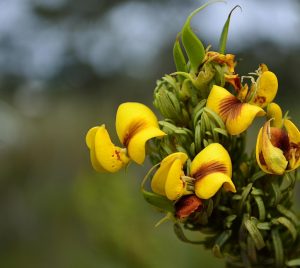
Cyclopia intermedia
anti-wrinkle effects of fermented and non-fermented Cyclopia intermedia in hairless mice
Background: The fermented leaves and stems of Cyclopia intermedia are used to brew honeybush tea, an herbal tea indigenous to South Africa with reported anti-wrinkle effects . wrinkle formation caused by photoaging clearly involves changes in extracellular matrix components and mechanical properties of the skin.
Methods: The inhibitory effects of honeybush extract and fermented honeybush on wrinkle formation were determined by analyzing skin replicas, histologically examining epidermal thickness, and identifying damage to collagen fibers.
Results: Honeybush extract and fermented honeybush reduced the length and depth of skin winkles caused by UV irradiation and inhibited thickening of the epidermal layer, in addition to suppressing collagen tissue breakdown reactions, indicating its potential use as a skin wrinkle prevention agent.
Conclusions: This in vivo study demonstrates that honeybush produces significant anti-wrinkle effects and is therefore of interest in anti-aging skin care products.
Cynaropicrin from Cynara scolymus L.
Aging of skin is characterized by skin wrinkling, laxity, and pigmentation induced by several environmental stress factors. Histological changes during the photoaging of skin include hyperproliferation of keratinocytes and melanocytes causing skin wrinkles and pigmentation. Nuclear factor kappa B (NF-κB ) is one of the representative transcription factors active in conjunction with inflammation. NF-κB is activated by stimulation such as ultraviolet rays and inflammatory cytokines and induces the expression of various genes such as those of basic fibroblast growth factor (bFGF) and matrix metalloprotease-1 (MMP-1).
We screened several plant extracts for their possible inhibitory effect on the transcriptional activity of NF-κB. One of them, an extract from Cynara scolymus L., showed a greatest effect on the suppression of NF-κB transactivation. As a result, we found that cynaropicrin, which is a sesquiterpene lactone, inhibited the NF-κB-mediated transactivation of bFGF and MMP -1. Furthermore, it was confirmed that in an in vivo mouse model cynaropicrin prevented skin photoaging processes leading to the hyperproliferation of keratinocytes and melanocytes. These findings taken together indicate that cynaropicrin is an effective antiphotoaging agent that acts by inhibiting NF-κB-mediated transactivation.
daidzein
Soy isoflavone is an attractive source of functional cosmetic materials with anti-wrinkle, whitening and skin hydration effects. After consumption, the majority of soy isoflavones are converted to their metabolites in the human gastrointestinal tract. To understand the physiological impact of soy isoflavone on the human body, it is necessary to evaluate and address the biological function of its metabolites. In this study, we investigated the effect of 6,7,4′-trihydroxyisoflavone (6,7,4′-THIF), a major metabolite of daidzein, against solar UV (sUV )-induced matrix metalloprotein ases (MMPs) in normal human dermal fibroblasts. MMPs play a critical role in the degradation of collagen in skin, thereby accelerating the aging process of skin.
The mitogen–activated protein /extracellular signal-regulated kinase (MEK)/extracellular signal-regulated kinase (ERK), mitogen–activated protein kinase (MKK)3/6/p38 and MKK4/c-Jun N-terminal kinase s (JNK) signaling pathways are known to modulate MMP -1 function, and their activation by sUV was significantly reduced by 6,7,4′-THIF pretreatment. Our results also indicated that the enzyme activity of protein kinase C (PKC)α, an upstream regulator of MKKs signaling, is suppressed by 6,7,4′-THIF using the in vitro kinase assay. Furthermore, the direct interaction between 6,7,4′-THIF and endogenous PKCα was confirmed using the pull-down assay.
Not only sUV –induced MMP -1 expression, but also sUV –induced signaling pathway activation were decreased in PKCα knockdown cells. Overall, we elucidated the inhibitory effect of 6,7,4′-THIF on sUV–induced MMPs and suggest PKCα as its direct molecular target.
DHEA
Effect of DHEA on skin aging in Postmenopausal Women
humans, along with the others primates, are unique among animal species in having adrenals that secrete large amounts of the inactive precursor steroids dehydroepiandrosterone(DHEA)and especially its sulfate DHEA-S. The marked reduction in the formation of DHEA-S by the adrenals during aging results in a dramatic fall in the formation of androgens and estrogens in peripheral target tissues, a situation that has been proposed to be associated with age-related diseases including skin atrophy, insulin resistance and obesity. Moreover, much attention has been given to the benefits of DHEA administered to postmenopausal women, especially on the bone, skin, vagina and well being after oral as well as percutaneous administration of the precursor steroid.
Therefore this study proposes to study the effect of 0.3% DHEA cream during a period of 12 months administered twice daily to postmenopausal women. During the study several biological and clinical parameters will be evaluated. In summary, these include blood steroid levels, distribution of hormonal receptors in the skin, sebaceous gland activity, skin hydration, skin wrinkles and finally skin genomic evaluation.
Subjects will be evaluated at specific time intervals for the above mentioned parameters as well as tolerability and adverse reactions.
Dipterocarpus tuberculatus Roxb.
To investigate the therapeutic effects of methanol extracts of Dipterocarpus tuberculatus Roxb. (MED) against UV–induced photoaging, we assessed for alterations in the Antioxidant activity, anti-apoptotic effects , ECM modulation, skin appearances, and anti-inflammatory response in normal human dermal fibroblast (NHDF) cells and nude mice orally treated with MED. High levels of tannin content and high free radical scavenging activity to DPPH were determined in MED, while seven active components, namely, gallic acid, bergenin, ellagic acid, ε-viniferin, asiatic acid, oleanolic acid, and 2α-hydroxyursolic acid, were identified using LC–MS analyses. UV–induced alterations in the NO concentration, SOD activity, and Nrf2 expression were remarkably recovered in MED-treated NHDF cells.
Moreover, the decreased number of apoptotic cells and G2/M phase arrest were observed in the UV + MED-treated groups. Similar recoveries were detected for β-galactosidase, MMP -2/9 expression, and intracellular elastase activity. Furthermore, MED treatment induced suppression of the COX-2-induced iNOS mediated pathway, expression of inflammatory cytokines, and inflammasome activation in UV -radiated NHDF cells. The Anti-Photo aging effects observed in NHDF cells were subsequently evaluated and validated in UV + MED-treated nude mice through skin phenotype s and histopathological structure analyses. Taken together, these results indicate that MED exerts therapeutic effects against UV–induced photoaging and has the potential for future development as a treatment for photoaging.
DuOligo
Evaluation of anti-wrinkle effects of DuOligo, Composed of Lactulose and Galactooligosaccharides
Currently, alternatives to prebiotics for skin treatment are receiving much interest. However, little is known about the efficacy of topically applied prebiotics in skin anti-aging. This study was conducted to observe the anti-aging effects of DuOligo, which is composed of lactulose and galactooligosaccharides (GOS). We investigated wrinkle-related parameters by quantitative and qualitative skin evaluation in healthy women who consumed DuOligo for 8 weeks. The double-blind, randomized, and placebo-controlled study included subjects who were divided into two groups (Placebo: dextrin 4.5 g/d, n=14, 51.50 y vs. DuOligo: DuOligo 4.5 g/d, n=14, 52.65 y).
The DuOligo group showed a reduction in mean wrinkle length and depth measured via quantitative skin evaluation after 8 weeks, whereas the Placebo group showed slight increases in these parameters (P<0.001). The wrinkle severity rating scale in the DuOligo group was decreased after 8 weeks, but it increased in the Placebo group (Placebo group: 0.14 vs. DuOligo group: −0.86, P<0.001). The global aesthetic improvement scale for the DuOligo group was significantly higher than that for the Placebo group at week 8 (P<0.001). In conclusion, our findings suggest that oral consumption of DuOligo is beneficial to the skin, and present the possibility of new nutritional strategies for wrinkle care.
Ecklonia cava
Skin Elasticity and Sea Polyphenols
Skin elasticity is a hallmark of young and healthy skin. However, it declines over time and allows wrinkle formation and slackness of the skin. Topical applications of sea polyphenols extracted from Ecklonia cava have long been claimed to remarkably improve skin elasticity in numerous anecdotal trials. This review attempts to understand the scientific mechanisms underlying such effect by analyzing the reported study results on sea polyphenols pertaining to the factors that affect skin elasticity.
EGB761
Background: EGb-761 is an Antioxidant and anticarcinogen; however, its role as a photoprotector remains unknown.
Objective: To determine whether EGb-761 photoprotects human dermal fibroblasts and BALB/c mice skin against ultraviolet B (UV B ) light irradiation.
Methods: To simulate chronic photodamage , shaved BALB/c mice were exposed to UV B irradiation (90 mJ/cm2) thrice weekly for 3 months. EGb-761 (2 mg/cm2) was topically applied 1 h before irradiation to evaluate its effect. The mechanisms by which EGb-761 protects the skin from photodamage were evaluated by immunohistochemical analysis, enzyme-linked immunosorbent assay (ELISA), and Western blotting.
Results: In BALB/c mice, the signs of photoaging or photodamage, such as coarse wrinkle formation, epidermal hyperplasia, and elastic fiber degeneration, markedly reduced with the topical application of EGb-761. Western blot and ELISA revealed that the activation of MMP -1 in cultured fibroblasts markedly diminished after pretreatment with EGb-761. In addition, EGb-761 inhibited UV B–induced overexpression by the fibroblasts of the proinflammatory cytokines, such as interleukin (IL)-1α, IL-1β, IL-6, and tumor necrosis factor-α. The phosphorylation of the mitogen–activated protein kinase (MAPK) signal transduction pathway components, including extracellular signal-regulated kinase, C-Jun N-terminal kinase, and p38, which are induced by UV irradiation, was significantly inhibited in vivo and in vitro. EGb-761 also diminished the generation of UV B–induced Reactive oxygen species (ROS).
Conclusions: EGb-761 photoprotects mice and cultured fibroblasts , inhibits the UV B –induced phosphorylation of MAPK pathway components, and reduces the expression of the proinflammatory cytokines by suppressing ROS generation. Thus, topically applied EGb-761 may be a promising photoprotective agent.
ellagic acid
Dietary compound ellagic acid alleviates skin wrinkle and inflammation induced by UV -B irradiation
Ellagic acid, a polyphenol compound present in berries and pomegranate, has received attention as an agent that may have potential bioactivities preventing chronic diseases. This study examined photoprotective effects of ellagic acid on collagen breakdown and inflammatory responses in UV (ultraviolet)-B irradiated human skin cells and hairless mice. Ellagic acid attenuated the UV-B-induced toxicity of HaCaT keratinocytes and human dermal fibroblasts. Non-toxic ellagic acid markedly prevented collagen degradation by blocking matrix metalloprotein ase production in UV-B-exposed fibroblasts. Anti-wrinkle activity of ellagic acid was further investigated in hairless mice exposed to UV-B, in which it attenuated UV-B-triggered skin wrinkle formation and epidermal thickening.
Topical application of 10 μmol/l ellagic acid diminished production of pro-inflammatory cytokines IL-1β and IL-6, and blocked infiltration of inflammatory macrophages in the integuments of SKH-1 hairless mice exposed to UV-B for 8 weeks. In addition, this compound mitigated inflammatory intracellular cell adhesion molecule-1 expression in UV-B-irradiated keratinocytes and photoaged mouse epidermis. These results demonstrate that ellagic acid prevented collagen destruction and inflammatory responses caused by UV-B.
Therefore, dietary and pharmacological interventions with berries rich in ellagic acid may be promising treatment strategies interrupting skin wrinkle and inflammation associated with chronic UV exposure leading to photoageing.
emblica fruits (Phyllanthus emblica)
Decrease of type I collagen generation as well as the increase of its degradation via matrix metalloprotein ases (MMPs e.g. gelatinases and collagenases) are considered as a major cause of skin aging. A potent natural Antioxidant exblica extract from emblica fruits (Phyllanthus emblica) was herein evaluated for collagen promoting activity in mouse fibroblasts. We demonstrated that the level of intracellular type I pro-collagen increased following emblica extract treatment in concentration-dependent manner. Emblica extract at the concentration of 100 µg/mL exhibited the maximum effect on type I pro-collagen; approximately 7 fold-induction versus non-treated control determined by Western blot analysis.
Moreover, our result indicated that emblica extract affected the MMPs function. Percentage of collagenase inhibition exceeded forty at the concentration of 100 µg/mL of emblica extract. Taken together, emblica extract has a promising anti-aging effect attributed to its positive effect on type I collagen formation as well as the protection against collagen degradation.
Emodin
Emodin induces collagen type I synthesis in Hs27 human dermal fibroblasts
Fibrillar collagen and elastic fibers are the main components of the dermal extracellular matrix (ECM), which confers mechanical strength and resilience to the skin. In particular, type I collagen produced by fibroblasts is the most abundant collagen that determines the general strength of the ECM, thereby contributing to the prevesntion of the skin‑aging process. Although the natural anthraquinone derivative emodin (1,3,8‑trihydroxy‑6‑methylanthraquinone) exerts numerous beneficial effects, including antiviral, anticancer, anti‑inflammatory and wound‑healing effects in diverse cells, the effect of emodin on collagen expression or skin aging is not fully understood.
The present study demonstrated that exposure to emodin increased type I collagen synthesis in a concentration‑ and time‑dependent manner in Hs27 human dermal fibroblasts. Subsequent experiments showed that emodin strongly increased collagen type I levels without altering cell proliferation or cellular matrix metalloproteinase‑1 (MMP‑1) expression. Additionally, it was determined that increased phosphorylation of 5′ AMP‑activated protein kinase, following emodin treatment, was responsible for increased type I collagen synthesis. These findings clearly indicate that emodin plays an important role in collagen type I synthesis in dermal fibroblasts, thereby making it a potential drug candidate for treating skin aging and wrinkles.
epicatechin
oral Supplementation with Cocoa Extract Reduces UV B–induced wrinkles in Hairless Mouse skin
Cacao beans contain various bioactive phytochemicals that could modify the pathogeneses of certain diseases. Here, we report that oral administration of cacao powder (CP) attenuates UV B–induced skin wrinkling by the regulation of genes involved in dermal matrix production and maintenance. Transcriptome analysis revealed that 788 genes are down- or upregulated in the CP supplemented group, compared with the UV B-irradiated mouse skin controls.
Among the differentially expressed genes, cathepsin G and serpin B6c play important roles in UV B–induced skin wrinkle formation. Gene regulatory network analysis also identified several candidate regulators responsible for the protective effects of CP supplementation against UV B–induced skin damage. CP also elicited Antiwrinkle effects via inhibition of UV B –induced matrix metalloproteinases-1 expression in both the human skin equivalent model and human dermal fibroblasts.
Inhibition of UV B–induced activator protein-1 via CP supplementation is likely to affect the expression of matrix metalloproteinases-1. CP supplementation also downregulates the expression of cathepsin G in human dermal fibroblasts. 5-(3′,4′-Dihydroxyphenyl)-γ-valerolactone, a major in vivo metabolite of CP, showed effects similar to CP supplementation. These results suggest that cacao extract may offer a protective effect against photoaging by inhibiting the breakdown of dermal matrix, which leads to an overall reduction in wrinkle formation.
fermented blackberry (Rubus fruticosus B
Chronic and extensive exposure of ultraviolet (UV )-irradiation causes human skin sunburn, inflammation, or photoaging, which is associated with downregulated collagen synthesis.
This study investigated the effects of fermented blackberry (Rubus fruticosus B., FBB) by Lactobacillus plantarum JBMI F5 (LP) on UV B –induced photoaging in human foreskin fibroblast (Hs68) as well as in SKH-1 hairless mice. FBB pretreatment inhibited UV B-mediated type-1 procollagen degradation, matrix metalloproteinase (MMP )-1 and MMP-2 protein expression, and suppressed nuclear factor-κB (NF-κB ) activation as well as mitogen–activated protein kinase (MAPK) phosphorylation in Hs68.
In addition, FBB administration diminished the wrinkle formation in dorsal skin and epidermal thickening in UV B-irradiated hairless mice. Moreover, UV B–induced Type-1 procollagen reduction and Antioxidant enzyme inactivation were reversed by FBB administration.
These results suggest that FBB may have antiphotoaging effects on UV B–induced wrinkle formation by maintaining the extracellular matrix density in the dermis, which occurs via regulation of Reactive oxygen species and related MAPK and NF-κB signaling. Therefore, FBB can be a potential candidate for protecting skin aging against UV irradiation.
ferulic acid
Ferulic acid isolated from Tetragonia tetragonioides was tested for its whitening effect on the B16F10 mouse melanoma cell line and its anti-wrinkle activity on the CCD-986sk human dermal fibroblast cell line. Ferulic acid, one of the primary phenolic compounds that can be isolated from T. tetragonioides, has been reported to show potential as a functional food, for its whitening effect and anti-wrinkle activity.
To measure its whitening and anti-wrinkle activities, cells were treated with ferulic acid isolated from T. tetragonioides at concentrations between 5 and 20 μM. Ferulic acid showed no cytotoxicity at concentrations up to 20 μM. Ferulic acid inhibited melanin synthesis, tyrosinase expression, and microphthalmia transcription factor expression in B16F10 cells stimulated with α-melanocyte stimulating hormone.
Ferulic acid induced procollagen synthesis, hyaluronic acid synthesis, tissue inhibitor of metalloproteinase synthesis, and inhibited matrix metalloproteinase (MMP )-1 and MMP-9 expression in CCD-986sk cells stimulated with UV -B. On the basis of these results, we conclude that ferulic acid isolated from T. tetragonioides shows potential for use as a functional food, with whitening and anti-wrinkle activities.
fingerroot (Boesenbergia pandurata)
Fingerroot [Boesenbergia pandurata (Roxb.) Schltr.], belonging to Zingiberaceae, is an edible tropical medicinal plant that has been traditionally used to treat various diseases. However, the effect of its oral intake on skin has not yet been reported. This study aimed to investigate Anti-Photo aging effects of the ethanol extract of fingerroot in a hairless mouse model. Compared with the untreated UV B control group, mice that received fingerroot extract (BPE) showed significantly reduced wrinkle formation, skin thickening, and transepidermal water loss in dorsal skin irradiated with UV B.
Moreover, BPE significantly prevented UV B–induced matrix metalloproteinase (MMP )-3 and -13 expressions and also MMP -2 and -9 activities. These results strongly suggest that oral administration of BPE confers in vivo Anti-Photo aging effects in hairless mice. Thus, fingerroot may have potential as an oral photoprotective agent to prevent skin photoaging following UV exposure.
Fisetin
Skin is composed of multiple layers, including the epidermis, dermis, and hypodermis. Although several biological activities of fisetin have been reported, beneficial effects and the functions of fisetin in skin remain unclear. B16F10 melanoma cells, human skin fibroblasts, and 3T3-L1 cells were used to examine the beneficial effects of fisetin in skin health. α-MSH- and IBMX-induced melanosis in B16F10 melanoma cells was inhibited by fisetin treatment, which also enhanced mRNA expression levels of skin fibril-related genes via the CCN2/TGF-β signaling pathway. Decreased intracellular lipid accumulation via down-regulation of transcriptional factors through activation of the CCN2/TGF-β signaling pathway was observed.
A novel function of fisetin in skin health via down-regulation of melanosis and adipogenesis, and up-regulation of skin fibril-related genes was observed. Evidence for development of nutri-cosmetics for skin health is presented.
fish collagen hydrolysates
Objective: To assess the anti-aging potential of three type I fish collagen hydrolysates (CH1=Naticol® BPMG, CH2=Naticol® HPMG, CH3=Naticol® 1000MG) on skin aging signs for three different body sites of mature women.
Design: Double-blind, randomized and Placebo-controlled clinical study. Setting: Centre of Clinical Pharmacology Applied to Dermatology (CPCAD, Nice). Participants: Sixty women aged 46-69 years having skin aging signs on the face. Intervention: Participants were randomized to receive a once daily 5g dose of one of the CHs or Placebo for 8 weeks. Measurements: skin biomechanics, skin hydration and visual assessment of the crow’s-feet wrinkles were evaluated after 4 and 8 weeks of treatment. Subject satisfaction questionnaire and Investigator global efficacy appreciation (IGEA) were also used.
Results: skin biomechanics indicated a significant improvement of skin firmness for the three CHs compared to Placebo, in particular for CH2. An increase of overall skin elasticity for CH3 (p = 0.017) and CH2 (p = 0.044) on the abdomen was also observed. This was corroborated by the significant decrease of the crow’s-feet wrinkle score at week 8 for both CH3 and CH2 (p=0.023 and p=0.014, respectively). Concerning the self-questionnaire, overall the number of positive responses was significantly higher for CH2 compared to Placebo and other CHs. For the IGEA, the number of favorable answers was greater for CH2 than for the Placebo group (80% vs. 36%, p= 0.025). A positive influence of CH treatments could be observed for skin hydration but failed to reach statistical significance.
Conclusion: The tested type I fish collagen hydrolysates have beneficial effects on skin quality. In particular, CH2 demonstrated the greatest range of these effects including improvement of skin biomechanics, decrease of wrinkles, good subject satisfaction and no related adverse events.
Foeniculum vulgare Mill
Background: Foeniculum vulgare Mill (FV) has long been prescribed in traditional medicine due to its Antioxidant anti-inflammatory properties. However, little research has been done on the use of FV to alleviate changes in UV B–induced photoaging.
Purpose: This study was to investigate the photoprotective effects and mechanism of FV in vitro and in vivo.
Methods: The Anti-Photo aging effect of FV was assessed in normal human dermal fibroblasts (NHDFs) in vitro. The secretion of Reactive oxygen species (ROS) , lactate dehydrogenase (LDH), GSH, matrix metalloproteinases (MMPs), procollagen type I, IL-6 and transforming growth factor-β1 (TGF-β1) were measured by kits. Additionally, the level of nuclear factor (erythroid-derived 2)-like 2 (Nrf2), p-ERK and p38 were evaluated by western blotting. In vivo, H&E and Masson’s trichrome staining were employed. The expression of MMP-1, procollagen type I, TGF-β1 and elastin were measured by western blot.
Results: FV significantly increased the production of collagen, elastin and TGF-β1 levels, while blocked matrix metalloproteinases (MMPs) production in UV B irradiation induced hairless mice, which were consistent with the result in NHDFs. Furthermore, FV dose-dependently decreased the production of ROS and LDH by promoting the nuclear amount of Nrf2 and enhancing the expression of cytoprotective Antioxidant s such as GSH. FV also significantly quenched UV B –induced phosphorylation of ERK and p38 in NHDFs.
Conclusion: Our results indicate that FV is a potential botanical agent for the treatment of skin damage induced by UV irradiation.
French maritime pine bark extract
Background: French maritime pine bark extract (PBE) has gained popularity as a dietary supplement in the treatment of various diseases due to its polyphenol-rich ingredients. Oligometric proanthocyanidins (OPCs), a class of bioflavonoid complexes, are enriched in French maritime PBE and have Antioxidant and anti-inflammatory activity. Previous studies have suggested that French maritime PBE helps reduce ultraviolet radiation damage to the skin and may protect human facial skin from symptoms of photoaging. To evaluate the clinical efficacy of French maritime PBE in the improvement of photodamage d facial skin, we conducted a randomized trial of oral supplementation with PBE.
Methods: One hundred and twelve women with mild to moderate photoaging of the skin were randomized to either a 12-week open trial regimen of 100 mg PBE supplementation once daily or to a parallel-group trial regimen of 40 mg PBE supplementation once daily.
Results: A significant decrease in clinical grading of skin photoaging scores was observed in both time courses of 100 mg daily and 40 mg daily PBE supplementation regimens. A significant reduction in the pigmentation of age spots was also demonstrated utilizing skin color measurements.
Conclusion: Clinically significant improvement in photodamaged skin could be achieved with PBE. Our findings confirm the efficacy and safety of PBE.
fucoidan
Anti-Photo aging effects of Low Molecular-Weight Fucoidan on ultraviolet B-Irradiated Mice
Ultraviolet (UV) B exposure induces DNA damage and production of Reactive oxygen species (ROS), which causes skin photoaging through signaling pathways of inflammation and modulation of extracellular matrix remodeling proteins, collagens, and matrix metalloproteinase (MMP). As low molecular-weight fucoidan (LMF) has potential Antioxidant and anti-inflammatory properties, we examined the protective effects of LMF against UV B–induced photoaging.
A UV B-irradiated mouse model was topically treated with myricetin or LMF at 2.0, 1.0 and 0.2 mg/cm2 (LMF2.0, LMF1.0 and LMF0.2, respectively) once a day for 15 weeks. wrinkle formation, inflammation, oxidative stress, MMP expression, and apoptosis in the treated regions were compared with those in a distilled water-treated photoaging model (UV B control). LMF treatments, particularly LMF2.0 and LMF1.0, significantly inhibited the wrinkle formation, skin edema, and neutrophil recruitment into the photo-damaged lesions, compared with those in the UV B control. While LMF decreased interleukin (IL)-1β release, it increased IL-10. The LMF treatment inhibited the oxidative stresses (malondialdehyde and superoxide anion) and enhanced endogenous Antioxidant s (glutathione). Additionally, LMF reduced the mRNA expression of MMP-1, 9, and 13.
The histopathological analyses revealed the Anti-Photo aging effects of LMF exerted via its Antioxidant, anti-apoptotic, and MMP-9-inhibiting effects. These suggest that LMF can be used as a skin-protective remedy for photoaging.
fucoxanthin
Protective Effect of Fucoxanthin against UV B–induced skin photoaging in Hairless Mice
Fucoxanthin, a major carotenoid in brown algae, has various beneficial effects.
In this study, we evaluated the effect of topical fucoxanthin on UV B–induced skin photoaging in hairless mice. The dorsal skins were treated topically with a 0.001% fucoxanthin solution 2 h each time before UV B irradiation (5 times a week) for 10 weeks. The formation of wrinkles in UV B -irradiated skin treated with vehicle alone significantly increased, as compared with the non-irradiated control. Treatment with fucoxanthin tended to suppress UV B–induced wrinkle formation, but there was no significant difference between wrinkle formation in the control group and the fucoxanthin treatment group. However, topical treatment with fucoxanthin significantly lessened UV B–induced epidermal hypertrophy, VEGF, and MMP-13 expression in the epidermis and thiobarbituric acid reactive substances (TBARS) in the skin.
These results indicate that topical treatment with fucoxanthin prevents skin photoaging in UV B -irradiated hairless mice, possibly via Antioxidant and antiangiogenic effects.
Galla chinensis
effects of Galla chinensis extracts on UV B-irradiated MMP-1 production in hairless mice
Galla chinensis (GAC) is a natural traditional Chinese medicine that has been widely used in folk medicine. Although GAC compounds (mainly gallic acid and methyl gallate) possess strong antiviral, antibacterial, anticancer, and Antioxidant activities, there is no report regarding topical or oral administration of GAC compounds on UV B irradiation–induced photoaging in hairless mice (SKH: HR-1). In the present study, we examined cell viability, intracellular Reactive oxygen species (ROS), matrix metalloproteinase-1 (MMP-1), and interleukin-6 (IL-6 ) in skin fibroblasts and keratinocytes induced by UV B in vitro.
We also studied skin damage by measuring skin thickness, elasticity, wrinkling and levels of protein MMP-1, elastin , procollagen type I, and transforming growth factor-β1 (TGF-β1) in hairless mouse skin chronically irradiated by UV B in vivo. GAC treatment significantly prevented skin photoaging by reducing the levels of ROS, MMP-1, and IL-6 and promoting production of elastin, procollagen type I, and TGF-β1. According to the results of H&E staining and Masson’s trichrome staining, GAC reduced skin thickness and wrinkle formation while it increased skin elasticity.
The effects of GAC on UV B–induced skin photoaging may be due to suppressed MMP-1 expression. These findings could be referenced for the development of new agents that target UV B–induced photoaging.
gallic acid
Gallic acid is a well-known natural Antioxidant that is basically a secondary polyphenolic metabolite. Gallic acid is a very important common Antioxidant tea formulation, known as an Ayurvedic herb. Apart from its phytochemical role, gallic acid is also used in tanning, ink dyes, and the manufacture of paper. The antihyperlipidemic action of gallic acid in high-fat diet induced mice revealed a decrease in triglyceride and low-density lipoprotein-cholesterol, and an increase in high-density lipoprotein-cholesterol. Also, cardioprotective action in isoprenaline induced cardiotoxicity and streptozotocin-induced diabetic rats revealed a protective effect of gallic acid with respect to several biochemical and histopathological parameters.
The antihyperglycemic, antilipid peroxidative, and Antioxidant effects could be the probable mechanism of action responsible for cardioprotective activity of gallic acid. In an acute oral toxicity study, at 5000 mg/kg p.o. signs of lethal toxicity were not observed. And in a subacute toxicity study, 1000 mg/kg p.o. was found to be non-toxic, indicating the safety of gallic acid.
Ganoderma lucidum
Ganoderma lucidum polysaccharides protect fibroblasts against UV B –induced photoaging
Ganoderma lucidum has featured in traditional Chinese medicine for >1,000 years. Ganoderma polysaccharides (GL-PS), a major active ingredient in Ganoderma, confer immune regulation, antitumor effects and significant Antioxidant effects. The aim of the present study was to investigate the efficacy and mechanism of GL‑PS‑associated inhibition of ultraviolet B (UV B )‑induced photoaging in human fibroblasts in vitro. Primary human skin fibroblasts were cultured, and a fibroblast photoaging model was built through exposure to UV B. Cell viability was measured by MTT assay.
Aged cells were stained using a senescence‑associated β-galactosidase staining (SA‑β‑gal) kit. ELISA kits were used to analyze matrix metalloproteinase (MMP ) ‑1 and C‑telopeptides of Type I collagen (CICP) protein levels in cellular supernatant. ROS levels were quantified by flow cytometry. Cells exposed to UV B had decreased cell viability, increased aged cells, decreased CICP protein expression, increased MMP‑1 protein expression, and increased cellular ROS levels compared with non‑exposed cells. However, cells exposed to UV B and treated with 10, 20 and 40 µg/ml GL‑PS demonstrated increased cell viability, decreased aged cells, increased CICP protein expression, decreased MMP‑1 protein expression, and decreased cellular ROS levels compared with UV B exposed/GL‑PS untreated cells.
These results demonstrate that GL‑PS protects fibroblasts against photoaging by eliminating UV B‑induced ROS. This finding indicates GL‑PS treatment may serve as a novel strategy for antiphotoaging.
Garlic
UV exposure is associated with oxidative stress and is the primary factor in skin photoaging. UV–induced Reactive oxygen species (ROS) cause the up-regulation of metalloproteinase (MMPs ) and the degradation of dermal collagen and elastic fibers. Garlic and its components have been reported to exert Antioxidative effects.
The present study investigated the protective effect of garlic on UV–induced photoaging and MMPs regulation in hairless mice. Garlic was supplemented in the diet, and Skh-1 hairless mice were exposed to UV irradiation five days/week for eight weeks. Mice were divided into four groups; Non-UV, UV-irradiated control, UV +1% garlic powder diet group, and UV +2% garlic powder diet group. Chronic UV irradiation induced rough wrinkling of the skin with hypERK eratosis, and administration of garlic diminished the coarse wrinkle formation.
UV–induced dorsal skin and epidermal thickness were also ameliorated by garlic supplementation. ROS generation, skin and serum malondialdehyde levels were significantly increased by UV exposure and were ameliorated by garlic administration although the effects were not dose-dependent. Antioxidant enzymes such as superoxide dismutase and catalase activities in skin tissues were markedly reduced by UV irradiation and garlic treatment increased these enzyme activities. UV–induced MMP-1 and MMP-2 protein levels were suppressed by garlic administration. Furthermore, garlic supplementation prevented the UV–induced increase of MMP-1 mRNA expression and the UV–induced decrease of procollagen mRNA expression.
These results suggest that garlic may be effective for preventing skin photoaging accelerated by UV irradiation through the Antioxidative system and MMP regulation.
Gelidium amansii
Chronic ultraviolet (UV ) light causes skin photoaging, characterized by fine and coarse wrinkle formation and dryness. In this study, the effect of fermented Gelidium amansii and Cirsium japonicum extract mixture (FGCM) with lactic acid bacteria on UV B–induced photoaging was evaluated in human dermal fibroblasts and SKH-1 hairless mice. In vitro, FGCM increased type I procollagen levels and suppressed UV B–induced matrix metalloproteinase-1 (MMP-1) expression more effectively than G. amansii and C. japonicum extract mixture (GCM).
In vivo, oral administration of FGCM significantly inhibited UV B–induced the number and total depth of wrinkles in the dorsal skin of mice. FGCM suppressed UV B–induced epidermal thickening, and attenuated UV B–induced MMP-13 expression and MMP-2 and MMP-9 activities in dermal tissue. Furthermore, FGCM increased skin hydration and blocked transepidermal water loss in the dorsal skin of mice compared with the UV B-irradiated group. These data indicate that FGCM exerts potent Anti-Photo aging activities by improving wrinkle formation and dryness.
genistein
Dietary Management of skin Health: The Role of Genistein
In women, aging and declining estrogen levels are associated with several cutaneous changes, many of which can be reversed or improved by estrogen supplementation.
Two estrogen receptors—α and β—have been cloned and found in various tissue types. Epidermal thinning, declining dermal collagen content, diminished skin moisture, decreased laxity, and impaired wound healing have been reported in postmenopausal women. Experimental and clinical studies in postmenopausal conditions indicate that estrogen deprivation is associated with dryness, atrophy, fine wrinkling , and poor wound healing. The isoflavone genistein binds to estrogen receptor β and has been reported to improve skin changes. This review article will focus on the effects of genistein on skin health.
Ginsenoside Derivative 20(S)‐Protopanaxadiol
Ginsenosides are major pharmacologically active compounds present in ginseng (Panax ginseng). Among the ginsenosides, 20-O–β–D-glucopyranosyl-20(S)-protopanaxadiol (GPPD) and ginsenoside Rb1 (Rb1) have previously been reported to exhibit anti-wrinkle effects . In this study, 20(S)-protopanaxadiol (20(S)-PPD), an aglycone derivative of the Rb1 metabolite was investigated for its anti-wrinkle benefit and compared to GPPD and Rb1.
The anti-wrinkle effect of 20(S)-PPD during solar UV light was investigated using a human skin equivalent model and human keratinocytes. 20(S)-PPD attenuated solar UV–induced matrix metalloprotein ase (MMP )-1 expression to a greater extent than GPPD and Rb1. 20(S)-PPD treatment modulated MMP-1 mRNA expression and the transcriptional activity of activator protein (AP)-1, a major transcription factor of MMP-1. Two upstream signaling pathways for AP-1, the MEK 1/2-ERK 1/2-p90RSK and MEK 3/6-p38 pathways, were also suppressed. Taken together, these findings highlight the potential of 20(S)-PPD for further development as a preventative agent for sunlight-induced skin wrinkle.
ginsenoside rb1
The skin protective effects of compound K, a metabolite of ginsenoside Rb1 from Panax ginseng
Background: Compound K (CK) is a ginsenoside, a metabolite of Panax ginseng. There is interest both in increasing skin health and antiaging using natural skin care products. In this study, we explored the possibility of using CK as a cosmetic ingredient.
Methods: To assess the antiaging effect of CK, RT-PCR was performed, and expression levels of matrix metalloproteinase-1, cyclooxygenase-2, and type I collagen were measured under UV B irradiation conditions. The skin hydrating effect of CK was tested by RT-PCR, and its regulation was explored through immunoblotting. Melanin content, melanin secretion, and tyrosinase activity assays were performed.
Results: CK treatment reduced the production of matrix metalloproteinase-1 and cyclooxygenase-2 in UV B irradiated NIH3T3 cells and recovered type I collagen expression level. Expression of skin hydrating factors—filaggrin, transglutaminase, and hyaluronic acid synthases-1 and -2—were augmented by CK and were modulated through the inhibitor of κBα, c-Jun N-terminal kinase, or extracellular signal-regulated kinases pathway. In the melanogenic response, CK did not regulate tyrosinase activity and melanin secretion, but increased melanin content in B16F10 cells was observed.
Conclusion: Our data showed that CK has antiaging and hydrating effects. We suggest that CK could be used in cosmetic products to protect the skin from UV B rays and increase skin moisture level.
Glehnia littoralis leaf
Hot water extract of Glehnia littoralis leaf showed skin-whitening and anti-wrinkle properties
Ethnopharmacological relevance: Glehnia littoralis (Umbelliferae) is a commonly used traditional medicine to treat the immune-related diseases in Korea, China, and Japan.
Aim of the study: This study was designed to investigate the elastase and tyrosinase inhibitory potentials of hot water extracts of G. littoralis leaves.
Materials and methods: An MTT (3-(4,5-dimethylthiazol-2-yl)-2,5 diphenyltetrazolium bromide) assay was conducted to measure the cytotoxicity of the extract on the HS68 and B16F10 cell lines. An ultraviolet (UV) irradiation protection effect on HS68 cells of the extract was also examined. The elastase and tyrosinase inhibition assays were conducted to determine anti-wrinkle and skin-whitening potentials of the plant extract.
Results: The hot water extracts of G. littoralis leaves were nontoxic to two cell lines, HS68 and B16F10. Less than 10% cell death of the two cell lines and remarkable effect of the leaf extracts on UV irradiation protection of HS68 cells indicated noncytotoxic properties of G. littoralis leaves. The leaf extracts were found to have considerable tyrosinase and elastase inhibition potential, demonstrating skin whitening and anti-wrinkle properties, relative to ascorbic (250 μg/mL) and ursolic (250 μg/mL) acids.
Conclusions: Findings of this study revealed that G. littoralis leaves could be used in the preparation of cosmetic products for skin whitening and anti-wrinkle applications.
glucosamine
BACKGROUND: Alterations in collagen, elastin , and glycosaminoglycans contribute to cutaneous changes seen in aging skin.
METHODS: A randomized, controlled, single-blind study was conducted with 53 female volunteers who were supplied with an oral supplement containing glucosamine, amino acids, minerals, and various Antioxidant compounds. Hydration properties of the skin as well as textural analysis of the women’s fine lines and wrinkles were assessed following 5 weeks intake of the oral supplement and results were compared with those of a control group of 12 individuals who did not take the supplement.
RESULTS: There was a statistically significant reduction (34%) in the number of visible wrinkles as measured by the silflo replicas ( P < 0.01) and a reduction (34%) in the number of fine lines ( P < 0.06) in the group of women who took the supplement. No significant changes in epidermal hydration were observed in either the control or study groups.
CONCLUSION: The use of an oral supplement containing glucosamine, minerals, and various Antioxidant compounds can potentially improve the appearance of visible wrinkles and fine lines. It does not, however, affect epidermal hydration.
glutathione
Glutathione and its antiaging and antimelanogenic effects
Background: Previous studies showed that supplementation of reduced form of glutathione (GSH, 500 mg/d) has a skin-lightening efficacy in humans. This study was designed to evaluate the influences of both GSH and oxidized form (GSSG), at doses lower than 500 mg/d, on improving skin properties.
Patients and methods: A randomized, double-blind, placebo-controlled, parallel, three-arm study was conducted. Healthy female subjects were equally randomized into three groups and took GSH (250 mg/d), GSSG (250 mg/d), or placebo orally for 12 weeks. At each visit at baseline and for 12 weeks, skin features including melanin index, wrinkles, and other relevant biophysical properties were measured. Blood samples were collected for safety monitoring.
Results: In generalized estimating equation analyses, melanin index and ultraviolet spots of all sites including face and arm when given GSH and GSSG tended to be lower than placebo. At some sites evaluated, subjects who received GSH showed a significant reduction in wrinkles compared with those taking placebo. A tendency toward increased skin elasticity was observed in GSH and GSSG compared with placebo. There were no serious adverse effects throughout the study.
Conclusion: We showed that oral glutathione, 250 mg/d, in both reduced and oxidized forms effectively influences skin properties. Overall, glutathione in both forms are well tolerated.
glycyrrhizic acid
Glycyrrhizic acid (GA), a triterpenoid saponin glycoside from the roots and rhizomes of licorice is used in traditional and modern medicine for the treatment of numerous medical conditions including skin diseases and beauty care product. In the present study, we investigated the effect of GA against ultraviolet B (UV B ) irradiation–induced photoaging in human dermal fibroblasts (HDFs) and its possible mechanism of action. HDFs were subjected to photoaging by sub-toxic dose of UV B (10 mj/cm2) irradiation. Cell viability, matrix metalloprotein ase 1 (MMP 1), pro-collagen 1, cellular and nuclear morphology, cell cycle, intracellular Reactive oxygen species (ROS), caspase 3 and hyaluronidase inhibition assays were performed.
Western blotting was used to evaluate the expression of NF-kappa B (NF-κB ) and cytochrome-C protein s. GA treatment significantly inhibited photoaging. It achieved this by reducing ROS, NF-κB, cytochrome c, caspase 3 levels and inhibiting hyaluronidase enzyme. The main mechanism seems to be, most likely by blocking MMP 1 activation by modulating NF-κB signaling. These findings may be useful for development of natural and safe photoprotective agents against UV B irradiation.
Grapefruit Peel
The research aims to analyse the Antioxidant , anti-tyrosinase and anti-wrinkle activities from grapefruit (Citrus Maxima L) and strawberry extracts. Samples were extracted by maceration using 96% ethanol and ethyl acetate, subsequently. The Ferric Reducing Antioxidant Power (FRAP) and β-carotene bleaching (BCB) were used to measure the Antioxidant activity. The effect of anti-wrinkle was determined by testing the inhibition of elastase and collagenase enzyme, while anti-tyrosinase activity was analysed using mushroom tyrosinase enzyme. The results showed that strawberry extracts in ethanolic (SE) and ethyl acetate (SEA) have Antioxidant activity in FRAP (EC50 = 404.39 ± 3.27 µg / mL and 1978.65 ± 37.25 µg/mL) and BCB (IC50 = 292.30 ± 4.69 µg/mL and 671.11 ± 6.74 µg/mL).
Whereas the grapefruit peel extracts both in ethanolic (GPE) and ethyl acetate (GPEA) have Antioxidant activity in FRAP (EC50 219.47 ± 71.96 µg / ml and 309.44 ± 95.76 µg/ml) and BCB (EC50 245.19 ± 162.47 µg/ml and 567.54 ± 95.31 µg/ml). As positive standards for FRAP Antioxidant analysis were quercetin and vitamin C which has IC50 respectively 18.97 ± 4.50 µg/mL and 24.47 ± 1.44 µg/mL. While in BCB analysis, Butylated Hydroxy Toluene (BHT) used as positive standard (IC50 38.68 ± 5.70 µg/mL). The samples of SE, SEA, GPE and GPEA showed tyrosinase inhibitory activity which the IC50 values were respectively 492.68 ± 1.43; 2658 ± 48.08; 3312.5 ± 222.74; 2985.17 ± 122.80 µg/ml. Kojic acid (IC50 111.52 ± 0.42 µg/ml) is used as positive standard in this study.
In addition, SE, SEA, GPE and GPEA were able to inhibit elastase and collagenase enzymes, although their activities were still lower than the positive standard used in this study. Elastastinal in concentration 50 µg/mL giving elastase inhibition about 71.71 ± 0.81 µg/mL, while vitamin C in the same concentration showed collagenase inhibition about 66.79 ± 1.23 µg/mL. It can be concluded that the extract of strawberry and grapefruit peel has Antioxidant , anti-tyrosinase and anti-wrinkle activity through inhibition of elastase and collagenase enzymes; thus, they can be used as antiaging cosmetic ingredients.
grapeseed
Vitamin C, Grape Seed Extract and Citrus Bioflavonoids Protect the skin against Photoaging:
The skin is a major protective organ of the body. It is constantly exposed to the environment and is very resilient. But exposure to ultraviolet (UV ) rays from the sun results in the production of Reactive oxygen species (ROS) and subsequent inflammatory response s that can overwhelm the innate protective mechanisms of the skin. This results in damage and premature aging . Strategies to mitigate this premature photoaging might include avoidance of sunlight. However, some sunlight exposure is beneficial to health. One notable example of this is the production of vitamin D. A more practical approach to preventing adverse effects of UV light in the skin is Antioxidant supplementation. Dietary Antioxidants may help control ROS propagation following UV light exposure.
To further evaluate the utility of Antioxidants in protecting the skin, in vitro, in vivo and human studies of three well known dietary Antioxidants are reviewed and discussed. The data clearly demonstrate that vitamin C, grape seed extract and citrus bioflavonoids have the potential to reduce the damaging effects of excess sun exposure via Antioxidant, anti-inflammatory and immunomodulating mechanisms. As such, regular ingestion of dietary Antioxidants appears to be a useful strategy for protecting the skin against photoaging.
Hawthorn berry
ultraviolet (UV ) B radiation can cause skin aging by increasing matrix metalloproteinase (MMP ) production and collagen degradation, leading to the formation of wrinkles. This study investigated whether hawthorn polyphenol extract (HPE) protects against UV B –induced skin photoaging using HaCaT human keratinocytes, normal human dermal fibroblasts (HDFs), and mice. Analysis of the phenol composition of HPE by high-performance liquid chromatography–mass spectrometry showed that chlorogenic acid (13.5%), procyanidin B2 (19.2%), and epicatechin (18.8%) collectively accounted for 51.4% of total phenol content and represent the active ingredient s of hawthorn fruit.
A cell viability assay revealed that HPE treatment promoted cell proliferation in HaCaT cells and HDFs. On the other hand, MMP-1 and type I procollagen production was decreased and increased, respectively, in UV B-exposed cells treated with HPE as compared with those without treatment, as determined by enzyme-linked immunosorbent assay. Hematoxylin and eosin and Weigert staining of dermal tissue specimens from mice demonstrated that HPE also reversed UV B –induced epidermal thickening and dermal damage.
The increase in production of Reactive oxygen species and decrease in Antioxidant enzyme activity as well as the increase in nuclear factor-κB activation and mitogen–activated protein kinase phosphorylation induced by UV B irradiation were reversed by HPE (100 or 300 mg/kg body weight), which also suppressed MMP expression and stimulated the production of type I procollagen in the dorsal skin of UV B -irradiated mice.
These results suggest that HPE is a natural product that can prevent UV B radiation-induced skin photoaging.
Heated radish extract
The radish skin and radish greens are an edible part of the radish. But they are removed before eating the radish and used as a byproduct or an animal feed material because of their tough and rough texture. Melanin is a pigment that gives colour to our skin. But increased production of melanin can turn into benign or malignant tumours. These days due to global warming, the amount of Ultra violet (UV B ) rays has been extensively increased with sunlight. Due to this, a phenomenon called exogenous photo aging is widely observed for all skin colour and types. As a result of this phenomenon, a set of enzymes called matrix metalloproteinases (MMP‘s) that serves as degradation enzymes for extracellular matrix proteins mainly collagen is increased, causing depletion in collagen and resulting in early wrinkles formation. Therefore in our study we used the murine melanoma cell line B16/F10 to study the melanogenesis inhibition by Heated radish extract (HRE) in vitro and we used HRM-2 hair less mice exposed to artificial UV B for checking the efficacy of Heated radish extract in vivo.
Furthermore, we prepared a 3% Heated radish extract (HRE) cream and checked its effects on human skin. Our results have clearly demonstrated that Heated radish extract (HRE) have potently suppressed the tyrosinase activity and melanin production in B16/F10 cells. It had also reduced the expression of components involved in melanin production pathway both transcriptionally and transitionally.
In in vivo studies, HRE had potently suppressed the expression of MMP‘s and reduced the wrinkle formation and inhibited collagen degradation. Moreover, on human skin, ginseng cream increased the resilience, skin moisture and enhanced the skin tone. Therefore in light of these findings, we conclude that HRE is an excellent skin whitening and antiaging product.
hesperidin
Background: Hesperidin is a flavonoid with Antioxidant , anti-inflammatory, and immune modulatory activities. photoaging is a consequence of chronic exposure to the sun and ultraviolet (UV ) radiation. This study was designed to evaluate the efficacy of hesperidin against photoaging of dorsal skin in hairless mice.
Methods: Hairless male mice (6-week-old) were divided into three groups (n = 7): control, UV B -treated vehicle, and UV B -treated hesperidin groups. UV B -irradiated mice from hesperidin group were orally administered 0.1 mL of water containing 100 mg/kg body weight per day hesperidin.
Results: The mean length and depth of wrinkles in the UV B -treated hesperidin group significantly improved after the oral administration of hesperidin, which significantly inhibited the increase in epidermal thickness and epidermal hypertrophy (P < 0.05). UV B irradiation of mice induced epidermal barrier dysfunction including an increase in the transepidermal water loss (TEWL); however, hesperidin decreased the TEWL. UV B irradiation increased the expression of MMP -9 and pro-inflammatory cytokines whereas UV B -treated hesperidin group showed reduced expression. These results indicate that hesperidin showed Anti-Photo aging activity in the UV B -irradiated hairless mice. In conclusion, hesperidin inhibited the UV B –induced increase in skin thickness, wrinkle formation, and collagen fiber loss in male hairless mice.
Conclusions: These results suggest that hesperidin shows potent Anti-Photo aging activity by regulating MMP -9 expression through the suppression of MAPK-dependent signaling pathways.
Hibiscus syriacus L.
Exposure of skin to UV B radiation is associated with skin thickening, erythema, deep wrinkles, and marked losses of elasticity, resilience, and hydration. To find effective anti-aging materials, scientists have studied not only natural nutritional sources, but also biotransformed metabolites. Although Hibiscus syriacus L., the national flower of Korea has been used extensively throughout history, it has not yet been examined for possible anti-aging effects.
In this study, skin anti-aging effects of H. syriacus L. water extract (HSL) and enzyme-treated H. syriacus L. extract (ETH) were investigated in normal human dermal fibroblasts (NHDFs) in vitro and in hairless mice in vivo. In UV B-irradiated NHDFs, higher level of type I procollagen and lower levels of matrix metalloproteinase-1 (MMP-1), mitogen –activated protein kinases (MAPKs), and activator protein-1 (AP-1) expression were identified after treatment with HSL and ETH. In photoaged hairless mice, skin thickening and the density of collagen fibers and filaggrin improved after oral administration of HSL and ETH. ETH 1% significantly inhibited melanin content, erythema index (EI), transepidermal water loss (TEWL), stratum corneum (SC) hydration, and wrinkle formation. Palmitic acid and linoleic acid were more abundant in ETH than in HSL.
Taken together, both HSL and ETH protect skin from UV B–induced premature photoaging, and enzymatic biotransformed products like ETH have potential for use as valuable functional foods.
Hyaluronic Acid
oral hyaluronan relieves wrinkles: a double-blinded, placebo-controlled study over a 12-week period
Methods: The mean molecular weight (MW) of HA is 2 k and 300 k. Sixty Japanese male and female subjects aged 22–59 years who presented with crow’s feet wrinkles were randomly assigned to the HA 2 k or HA 300 k at 120 mg/day or the placebo group. The subjects were administered HA at a rate of 120 mg/day or a placebo for 12 weeks. The skin wrinkles were evaluated by image analysis of skin wrinkle replicas, and their skin condition was evaluated using a questionnaire survey.
Results: During the study period, the HA groups showed better level of the whole sulcus volume ratio, wrinkle area ratio, and wrinkle volume ratio than the placebo group. After 8 weeks of ingestion, the HA 300 k group showed significantly diminished wrinkles compared with the placebo group. skin luster and suppleness significantly improved after 12 weeks in all groups compared with the baseline.
Conclusion: The results suggest that oral HA (both HA 2 k and HA 300 k) inhibits skin wrinkles and improves skin condition.
Hydrangea serrata (Thunb.) Ser. Leaves
Previously, we reported that the hot water extract of Hydrangea serrata leaves (WHS) and its active component, hydrangenol, possess in vitro and in vivo effects on skin wrinkles and moisturization. We conducted a randomized, double-blind, placebo-controlled trial to clinically evaluate the effect of WHS on human skin. Participants (n = 151) were randomly assigned to receive either WHS 300 mg, WHS 600 mg, or placebo, once daily for 12 weeks. skin wrinkle, hydration , elasticity, texture, and roughness parameters were assessed at baseline and after 4, 8, and 12 weeks. Compared to the placebo, skin wrinkles were significantly reduced in both WHS groups after 8 and 12 weeks.
In both WHS groups, five parameters (R1–R5) of skin wrinkles significantly improved and skin hydration was significantly enhanced when compared to the placebo group after 12 weeks. Compared with the placebo, three parameters of skin elasticity, including overall elasticity (R2), net elasticity (R5), and ratio of elastic recovery to total deformation (R7), improved after 12 weeks of oral WHS (600 mg) administration. Changes in skin texture and roughness were significantly reduced in both WHS groups. No WHS-related adverse reactions were reported. Hence, WHS could be used as a health supplement for skin anti-aging.
hydrolyzed marine collagen (Vinh Wellness Collagen, VWC)
Background: Collagen is the primary component in human skin. With age, there is loss of skin elasticity and collagen, resulting in wrinkle formation and reduction in skin appearance.
Aims: The objective of this randomized, triple-blind, placebo-controlled study was to evaluate the safety and efficacy of a hydrolyzed marine collagen (Vinh Wellness Collagen, VWC) on aspects of skin health and quality in women between 45 and 60 years of age.
Patients/Methods: Assessments of skin wrinkles, elasticity, and self-reported appearance were conducted using the VISIA skin analysis system, Cutometer®, and skin Quality Visual Analogue Scale. Outcomes were assessed at weeks 0 (baseline), 6, and 12.
Results: After 12 weeks, participants supplemented with VWC had a significant 35% reduction in wrinkle score (P = .035) from baseline. Participants in the VWC group showed a 24% greater reduction in wrinkles on the right side of the face than those on placebo. A planned subgroup analysis based on age showed women 45-54 years had a significant 20% and 10% improvement in cheek skin elasticity from baseline to week 6 (P = .016) and 12 (P = .022), respectively. At week 12, participants in the VWC group reported greater percentage improvements in overall skin score (9%) and wrinkle (15%), elasticity (23%), hydration (14%), radiance (22%), and firmness (25%) scores vs placebo.
Conclusion: Supplementation with VWC was found to be safe and well-tolerated. The results of this study support the use of fish-derived hydrolyzed collagen for the improvement of skin health in an aging population.
hyperoside
Collagenase inhibition by water-pepper (Polygonum hydropiper L.) sprout extract
Introduction: Collagenase plays an important role in the degradation of dermal matrix protein s leading to wrinkle formation. The objectives of this study were to evaluate the inhibitory effect of water-pepper (Polygonum hydropiper L.) sprout extract on the activity of collagenase and to identify the inhibitory compounds.
Methods: Collagenase inhibitory activity was measured by spectrophotometric assay. Activity-guided fractionation was performed using liquid-liquid extraction of water and n-butanol and Diaion HP-20 column chromatography, followed by high-performance liquid chromatography (HPLC) fraction collection.
Results: A methanolic extract of water-pepper sprout inhibited collagenase activity in a concentration-dependent manner with an IC50 value of 156.7 μg/mL. Collagenase inhibitory activity (IC50 = 23.5 μg/mL) was found in 50% methanol eluate from the HP-20 column chromatography of the n-butanol soluble fraction. The active compound (IC50 = 1.9 μg/mL) in the eluate was isolated by HPLC and identified as quercetin-3-O-galactoside (hyperoside) from comparing retention time, UV -Vis absorption, and mass spectra with those of the standard. Lineweaver-Burk plots revealed that hyperoside was an uncompetitive inhibitor against collagenase. Hyperoside was also the most abundant flavonoid present in the methanolic extract.
Conclusion: These results suggest that water-pepper sprouts could be beneficial as a natural source of collagenase inhibitor which might be used for the treatment of skin aging.
isoquercitrin
Background: Ultraviolet B (UV B ) irradiation is viewed as the main factor of skin aging, associated with acceleration of elastin, collagen degradation and expression of matrix metalloproteinases (MMPs). Apples are one of the most commonly eaten fruits in the world, and isoquercitrin is the main active ingredient in new bred varieties “Green ball” apple. Therefore, we are studying the functionality of the active ingredient of apple, a natural raw material that does not have toxicity or sensitivity problems.
Objectives: The aim of this study, we scrutinized the effects of isoquercitrin on skin photoaging in UV B -exposed human fibroblasts (CCD-986Sk).
Methods: To investigate the inhibition effect on photoaging factor regulation, isolated isoquercitrin were treated with UV B , which induces photoaging -related factors in CCD-986Sk fibroblast cells. Pro-inflammatory factors were measured by ELISA, Western blotting and real-time PCR.
Results: Isoquercitrin exhibited Antioxidant activity and UV B–induced generation of photoaging-related factor inhibition without showing any toxicity. Anti-Photo aging effect for protein levels using Isoquercitin was competent, of both the combate MMP-1 and MMP-9. Also, effect of COL1A2 product significantly increase, from up regulating the TIMP-1 mediated pathway in CCD-986Sk cells via the inhibition of MMPs. Isoquercitrin also downregulated the mRNA gene expression of MMPs while upregulating type I procollagen, HAS2 by modulating TIMP-1 and TGF-β in UV B-irradiated CCD-986Sk cells.
Conclusions: Collectively, our results show that isoquercitrin might be useful as a functional food while being a good candidate in the development of cosmetic products and medicines for the remedy of UV B induced skin photoaging.
K2 (mk4 mk7)
In population studies, Japanese women appear to have fewer wrinkles and more supple skin than women of the same age living in North America.5 Some people attribute this youthful skin to Asian genetics, but even when compared to women from Shanghai and Bangkok, Japanese women appear to show the least visible signs of aging. Interestingly, the women from these three Asian groups share many similar diet and lifestyle factors, with one exception – the Japanese women have a much higher consumption of natto.
Kaempferia parviflora
Background: Chronic skin exposure to ultraviolet (UV) light increases Reactive oxygen species (ROS) and stimulates the expression of matrix metalloprotein ases (MMPs) through c-Jun and c-Fos activation. These signaling cascades induce the degradation of extracellular matrix (ECM) components, resulting in photoaging.
Methods: This study evaluated the preventive effect of the ethanol extract of Kaempferia parviflora Wall. ex. Baker (black ginger) on UV B–induced photoaging in vivo. To investigate the antiphotoaging effect of K. parviflora extract (KPE), UV B-irradiated hairless mice administered oral doses of KPE (100 or 200 mg/kg/day) for 13 weeks.
Results: In comparison to the UV B control group, KPE significantly prevented wrinkle formation and the loss of collagen fibers with increased type I, III, and VII collagen genes (COL1A1, COL3A1, and COL7A1). The decrease in wrinkle formation was associated with a significant reduction in the UV B–induced expression of MMP-2, MMP-3, MMP-9, and MMP-13 via the suppression of c-Jun and c-Fos activity. KPE also increased the expression of catalase, which acts as an Antioxidant enzyme in skin. In addition, expression of inflammatory mediators, such as nuclear factor kappa B (NF-κB ), interleukin-1β (IL-1β), and cyclooxygenase-2 (COX-2), was significantly reduced by KPE treatment.
Conclusion: The results show that oral administration of KPE significantly prevents UV B-induced photoaging in hairless mice, suggesting its potential as a natural antiphotoaging material.
Korean red ginseng, Torilis fructus and Corni fructus
Mechanisms of Korean red ginseng and herb extracts(KTNG0345) for anti-wrinkle activity
UV irradiation causes skin–aging involving coarse wrinkles, thickening, dyspigmentation, and rough skin surface. These phenomena in complex skin tissue is controlled with receptor of cell surface growth factor and cytokine receptors. The activation of receptors induces multiple downstream signaling pathways including expression of MMPs (matrix metalloprotei ases).
This study was aimed to elucidate the mechanism for anti-wrinkle activity of Korean red ginseng, Torilis fructus and Corni fructus mixture (KTNG0345). In this animal study, we have investigated decreasing effects of Korean red ginseng mixture on MMP -3 synthesis through diminishing TNF−α signaling that express MMP-1, -3, and -9. c-Jun and c-fos as a component of transcription factor AP-1 (activator protein-1) were analyzed the expression level using real time PCR and western blotting. c-Jun was decreased dose dependent manner both gene and protein level where as cfos was not changed. In upstream, JNK and PAK was not changed, but p38 was decreased in down stream. MMP -3, final product in this pathway was significantly decreased in dose dependent manner.
These results suggest that Korean red ginseng mixture have a anti-wrinkle activity through TNF−α mediated MMPs expression pathway.
KTNG0345 prepared from red ginseng extracts
Chronic ultraviolet (UV ) exposure is the major cause of photoaging that causes skin wrinkling, roughness, dryness, laxity, and pigmentation. Recently, increasing efforts are being made to understand the relationship between foods and skin health. Ginsenosides are present in ginseng (Ginseng Radix Rubra) extract, and are known to have biomedical properties, such as, anti-oxidant and anti-inflammatory effects.
In this study, we investigated whether KTNG0345 prepared from red ginseng extracts delivered orally reduces skin wrinkling and ultraviolet B (UV B)-induced wrinkle formation in hairless mouse skin. KTNG0345 was administrated orally to the mice (5 times a week) during the period of UV B –irradiation (3 times a week) for 8 weeks at three different doses of 300 mg/kg, 500 mg/kg and 1000 mg/kg (w/v). UV doses were increased weekly by 1 MED (1MED = 75 mJ/cm2) up to 4 MED and then maintained at this level. After the 8-week administration period, it was found that orally administered KTNG0345 significantly inhibited UV B –induced wrinkle formation in a dose-dependent manner. Increases in skin thickness caused by UV B were prevented by KTNG0345. Moreover, it also significantly inhibited matrix metalloproteinases (MMP ) -13 and MMP -9 expressional inductions by UV B . In addition, KTNG0345 was observed to prevent UV B –induced water loss of epidermis in hairless mouse skin.
Our results demonstrate that orally administered KTNG0345 has anti-wrinkling effects in hairless mouse skin, and suggest that dietary red ginseng and herbal mixture may be considered a functional beauty food for preventing UV B –induced skin wrinkles.
L-Ascorbic Acid
Ascorbic acid (vitamin C) is a water-soluble vitamin and a recognized Antioxidant drug that is used topically in dermatology to treat and prevent the changes associated with photoaging, as well as for the treatment of hyperpigmentation. Ascorbic acid has neutralizing properties of free radicals, being able to interact with superoxide, hydroxyl and free oxygen ions, preventing the inflammatory processes, carcinogens, and other processes that accelerate photoaging in the skin.
Current research focuses on the search for stable compounds of ascorbic acid and new alternatives for administration in the dermis. Unlike plants and most animals, human s do not have the ability to synthesize our own ascorbic acid due to the deficiency of the enzyme L-gulono-gamma-lactone oxidase, which catalyzes the passage terminal in the ascorbic acid biosynthesis. To deal with this situation, human s obtain this vitamin from the diet and/or vitamin supplements, thus preventing the development of diseases and achieving general well-being. Ascorbic acid is involved in important metabolic functions and is vital for the growth and maintenance of healthy bones, teeth, gums, ligaments, and blood vessels. Ascorbic acid is a very unstable vitamin and is easily oxidized in aqueous solutions and cosmetic formulations. Ascorbic acid is extensively used as an ingredient in anti-aging cosmetic products, as sodium ascorbate or ascorbyl palmitate.
This review discusses and describes the potential roles for ascorbic acid in skin health and their clinical applications (Antioxidative, photoprotective, anti-aging, and anti-pigmentary effects) of topical ascorbic acid on the skin and main mechanisms of action. Considering the instability and difficulty in administering ascorbic acid, we also discuss the importance of several factors involved in the formulation and stabilization of their topical preparations in this review.
Lactobacillus plantarum HY7714
ultraviolet (UV) irradiation alters multiple molecular pathways in the skin, thereby inducing skin damage, including photoaging. In recent years, probiotics have gained interest due to their beneficial effects on skin health, such as inhibiting atopic dermatitis and improving skin immunity or inflammation. However, little is known about the effects of probiotics on UV B–induced photoaging.
In this study, we evaluated the effect of Lactobacillus plantarum HY7714 against UV B–induced photoaging in human dermal fibroblasts and hairless mice. The results showed that L. plantarum HY7714 treatment effectively rescued UV B–reduced procollagen expression through the inhibition of UV B–induced matrix metalloproteinase (MMP )-1 expression in human dermal fibroblasts . Data from a western blot showed that L. plantarum HY7714 inhibited the phosphorylation of Jun N-terminal kinase, thereby suppressing the UV B –induced phosphorylation and expression of c-Jun. oral administration of L. plantarum HY7714 clearly inhibited the number, depth, and area of wrinkles in hairless mouse skin. Histological data showed that L. plantarum HY7714 significantly inhibited UV B–induced epidermal thickness in mice.
Western blot and zymography data also revealed that L. plantarum HY7714 effectively inhibited MMP -13 expression as well as MMP-2 and-9 activities in dermal tissue. Collectively, these results provide further insight regarding the skin biological actions of L. plantarum HY7714, a potential skin Anti-Photo aging agent.
Lavandula angustifolia Mill.
The effects of Lavandula angustifolia extract fermented with Pediococcus pentosaceus DK1 on UV B-mediated MMP-1 expression and collagen decrease in human skin fibroblasts were determined, and the conversion of its components was also analyzed. Fermentation was performed at varying L. angustifolia extract and MRS medium concentrations, and optimal fermentation conditions were selected. L. angustifolia extracts showed decreased cytotoxicity after fermentation in the fibroblasts.
UV B-irradiated fibroblasts treated with fermented L. angustifolia extract showed MMP-1 expression 8.2-14.0% lower than that in UV B -irradiated fibroblasts treated with non-fermented extract. This was observed even at fermented extract concentrations lower than those of non-fermented extracts. fibroblasts treated with fermented L. angustifolia extract showed 20% less reduction in collagen production upon UV B irradiation than those treated with non-fermented extracts. UV B-irradiated fibroblasts treated with fermented L. angustifolia extracts showed 50% higher inhibition of ROS generation than those treated with non-fermented extract.
Luteolin and apigenin glycosides of L. angustifolia were converted during fermentation, and identified using RP-HPLC and LC/ESI-MS. Therefore, the effects of L. angustifolia extract on MMP-1 expression and collagen decrease in UV B -irradiated human skin fibroblasts were increased through fermentation by P. pentosaceus.
lingonberry and amla fruit
In this study, we examined the effect of ingestion of lingonberry and amla fruit extract (LAE) on several human skin conditions. To conduct a randomized, double-blinded, placebo-controlled study, we randomly divided 99 healthy female subjects into three groups; the first group received a drink containing 25 mg of lingonberry extract and 30 mg of amla fruit extract; the second group received a drink containing double the volume of extracts received by the first group; and the third group received a placebo drink. Each participant drank 50 mL of their assigned drink once daily for 12 weeks. The primary endpoint was skin elasticity, and the secondary endpoints included skin thickness, stratum corneum water content, and degree of wrinkles around the eyes.
After 12 weeks of LAE drink intake, skin elasticity showed significant, dose-dependent improvements (P < 0.01). skin thickness, stratum corneum water content, and the degree of wrinkles also significantly improved (P < 0.001) in a dose-dependent manner. The improvements in skin elasticity and thickness, as well as in the stratum corneum water content and the degree of wrinkles, observed upon oral intake of LAE indicate that LAE may be considered a candidate anti-aging agent for preventing skin weakening.
Luffa cylindrica (L.) Roem.
We showed that Luffa cylindrica extract prevented transepidermal water loss in UV B -irradiated hairless mice. Phenolic constituents were detected in L. cylindrica by high-performance liquid chromatography, and 12 phenylpropanoids were isolated and confirmed by NMR and negative-ion mode mass spectroscopy. 4-O-caffeoyl-glucose, 6-O-caffeoyl-glucose, 4-O–p-coumaroyl-glucose, 6-O–p-coumaroyl-glucose, 4-O-feruloyl-glucose, 6-O-feruloyl-glucose, caffeic acid, and ferulic acid were isolated from L. cylindrica for the first time. The L. cylindrica extract and phenylpropanoids were found to promote the dome formation by Madin–Darby canine kidney I epithelial cells, with p-coumaric acid being the most effective.
Furthermore, p-coumaric acid upregulated the expression of aquaporin-3 (AQP3) mRNA in a dose- and time-dependent manner. These results suggested that L. cylindrica extract enhances the water permeability of the skin, owing to the AQP3 expression induced by p-coumaric acid. Therefore, L. cylindrica extract might contribute to the treatment of diseases such as dry syndrome, which cause the tissue’s inability to retain moisture.
lutein and zeaxanthin isomers (L/Zi)
Purpose: Carotenoids, especially lutein and zeaxanthin isomers (L/Zi), filter blue light and protect skin from environmental factors including high-energy sources. These carotenoids may be able to block the formation of melanin pathways, decrease cytokines, and increase Antioxidants.
Subjects and methods: This is a randomized, double-blind, placebo-controlled clinical trial over a 12-week supplementation period. Fifty healthy people (50 healthy subjects were recruited and 46 subjects completed the study) (males and females, age: 18–45 years) with mild-to-moderate dry skin were included in this study. skin type of the subjects was classified as Fitzpatrick skin type II–IV scale. Subjects were administered with either an oral dietary supplement containing 10 mg lutein (L) and 2 mg zeaxanthin isomers (Zi) (L/Zi: RR-zeaxanthin and RS (meso)-zeaxanthin) or a placebo daily for 12 weeks. The minimal erythemal dose and skin lightening (L*) were measured via the Chromameter®. The individual typological angle was calculated. Subjective assessments were also recorded.
Results: Overall skin tone was significantly improved in the L/Zi group compared to placebo (P<0.0237), and luminance (L*) values were significantly increased in the L/Zi group. Mean minimal erythemal dose was increased with L/Zi supplementation after 12 weeks of supplementation. L/Zi supplementation significantly increased the individual typological angle.
Conclusion: L/Zi supplementation lightens and improves skin conditions.
Lycium polysaccharides
Dermatologic Uses and effects of Lycium Barbarum
Lycium barbarum (LB) is one of the most intriguing medicinal plants in China. The beauty of its berries combined with the amount of beneficial effects assigned to it would logically make it a strong candidate for skin use, yet relatively few scientific publications address such application. Here, we will review the skin-related effects of oral and topical preparations of LB, based on the published scientific literature and work done in our own laboratory. We will also discuss the obstacles and opportunities for LB in today’s dermatological field.
Lycopene
oral Photoprotection: Effective agents and Potential Candidates
Electromagnetic radiation in the ultraviolet , visible, and infrared ranges produces biologic effects in humans. Where some of these effects are beneficial, others are harmful to the skin, particularly those stemming from ultraviolet radiation (UV R). Pharmacological photoprotection can be topical or systemic. Systemic photoprotection is often administered orally, complementing topical protection. New and classic oral agents (e.g., essential micronutrients as vitamins, minerals, polyphenols, carotenoids) are endowed with photoprotective and anti-photocarcinogenic properties. These substances bear the potential to increase systemic protection against the effects of electromagnetic radiation in the UV, visible, and infrared ranges.
Protective mechanisms vary and include anti-oxidant, anti-inflammatory, and immunomodulatory effects . As such, they provide protection against UV R and prevent photo-induced carcinogenesis and aging . In this review, we present state of the art approaches regarding the photoprotective effects of vitamins and vitamin derivatives, dietary botanical, and non-botanical agents. A growing body of data supports the beneficial effects of oral photoprotection on the health of the skin.
More studies will likely confirm and expand the positive impact of oral dietary botanicals as complementary measures for photoprotection.
magnolol
Magnolol reduces UV B–induced photodamage by regulating matrix metalloproteinase activity
In this study, we evaluated the Anti-Photo aging activity of magnolol in UV-irradiated hairless mice, and hypothesized that magnolol would prevent photoaging in these animals. The inhibitory effect of magnolol on wrinkle formation was determined by analyzing the skin replica, histologically examining the epidermal thickness, and identifying damage to the collagen fibers. The protective effects of magnolol on UV B–induced skin photoaging were examined by determining the level of MMPs and mitogen –activated protein kinase s (MAPKs).
Exposure to UV B radiation significantly increased skin thickness and wrinkle grade, but magnolol treatment significantly reduced the average length and depth of wrinkles, and this was correlated with the inhibition of collagen fiber loss. The magnolol-treated group had remarkably decreased activity levels of MMP -1, -9, and -13 compared to the corresponding levels in the vehicle-treated UV B-irradiated group. These results indicate that magnolol prevents skin photoaging in UV B -irradiated hairless mice.
Malus pumila cv. Fuji
Bioassay-guided isolation of an aqueous ethanolic extractfrom the unripe fruits of Malus pumila cv. Fuji using matrixmetalloproteinase-1 (MMP-1) inhibition and type-1 procollageninducing assays led to isolation of eight phenolic compounds,reynoutrin (1), quercitrin (2), isoquercitrin (3), phloridzin (4),phloretin-2′-O-xyloglucoside (5), 5-O–p-courmaroylquinic acid(6), chlorogenic acid methyl ester (7), and chlorogenic acid (8).The structures were established on the basis of nuclear magneticresonance and mass spectroscopic data interpretations.
All isolateswere evaluated for their inhibitory effects on MMP-1, andcompounds 1, 2,and 6 exhibited potent inhibitory effects onMMP-1 with IC50 values of 1.3±0.1, 1.4±0.1, and 3.2±0.6μM,respectively. When evaluated for their effects on type I procollagensynthesis on human fibroblast cells, compounds 1 and 3 wererespectively found to display potent activity for induction of type-1 procollagen by 78.5 and 78.6% at the tested concentration of12.5 M.
mangiferin
Chronic exposure of human skin to solar ultraviolet (UV ) radiation causes photoaging. natural ly occurring phytochemicals are known to have Anti-Photo aging effects . The present study examined the effect of mangiferin isolated from Anemarrhena asphodeloides on wrinkle formation, skin thickness, and changes in collagen fibers in hairless mice. The in vitro effects and possible mechanism of mangiferin on UV B irradiation were determined in human keratinocyte (HEKa) cells.
In vitro results showed that mangiferin reduced UV B–induced matrix metalloproteinase (MMP )-9 protein expression and enzyme activity and subsequent attenuation of UV B–induced phosphorylation of mitogen–activated protein kinase kinase 1 (MEK ) and extracellular signal-regulated kinase (ERK ). In the in vivo studies, mangiferin inhibited UV B–induced mean length and mean depth of skin wrinkle based on skin replica, epidermal thickening, and damage to collagen fiber.
Taken together, these results indicate that mangiferin exerts Anti-Photo aging activity in UV B-irradiated hairless mice by regulating MMP-9 expression through inhibition of MEK and ERK.
mannitol
Hyaluronic acid plus mannitol treatment for improved skin hydration and elasticity
Background: Mesotherapy treatment of aging skin aims to replace depleting levels of minerals, vitamins, amino acids, and hyaluronic acid (HA).
Aim: To investigate the efficacy of 13.5 mg/g uncross-linked HA+0.9% mannitol (HA+mannitol) on skin hydration and elasticity.
Patients/Methods: Four centers enrolled 34 women: Subgroup 1 comprised 27 subjects injected using a “depot” technique; Subgroup 2 comprised seven subjects injected using a “picotage” technique.
Results: A notable difference was seen between the two subgroups in outcome and subject satisfaction. In Subgroup 1, a significant improvement was seen in hydration, anisotropy, and skin roughness, but Subgroup 2 showed no significant improvements. Most physicians assessed HA+mannitol as “easy/very easy” to inject. Physician esthetic assessment in Subgroup 1 was “improved/very improved” for >90% of subjects at Day 60, and >80% according to subject assessment. 95% of subjects were delighted with treatment, and 85% would undergo repeat treatment and would recommend treatment to a friend. However, results for Subgroup 2 indicated 86% of subjects were unhappy with treatment and 83% would refuse to undergo repeat treatment.
Conclusions: HA+mannitol is effective for skin hydration, anisotropy, and roughness when treated using a depot technique.
marigold (Calendula officinalis.)
Antioxidant and skin Anti-aging effects of Marigold Methanol Extract
The objective of this study was to evaluate the Antioxidant and anti-aging effects of marigold methanol extract (MGME) in human dermal fibroblasts . Total polyphenolic and flavonoid contents in MGME were 74.8 mg TAE (tannic acid equivalent)/g and 85.6 mg RE (rutin equivalent)/g, respectively. MGME (500 μg/mL) increased 1,1-diphenyl-2-picryl hydrazyl (DPPH) and 2,2′-azino-3-ethylbenzothiazoline-6-sulfonic acid (ABTS) radical-scavenging , and superoxide dismutase (SOD)-like Antioxidant activities by 36.5, 54.7, and 14.8%, respectively, compared with the control. At 1,000 μg/mL, these activities increased by 63.7, 70.6, and 20.6%, respectively.
MGME (100 μg/mL) significantly increased the synthesis of type 1 procollagen by 83.7% compared with control treatment. It also significantly decreased Matrix Metalloproteinase-2 (MMP -2) activity and MMP -1 mRNA expression by 36.5% and 69.5%, respectively; however, it significantly increased laminin-5 mRNA expression by 181.2%. These findings suggest that MGME could protect human skin against photo-aging by attenuating oxidative damage, suppressing MMP expression and/or activity as well as by stimulating collagen synthesis.
Methylsulfonylmethane (MSM)
Background: Methylsulfonylmethane (MSM) is an organosulfur compound with known benefits for joint health, sports nutrition, immune function, and anti‐aging formulations and is gaining popularity as a nutritional supplement for the support of hair, skin and nails.
Methods: The study was conducted in two steps; in Part I (pilot study) a panel of 20 participants ingested either 3 g a day of MSM or placebo capsules for 16 weeks. Visual and subject self assessment of wrinkles and skin texture as the predominant sign of ageing was observed. In Part II (dose-response study), 63 participants ingested either 1 g or 3 g per day of MSM for 16 weeks. Expert clinical grading, instrumental measurements and consumer perception was used to evaluate skin conditions like lines and wrinkles. Additionally, instrumentational analysis was conducted using corneometer and cutometer for investigation of skin hydration, firmness and elasticity.
Results: Part I of the study clearly indicates that oral ingestion of MSM (3 g/d) reduces signs of ageing like facial wrinkles (p < 0.05) and skin roughness (p < 0.05) as compared to placebo. Detailed analysis in Part II instrumentation assessments showed a significant (p < 0.05) improvement from baseline in the severity of facial wrinkles, as well as improved skin firmness, elasticity and hydration with MSM. Some of these parameters exhibited a good dose-response indicating that the higher (3 g/d) of the supplement was more effective than the lower dose of 1 g/d, but generally the lower dose of 1 g/d appeared to be sufficiently effective in reducing the facial signs of ageing.
Conclusion: This study indicated that MSM is effective in reducing visual signs of skin ageing even at a low dose of 1 g/d.
myricetin
Myricetin suppresses UV B–induced wrinkle formation and MMP-9 expression by inhibiting Raf
Chronic exposure to solar ultraviolet (UV ) light causes skin photoaging. Many studies have shown that natural ly occurring phytochemicals have Anti-Photo aging effects , but their direct target molecule(s) and mechanism(s) remain unclear. We found that myricetin, a major flavonoid in berries and red wine, inhibited wrinkle formation in mouse skin induced by chronic UV B irradiation (0.18 J/cm2, 3 days/week for 15 weeks). Myricetin treatment reduced UV B–induced epidermal thickening of mouse skin and also suppressed UV B–induced matrix metalloproteinase-9 (MMP-9) protein expression and enzyme activity. Myricetin appeared to exert its anti-aging effects by suppressing UV B–induced Raf kinase activity and subsequent attenuation of UV B –induced phosphorylation of MEK and ERK in mouse skin.
In vitro and in vivo pull-down assays revealed that myricetin bound with Raf in an ATP-noncompetitive manner. Overall, these results indicate that myricetin exerts potent Anti-Photo aging activity by regulating MMP -9 expression through the suppression of Raf kinase activity.
naringenin
Naringenin targets ERK 2 and suppresses UV B–induced photoaging
A number of natural phytochemicals have Anti-Photo aging properties that appear to be mediated through the inhibition of matrix metalloproteinase-1 (MMP -1) expression, but their direct target molecule(s) and mechanism(s) remain unclear. We investigated the effect of naringenin, a major flavonoid found in citrus, on UV B –induced MMP -1 expression and identified its direct target. The HaCaT human skin keratinocyte cell line and 3-dimensional (3-D) human skin equivalent cultures were treated or not treated with naringenin for 1 hr before exposure to UV B.
The mechanism and target(s) of naringenin were analysed by kinase assay and multiplex molecular assays. Dorsal skins of hairless mice were exposed to UV B 3 times per week, with a dose of irradiation that was increased weekly by 1 minimal erythema dose (MED; 45 mJ/cm2) to 4 MED over 15 weeks. wrinkle formation, water loss and water content were then assessed. Naringenin suppressed UV B –induced MMP -1 expression and AP-1 activity, and strongly suppressed UV B–induced phosphorylation of Fos-related antigen (FRA)-1 at Ser265. Importantly, UV B irradiation –induced FRA1 protein stability was reduced by treatment with naringenin, as well as with a mitogen–activated protein kinase (MEK ) inhibitor. Naringenin significantly suppressed UV B–induced extracellular signal-regulated kinase 2 (ERK 2) activity and subsequently attenuated UV B –induced phosphorylation of p90RSK by competitively binding with ATP.
Constitutively active MEK (CA-MEK ) increased FRA1 phosphorylation and expression and also induced MMP -1 expression, whereas dominant-negative ERK 2 (DN-ERK 2) had opposite effects. U0126, a MEK inhibitor, also decreased FRA1 phosphorylation and expression as well as MMP -1 expression. The photoaging data obtained from mice clearly demonstrated that naringenin significantly inhibited UV B–induced wrinkle formation, trans-epidermal water loss and MMP -13 expression. Naringenin exerts potent Anti-Photo aging effects by suppressing ERK 2 activity and decreasing FRA1 stability, followed by down-regulation of AP-1 transactivation and MMP-1 expression.
Nelumbo Nucifero
Nelumbo nucifera extracts as whitening and anti-wrinkle cosmetic agent
Water extract from Nelumbo nucifera was tested for possible functional cosmetic agent. Whitening effect was measured by tyrosinase inhibition assay and DOPA-oxidase inhibition assay, and anti-wrinkle effect was checked by elastase inhibition assay. DOPA-oxidase inhibition effect (whitening effect) of Nelumbo nucifera’s leaf, seed and flower extract was 59%, 57% and 50%, respectively. Nelumbo nucifera’s leaf, seed and flower extract showed 56%, 49%, and 54% elastase inhibition (anti-wrinkle effect) at 200 μg/ml, while adenosine indicated 26% inhibition.
Water cream including Nelumbo nucifera’s root, leaf, flower, stem extract did not cause significant skin irritation. Water cream including 4% Nelumbo nucifera extract was stable for 30 days under various temperature conditions. From the study, Nelumbo nucifera’s leaf, flower and seed extracts showed strong possibility for whitening and anti-wrinkle functional cosmetic agent.
Noni (Morinda citrifolia) Seeds
Study of the Anti-Photo aging Effect of Noni (Morinda citrifolia)
During the aging process, morphological changes in the human skin appear most noticeably in areas of frequent exposure to ultraviolet (UV ) light from the sun, such as the face and hands. Chronic UV exposure induces photoaging, characterized by pigmented spots and wrinkles in the skin. Gradual destruction of the ozonosphere has raised photoaging risk. This has led to rapid growth of the Anti-Photo aging cosmetic market, especially among women with young and fair skin. Sunscreen agents are a first choice for protection against photoaging. However, a certain amount of UV irradiation penetrates skin dermis, and adverse effect may occur with use of these agents.
Because of this, a current trend is the development of safer cosmetic ingredient s that effectively inhibit the UV signaling pathways leading to photoaging.
Ocotea paranapiacabensis
A bioassay-guided study aiming at identifying inhibitors of the glycation process on the leaves of Ocotea paranapiacabensis afforded four benzylisoquinoline alkaloids (1–4), with 1 and 2 identified as new natural s products, while 3 and 4 were previously described in the literature, with 3 being identified as magnocurarine. Purification was performed by column chromatography and high-performance liquid chromatography. The structures of the isolated compounds were elucidated by spectroscopic methods including UV, NMR, and HRMS.
The process of skin aging has been recently associated with advanced glycation end products (AGEs), and strategies inhibiting their formation have been addressed by pharmaceutical companies for the development of novel antiaging compounds. Alkaloids 1–4 were evaluated for their potential to inhibit AGE formation and showed inhibition of 62.9%, 83.3%, 26.1%, and 98.2% (150 μM), respectively.
The antiaging potential of compounds 1 and 4 were evaluated with a reconstructed human skin model in vitro, and results showed a decrease in dermis contraction (8.7% and 4.2% respectively for 1 and 4) when compared to the glycated control (57.4%). Additionally, absorption, distribution, metabolism, and excretion (ADME) and toxicity properties were predicted using in silico methods, and the results were considered significantly promising for alkaloids 1 and 4 to continue the development of these alkaloids with skincare properties.
Oenothera biennis
The present study aimed to investigate the effect of Oenothera biennis sprout extract (OBS-E) on skin-function improvement in an in vitro system and to identify its pharmaceutically active components. OBS-E showed Antioxidant ability in radical scavenging and reducing power assays, significantly inhibited matrix metalloproteinases-1 and -2, and increased the production of type I collagen, indicating its anti-wrinkle activity.
Furthermore, OBS-E significantly increased the level of hyaluronic acid (HA) and the expression of moisturizing genes, such as hyaluronic acid synthase 2 (HAS2) and aquaporin 3 (AQP3), indicating it is effective in enhancing skin hydration.
High-performance liquid chromatography (HPLC) and mass spectrometry (MS) analyses showed that OBS-E contained high levels of polyphenolic acids, such as gallic acid and ellagic acid, in addition to flavonoid glycosides, such as luteolin 7-glucuronide and quercetin 3-glucuronide. Our results suggest that these major phytochemicals are likely to play crucial roles in the expression of Antioxidant, anti-wrinkle, and moisturizing activities of OBS-E.
Oligonol
Research has documented the oligomerized flavonoid Oligonol’s positive effects on oxidative stress prevention , signal transduction, blood circulation and metabolic syndrome. This may result in skin improvement due to changes in endothelial function and cytokine profiles. We conducted a three month clinical pilot study in the United States to evaluate the effects of the oral supplementation of Oligonol on the appearance of skin photo-aging, wrinkling, hyperpigmentation and lentigines.
The outcome (n=eleven), confirmed known positive effects and the discovery of other possible effects: Six subjects showed improvement in CRP levels, a marker for in vivo inflammation, IL-6 and other cytokines. Cross-polarized DermLite® photographs showed a decrease in fine lines on eight subjects.
Deeper wrinkles were lessened in two subjects. There was a consistent overall lightening and brightening of complexion, less redness and blotchiness, fading of freckles and brown pigmented blotches. Optical profilometry on skin molds supported subjective and observer noted improvement of fine lines in two cases. Three subjects noted that their hair felt thicker, believed they had more hair and noted new hair growth along their hairline. Positive results were noted on participants’ final questionnaire on overall health including mental functioning.
Origanum majorana L.
Origanum vulgare L. has been used as a culinary ingredient worldwide. This study revealed the cosmeceutical potential of O. vulgare essential oil as a skin–ageing retardant. The O. vulgare essential oil from a highland area of a tropical country (HO), obtained by hydrodistillation was investigated and compared to a commercial oil from the Mediterranean region (CO). Their chemical compositions were investigated by gas chromatography–mass spectrometry. Antioxidant activities were investigated by ferric reducing Antioxidant power, 1,1-diphenyl-2-picrylhydrazyl, and ferric thiocyanate assay. Anti-skin–ageing activities were determined by means of collagenase, elastase, and hyaluronidase inhibition.
Carvacrol was the major component in both oils, but a higher amount was detected in HO (79.5%) than CO (64.6%). HO possessed comparable radical scavenging activity to CO (IC50 = 1.8 ± 0.8 mg/mL) but significantly higher lipid peroxidation inhibition (38.0 ± 0.8%). Carvacrol was remarked as the major compound responsible for the reducing power of both oils. Interestingly, HO possessed significant superior anti-skin–ageing activity than ascorbic acid (P < 0.01), with inhibition against collagenase, elastase, and hyaluronidase of 92.0 ± 9.7%, 53.1 ± 13.3%, and 16.7 ± 0.3%, at the concentration of 67, 25, and 4 µg/mL, respectively.
Since HO possessed comparable anti-hyaluronidase activity to CO and superior anti-collagenase and anti-elastase (P < 0.01), HO was suggested to be used as a natural skin–ageing retardant in a cosmetic industry.
Oryzanol
Red rice is a variety of rice that has more nutritious than white or brown rice. It is also a good source of many potent anti-aging phytochemicals. However, the compounds in red rice extract that exhibit skin anti-aging properties have not been investigated. In this study, the main bioactive compounds in red rice extract (RRE) including proanthocyanidin, catechin, hydroxybenzoic acid, vanillic acid and oryzanol were studied in order to determine their anti-skin aging properties.
The effects on skin degradation were assessed by inhibitory enzymatic activity against collagenase and matrixmetalloproteinase-2 (MMP -2). The production levels of collagen and hyaluronic acid obtained from human skin fibroblasts were determined by ELISA. Anti-melanogenesis activity of the bioactive compounds were investigated in B16-F10 mouse melanoma cells. The activity of collagenase and MMP -2 was strongly inhibited by proanthocyanidin and catechin, while hydroxybenzoic acid, vanillic acid and oryzanol had no effect.
Moreover, proanthocyanindin and catechin significantly induced collagen and hyaluronic acid synthesis in human fibroblast cells. Proanthocyanidin and oryzanol reduced the melanin content in B16-F10 mouse melanoma cells. Proanthocyanidin, but not oryzanol, significantly decreased cellular tyrosinase activity. However, the bioactive compounds obtained from red rice extract had no effect on mushroom tyrosinase activity. In addition, proanthocynidin and catechin, exhibited strong DPPH radical scavenging activity, whereas oryzanol slightly inhibited this action. Taken together, these results suggest that proanthocyanidin, catechin, and oryzanol are the bioactive compounds in red rice that exhibit the greatest levels of anti-skin aging properties.
oyster (Crassostrea gigas) hydrolysates
Chronic ultraviolet (UV) irradiation induces wrinkle formation. UV exposure increases Reactive oxygen species (ROS) and upregulates the expression of matrix metalloproteinases (MMPs), which results in skin photoaging. Oyster (Crassostrea gigas), which is an abundant food resource in Asia and Europe, contains various sources of biological compounds and has several effects. Also, oyster hydrolysate (OH) has many biological activities. We investigated the inhibitory effects of OH on wrinkle formation in UV B-irradiated hairless mice. We induced UV B irradiation in hairless mice for 18 weeks and administered OH orally from the 9th week to the 18th week. We performed skin replicas and histological analyses in UV B-irradiated hairless mice dorsal skins. To determine the inhibitory mechanism of OH on wrinkle formation, we measured gene and protein expressions in dorsal skin using RT-qPCR and western blot analyses respectively.
In our study, OH decreases wrinkle formation, epidermal thickness and collagen degradation in UV B -irradiated hairless mice. The gene expressions of MMPs were decreased and the gene expressions of collagen type I and TIMP-1 were increased in OH administered groups. Like gene expression tendencies, the protein expressions of MMPs were reduced and that of collagen type I was increased. Furthermore, the phosphorylation levels of ERK, JNK, and p38 were reduced in OH administered groups.
We found that OH inhibits wrinkle formation, skin thickening, and collagen degradation by downregulating the MMP expression via the regulation of phosphorylation of MAPK. The results showed that OH significantly prevents UV B–induced photoaging in dorsal skin. Consistent with in vivo data, OH has potential as an anti-wrinkle agent.
Paeonia lactiflora Pall.
Objectives: collagen decrease of skin appears through various path ways. One of causes may be the Advanced glycation endproducts (AGEs) that combine formation of glucose and protein. The aim of this study was to explore the prevent wrinkle formation of Paeoniae radix (PR) and heated Paeoniae radix (HPR) via AGEs path way.
Methods: AGEs formation inhibitory activities of PR and HPR measured using bovine serum albumin, glucose, and fructose. To evaluate the protective effects of PR and HPR in diabetic rats induced with streptozotocin (STZ) and methyl glyoxal (MGO), SD rat were distributed into four groups. Normal rats (Nor), AGEs-induced rats (Con), AGEs-induced rats treated with 100 mg/kg PR(PR), AGEs-induced rats treated with 100 mg/kg HPR (HPR). To induce AGEs, streptozotocin (50 mg/kg) was administered intraperitoneally and after 3 days administrated 100mM methyl glyoxal for 3 weeks.
Results: The oral administration of HPR inhibited AGEs in skin tissues compared with PR. The increased Reactive oxygen species (ROS) levels in the serum were diminished by HPR treatment. The analyses of kidney and skin tissues protein s indicated that HPR treatment effectively reduced AGEs related protein levels as compared to that by PR treatment. Also, HPR decreased anti-oxidant related protein levels in skin tissues such as catalase, glutathione peroxidase. Moreover, it inhibited the reduction of COL1A2 by decreasing MMP-1.
Conclusion: Based on these results, it was suggested that PR and HPR could have Improving effects on wrinkle formation. These evidences provide useful information for the development wrinkle formation treated agent.
PANAX GINSENG
Hormesis-Based Anti-Aging Products: A Case Study of a Novel Cosmetic
Application of hormesis in aging research and interventions is becoming increasingly attractive and successful. The reason for this is the realization that mild stress-induced activation of one or more stress response (SR) pathways, and its consequent stimulation of repair mechanisms, is effective in reducing the age-related accumulation of molecular damage. For example, repeated heat stress-induced synthesis of heat shock proteins has been shown to have a variety of anti-aging effects on growth and other cellular and biochemical characteristics of normal human skin fibroblasts, keratinocytes and endothelial cells undergoing aging in vitro.
Therefore, searching for potential hormetins – conditions and compounds eliciting SR-mediated hormesis – is drawing attention of not only the researchers but also the industry involved in developing healthcare products, including nutriceuticals, functional foods and cosmeceuticals. Here we present the example of a skin care cosmetic as one of the first successful product developments incorporating the ideas of hormesis. This was based on the studies to analyse the molecular effects of active ingredients extracted from the roots of the Chinese herb Sanchi (Panax notoginseng) on gene expression at the level of mRNAs and proteins in human skin cells.
The results showed that the ginsenosides extracted from Sanchi induced the transcription of stress genes and increased the synthesis of stress proteins, especially the heat shock protein HSP1A1 or Hsp70, in normal human keratinocytes and dermal fibroblasts. Furthermore, this extract also has significant positive effects against facial wrinkles and other symptoms of facial skin aging as tested clinically, which may be due to its hormetic mode of action by stress-induced synthesis of chaperones involved in protein repair and removal of abnormal proteins. Acceptance of such a hormesis-based product by the wider public could be instrumental in the social recognition of the concept of hormesis as the beneficial effects of mild stress of choice, and will encourage the development of novel health care products with physical, nutritional and mental hormetins.
peach flower extract
BACKGROUND/OBJECTIVES: Ultraviolet radiation (UV) is a major cause of skin photoaging. Previous studies reported that ethanol extract (PET) of Prunus persica (L.) Batsch flowers (PPF, peach flowers) and its subfractions, particularly the ethylacetate (PEA) and n-butanol extracts (PBT), have potent Antioxidant activity and attenuate the UV–induced matrix metalloproteinase (MMP) expression in human skin cells. In this study, we investigated the protective activity of PPF extract against UV –induced photoaging in a mouse model.
MATERIALS/METHODS: Hairless mice were treated with PET or a mixture of PEA and PBT either topically or orally along with UV irradiation. Histological changes and biochemical alterations of mouse skin were examined. Major phenolic compounds in PPF extract were analyzed using an ACQUITY UPLC system.
RESULTS: The overall effects of topical and oral treatments with PPF extract on the UV–induced skin responses exhibited similar patterns. In both experiments, the mixture of PEA and PBT significantly inhibited the UV –induced skin and epidermal thickening, while PET inhibited only the UV–induced epidermal thickening. Treatment of PET or the mixture of PEA and PBT significantly inhibited the UV–induced MMP -13 expression, but not typeⅠ collagen expression. Topical treatment of the mixture of PEA and PBT with UV irradiation significantly elevated catalase, superoxide dismutase (SOD) and glutathione-peroxidase (GPx) activities in the skin compared to those in the UV irradiated control group, while oral treatment of the mixture of PEA and PBT or PET elevated only catalase and SOD activities, but not GPx. Thirteen phytochemical compounds including 4-O-caffeoylquinic acid, cimicifugic acid E and B, quercetin-3-O-rhamnoside and kaempferol glycoside derivatives were identified in the PPF extract.
CONCLUSIONS: These results demonstrate that treatment with PET or the mixture of PEA and PBT, both topically or orally, attenuates UV–induced photoaging via the cooperative interactions of phenolic components having anti-oxidative and collagen-protective activities.
Pearl powder
The Health benefits of Pearl Powder: Superfood From the Sea
In nearly every ancient civilization, the benefits of pearl powder were well known. Their use in China of both as a medicine and as a cosmetic , dates back at least to 320 AD where it was sought by emperors and empresses alike. As proclaimed in the medical books of the Ming dynasty, it was used to stimulate new skin growth and healing, release toxins, and remove sun damage and age spots. In India, the powder was also used in Ayurvedic medicine where it was known to increase general strength and health and was frequently an ingredient of love potions.
In medieval Europe, the powder was widely perceived to have therapeutic qualities as well. Seventeenth-century German and English works claimed its effectiveness in a wide range of physical and mental conditions, and famed scientist and philosopher Francis Bacon recommended it as a means of prolonging life.
Moving into the 21st century, a slew of researchers from universities around the world have picked up where ancient cultures have left off, putting pearl powder to the test in a number of human and animal studies—and what they have found is not only impressive but proves that it more than lives up to the hype.
Perillafrutescens
Perilla frutescens Extracts Enhance DNA Repair Response in UV B Damaged HaCaT Cells
Physiological processes in skin are associated with exposure to UV light and are essential for skin maintenance and regeneration. Here, we investigated whether the leaf and callus extracts of Perilla frutescens (Perilla), a well-known Asian herb, affect DNA damage response and repair in skin and keratinocytes exposed to Untraviolet B (UV B ) light. First, we examined the protective effects of Perilla leaf extracts in UV B damaged mouse skin in vivo.
Second, we cultured calluses using plant tissue culture technology, from Perilla leaf explant and then examined the effects of the leaf and callus extracts of Perilla on UV B exposed keratinocytes. HaCaT cells treated with leaf and callus Perilla extracts exhibited Antioxidant activities, smaller DNA fragment tails, and enhanced colony formation after UV B exposure. Interestingly, keratinocytes treated with the leaf and callus extracts of Perilla showed G1/S cell cycle arrest, reduced protein levels of cyclin D1, Cyclin Dependent kinase 6 (CDK6), and γH2AX, and enhanced levels of phosphorylated checkpoint kinase 1 (pCHK1) following UV B exposure.
These observations suggest that the leaf and callus extracts of Perilla are candidate nutraceuticals for the prevention of keratinocyte aging.
persimmon leaf (Diospyros kaki folium)
Background: Many studies have been conducted to find a natural material that has high biologic functions for human skin without any side effects. Persimmon leaf has a substantial amount of tannins in different forms; therefore, it was selected as a target material.
Objective: The biosynthesis rate of the collagen was also investigated to clarify the beneficial functions for the human skin.
Methods: Persimmon leaves were obtained, extracted with 80% ethanol, and isolated into PFs I, II, and III after column chromatography using a Sephadex LH-20 column followed by thin-layer chromatography.
Results: The xanthine oxidase inhibition effect of both PFs II and III was over 40% at a 100 ppm concentration. PF II, containing higher flavonoid s levels, had a significantly higher tyrosinase inhibition than that of PF III. Collagenase inhibition was 16.3 and 8.1% for PF III and PF II, respectively, at 100 ppm. On the other hand, elastase inhibition activity was significantly higher in PF II than PF III. collagen biosynthesis rates of PF III were over 25% from a 1 to 10 ppm concentration. Consequently, PFs isolated from the persimmon leaf can be used as natural materials or additives for human skin owing to their beneficial biologic functions, including the Antiwrinkle effect and the inhibition of skin problems, for food or cosmetic compositions.
Phlorizin
Background: E. senticosus extract (ESE) has been used as an antiaging agent in the skin although it has several systemic beneficial effects.
Objectives: The effects of E. senticosus extract (ESE) and its active ingredient phlorizin (PZ) were investigated. Methods: Cultured normal human keratinocytes and skin equivalents are used to test the effects of PZ whether they affect proliferative activity of keratinocytes and how they regulate these effects.
Results: The epidermis became slightly thickened on addition of 0.002% ESE. The staining intensity of p63 and proliferating cell nuclear antigen (PCNA) is increased, and integrin メ6 was up-regulated. Analysis of ESE by HPLC and NMR spectroscopy confirmed that PZ is the main ingredient. SE models were treated with PZ and the staining intensity of p63 and PCNA is also increased. Expression of integrin メ6, integrin モ1, and type IV collagen was also increased. Next, levels of miR135b and mRNA levels of integrin メ6, integrin モ1, and type IV collagen were examined in cultured normal human keratinocytes. Levels of mRNA for type IV collagen were increased and levels of miR135b were down-regulated.
Conclusion: PZ can affect the proliferative potential of epidermal cells in part by microenvironment changes via miR135b down-regulation and following increased expression of type IV collagen.
phloroglucinol
We investigated the photoprotective activity of phloroglucinol on ultraviolet B (UV B )-induced deleterious effects in hairless mice in vivo. To assess the photoprotective effect of phloroglucinol, phloroglucinol-treated HR-1 hairless male mice were exposed to UV B irradiation . The inhibitory activity of phloroglucinol on wrinkle formation was determined by analysis of skin replicas, epidermal thickness based on histological examination and collagen damage.
Matrix metalloproteinase-1 (MMP-1), matrix metalloproteinase-9 (MMP -9) and tissue inhibitor of metalloprotein ase (TIMP) mRNA levels were measured by real-time PCR. UV B induced transcription of proinflammatory cytokines, including interleukin-1 beta (IL-1β, IL-6 ) and IL-8 (IL-8). The protective effects of phloroglucinol on UV B–induced skin photoaging were examined by measuring protein levels of MMPs and mitogen –activated protein (MAP) kinases.
The results of these experiments suggest that phloroglucinol has a significant beneficial effect on the barrier function of the skin. In hairless mice, signs of photoaging and photodamage , including coarse wrinkle formation, epidermal thickness and elastic fiber degeneration, were reduced in severity by phloroglucinol application. The phloroglucinol-treated group showed remarkably decreased mRNA levels of MMP-1, MMP-9 and inflammatory cytokines in comparison with those of the UV B–induced group. Oral administration of phloroglucinol attenuated phosphorylation of MAP kinases, including extracellular signal-regulated kinase, c-Jun N-terminal kinase and p38.
Phosphatidylserine Derived from Soy Lecithin
Phosphatidylserine (PS) is a membrane phospholipid that plays the roles in modulation of membrane fluidity and improvement of brain function. In our previous work, we revealed that PS accelerated the recovery rate of trans-epidermal water loss (TEWL) following barrier disruption. In this study, oral administration of PS was carried out to investigate the anti-wrinkle effect of soy-derived phosphatidylserine (PS) on the skin of UV -irradiated hairless mice (200mg/kg/day, 50mg/kg/day, 20mg/kg/day for 10 weeks respectively). On the measurement of water content in the mice skin, the soy PS diet was shown to increase the water content in the skin compared with UV irradiated control group.
The skin thickness of UV -irradiated hairless mice was reduced in PS treatment group. In the aspect of anti-wrinkle activity, the skin wrinkle was significantly reduced in soy PS-fed mice group compared with UV -irradiated mice group.
phytoene
In this work, the importance of dietary carotenoids in skin health and appearance is comprehensively reviewed and discussed. References are made to their applications in health-promoting and nutricosmetic products and the important public health implications that can be derived. Attention is focused on the colourless UV radiation (UV R)-absorbing dietary carotenoids phytoene and phytofluene, which are attracting increased interest in food science and technology, nutrition, health and cosmetics. These compounds are major dietary carotenoids, readily bioavailable, and have been shown to be involved in several health-promoting actions, as pinpointed in recent reviews.
The growing evidence that these unique UV R-absorbing carotenoids with distinctive structures, properties (light absorption, susceptibility to oxidation, rigidity, tendency to aggregation, or even fluorescence, in the case of phytofluene) and activities can be beneficial in these contexts is highlighted. Additionally, the recommendation that the levels of these carotenoids are considered in properly assessing skin carotenoid status is made.
phytofluene
Background: Currently, protection against the damaging effects of UV radiation is most commonly accomplished by use of a topical sunscreen. This protection is effective but localized.
Objective: The aim of the present study was to determine if a food supplement comprised of a tomato powder rich in Phytoene and Phytofluene, the colorless carotenoids, could improve the natural protection of the skin against the sun, and bring other beauty and health benefits to the skin. Phytoene and Phytofluene absorb in the UV range; they also have Antioxidant and anti-inflammatory properties.
Method: A group of 22 healthy female volunteers were given an oral supplement corresponding to an equivalent of 5 mg of Phytoene and Phytofluene a day for 12 weeks. Minimum Erythemal Dose (MED) was measured on the back of the volunteers after 6 and 12 weeks.
Results: Results show an average increase of 10% of the MED in all panelists; in 2/3 of the panelists, an increase of 20% was observed after 12 weeks. Erythema after exposure to 1.25 MED was also measured, showing no increase in skin color. skin quality was reportedly improved in 55-95% of the volunteers (clinical and subjective assessment).
Conclusions: Our study, while limited in the number of panelists, shows that daily intake of these carotenoids protects the skin from UV radiation by increasing the MED and the skin’s natural resistance to UV induced erythema.
pine bark extract Proanthocyanidins
Background: French maritime pine bark extract (PBE) has gained popularity as a dietary supplement in the treatment of various diseases due to its polyphenol-rich ingredient s. Oligometric proanthocyanidins (OPCs), a class of bioflavonoid complexes, are enriched in French maritime PBE and have Antioxidant and anti-inflammatory activity. Previous studies have suggested that French maritime PBE helps reduce ultraviolet radiation damage to the skin and may protect human facial skin from symptoms of photoaging. To evaluate the clinical efficacy of French maritime PBE in the improvement of photodamage d facial skin, we conducted a randomized trial of oral supplementation with PBE.
Methods: One hundred and twelve women with mild to moderate photoaging of the skin were randomized to either a 12-week open trial regimen of 100 mg PBE supplementation once daily or to a parallel-group trial regimen of 40 mg PBE supplementation once daily.
Results: A significant decrease in clinical grading of skin photoaging scores was observed in both time courses of 100 mg daily and 40 mg daily PBE supplementation regimens. A significant reduction in the pigmentation of age spots was also demonstrated utilizing skin color measurements.
Conclusion: Clinically significant improvement in photodamaged skin could be achieved with PBE. Our findings confirm the efficacy and safety of PBE.
pineapple
It was reported that oral administration of glucosylceramide (GlcCer) from plants 23 ameliorates skin barrier function. GlcCer is a type of glycosphingolipid that exists 24 widely as a component of the cell membrane. However, the mechanism of improvement 25 by dietary GlcCer is not completely understood. The aim of the present study was to 26 investigate the mechanism of GlcCer in the improvement of skin barrier function. 27 Five-week-old male Hos:HR-1 mice were divided into three groups fed on standard diet, 28 unsaturated fatty acids-deficient (HR-AD) diet, and HR-AD diet supplemented with 29 0.1% P-GlcCer diet. skin barrier function was evaluated by transepidermal water loss 30 (TEWL) value and wrinkle formation.
The effect of transforming growth factor-β 31 (TGF–β) on skin barrier function and collagen content in skin was examined using 32 exogenous TGF–β and its neutralizing antibody. TEWL value and wrinkle formation 33 were decreased by oral administration of pineapple (P)-GlcCer. Not only the TGF–β34 contents in serum and skin but also hydroxyproline content reduced by the HR-AD diet 35 were restored by P-GlcCer administration. Exogenous TGF–β ameliorated both skin 36 barrier function and collagen contents.
However, the improvement of skin barrier 37 function by P-GlcCer was cancelled and collagen content in skin was also decreased by 38 TGF–β antibody injection. Recovery of TGF–β content by P-GlcCer contributed to the production of collagen in skin, resulting in improved skin barrier function.
polysaccharide derived from blackcurrants (Ribes nigrum L.)
Blackcurrants (Ribes nigrum L.) have various benefits for human health. In particular, a polysaccharide derived from blackcurrant was found to be an immunostimulating food ingredient in a mouse model. We named a polysaccharide derived from blackcurrant cassis polysaccharide (CAPS). In a previous clinical study, we reported that CAPS affects skin dehydration, demonstrating its effectiveness against skin inflammation was related to atopic dermatitis; skin inflammation caused skin dehydration.
However, there are no studies regarding CAPS effectiveness against skin dehydration. The current study aimed to investigate CAPS effectiveness against skin dehydration . We further demonstrate the effect of oral administration of CAPS on skin dehydration caused by ultraviolet (UV) irradiation–induced inflammation in mice. We found that CAPS administration suppresses skin dehydration caused by UV irradiation. We also found that CAPS decreases interleukin-6 and matrix metalloproteinase transcription levels in the mouse skin. These results show that CAPS improves skin hydration in UV-irradiated mice.
Poria cocos(Schw.)Wolf
oxidative stress is a major cause of aging related skin injuries. Hydrogen peroxide related ROS accumulation triggers increase in matrix metalloprotei ases and elevated collagen degradation, which is a characteristic of skin aging . In this study, we investigated the protective effect of Poria cocos, used widely in the treatment of inflammatory diseases, against H2O2 induced oxidative stress. The aqueous extract of dried P. cocos was obtained by heating 10 g in 500 ml of distilled water. The mixture was evaporated up to 400 ml and the remaining 100 ml was filtered through muslin cloth repeatedly to obtain a clear aqueous extract of the P. cocos. Hs68 human dermal fibroblast cells were challenged with 100 μM of H2O2 for 24 h.
Following H2O2 challenge, the cells were treated with increasing concentration of P. cocos extract (100–400 μg/ml) for 24 h. P. cocos extract hindered the H2O2 induced cell death significantly that was correlated with reduction in ROS accumulation. Western blot analysis show that P. cocos extract suppressed the expression of metallomatrix protein ases, inflammatory markers and skin aging markers, but increased TGF-β1 levels and Antioxidant related proteins. These data suggest that P. cocos is effective in attenuating oxidative stress associated skin aging effects and may be a potential agent in cosmetic s products.
Porphyra tenera
The objective of this study was to investigate the effect of Mycosporine-like amino acids (MAAs) extracted from Porphyra tenera skin against UV irradiation–induced photoaging using an ICR mouse model of skin photoaging and to explore the curative effects of the compounds in MAAs. The skin damage and collagenous tissue impairments induced by ultraviolet radiation were observed by histopathological analysis, and the effects of MAAs on protecting against skin damage and maintaining an intact structure of collagenous tissue were studied. The expression of NF-κB and the MAPK signaling pathway and nuclear transcription factors MMP-1, MMP-3 and TNF-α was analyzed used quantitative real-time reverse transcription-polymerase chain reaction (qRT-PCR) and ELISA assays. The results showed that the MAAs extracted from Porphyra tenera contained Porphyra-334 and shinorine, which could prevent skin photoaging induced by ultraviolet irradiation and reduce the damage to collagen and elastin. Meanwhile, MAAs significantly inhibited the decrease in hydroxyproline and collagen content and protected against pathological damage to collagen fibers in photoaging skin.
MAAs resulted in a reduction in the expression of interstitial collagenase (MMP-1), matrix metalloproteinases (MMP -3) and tumor necrosis factor-α (TNF-α) and a reduction in the content of tissue matrix metalloproteinase (MMPs). Furthermore, MAAs may promote procollagen synthesis by downregulating the expression of TNF-α and downregulating the levels of MMPs , which demonstrates that MAAs are involved in matrix collagen synthesis by activating the NF-kB pathway in photoaging skin.
Based on these results, we concluded that MAAs protect skin from UV irradiation–induced photodamage, and therefore, MAAs may be a potentially effective agent for the prevention of photoaging.
Prunus persica
Whitening and anti-wrinkle effects of Prunus persica Flos
The solvent extracts of Prunus persica Flos were investigated for the activities of whitening and anti-wrinkle effects to apply as a functional ingredient for cosmetic products. The tyrosinase inhibitory effect, which is related to skin-whitening, was 54.0, 58.3% in P. persica Flos (PPW, PPE) at 1,000 ppm. In addition, the ethanol extract of P. persica Flos (PPE) showed a potent tyrosinase inhibitory activity in the test using melanoma cell lines resulting in 40.0% inhibition at 100ppm. Furthermore, the aqueous acetone extract from the flower of P. persica Flos was found to inhibit elastase, which was more effective than ascorbic acid at 1,000 ppm.
The inhibition of melanin synthesis by P. persica Flos extract (PPE) was about 56.5% at 100 ppm concentration. When compared to other extraction methods, the ethanol extract showed more potent whitening activity. For anti-wrinkle effect, the elastase inhibition activity of P. persica Flos extract (PPA) was 57.0% and higher than that of ascorbic acid at 1,000 ppm. The collagenase inhibition activity of P. persica Flos extract (PPA) was about 48.0% at 1,000 ppm. collagen synthesis in fibroblast cell by P. persica Flos extracts (PPA) was about 41.0% at 100 ppm and its acetone extract was the best showing Antiwrinkle activities.
All these findings suggested that P. persica Flos has a great potential as a cosmeceutical ingredient with a whitening and anti-wrinkle effect.
Pterostilbene
Pterostilbene is a naturally occurring analog of resveratrol with many health benefits. These health benefits are associated with its Antioxidant activity, anti-inflammatory effects, and chemopreventive effects attributed to its unique structure. The skin cancer chemopreventive potential of pterostilbene is supported by a variety of mechanistic studies confirming the anti-inflammatory effects in skin cancer models. Molecular biological studies have identified that pterostilbene targets pleotropic signaling pathways, including those involved in mitogen esis, cell cycle regulation, and apoptosis. Recently, pterostilbene has been reported to induce autophagy in cancer and normal cells. Through autophagy induction, the inflammatory-related skin diseases can be attenuated. This finding suggests the potential use of pterostilbene in the treatment and prevention of skin disorders via alleviating inflammatory responses by autophagy induction.
This review summarizes the protective and therapeutic benefits of pterostilbene in skin diseases from the viewpoint of its Antioxidant, anti-inflammatory, and autophagy-inducing effects. Novel underlying mechanisms regarding these effects are discussed. We proposed that pterostilbene, a promising natural product, can be used as a preventive and therapeutic agent for inflammation-related skin disorders through induction of autophagy.
Pycnogenol
Introduction and Objectives: In recent years there has been an increasing interest in the use of nutritional supplements to benefit human skin. Molecular evidence substantiating such effects , however, is scarce. In the present study we investigated whether nutritional supplementation of women with the standardized pine bark extract Pycnogenol® will improve their cosmetic appearance and relate these effects to expression of corresponding molecular markers of their skin.
Materials and Methods: For this purpose 20 healthy postmenopausal women were supplemented with Pycnogenol for 12 weeks. Before, during and after supplementation, their skin condition was assessed (i) by employing non-invasive, biophysical methods including corneometry, cutometry, visioscan and ultrasound analyses and (ii) by taking biopsies and subsequent PCR for gene expression analyses related to extracellular matrix homeostasis.
Results: Pycnogenol supplementation was well tolerated in all volunteers. Pycnogenol significantly improved hydration and elasticity of skin. These effects were most pronounced in women presenting with dry skin conditions prior to the start of supplementation. The skin-physiological improvement was accompanied by a significant increase in the mRNA expression of hyaluronic acid synthase-1 (HAS-1), an enzyme critically involved in the synthesis of hyaluronic acid, and a noticeable increase in gene expression involved in collagen de novo synthesis.
Conclusions: This study provides skin-physiological and for the first time molecular evidence that Pycnogenol supplementation benefits human skin by increasing skin hydration and skin elasticity. These effects are most likely due to an increased synthesis of extracellular matrix molecules such as hyaluronic acid and possibly collagen. Pycnogenol supplementation may thus be useful to counteract the clinical signs of skin aging.
quercetin
Quercetin Directly Targets JAK2 and PKCδ and Prevents UV–induced photoaging in human skin
Quercetin is a natural ly occurring polyphenol present in various fruits and vegetables. The bioactive properties of quercetin include anti-oxidative, anti-cancer, anti-inflammatory, and anti-diabetic effects . However, the effect of quercetin on skin aging and the direct molecular targets responsible have remained largely unknown. Herein, we investigated the protective effect of quercetin against UV-mediated skin aging and the molecular mechanisms responsible. Treatment with quercetin suppressed UV–induced matrix metalloproteinase-1 (MMP-1) and cyclooxygenase-2 (COX-2) expression and prevented UV-mediated collagen degradation in human skin tissues. Quercetin exerted potent inhibitory effects towards UV–induced activator protein-1 (AP-1) and nuclear factor-kappa B (NF-κB) activity.
Further examination of the upstream signaling pathways revealed that quercetin can attenuate UV-mediated phosphorylation of extracellular signal-regulated kinase (ERK ), c-Jun N terminal kinases (JNK), protein kinase B (Akt), and signal transducer and activator of transcription 3 (STAT3). kinase assays using purified protein demonstrated that quercetin can directly inhibit protein kinase C delta (PKCδ) and Janus kinase 2 (JAK2) kinase activity. Quercetin was observed to bind to PKCδ and JAK2 in pull-down assays.
These findings suggest that quercetin can directly target PKCδ and JAK2 in the skin to elicit protective effects against UV-mediated skin aging and inflammation. Our results highlight the potential use of quercetin as a natural agent for anti-skin aging applications.
Raphanus sativus
Background: The fibrous proteins of extracellular matrix (ECM) produced by dermal fibroblast contributes to the maintenance of connective tissue integrity.
Objective: This study is carried out to identify the bioactive ingredient from natural products that enhances ECM production in dermal fibroblasts.
Methods: Bioassay-directed fractionation was used to isolate the active ingredient from natural extracts. The effects of rasatiol (isolated from Raphanus sativus) on ECM production in primary cultured human dermal fibroblasts was investigated by enzyme linked immunosorbent assay and western blot analysis.
Results: Rasatiol accelerated fibroblast growth in a dose-dependent manner and increased the production of type 1 collagen, fibronectin and elastin. Phosphorylation of p42/44 extracellular signal-regulated kinase, p38 mitogen–activated protein kinase, and Akt was remarkably increased by rasatiol, indicating that enhanced ECM production is linked to the activation of intracellular signaling cascades.
Conclusion: These results indicate that rasatiol stimulates the fibrous components of ECM production, and may be applied to the maintenance of skin texture.
Raspberry fruit
Extensive exposure to UV B (280–320 nm) is the major risk responsible for various skin injuries. Numerous reports have shown that natural products could demonstrate photochemopreventive efficacy against UV B damage. We investigated the preventive effects and associated molecular mechanisms of red raspberry extract upon UV B -caused damage in human epidermal keratinocytes and a nude mouse model. The protein profiles and immunohistological study on a nude mouse skin indicated that red raspberry extract could prevent UV B -caused cell death and protect the skin against UV B-exposed injury manifested by wrinkling, scaling, tanning, and water loss as well as epidermal thickening.
In addition, red raspberry extract application effectively abolished oxidative damage in DNA and attenuated the carbonylation level of protein s, which attributed to the activation of SOD, Nrf2 and its target genes, and HO-1. Red raspberry extract also altered the cells’ apoptotic signaling pathways including caspase-3 as well as the inflammatory cascade such as c-jun and attenuated UV B–induced activation of NF-κB and COX-2. Red raspberry extract could alleviate direct photodamage to the skin caused by UV B exposure through the ROS scavenger and protection against inflammatory responses, which may allow the development of novel strategies in protecting the skin subjected to UV B radiation.
resveratrol
The skin is the outermost protective barrier between the internal and external environments in humans. Chronic exposure to ultraviolet (UV ) radiation is a major cause of skin aging. UV B radiation penetrates the skin and induces ROS production that activates three major skin aging cascades: matrix metalloproteinase– (MMP-) 1-mediated aging; MAPK-AP-1/NF-κB-TNF-α/IL-6, iNOS, and COX-2-mediated inflammation –induced aging; and p53-Bax-cleaved caspase-3-cytochrome C-mediated apoptosis-induced aging. These mechanisms are collectively responsible for the wrinkling and photoaging characteristic of UV B–induced skin aging. There is an urgent requirement for a treatment that not only controls these pathways to prevent skin aging but also avoids the adverse effects often encountered when applying bioactive compounds in concentrated doses. In this study, we investigated the efficacy of genetically modified normal edible rice (NR) that produces the antiaging compound resveratrol (R) as a treatment for skin aging.
This resveratrol-enriched rice (RR) overcomes the drawbacks of R and enhances its antiaging potential by controlling the abovementioned three major pathways of skin aging. RR does not exhibit the toxicity of R alone and promisingly downregulates the pathways underlying UV B -ROS-induced skin aging. These findings advocate the use of RR as a nutraceutical for antiaging purposes.
Rhus javanica
Preventive effect of Rhus javanica extract on UV B–induced skin inflammation and photoaging
Rhus javanica has long been used in traditional medicines, and found to possess bioactive properties. In this study, we sought to investigate whether Rhus javanica extract (RJE) has preventive effects against UV B–induced inflammation and photoaging. RJE was identified as a promising candidate based on an MMP-1 promoter assay, and we confirmed suppressive effects on UV B–induced COX-2 and MMP-1 expression (67.6% and 80.9%, respectively) in immortalized human keratinocyte HaCaT cells.
RJE suppressed both UV B–induced mitogen activated protein kinase (MAPK) and Akt signalling pathways as well as EGFR activity. RJE significantly suppressed repetitive UV B–induced wrinkle formation and COX-2 and MMP-13 expression in vivo. Among the compounds identified, syringic acid was found to exhibit the strongest inhibitory effect on UV B–induced MMP-1 promoter activity (45.2%). These results demonstrate that RJE has potent preventive activity for skin inflammation and photoaging which occurs via suppression of pathways related to EGFR.
Rosa multiflora Thunb Flower
Ethanol extract (RET) of Rosa multiflora Thunb flowers and its subfractions in ethylacetate (REA) or n-butanol subfractions (RBT) were reported to have potent Antioxidative and anti-inflammatory activities. In this study, we investigated if those Rosa multiflora flower (RMF) extracts prevent ultraviolet (UV )-induced biochemical damages leading to photoaging. In keratinocyte or dermal fibroblasts, RET, REA, and RBT treatments with UV irradiation significantly decreased Reactive oxygen species (ROS), interleukin (IL)-6, IL-8, and matrix metalloproteinase (MMP)-1 levels through suppression of nuclear factor kappa B and mitogen–activated protein kinase s. In the animal experiment, mice were orally supplemented with RET (RET group) or REA and RBT mixture (RM group) for 10 weeks, concomitantly with UV exposure.
Tumor necrosis factor alpha production and MMP -13 expression were reduced in the mouse skin of RET and RM groups compared with those in the UV control (UV C) group. UV–induced IL-6 production and epidermal thickening were reduced in RM group compared with those in UV C group. Eight phenolic compounds, including quercitrin (quercetin-3-O-rhamnoside), were identified in RMF extracts. Quercitrin treatment to dermal fibroblasts significantly attenuated an increase of MMP-1 expression and a decrease of type I procollagen expression caused by UV.
Collectively, RMF extracts showed protective effects from UV–induced photoaging in the skin through suppression of ROS generation, proinflammatory cytokine production, and MMP expression. Quercitrin is suggested to be one of the effective compounds.
Rosa rugosa Thunb.
Ethanol extract (RET) of Rosa multiflora Thunb flowers and its subfractions in ethylacetate (REA) or n-butanol subfractions (RBT) were reported to have potent Antioxidative and anti-inflammatory activities. In this study, we investigated if those Rosa multiflora flower (RMF) extracts prevent ultraviolet (UV )-induced biochemical damages leading to photoaging. In keratinocyte or dermal fibroblasts, RET, REA, and RBT treatments with UV irradiation significantly decreased Reactive oxygen species (ROS), interleukin (IL)-6, IL-8, and matrix metalloproteinase (MMP )-1 levels through suppression of nuclear factor kappa B and mitogen–activated protein kinases.
In the animal experiment, mice were orally supplemented with RET (RET group) or REA and RBT mixture (RM group) for 10 weeks, concomitantly with UV exposure. Tumor necrosis factor alpha production and MMP-13 expression were reduced in the mouse skin of RET and RM groups compared with those in the UV control (UV C) group. UV–induced IL-6 production and epidermal thickening were reduced in RM group compared with those in UV C group. Eight phenolic compounds, including quercitrin (quercetin-3-O-rhamnoside), were identified in RMF extracts. Quercitrin treatment to dermal fibroblasts significantly attenuated an increase of MMP-1 expression and a decrease of type I procollagen expression caused by UV.
Collectively, RMF extracts showed protective effects from UV–induced photoaging in the skin through suppression of ROS generation, proinflammatory cytokine production, and MMP expression. Quercitrin is suggested to be one of the effective compounds.
rose hip powder, containing seeds and shells of Rosa canina
Objective: To evaluate the effects of a rose hip powder (Hyben Vital®) made from seeds and shells on cell senescence, skin wrinkling, and aging.
Methods: A total of 34 healthy subjects, aged 35–65 years, with wrinkles on the face (crow’s-feet) were subjected to a randomized and double-blinded clinical study of the effects of the rose hip powder, as compared to astaxanthin, a well-known remedy against wrinkles. During the 8-week study, half of the participants ingested the standardized rose hip product, while the other half ingested astaxanthin. Objective measurements of facial wrinkles, skin moisture, and elasticity were made by using Visioscan, Corneometer, and Cutometer at the beginning of the study, after 4 weeks, and after 8 weeks. Evaluation of participant satisfaction of both supplements was assessed using questionnaires. In addition, the effect of the rose hip preparation on cell longevity was measured in terms of leakage of hemoglobin through red cell membranes (hemolytic index) in blood samples kept in a blood bank for 5 weeks. Significance of all values was attained with P≤0.05.
Results: In the double-blinded study, the rose hip group showed statistically significant improvements in crow’s-feet wrinkles (P<0.05), skin moisture (P<0.05), and elasticity (P<0.05) after 8 weeks of treatment. A similar improvement was observed for astaxanthin, with P-values 0.05, 0.001, and 0.05. Likewise, both groups expressed equal satisfaction with the results obtained in their self-assessment. The rose hip powder further resulted in increased cell longevity of erythrocyte cells during storage for 5 weeks in a blood bank.
Conclusion: Results suggest that intake of the standardized rose hip powder (Hyben Vital®) improves aging–induced skin conditions. The apparent stabilizing effects of the rose hip product on cell membranes of stored erythrocyte cells observed in this study may contribute to improve the cell longevity and obstructing skin aging.
Rose Petal (Rosa gallica)
Rose Petal Extract (Rosa gallica) Exerts skin Whitening and anti-skin wrinkle effects
We sought to investigate the effect of extracts from Rosa gallica petals (RPE) on skin whitening and anti-wrinkle activity. Tyrosinase activity was attenuated by RPE treatment, concomitant with the reduction of melanin accumulation in human B16F10 melanoma. Treatment of the facial skin of volunteers in a clinical trial with an RPE-containing formulation enhanced skin brightness (L* value) significantly. The underlying mechanism responsible was determined to be associated with mitogen–activated protein kinase (MAPK) activation. In addition, RPE exhibited anti-wrinkle formation activity of human dermal fibroblasts by suppressing matrix metalloproteinase (MMP )-1 level. In vivo study, RPE also inhibited solar ultraviolet -stimulated MMP-1 level by c-Jun regulation.
Overall, our findings indicate that RPE evokes skin whitening and anti-wrinkle formation activity by regulating intracellular signaling, supporting its utility as an ingredient for skin whitening and anti-wrinkle cosmetic products.
Rosmarinus officinalis Rosmarinic acid
The anti-wrinkle activity of defatted rosemary extract (DER) was assessed, and its effect was optimized by encapsulation in transferosomes (TFs). DER was standardized to a rosmarinic acid content of 4.58 ± 0.023 mg% using reversed-phase high performance liquid chromatography (Rp-HPLC), and its components were identified by HPLC-diode array detection-tandem mass spectrometry. In vitro free radical scavenging assays showed DER had high free radical scavenging activity against 2,2-diphenyl-2-picryl hydrazyl, 2,2′-azino-bis(3-ethylbenzothiazoline-6-sulfonic acid), and superoxide radicals. DER also inhibited bleaching of β-carotene with high Fe(III) and Fe(II) chelating ability. In vivo anti-wrinkle activities of topically applied DER (20, 50, and 100 mg) and a TF formulation (TF4, 20 mg of DER) were evaluated in UV B-irradiated mice using a wrinkle scoring method, metalloproteinase (MMP ) expression, and histopathology.
Among the nanovesicles, TF4 was the most deformable, and had an acceptable size and encapsulation efficiency and enhanced permeation of DER through rat skin compared with unencapsulated DER. DER (50 and 100 mg) and TF4 significantly inhibited MMP-2 and MMP-9 expression and improved wrinkle scores. DER and TF4 moderately decreased epidermal thickness without pigmentation. DER is a potent natural Antioxidant for combating skin aging. Moreover, encapsulation of DER in TFs will enhance its skin permeation and anti-wrinkle activity.
Rubia cordifolia
MANJISTHA (RUBIA CORDIFOLIA) – A HELPING HERB IN CURE OF ACNE
Acne is one of the most prevalent skin ailment affecting almost all teenagers, as it is chronic with frequent remission and exacerbations is often associated with negative psychological consequences, diminished self-esteem and social withdrawal. The Modern measures regarding the treatment of acne are more or less failure. Further it has some limitations, cost effective and many side effects.
To overcome from all these, a good herbal approach should be reached.Manjistha (Rubia cordifolia) can be proven a best remedy to cure acne, due to its Varnya, Raktashodhak, Vishaghna, Rasayana, Krimighna properties. Certain research papers has also proven that it possess anti-inflammatory, antibacterial, Antioxidant and ant- androgenic effects as these are important Pharmacotherapeutic agent to break the pathogenesis of acne.
safranal
Safranal, a monoterpene aldehyde, is present as one of the main volatile constituents of Crocus sativus Linn. (saffron flowers). This volatile constituent not only contributes to the aroma of saffron but has been reported to possess antidiabetic, antiulcer, antiasthamatic, anticonvulsant, antidepressant, cardioprotective, anticancer and UV protective properties. Most of these therapeutic actions are contributed by its potential to quench Reactive oxygen species (ROS) . Antioxidant properties of phytoconstituents are now being explored for developing photoprotective skin formulations. These bioactives have the potential to protect the epidermal and dermal layers of the skin which mainly comprises of elastin and collagen. When UV rays penetrate the dermal layers, there is an increased production of elastase, collagenase and hyaluronidase leading to degradation of collagen, elastin and hyaluronic acid respectively. These dermal components are responsible to provide strength, elasticity and moisture to the skin. Due to frequent exposure to sunlight, these conditions tend to augment leading to wrinkle formation and sagging of skin. Although Antioxidant properties of safranal have been established on various cell lines but till date no studies have been reported regarding the dermal enzyme inhibition activities.
In the current research work, a comprehensive in vitro evaluation of Antioxidant , anti-elastase , anti-collagenase , anti-hyaluronidase activities of safranal along with determination of sun protection factor (SPF) was carried out. The in vitro Antioxidant activity was carried out by diphenylpicrylhydrazyl (DPPH) method and its IC50 value was found to be 22.7 μg/ml. The enzyme inhibition IC50 values of safranal for anti elastase activity were found to be 43.6 μg/ml, 70 μg/ml for antihyaluronidase activity and 9.4 μg/ml for anticollagenase activity. Photoprotective activity of safranal was determined by UV absorbance method and SPF calculated by Mansur equation which was found to be 6.6. The significant inhibitory activity of safranal on matrix metalloproteinases (MMPs ) responsible for aging and a higher SPF established that this bioorganic molecule is a strong photoprotective agent . Its established free radical scavenging capability along with above characteristics make it a valuable component to be incorporated into herbal antiaging formulations.
Salvia miltiorrhiza Bge
skin is in direct contact with the environment and therefore undergoes aging as a consequence of environmentally induce damage. wrinkle formation is a striking feature of intrinsic and photo-induced skin aging , which are both associated with oxidative stress and inflammatory response . The present study was undertaken to identify the mechanisms responsible for the anti-wrinkle effects of MLB, and thus, we investigated whether magnesium lithospermate B (MLB) from Salvia miltiorrhiza BUNGE associated with wrinkle formation caused by intrinsic and extrinsic skin aging using Sprague-Dawley rats aged 5 and 20 months and ultraviolet B (UV B )-irradiated human skin fibroblasts cells, respectively.
The results obtained showed that the oral administration of MLB significantly upregulated the level of type I procollagen and downregulated the activities and expressions of matrix-metalloproteinases (MMPs ) in rat skin. In fibroblasts , MLB suppressed the transactivation of nuclear factor-kB (NF-kB) and activator protein 1(AP-1), which are the two transcription factors responsible for MMP expression, by suppressing oxidative stress and the mitogen activated protein kinase (MAPK) pathway. Our results show that the Antioxidant effect of MLB is due to the direct scavenging of Reactive oxygen species (ROS) and its inhibitory effects on NF-kB-dependent inflammation genes, such as, cyclooxygenase-2 and inducible nitric oxide synthase.
MLB was found to reverse both age- and UV B -related reductions in skin procollagen levels by suppressing the expressions and activities of NF-kB and AP-1-dependent MMPs by modulating ROS generation and the MAPK signaling pathway. We suggest that MLB potentially has anti-wrinkle and anti-skin aging effects.
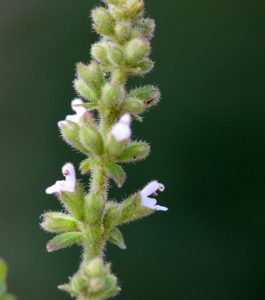
Salvia plebeia R. Br.
As various populations are rapidly becoming an aging society worldwide and interest in health issues has increased, demand for functional foods including herbal products has increased markedly to maintain a healthy state which has led to safety issues about their intake as an inevitable result. The objective of this study was to identify the safety profile of a Korean red ginseng and Salvia plebeia R. Br. extract mixture (KGC-03-PS) which is a valuable ingredient that can be used as a functional food. In the present study, the subacute oral toxicity and bacterial reverse mutagenicity of KGC-03-PS were evaluated. Sprague Dawley rats were administered KGC-03-PS orally for 28 days by gavage. Daily KGC-03-PS dose concentrations were 0, 500, 1,000, or 2,000 mg/kg body weight (bw) per day. Bacterial reverse mutation test with KGC-03-PS dose levels ranging from 312.5 to 5,000 µg/plate was carried out by OECD test guideline No. 471.
Five bacterial strains (Salmonella typhimurium TA98, TA100, TA1535, TA1537, and Escherichia coli WP2) were tested in the presence or absence of metabolic activation by plate incorporation method. There were no toxicological effects related with test substance in the clinical evaluation of subacute oral toxicity test including clinical signs, body weight, and food consumption. Moreover, no toxicological changes related to KGC-03-PS were observed in the hematological and serum biochemical characteristics as well as in the pathological examinations, which included organ weight measurements and in the gross- or histopathological findings. KGC-03-PS did not induce an increase in the number of revertant colonies in all bacterial strains of the bacterial reverse mutation test.
The no-observed-adverse-effect level of KGC-03-PS is greater than 2,000 mg/kg bw/day, and KGC-03-PS did not induce genotoxicity related to bacterial reverse mutations under the conditions used in this study.
Sargassum muticum ethyl acetate
The present study investigated the photoprotective properties of the ethyl acetate fraction of Sargassum muticum (SME) against ultraviolet B (UV B )‑induced skin damage and photoaging in a mouse model. HR‑1 strain hairless male mice were divided into three groups: An untreated control group, a UV B ‑irradiated vehicle group and a UV B‑irradiated SME group. The UV B ‑irradiated mice in the SME group were orally administered with SME (100 mg/kg body weight in 0.1 ml water per day) and then exposed to radiation at a dose of 60‑120 mJ/cm2. wrinkle formation and skin damage were evaluated by analysis of skin replicas, epidermal thickness and collagen fiber integrity in the dermal connective tissue. The mechanism underlying the action of SME was also investigated in the human HaCaT keratinocyte cell line following exposure of the cells to UV B at a dose of 30 mJ/cm2. The protein expression levels and activity of matrix metalloproteinase‑1 (MMP‑1), and the binding of activator protein‑1 (AP‑1) to the MMP ‑1 promoter were assessed in the HaCaT cells using western blot analysis, an MMP‑1 fluorescent assay and a chromatin immune‑precipitation assay, respectively.
The results showed that the mean length and depth of the wrinkles in the UV B ‑exposed hairless mice were significantly improved by oral administration of SME, which also prevented the increase in epidermal thickness triggered by UV B irradiation . Furthermore, a marked increase in collagen bundle formation was observed in the UV B‑treated mice with SME administration. SME pretreatment also significantly inhibited the UV B‑induced upregulation in the expression and activity of MMP ‑1 in the cultured HaCaT keratinocytes, and the UV B‑enhanced association of AP‑1 with the MMP ‑1 promoter. These results suggested that SME may be useful as an Anti-Photo aging resource for the skin.
Saxifraga stolonifera Curt.
Anti-oxidant and anti-aging Activity on Saxifraga stolonifera MEERBURGH Ethanol Extract
To investigate the effect of ethanol extract of Saxifraga stolonifera MEERBURGH on skin care, we measured anti-oxidant and anti-aging activity. S. stolonifera ethanol extract itself had anti-oxidant activity in a dose-dependent manner in DPPH radical scavenging . Silica dose-dependently increased the intracellular ROS generation in RAW 264.7 cells. S. stolonifera ethanol extract inhibited silica-induced intracellular superoxide anion generation, H2O2 and hydroperoxide generation in RAW 264.7 cells. S. stolonifera ethanol extract significantly inhibited both hyaluronidase and elastase activity, also significantly inhibited MMP -1(collagenase) activity as well.
In NIH 3T3 fibroblast cells, S. stolonifera ethanol extract significantly increased collagen-like polymer synthesis, which suggesting the S. stolonifera ethanol extract might be used as hydration and anti-wrinkle agents . From the above results, it is suggested that the main ingredient s of S. stolonifera ethanol extract play an important role in anti-oxidant and anti-aging activity.
sea buckthorn (Hippophae rhamnoides L.) fruit blend
oxidative stress and oxidative photodamage induced by UV radiation can cause serious skin damage that is characterized by wrinkling, roughness, laxity and pigmentation. The effects of a sea buckthorn (Hippophae rhamnoides L.) fruit blend (SFB) containing sea buckthorn fruit extract, blueberry extract and collagen on UV–induced skin aging were examined by treating hairless mice for 6 weeks with UV irradiation and SFB administered orally. The effects of SFB were measured in the skin of these mice by phenotypical and histological analysis and western blotting. According to wrinkle formation analysis, the oral intake of SFB induced a decrease in wrinkle formation in the damaged skin of UV-irradiated mice. The thickness of the epidermis and dermis in the vitamin extracts (Vit)- and SFB-treated group was lower than that in the vehicle-treated group, but the group treated with SFB50 was the most effective group. The mice treated with the Vit- or SFB solution maintained a normal moisture content through the inhibition of transdermal water loss (TEWL) and an increase in skin moisture content.
Furthermore, the levels of matrix metalloproteinase (MMP ) and collagen protein expression were assessed in five groups to examine the mechanisms underlying the effects of SFB oral intake. The application of SFB induced a decrease in MMP-1 and -9 expression to the levels observed in the vehicle-treated group, but MMP -9 expression showed a much larger decrease than MMP -1. Furthermore, the expression of collagen-1 in the skin corresponded to MMP expression except for the SFB30-treated group, whereas the superoxide dismutase (SOD) activity was increased dramatically in the SFB50-treated group.
These results suggest that SFB has potential as a protective and therapeutic drug candidate against skin aging that functions by regulating the moisture content, MMP expression levels and SOD activity.
Si-Wu-Tang
Background: Si–Wu–Tang (SWT) is used to treat various gynecological disorders in Chinese medicine. This study investigated the Antioxidant and physiological effects of SWT on the skin and liver in healthy adults.
Methods: This randomized, crossover, double-blind, placebo-controlled clinical trial was conducted at Chung Shan Medical University Hospital in December 2008. Participants with uncontrolled diabetes, heart disease, liver disease, kidney disease, cancer, and pregnancy were excluded. Sixty healthy volunteers taking no medications were recruited from the community based on the results of their medical history questionnaires and biochemical analyses to confirm their health status. The participants were assigned to two groups: one group drank 125 mL of placebo (n = 30) and the other drank SWT (n = 30) for six continuous days per month for 6 months. The placebo and SWT were then switched between the groups after a 1-month washout period. Anthropometric measurements (body weight, body fat, and body mass index) were performed and fasting blood samples were drawn for various biochemical assays at 1, 3, 6, 10 and 13 months. Abdominal ultrasound and skin examinations were performed at 1, 6 and 13 months. The skin examinations involved assessment of skin roughness, sebum content, hydration , surface water loss, erythema, melanin index, and elasticity on the face (sunlight-exposed sites: middle of ear and nose) and inner arm (sunlight-unexposed sites: center of wrist and elbow joint).
Results: Administration of SWT significantly increased the Antioxidant index (P = 0.001) and Antioxidant enzymes activities (P = 0.001) from baseline to month 6. SWT also suppressed the concentration of serum lipids (triglycerides, P = 0.01; high-density lipoprotein cholesterol, P = 0.23; low-density lipoprotein cholesterol, P = 0.48) and hepatic marker enzymes (glutamic pyruvic transaminase, P = 0.76; glutamic oxaloacetic transaminase, P = 0.65) when compared with the placebo group. Abdominal ultrasound in the SWT group revealed a positive impact of SWT on mild fatty liver, gallstones, and mild splenomegaly. Moreover, SWT intake concomitantly elevated erythema (P = 0.011) and markedly lowered skin surface water loss (P = 0.016), sebum content (P = 0.021), and wrinkles (P = 0.024).
Conclusions: Oral administration of SWT for 6 months improved the Antioxidant level and positively regulated the lipid profile, liver function, and skin integrity and texture.
Siegesbeckia glabrescens
Anti-Photo aging effects of standardized Siegesbeckia glabrescens extract (SGE) and its major active compound kirenol were investigated using Hs68 human dermal fibroblasts and hairless mice, respectively. UV B -irradiated hairless mice that received oral SGE (600 mg/kg/day) showed reduced wrinkle formation and skinfold thickness compared with the UV B -irradiated control.
Furthermore, SGE treatment increased the mRNA levels of collagen synthesis genes (COL1A1, COL3A1, COL4A1, and COL7A1) and activated Antioxidant enzyme (catalase), while suppressing matrix metalloproteinase (MMP -2, -3, -9, and -13) expression. In Hs68 fibroblasts, kirenol also significantly suppressed MMP expression while increasing the expression of COL1A1, COL3A1, and COL7A1. Collectively, our data demonstrate that both SGE and kirenol attenuated UV B –induced photoaging in hairless mice and fibroblasts through inhibition of the mitogen –activated protein kinase s and nuclear factor kappa B pathways, suggesting that SGE has potential to serve as a natural Anti-Photo aging nutraceutical.
silymarin
skin Protective Activity of Silymarin and its Flavonolignans
Silybum marianum (L.) is a medicinal plant traditionally used in treatment of liver disorders. In last decades, silymarin (SM), a standardized extract from S. marianum seeds has been studied for its dermatological application, namely for UV B -protective properties. However, information on SM and its polyphenols effect on activity of enzymes participating in the (photo)aging process is limited. Therefore, evaluation of SM and its flavonolignans potential to inhibit collagenase, elastase, and hyaluronidase in tube tests was the goal of this study.
The Antioxidant and UV screening properties of SM and its flavonolignans silybin, isosilybin, silydianin, silychristin and 2,3-dehydrosilybin (DHSB) were also evaluated by a DPPH assay and spectrophotometrical measurement. DHSB showed the highest ability to scavenge DPPH radical and also revealed the highest UV A protection factor (PF-UV A) that corresponds with its absorption spectrum. SM and studied flavonolignans were found to exhibit anti-collagenase and anti-elastase activity. The most potent flavonolignan was DHSB.
None of studied flavonolignans or SM showed anti-hyaluronidase activity. Our results suggest that SM and its flavonolignans may be useful agents for skin protection against the harmful effects of full-spectrum solar radiation including slowing down skin (photo)aging.
Sodium hyaluronate
oral hyaluronan relieves wrinkles: a double-blinded, placebo-controlled study over a 12-week period
Background: Hyaluronan (HA) has critical moisturizing property and high water retention capacity especially for human skin. This study aimed to evaluate the effect of oral intake of HA.
Methods: The mean molecular weight (MW) of HA is 2 k and 300 k. Sixty Japanese male and female subjects aged 22–59 years who presented with crow’s feet wrinkles were randomly assigned to the HA 2 k or HA 300 k at 120 mg/day or the placebo group. The subjects were administered HA at a rate of 120 mg/day or a placebo for 12 weeks. The skin wrinkles were evaluated by image analysis of skin wrinkle replicas, and their skin condition was evaluated using a questionnaire survey.
Results: During the study period, the HA groups showed better level of the whole sulcus volume ratio, wrinkle area ratio, and wrinkle volume ratio than the placebo group. After 8 weeks of ingestion, the HA 300 k group showed significantly diminished wrinkles compared with the placebo group. skin luster and suppleness significantly improved after 12 weeks in all groups compared with the baseline.
Conclusion: The results suggest that oral HA (both HA 2 k and HA 300 k) inhibits skin wrinkles and improves skin condition.
Sosihotang
soy isoflavone aglycone
oral Intake of Soy Isoflavone Aglycone improves the Aged skin of Adult Women
A double-blind, placebo-controlled trial was conducted to clinically evaluate the effect of soy isoflavone aglycone on the aged skin of middle-aged women. Twenty-six women volunteers in their late 30s and early 40s were randomly assigned to receive either a test food (13 women, the test food group) or a placebo food (13 women, the control group). These groups were given the test food (40 mg of soy isoflavone aglycone per day) and placebo, respectively, for 12 wk. The extent of linear and fine wrinkles at the lateral angle of the eyes was selected as the major evaluation criterion to assess the effects of foods, and the wrinkle s’ area ratio was used as the evaluation parameter. The extent of skin microrelief at the lateral angle of eyes and that of malar skin elasticity were used as secondary evaluation criteria, and the skin microrelief’s area ratio and recovery of skin elasticity were used as the respective evaluation parameters.
These parameters were assessed 4, 8, and 12 wk after the start of the test food or placebo intake. The test food group showed a statistically significant improvement of fine wrinkles at week 12 (p<0.05) and of malar skin elasticity at week 8 (p<0.05), compared with the control group. Although there was no significant difference between the test food group and the control group regarding effects on skin microrelief at lateral angle of the eyes, a significant intragroup improvement was observed at week 8 in the test food group (p<0.05).
As for the test food safety, none of the subjects presented adverse symptoms during the study period or discontinued the intake of the test food. These data indicate that the oral intake of 40 mg soy isoflavone aglycones per day improves the aged skin of middle-aged women.
strawberry
The research aims to analyse the Antioxidant , anti-tyrosinase and anti-wrinkle activities from grapefruit (Citrus Maxima L) and strawberry extracts. Samples were extracted by maceration using 96% ethanol and ethyl acetate, subsequently. The Ferric Reducing Antioxidant Power (FRAP) and β-carotene bleaching (BCB) were used to measure the Antioxidant activity. The effect of anti-wrinkle was determined by testing the inhibition of elastase and collagenase enzyme, while anti-tyrosinase activity was analysed using mushroom tyrosinase enzyme.
The results showed that strawberry extracts in ethanolic (SE) and ethyl acetate (SEA) have Antioxidant activity in FRAP (EC50 = 404.39 ± 3.27 µg / mL and 1978.65 ± 37.25 µg/mL) and BCB (IC50 = 292.30 ± 4.69 µg/mL and 671.11 ± 6.74 µg/mL). Whereas the grapefruit peel extracts both in ethanolic (GPE) and ethyl acetate (GPEA) have Antioxidant activity in FRAP (EC50 219.47 ± 71.96 µg / ml and 309.44 ± 95.76 µg/ml) and BCB (EC50 245.19 ± 162.47 µg/ml and 567.54 ± 95.31 µg/ml). As positive standards for FRAP Antioxidant analysis were quercetin and vitamin C which has IC50 respectively 18.97 ± 4.50 µg/mL and 24.47 ± 1.44 µg/mL. While in BCB analysis, Butylated Hydroxy Toluene (BHT) used as positive standard (IC50 38.68 ± 5.70 µg/mL). The samples of SE, SEA, GPE and GPEA showed tyrosinase inhibitory activity which the IC50 values were respectively 492.68 ± 1.43; 2658 ± 48.08; 3312.5 ± 222.74; 2985.17 ± 122.80 µg/ml. Kojic acid (IC50 111.52 ± 0.42 µg/ml) is used as positive standard in this study.
In addition, SE, SEA, GPE and GPEA were able to inhibit elastase and collagenase enzymes, although their activities were still lower than the positive standard used in this study. Elastastinal in concentration 50 µg/mL giving elastase inhibition about 71.71 ± 0.81 µg/mL, while vitamin C in the same concentration showed collagenase inhibition about 66.79 ± 1.23 µg/mL. It can be concluded that the extract of strawberry and grapefruit peel has Antioxidant , anti-tyrosinase and anti-wrinkle activity through inhibition of elastase and collagenase enzymes; thus, they can be used as antiaging cosmetic ingredients.
sulforaphane
UV A irradiation plays a role in premature aging of the skin through triggering oxidative stress-associated stimulation of matrix metalloproteinase-1 (MMP-1) responsible for collagen degradation, a hallmark of photoaged skin. Compounds that can activate nuclear factor E2-related factor 2 (Nrf2), a transcription factor regulating Antioxidant gene expression, should therefore serve as effective antiphotoaging agents . We investigated whether genetic silencing of Nrf2 could relieve UV A-mediated MMP -1 upregulation via activation of mitogen–activated protein kinase (MAPK)/activator protein 1 (AP-1) signaling using human keratinocyte cell line (HaCaT). Antiphotoaging effects of hispidulin (HPD) and sulforaphane (SFN) were assessed on their abilities to activate Nrf2 in controlling MMP -1 and collagen expressions in association with phosphorylation of MAPKs (extracellular signal-regulated kinase , c-Jun N-terminal kinase , and p38), c-Jun, and c-Fos, using the skin of BALB/c mice subjected to repetitive UV A irradiation.
Our findings suggested that depletion of Nrf2 promoted both mRNA expression and activity of MMP-1 in the UV A-irradiated HaCaT cells. Treatment of Nrf2 knocked-down HaCaT cells with MAPK inhibitors significantly suppressed UV A-induced MMP-1 and AP-1 activities. Moreover, pretreatment of the mouse skin with HPD and SFN, which could activate Nrf2, provided protective effects against UV A-mediated MMP -1 induction and collagen depletion in correlation with the decreased levels of phosphorylated MAPKs, c-Jun, and c-Fos in the mouse skin.
In conclusion, Nrf2 could influence UV A-mediated MMP-1 upregulation through the MAPK/AP-1 signaling cascades. HPD and SFN may therefore represent promising antiphotoaging candidates.
Taraxacum mongolicum Hand.-Mazz.
This work aimed to assess the skin-care effects of dandelion leaf extract (DLE) and dandelion stem extract (DSE), including the phenolic acids identification, antioxidation evaluation, tyrosinase inhibitory and docking simulations study. Results showed that DSEEW (50% ethanol-water extract of DSE) dominated 86.7 mg/g of caffeic acid while DLE was of 2.34 mg/g chologenic acid. DSEEW possessed a similar reducing power with DLEEW (50% ethanol-water extract of DLE), and presented a good performance on anti-DPPH capacity and O2−
capacity and O2− scavenging despite of being inferior to Vc and DLEEW.
scavenging despite of being inferior to Vc and DLEEW.
Moreover, DSEEW indicated the strongest behavior on UV A and UV B absorption but was weaker than chlorogenic acid. Additionally, DSEEW (IC50 = 0.48 mg/mL) showed the strongest tyrosinase inhibitory, although it was worse than kojic acid (IC50 = 0.063 mg/mL).
Molecular docking simulation results indicated caffeic acids in DSEEW presented their inhibitory mechanism mainly via hydrogen bonding interaction with Gly165 and Pro160 of tyrosinase.
tectorigenin
ultraviolet (UV ) light, a major risk factor for external skin photoaging, induces oxidative stress in skin. UV causes a breakdown of skin homeostasis by impairing the extracellular matrix and inducing cell death. Tectorigenin, a constituent of leopard lily (Belamcanda chinensis L.) rhizome, has been reported to possess Antioxidant, hair-darkening, and anti-inflammatory activities; however, the effect of tectorigenin on UV -B-induced skin damage is unknown. Here, we investigated the anti-skin–damage effects of tectorigenin against UV-B-stimulated oxidative stress in human keratinocytes.
We irradiated HaCaT cells with UV -B (25 mJ/cm2), followed by treatment with tectorigenin for 24 h. We found that tectorigenin decreased the levels of intracellular Reactive oxygen species by increasing the expression of anti-oxidative enzymes, such as glutathione and catalase. Furthermore, tectorigenin inhibited apoptosis by reducing caspase-3- and Bcl-2-associated protein -X levels, and increasing Bcl-2 protein levels. Tectorigenin also decreased matrix metalloproteinase-1 levels and increased type 1 collagen levels, thus preventing collagen degradation. These data demonstrate that tectorigenin exerts anti-skin–damage effects in human keratinocytes by attenuating UV -B-induced hyper-oxidation, apoptosis, and collagen degradation.
Tremella fuciformis
Effect of polysaccharides from Tremella fuciformis on UV–induced photoaging
Tremella fuciformis BERK, a popular nutritious mushroom in China, has attracted increasing attention due to its various bioactivities. In the present work, T. fuciformis polysaccharides (TP) were extracted with hot water. It mainly consisted of mannose, as well as 10.77% (w/w) uronic acid. In additional, the Anti-Photo aging effects of TP were evaluated using a 30-day UV-irradiated animal assay. TP could efficiently reduce the water and collagen losses of the skin, and inhibit the increase of glycosaminoglycans.
Moreover, a histopathological study showed that, UV–induced skin structural alterations were alleviated as well as repairing endogenous collagen breakdown and maintaining the ratio of type I/III collagen, after oral treatment of TP. The activities of SOD, GSH-Px and CAT were increased compared to the irradiated control group without treatment. Accordingly, TP can be used as a potential functional food supplement for skin function protection.
Tribulus terrestris L.
skin Volume Augmentation and anti-wrinkle effects of Tribulus terrestris Fruit Extract
Aging of the face is mainly related to the features that are sagging or loss of elasticity of the skin by reducing the volume around the eyes or cheek. Intrinsic aging can be seen to cause thinner dermis, reduction of extracellular matrix and subcutaneous fat. This study was carried out to investigate the skin volume augmentation and anti-wrinkle effects of Tribulus terrestris fruit extract. skin anti-aging effect of Tribulus terrestris fruit extract was evaluated by using lipid accumulation, expressin of type I procollagen and elastin in preadipocytes and human dermal fibroblasts. Tribulus terrestris fruit extract augmented preadipocytes differentiation about 56% at 100 µg/mL. The type I procollagen and elastin were increased about 35% and 25% by treatment 20% Tribulus terrestris fruit extract, respectively.
The clinical study also showed that skin sagging, skin elasticity, and dermal density improved without adverse effect following 4 week application of cream containing 2% Tribulus terrestris fruit extract. We suggest that Tribulus terrestris fruit extract can have the good possibility as skin volume augmenting, skin elasticity and wrinkle improving agent.
tyrosol
The foundation for the use of olive oil in skin care and botanical cosmeceuticals
Recent epidemiologic evidence suggests an association between olive oil consumption and a lower incidence of cardiovascular disease and certain cancers. The use of topical oil has also been reported in recent years to be effective in treating xerosis, rosacea, psoriasis, atopic dermatitis, contact dermatitis, eczema (including severe hand and foot eczema), seborrhea, pruritus, and various inflammations. The antiinflammatory and Antioxidant properties displayed by olive oil are thought to account for its efficacy in addressing cutaneous disorders. At a more granular level the benefits to the skin derived from the use of olive oil are ascribed to key constituents such as oleuropein, oleocanthal, and hydroxytyrosol.
Novel and encouraging signs have recently been associated with olive oil aiding in wound healing and protecting against the damage incurred from ultraviolet radiation exposure. Olive oil is currently used in topical applications for the treatment of several skin conditions, including dry skin, itch, and inflammation as well as disorders such as rosacea.
Ubiquinol (Coenzyme Q10)
Biochemical rationale and experimental data on the antiaging properties of CoQ10 at skin level
Coenzyme Q10 (CoQ10) is a key component of the mitochondrial respiratory chain and, therefore, is essential for the bioenergetics of oxidative phosphorylation. It is also endowed with Antioxidant properties, and recent studies pointed out its capability of affecting the expression of different genes.
In this review, we analyze the data on the mechanisms by which CoQ10 interacts with skin aging processes. The effect of CoQ10 in preserving mitochondrial function cooperates in maintaining a proper energy level, which serves to prevent the aging skin from switching to anaerobic energy production mechanisms. Furthermore, the Antioxidant capacity of CoQ10 contributes to a positive effect against UV-mediated oxidative stress. Some of these effects have been assessed also in vivo, by the sensitive technique of ultraweak photoemission. Finally, CoQ10 has been shown to influence, through a gene induction mechanism, the synthesis of some key protein s of the skin and to decrease the expression of some metalloproteinase such as collagenase. These mechanisms may also contribute to preserve collagen content of the skin.
Ulmus davidiana var. japonica ethanolic
anti-wrinkle Effect of Ulmus davidiana Extracts
The bark of the root and stem of Ulmus davidiana var. japonica has been used as a traditional Korean medicine to treat inflammatory disorders. This plant reportedly shows Antioxidant, anticancer, and anti-inflammatory effects.
In this study, we investigated the protective effects of Ulmus davidiana var. japonica ethanolic extract (UDE) on UV B irradiation–induced wrinkle in hairless mice. We evaluated for their free radical-scavenging activities against 1,1-diphenyl-2-picrylhydrazyl (DPPH) and the anti-elastase activities, and for their anti-matrix metalloproteinase-1 (MMP-1) activity in human skin fibroblast cells.
In the wrinkle measurement and image analysis of skin replicas, the results showed that UDE significantly inhibited wrinkle formation caused by chronic UV B irradiation. These results suggest that UDE has anti-wrinkle activity.
ursolic acid
Medicinal plants are becoming an important research area for novel and bioactive molecules for drug discovery. Novel therapeutic strategies and agents are urgently needed to treat different incurable diseases. Many plant derived active compounds are in human clinical trials. Currently ursolic acid is in human clinical trial for treating cancer, tumor, and skin wrinkles.
This review includes the clinical use of ursolic acid in various diseases including anticancer, antitumor, and Antiwrinkle chemotherapies, and the isolation and purification of this tritepernoid from various plants to update current knowledge on the rapid analysis of ursolic acid by using analytical methods. In addition, the chemical modifications of ursolic acid to make more effective and water soluble derivatives, previous and current information regarding, its natural and semisynthetic analogs, focusing on its anticancer, cytotoxic, antitumor, Antioxidant, anti-inflammatory, anti-HIV, acetyl cholinesterase, α-glucosidase, antimicrobial, and hepatoprotective activities, briefly discussion is attempted here for its research perspectives. This review article contains fourteen medicinally important ursolic acid derivatives and 351 references.
VERISOL
Dietary consumption of food supplements has been found to modulate skin functions and can therefore be useful in the treatment of skin aging. However, there is only a limited number of clinical studies supporting these claims. In this double-blind, placebo-controlled study, the effectiveness of the specific bioactive collagen peptide (BCP) VERISOL® on eye wrinkle formation and stimulation of procollagen I, elastin and fibrillin biosynthesis in the skin was assessed.
A hundred and fourteen women aged 45-65 years were randomized to receive 2.5 g of BCP or placebo, once daily for 8 weeks, with 57 subjects being allocated to each treatment group. skin wrinkles were objectively measured in all subjects, before starting the treatment, after 4 and 8 weeks as well as 4 weeks after the last intake (4-week regression phase). A subgroup was established for suction blister biopsies analyzing procollagen I, elastin and fibrillin at the beginning of the treatment and after 8 weeks of intake. The ingestion of the specific BCP used in this study promoted a statistically significant reduction of eye wrinkle volume (p < 0.05) in comparison to the placebo group after 4 and 8 weeks (20%) of intake.
Moreover a positive long-lasting effect was observed 4 weeks after the last BCP administration (p < 0.05). Additionally, after 8 weeks of intake a statistically significantly higher content of procollagen type I (65%) and elastin (18%) in the BCP-treated volunteers compared to the placebo-treated patients was detected. For fibrillin, a 6% increase could be determined after BCP treatment compared to the placebo, but this effect failed to reach the level of statistical significance. In conclusion, our findings demonstrate that the oral intake of specific bioactive collagen peptides (Verisol®) reduced skin wrinkles and had positive effects on dermal matrix synthesis.
Vigna angularis
Vigna angularis Water Extracts Protect Against ultraviolet B-Exposed skin aging In Vitro and In Vivo
Exposure to ultraviolet (UV ) radiation induces various pathological changes, such as thickened skin and wrinkle formation. In particular, UV B irradiation increases matrix metalloproteinase (MMP)-1 production and collagen degradation, leading to premature aging , termed photoaging. The azuki bean (Vigna angularis; VA) has been widely used as a food product as well as a traditional medicine. However, its activity needs additional study to confirm its functional application in foods and cosmetics for protecting skin. In this study, hot-water extract from VA (VAE) and its active component, rutin, were investigated to determine their antiphotoaging effects.
VAE was found to have Antioxidant activity. In UV B-exposed normal human dermal fibroblasts cells with VAE and rutin treatments, MMP-1 production was significantly suppressed (90% and 47%, respectively). The effects of both topical and oral administration of VAE were tested in UV B-irradiated hairless mice. VAE suppressed wrinkle formation and skin thickness by promoting elastin, procollagen type I, and TGF-β1 expression (118%, 156%, and 136%, respectively) and by diminishing MMP-1 production. These results suggest that VAE may be effective for preventing skin photoaging accelerated by UV B radiation.
White Lotus flower
A review on Lotus: use in herbal cosmetics
Cosmetic industry is seeing many changes with the growing awareness about the safety and lesser toxicity of herbal ingredients. Herbal cosmetics are used more and more now-a-days. Various review and research articles are available for studying herbal cosmetics and also for studying the herbal ingredients present in them. Lotus i.e. Nelumbo nucifera has been used in herbal cosmetic s as an active ingredient since ages. Yet, there is lack of a proper detailed review on this herb which has innumerable applications.
The roots, leaves, seeds, flower, stigma and stem have activities that can be made use of in cosmetics. Lotus has been reported as a highly effective whitening and anti-wrinkling agent and hence is widely utilized in anti-aging cosmetic preparations. Several other cosmetically beneficial effects of lotus have also been reported. This article aims at filling the gap between available scientific data and applications of Lotus. It is a widely used herb but a detailed organized review is not available. An attempt has been made to provide the same.
Zingiber mioga
Here, we investigated the effects of Zingiber mioga extracts (FSH-ZM) on the moisturization and depigmentation of skin as well as wrinkle formation in UV B -irradiated HRM-2 hairless mice. The mice were divided into six groups as follows: normal control (NC), UV B -irradiated control (C), positive control 1 (PC1, L-ascorbic acid 200 mg/kg b.w.), positive control 2 (PC2, Arbutin 200 mg/kg b.w.), Z100 (FSH-ZM 100 mg/kg b.w.), and Z200 (FSH-ZM 200 mg/kg b.w.).
The experiment spanned a period of 6 weeks. We found that FSH-ZM led to an increase in the expression of hyaluronan synthase 2, fibrillin-1, and elastin mRNAs, and showed improved skin hydration in HRM-2 hairless mice compared to that in the UV B-irradiated control group. Furthermore, FSH-ZM also inhibited the expression of inflammatory cytokines and wrinkle forming factors generated by UV B and reduced the formation of wrinkles in the test group relative to that in the control group by increasing collagen synthesis. Moreover, we found that FSH-ZM decreased the expression of melanogenesis factors, which improved depigmentation in UV B-irradiated hairless mice.
These results suggest that Zingiber mioga can potentially be utilized to develop products aimed at improving skin moisturization and depigmentation and reducing wrinkle formation.
ziyuglycoside I
In order to investigate the potential of a Sanguisorba officinalis root extract as an active ingredient for wrinkle-care cosmetics, we measured its free radical scavenging activity, elastase inhibitory activity, expression of MMP -1 (matrix metalloprotease-1) in vitro, and type I collagen synthesis in normal human fibroblast cells. To isolate the main components from the S. officinalis root extract, we purified the extract by solvent fractionation, column chromatography, and recrystallization. The active component was identified as ziyuglycoside I by a spectroscopic analysis.
Ziyuglycoside I increased the expression of type I collagen in a dose-dependent manner (by up to 71.3% at 50 μm). A clinical study of a formulation containing ziyuglycoside I, which involved visual evaluation and image analysis, showed a significantly different effect (p<0.05) of the test formulation from that of the placebo. This result suggests that ziyuglycoside I isolated from S. officinalis root extract could be used as an active ingredient for cosmetics.
Ziziphus jujuba Mill
Because tyrosinase catalyzes essential steps in melanin synthesis, tyrosinase inhibitors are widely used for skin–lightening. To reduce the side effects of synthetic compounds, safer tyrosinase inhibitors isorated from natural products have gained attention. Here, we examined the anti-melanogenic effect of the seed of Ziziphus jujuba and identified eight major compounds, of which spinosin exhibited the strongest tyrosinase inhibitory activity (IC50 = 47 µM). When further examined, spinosin suppressed αMSH- or UV B–induced melanogenesis in B16F10 cells without cytotoxicity.
The anti-melanogenic effect was also shown in a human skin model. As an underlying mechanism, in silico analysis showed that spinosin may bind to and suppress tyrosinase activity by forming multiple hydrogen bonds and hydrophobic interactions with the binding pocket of tyrosinase. Lineweaver-Burk and Dixon plots further revealed that spinosin acts as a competitive inhibitor of tyrosinase (Vmax, 11.61 × 103, 11.63 × 103, and 11.62 × 103, Km, 0.139, 0.185, and 0.239 for the con, 10 µM, 50 µM of spinosin, respectively). In conclusion, spinosin, a major compound in the seed of Ziziphus jujuba, could be a novel additive for treating pigmentation disorders or skin-lightening cosmetic s .
α-lipoic acid
In this double-blind, placebo-controlled study, 40 women with aging symptoms of the skin were randomized to receive DermaVite™, a new preparation containing marine proteins, α-lipoic acid, pine bark extract, vitamins and minerals (n = 20), or placebo (n = 20) twice daily for 6 months. Objective measurements of skin thickness and elasticity, together with subjective clinical assessments of various parameters (fine wrinkles, coarse wrinkles, tactile roughness and teleangiectasia) were used to evaluate changes after 2, 4 and 6 months’ treatment. Self-evaluations were also made by the study participants. There was a significant improvement in skin quality in both objective and subjective parameters after treatment with Dermavite™ compared with placebo.
Participants’ self-evaluations also showed a statistically significant difference in favour of the active treatment. The treatment was very well tolerated. Based on this efficacy and tolerability study, DermaVite™ can be considered a suitable therapy for ageing symptoms of the skin.
| Weight | N/A |
|---|---|
| Size | 100g, 300g, 500g |

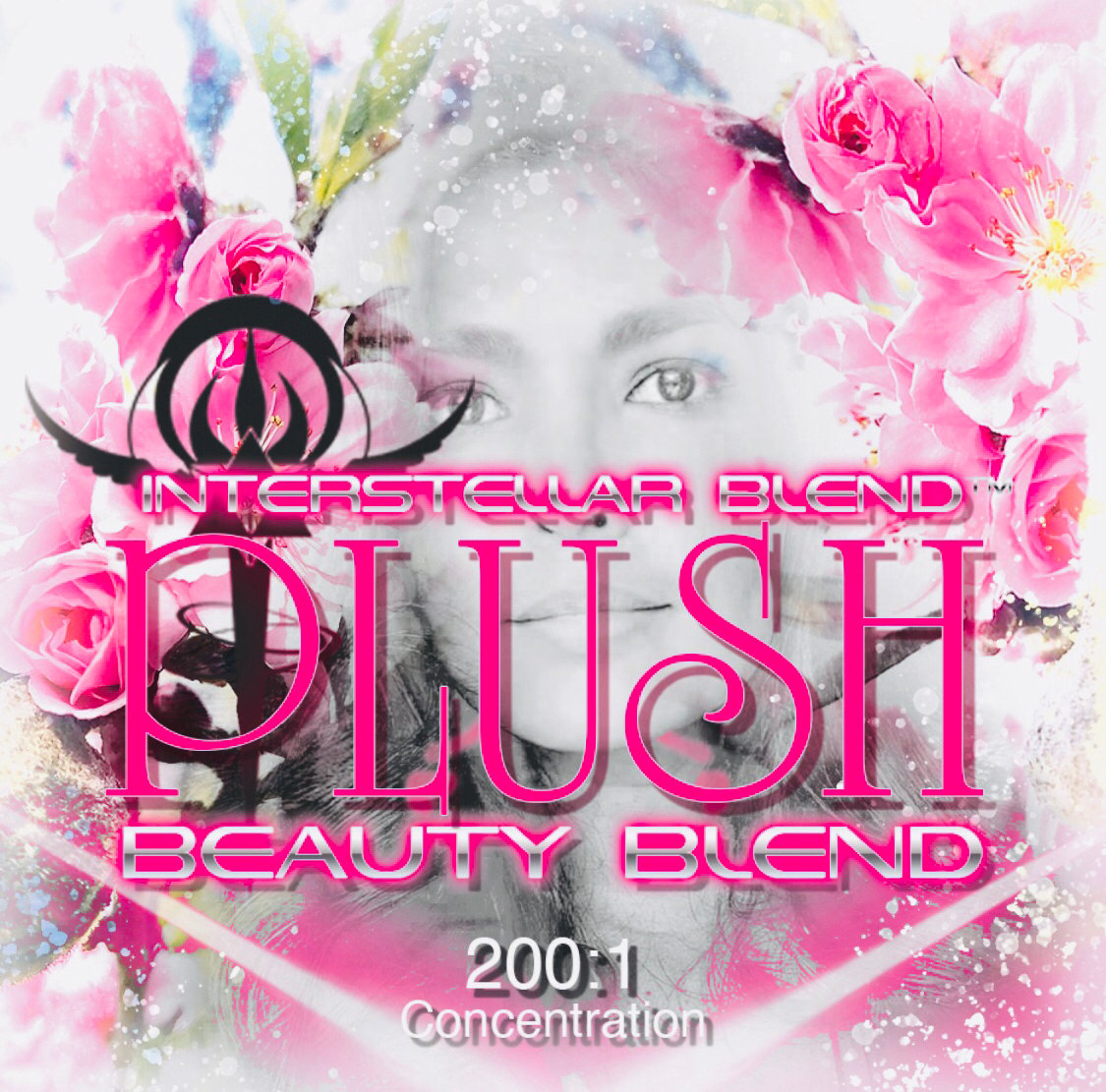

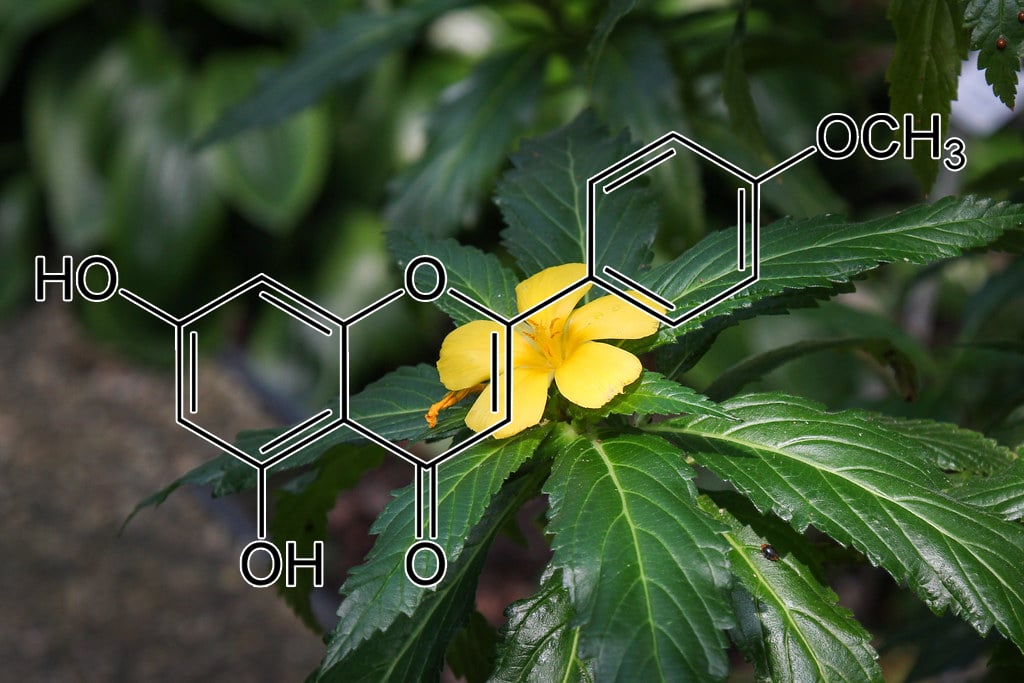

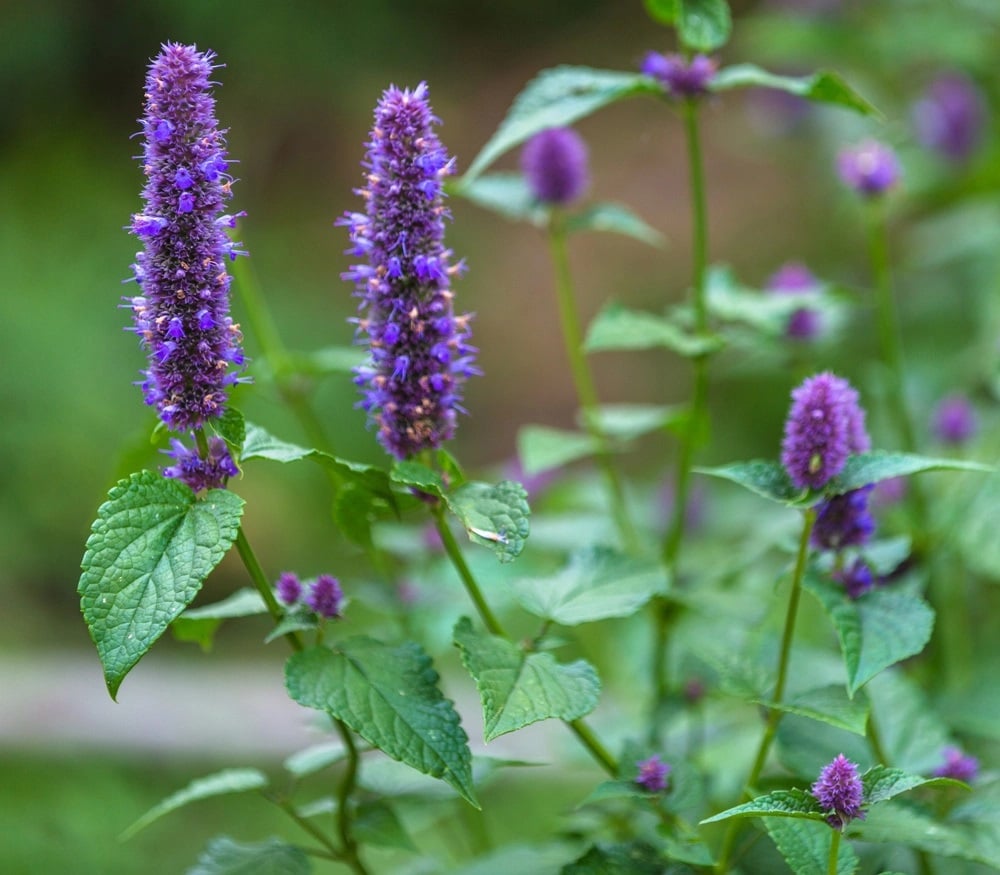
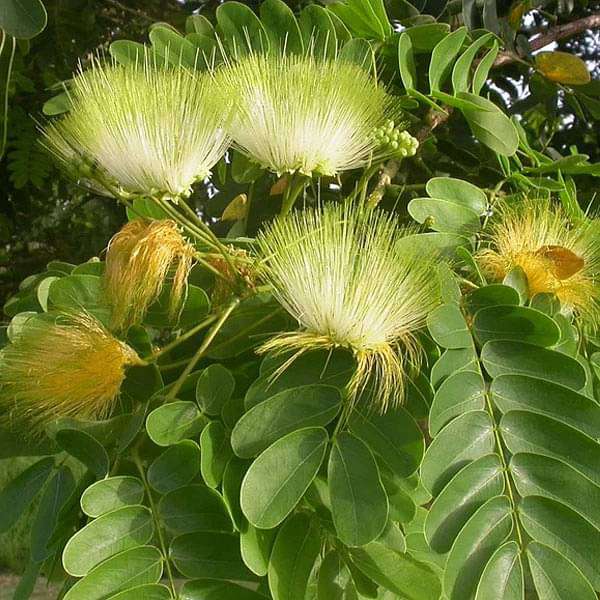
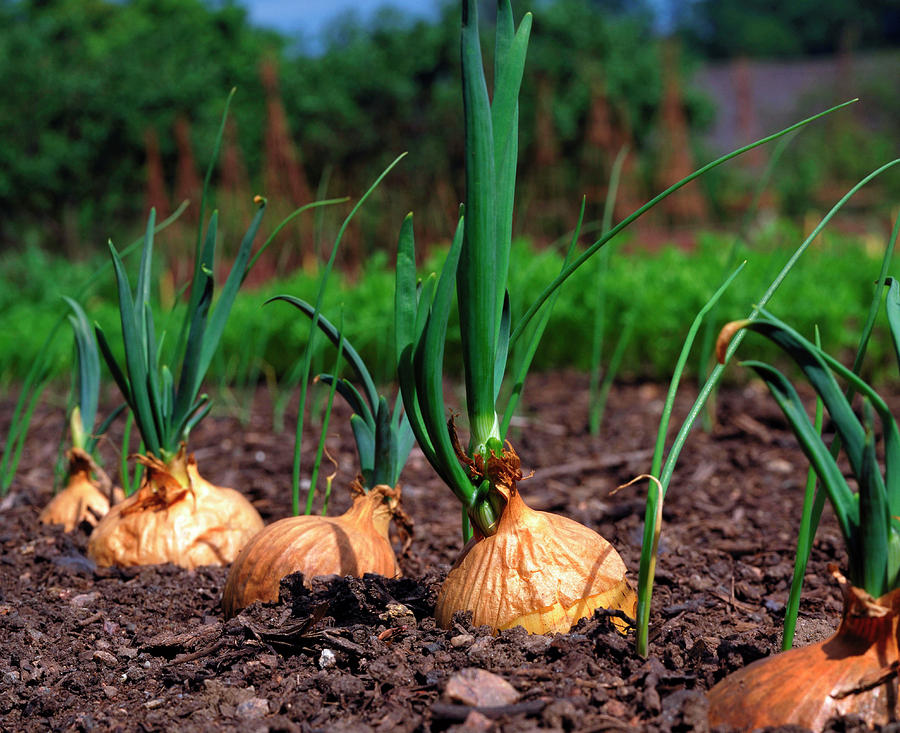
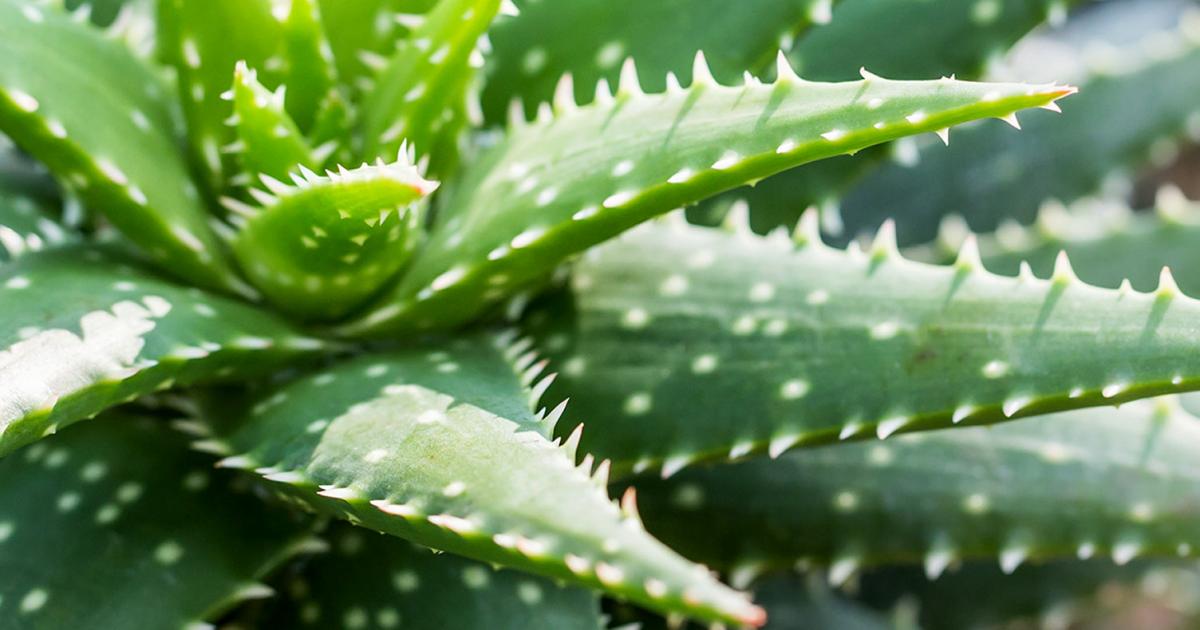
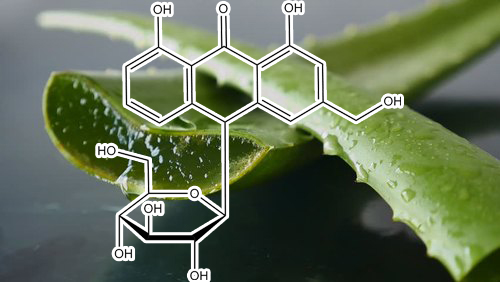
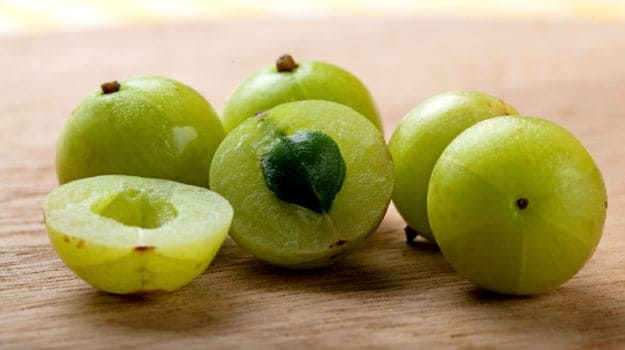
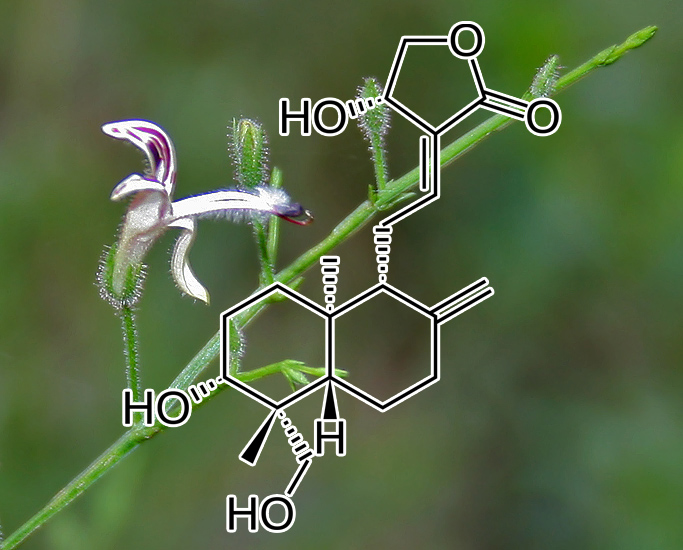
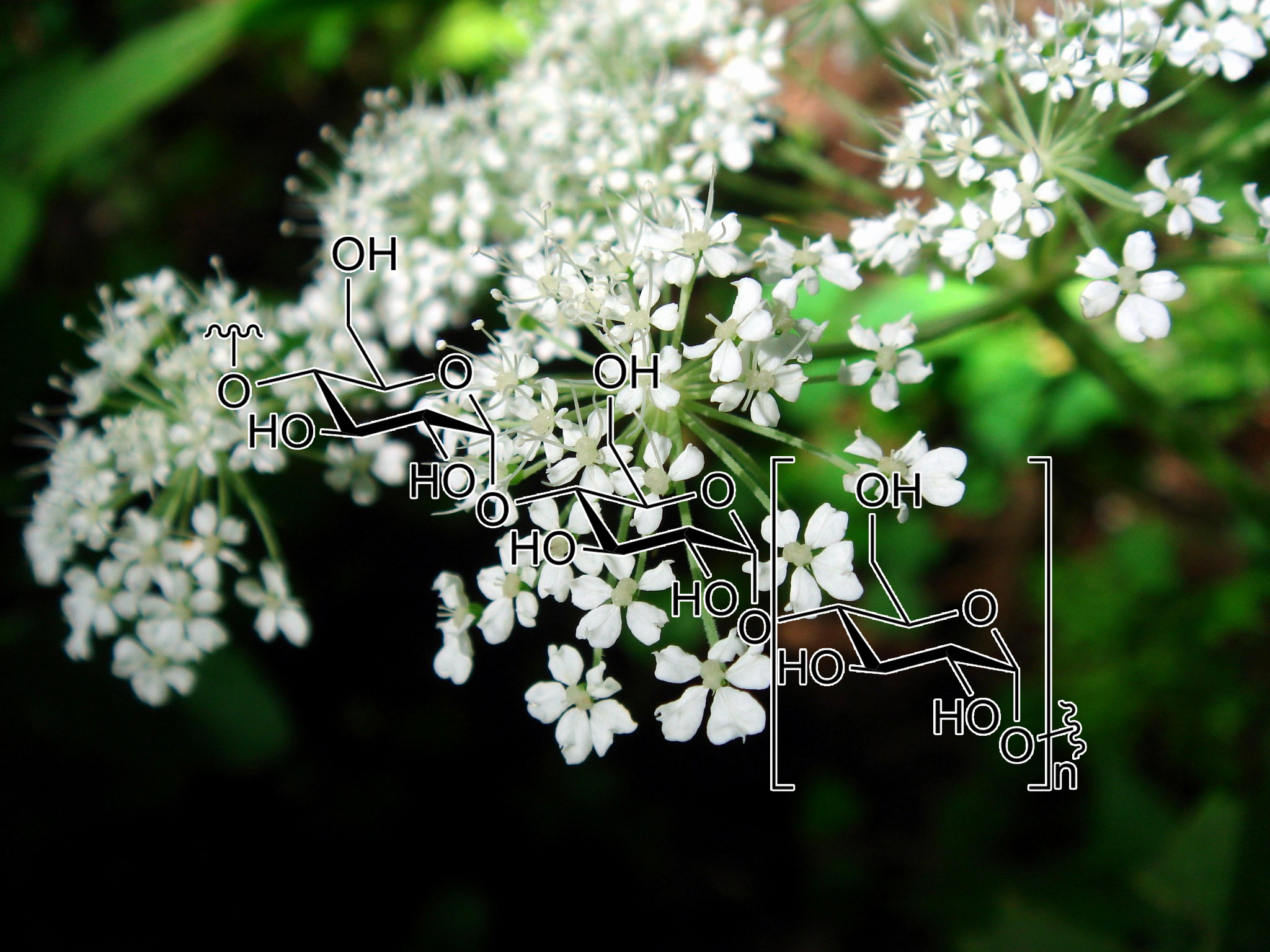

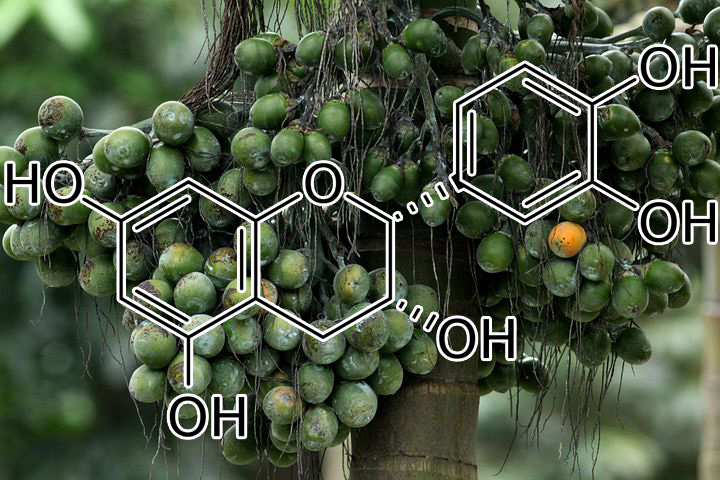
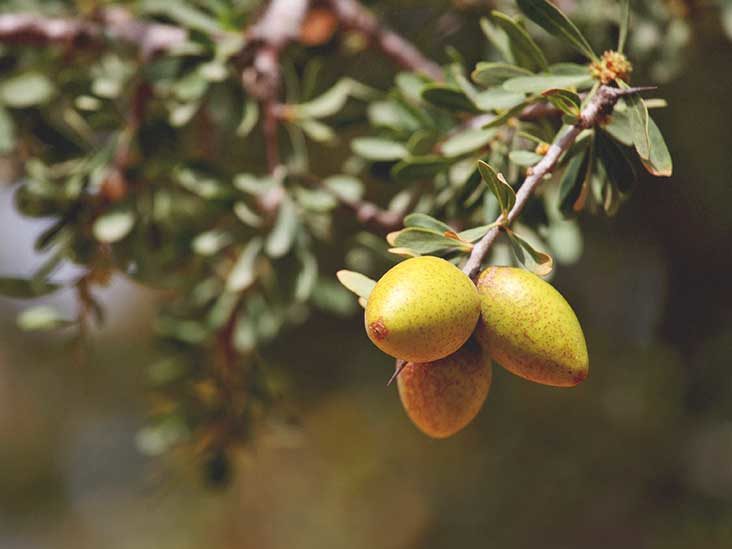

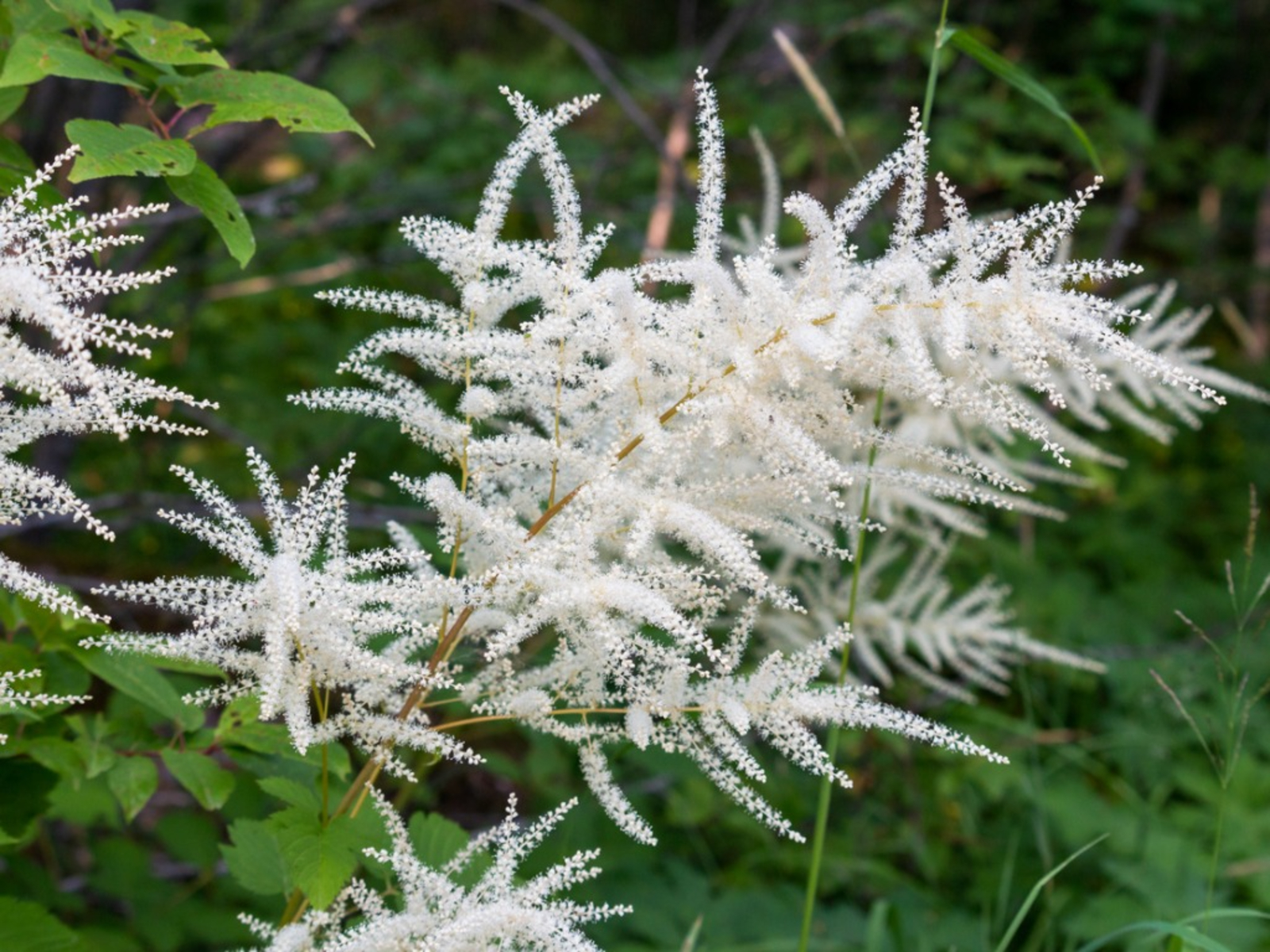
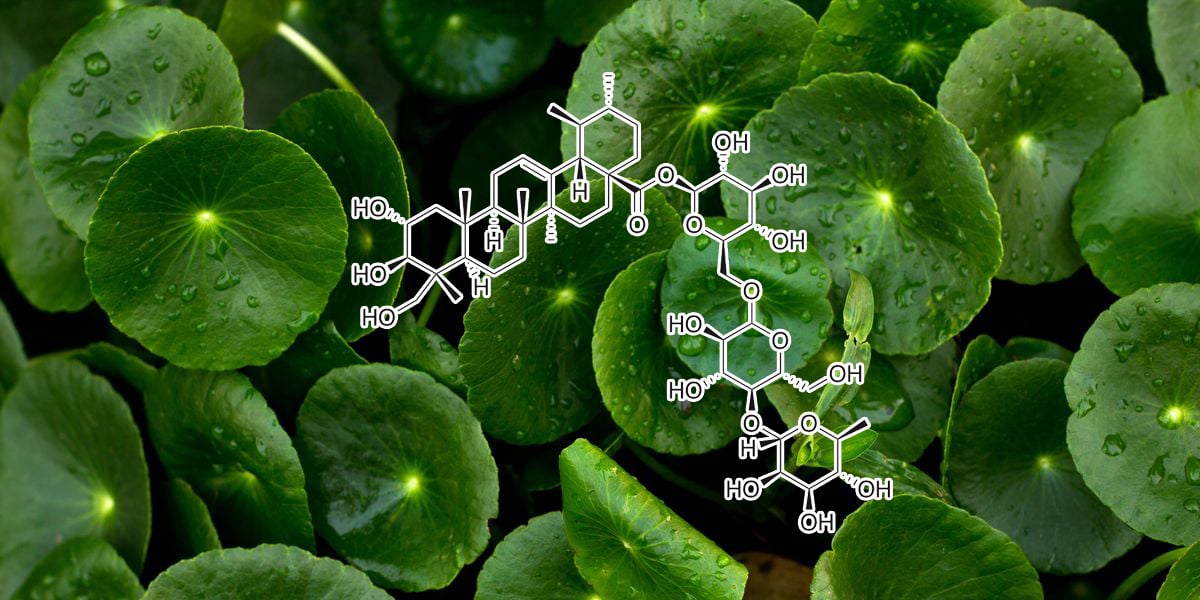

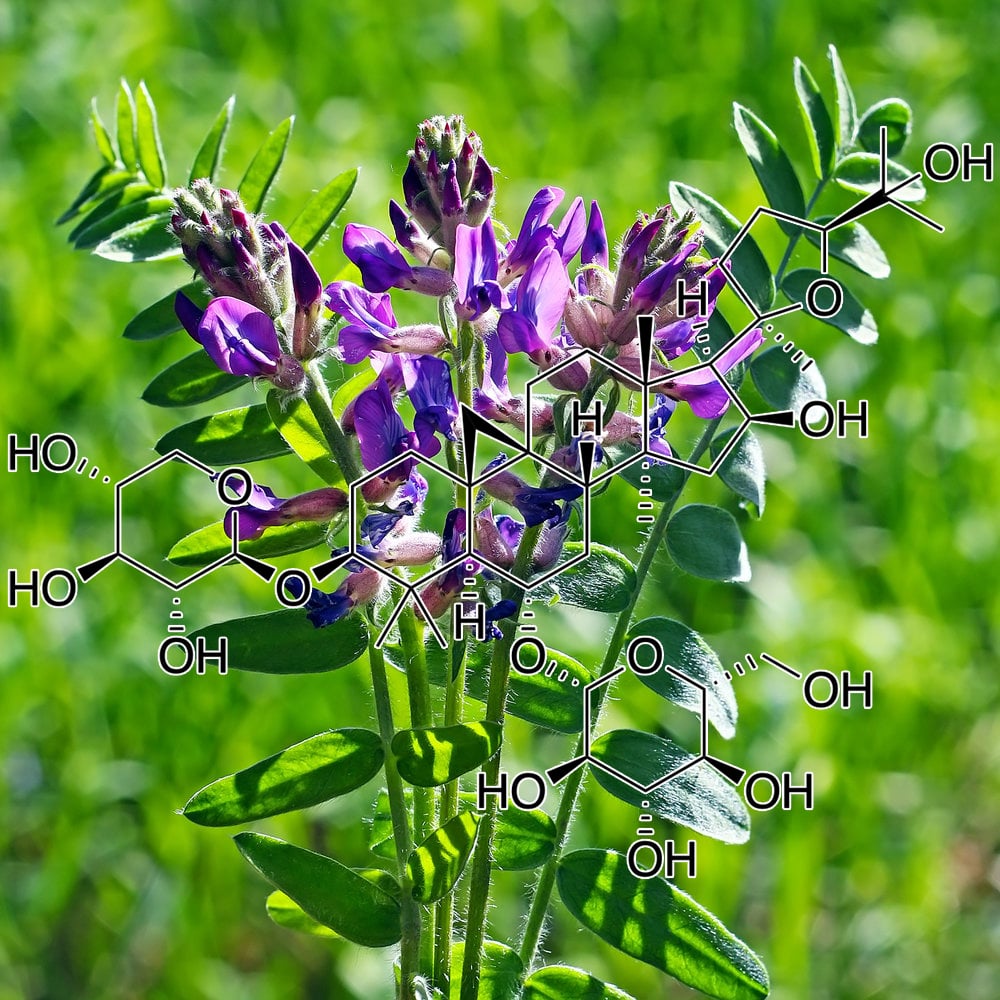
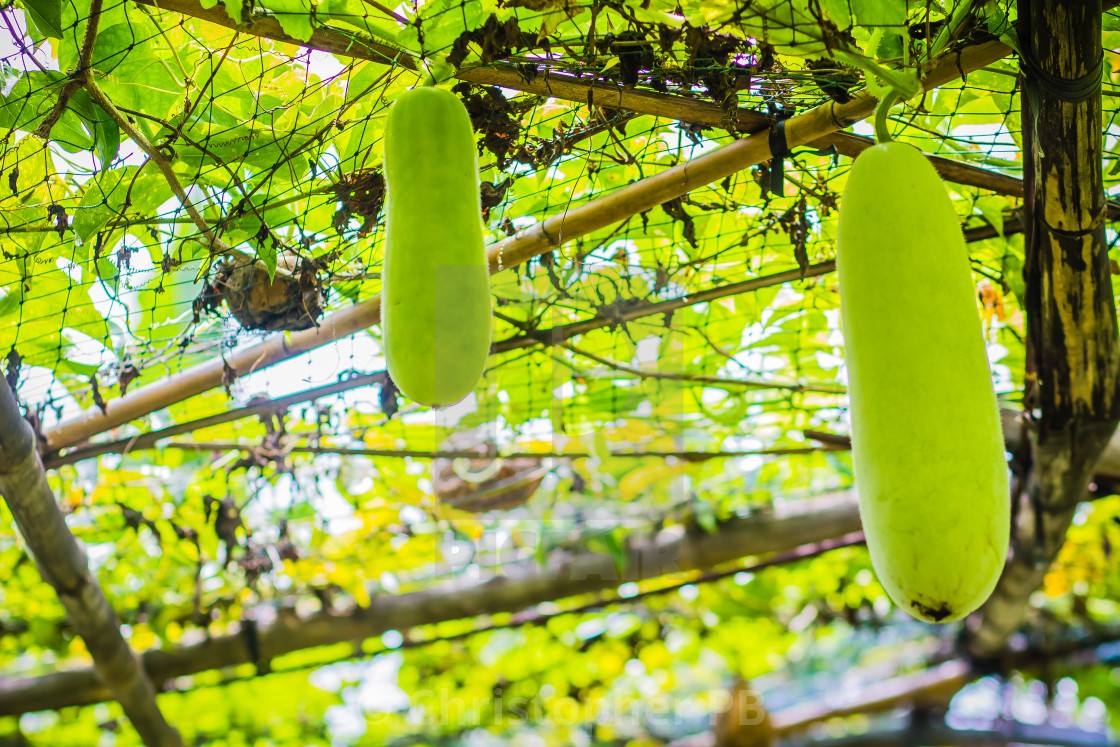
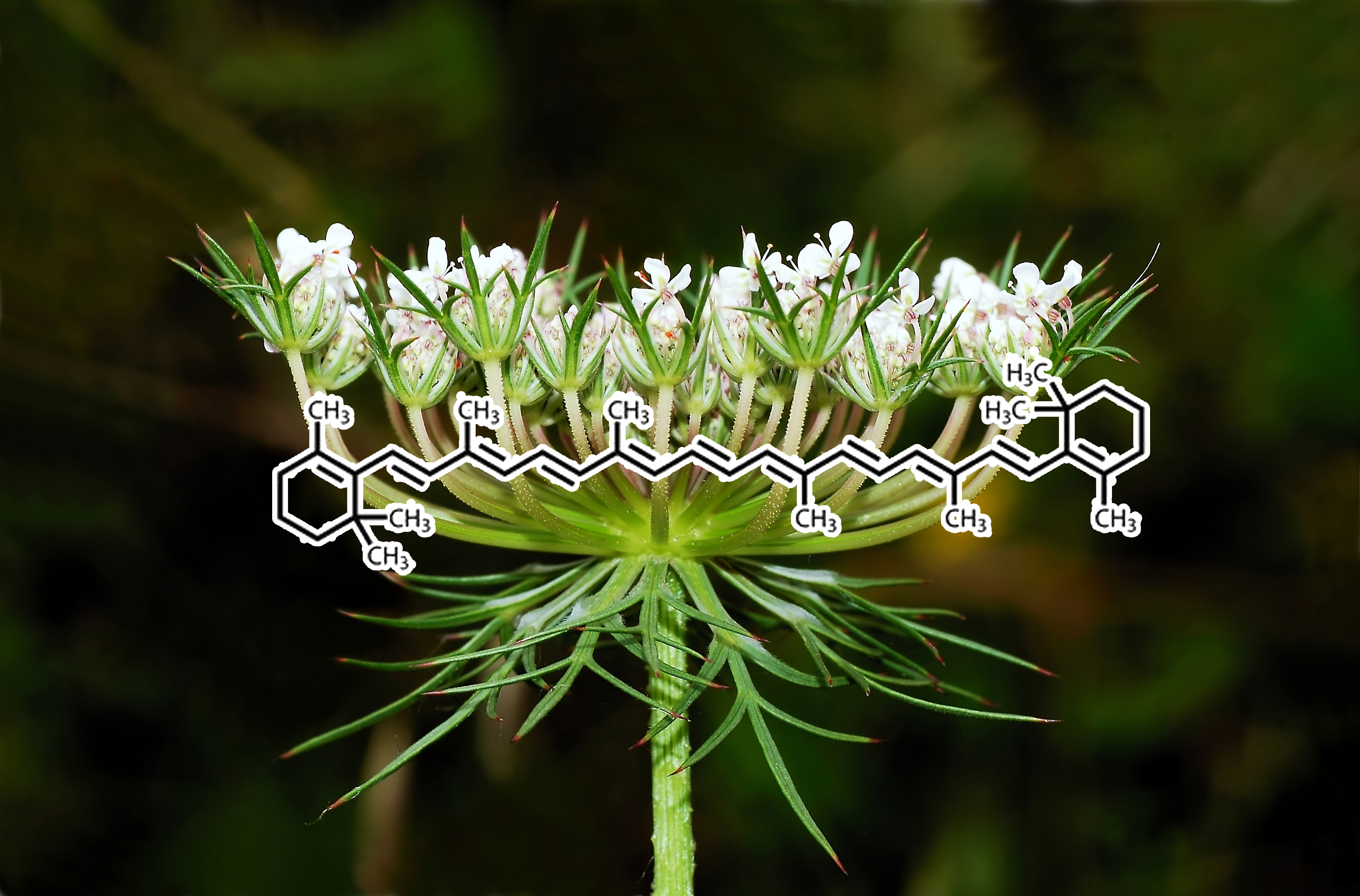
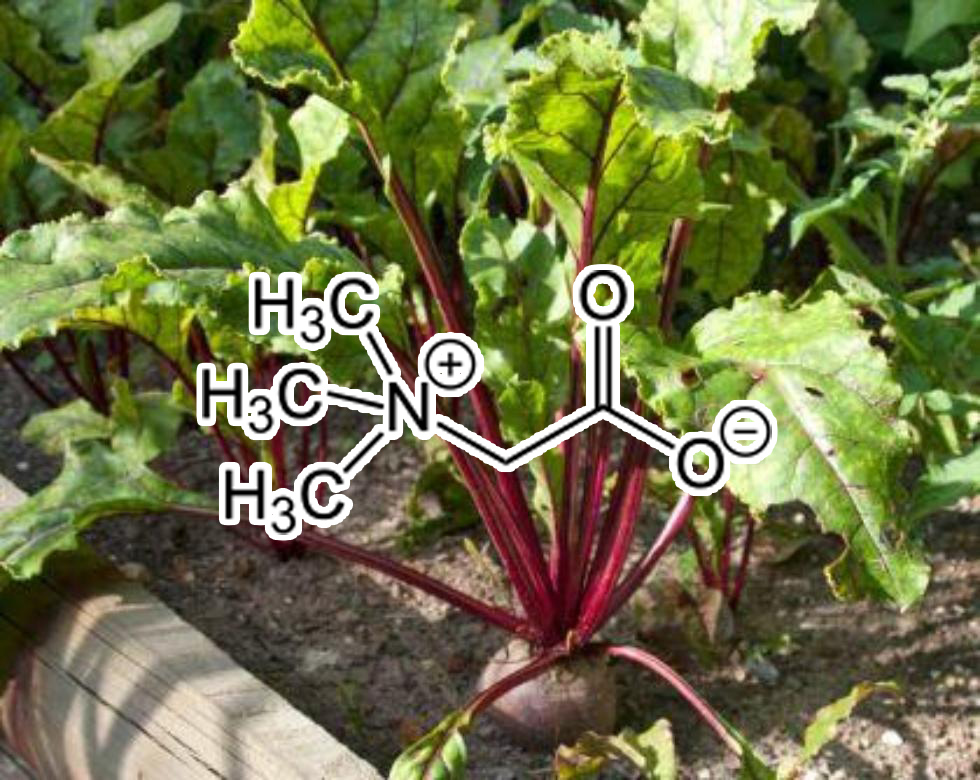
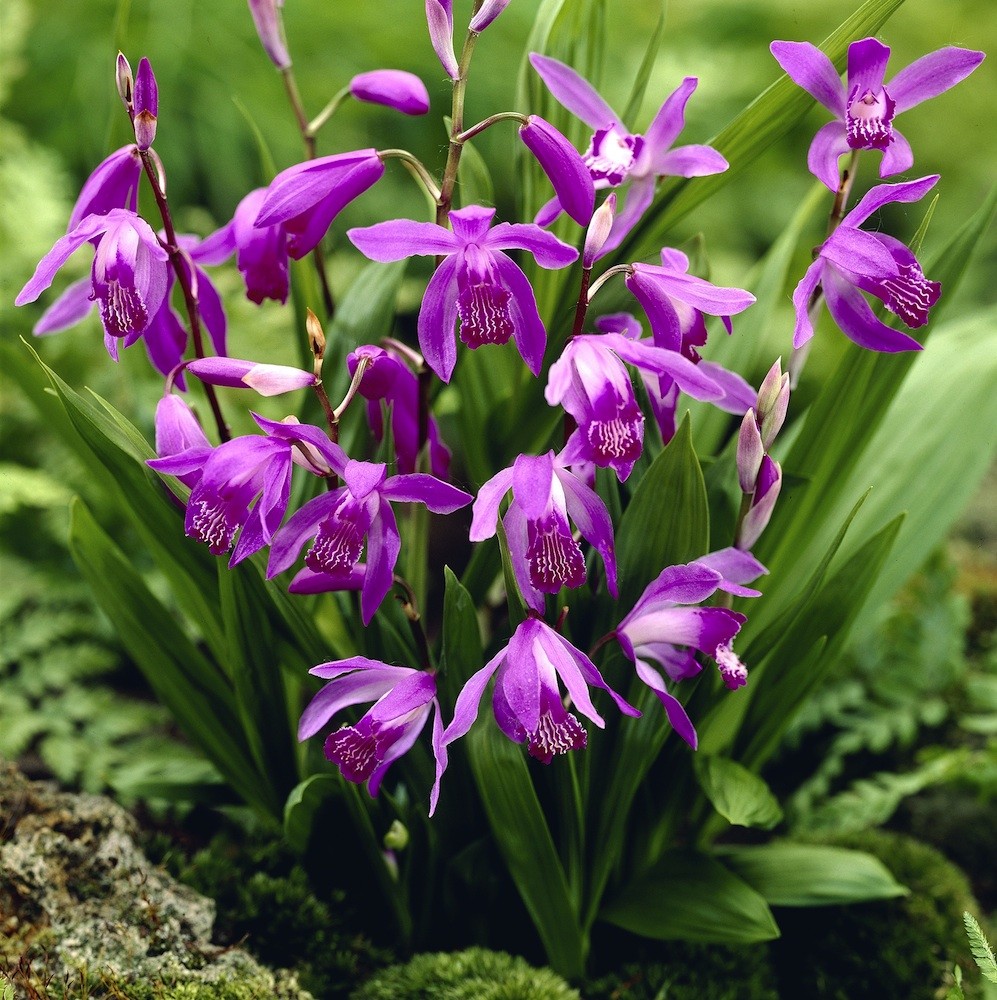
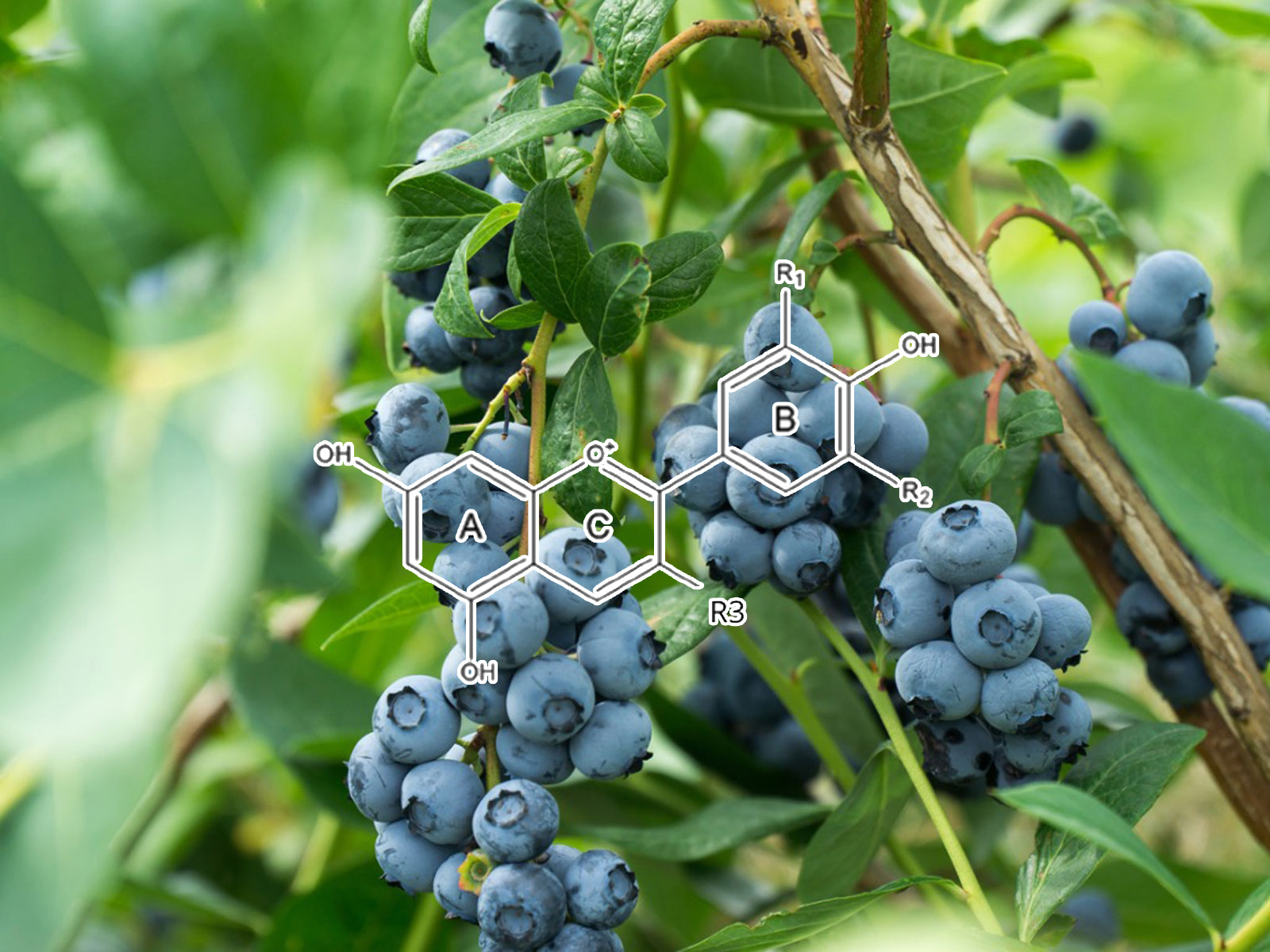
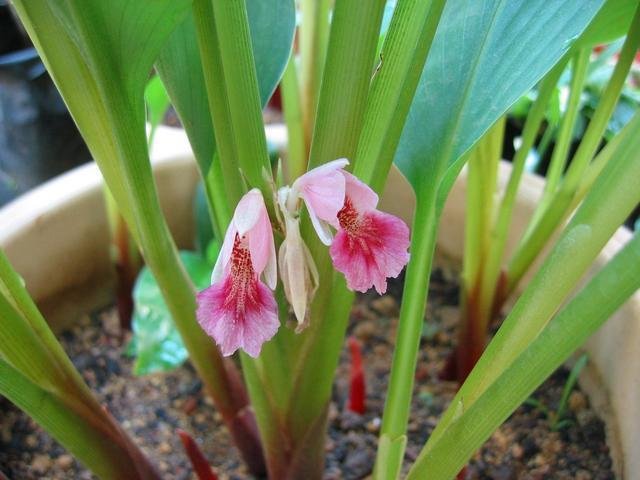


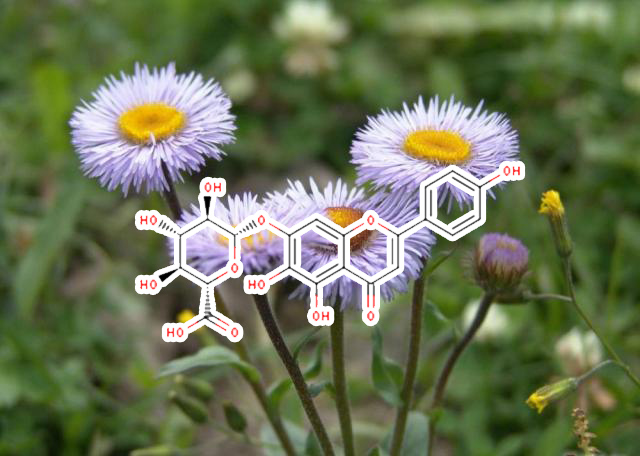
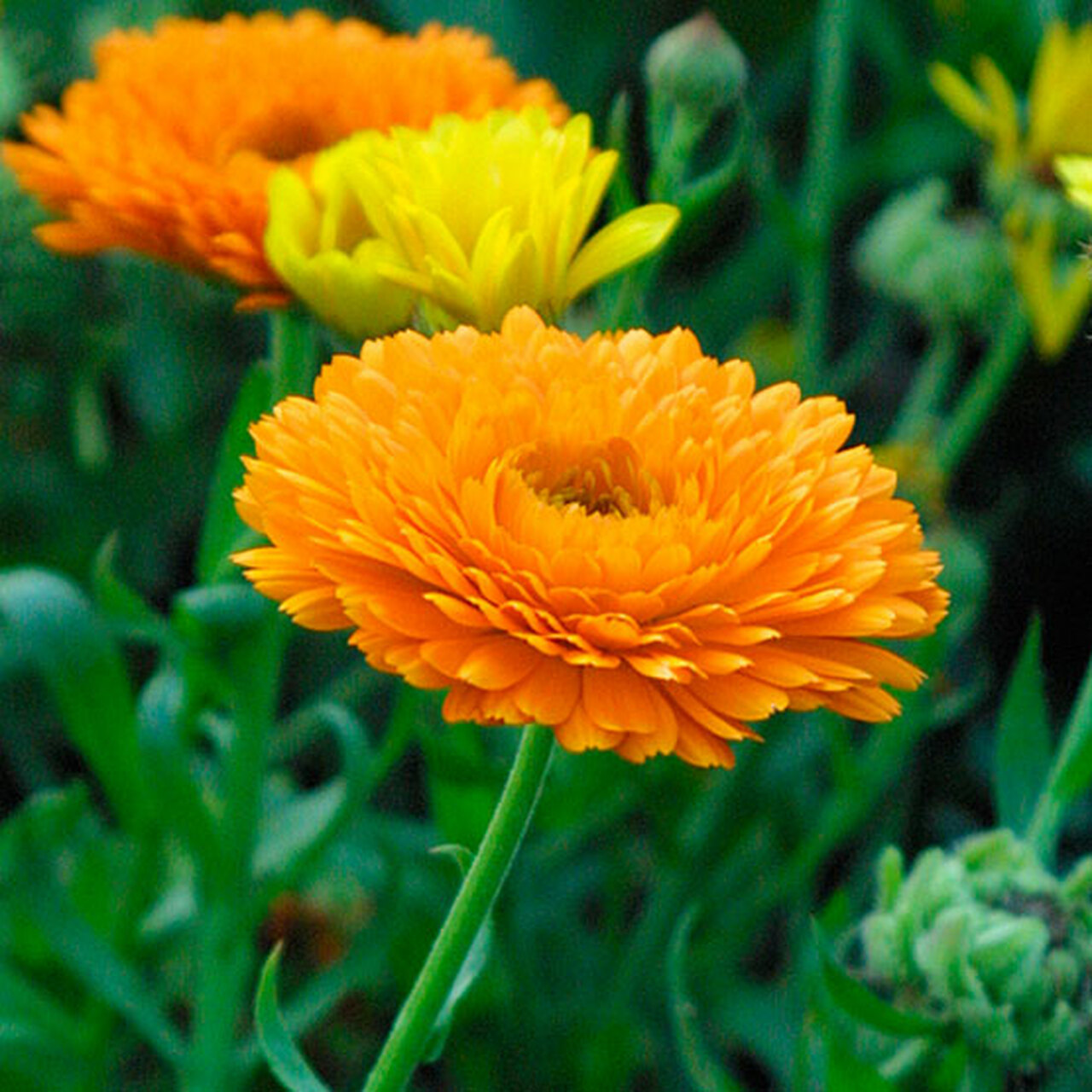
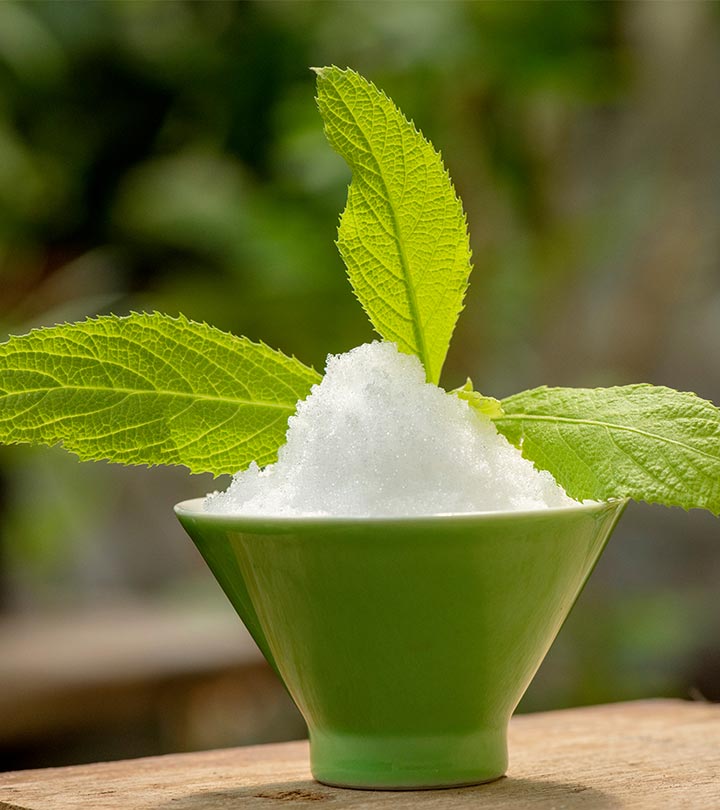
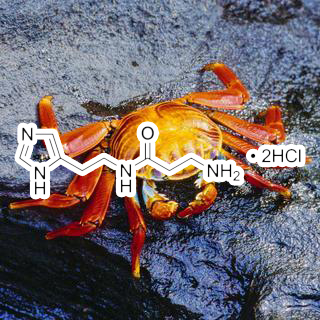
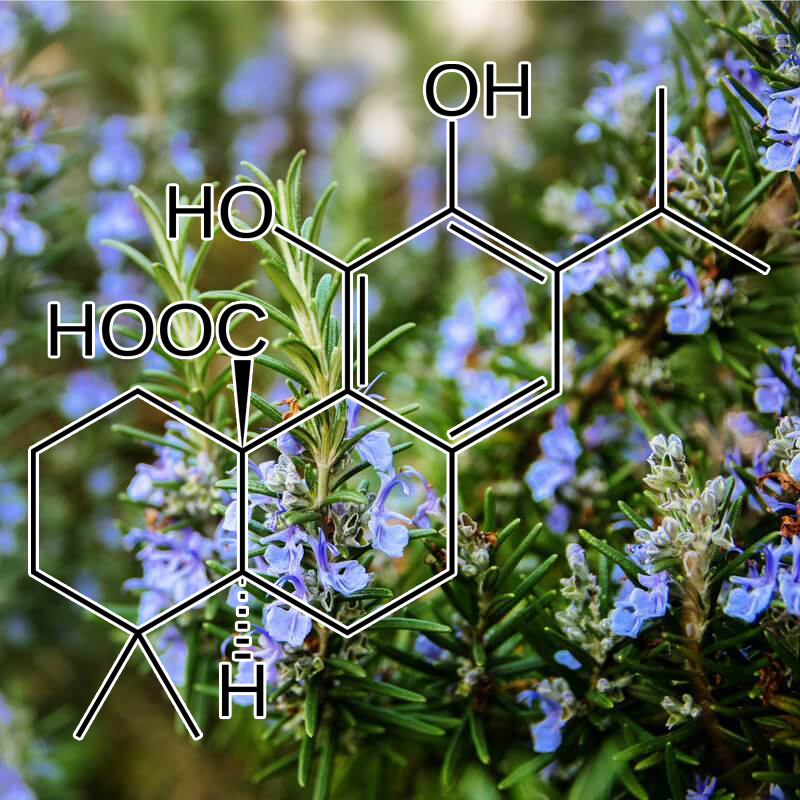
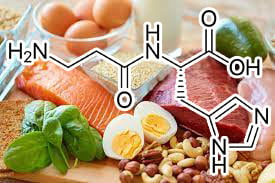
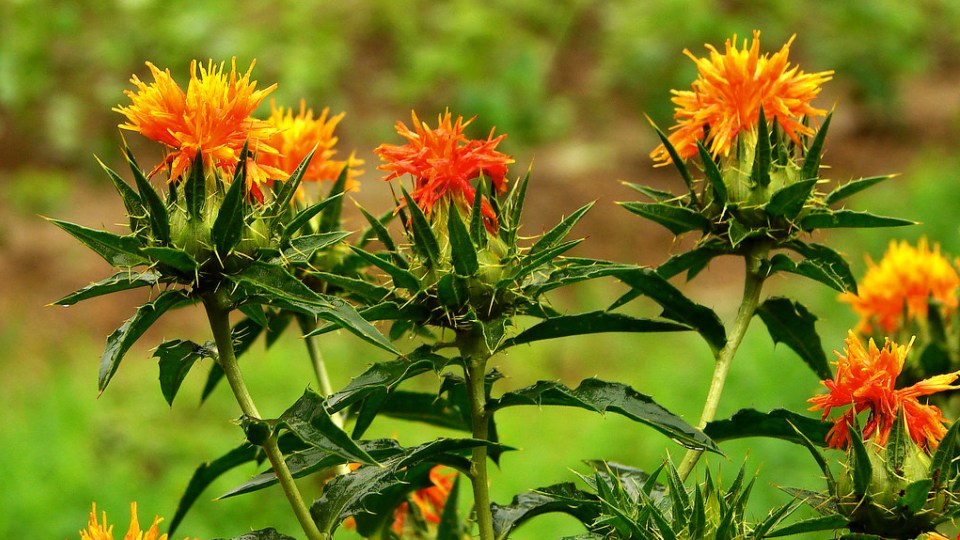
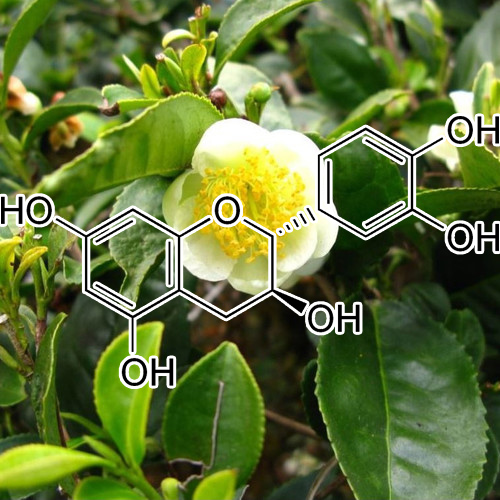
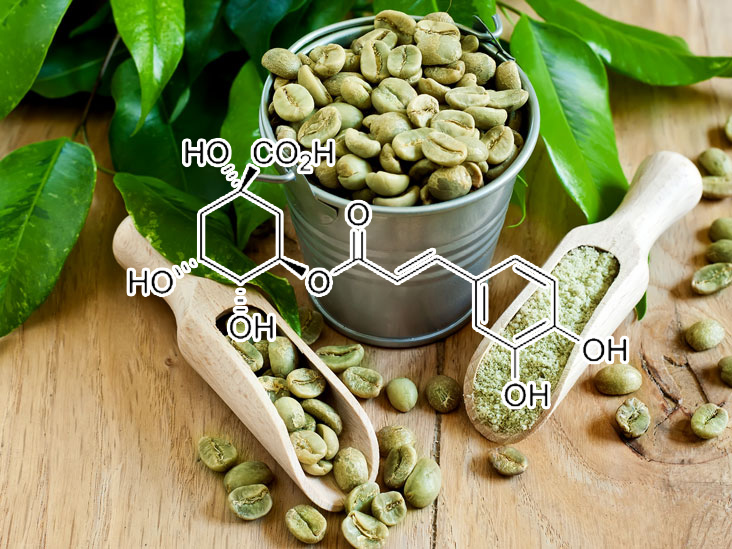

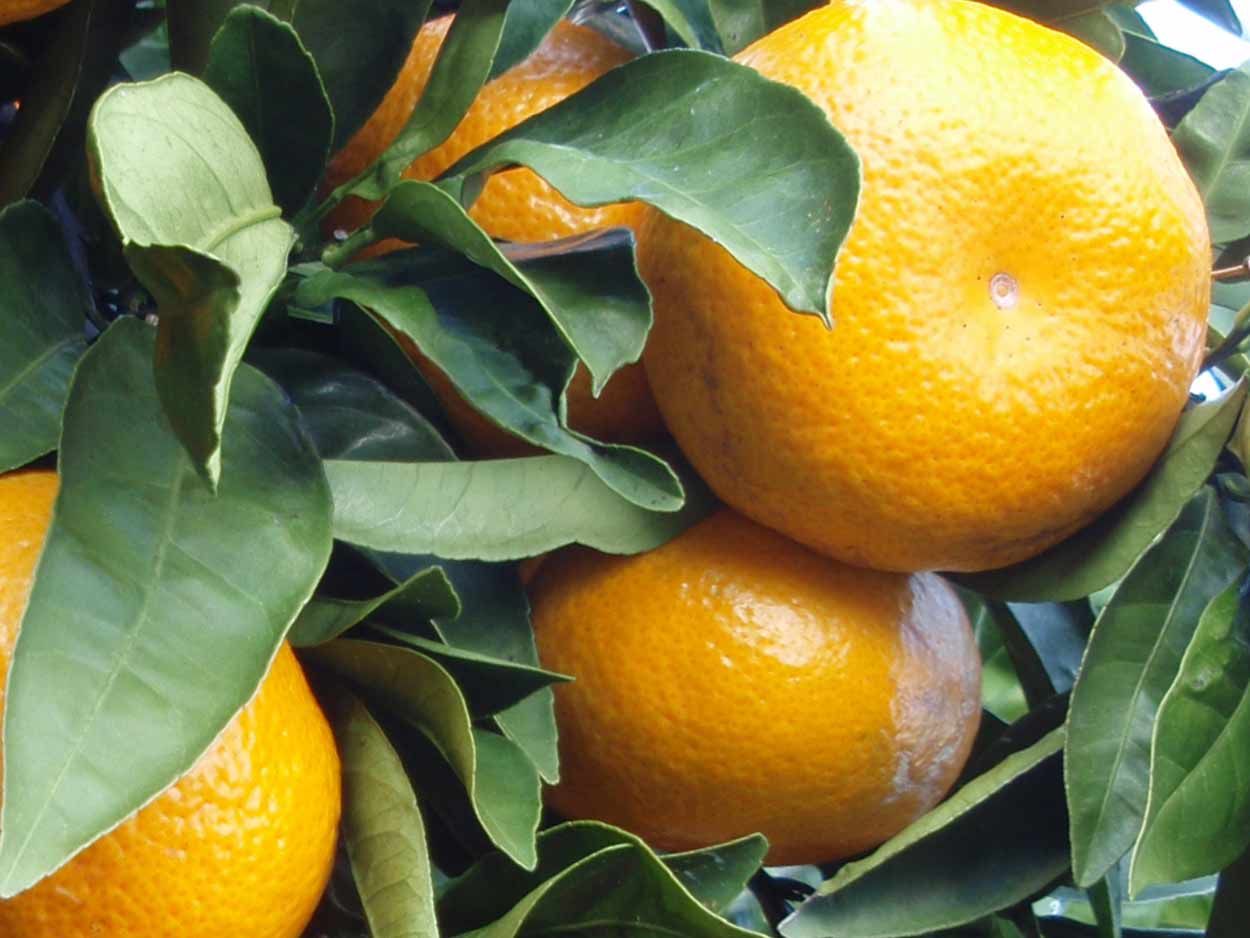
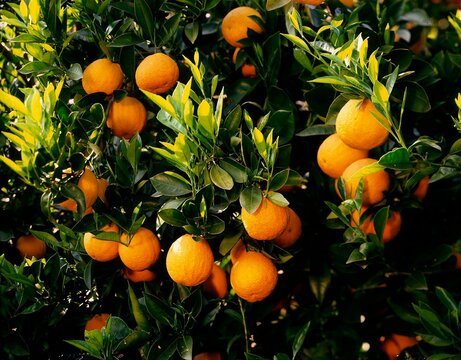
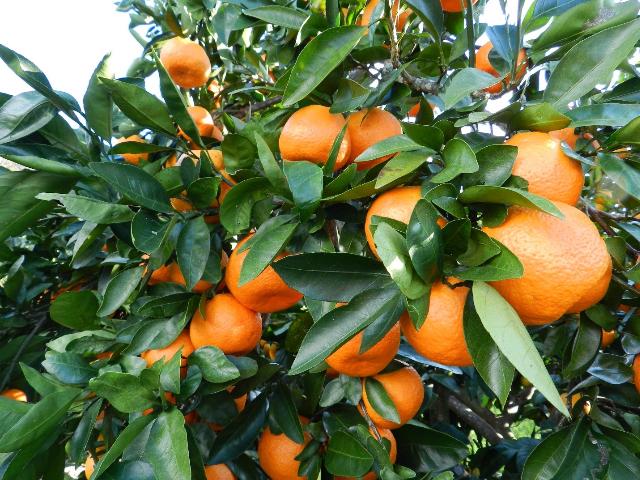
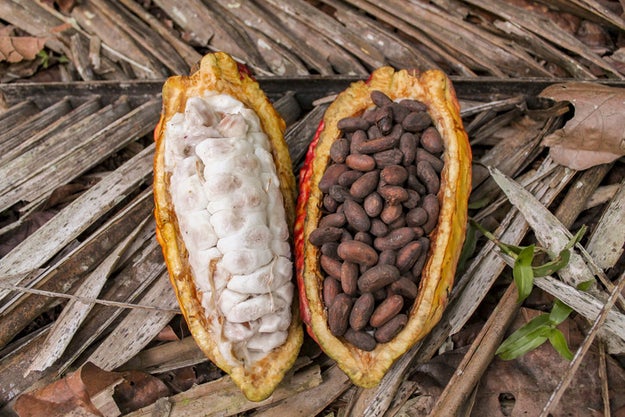
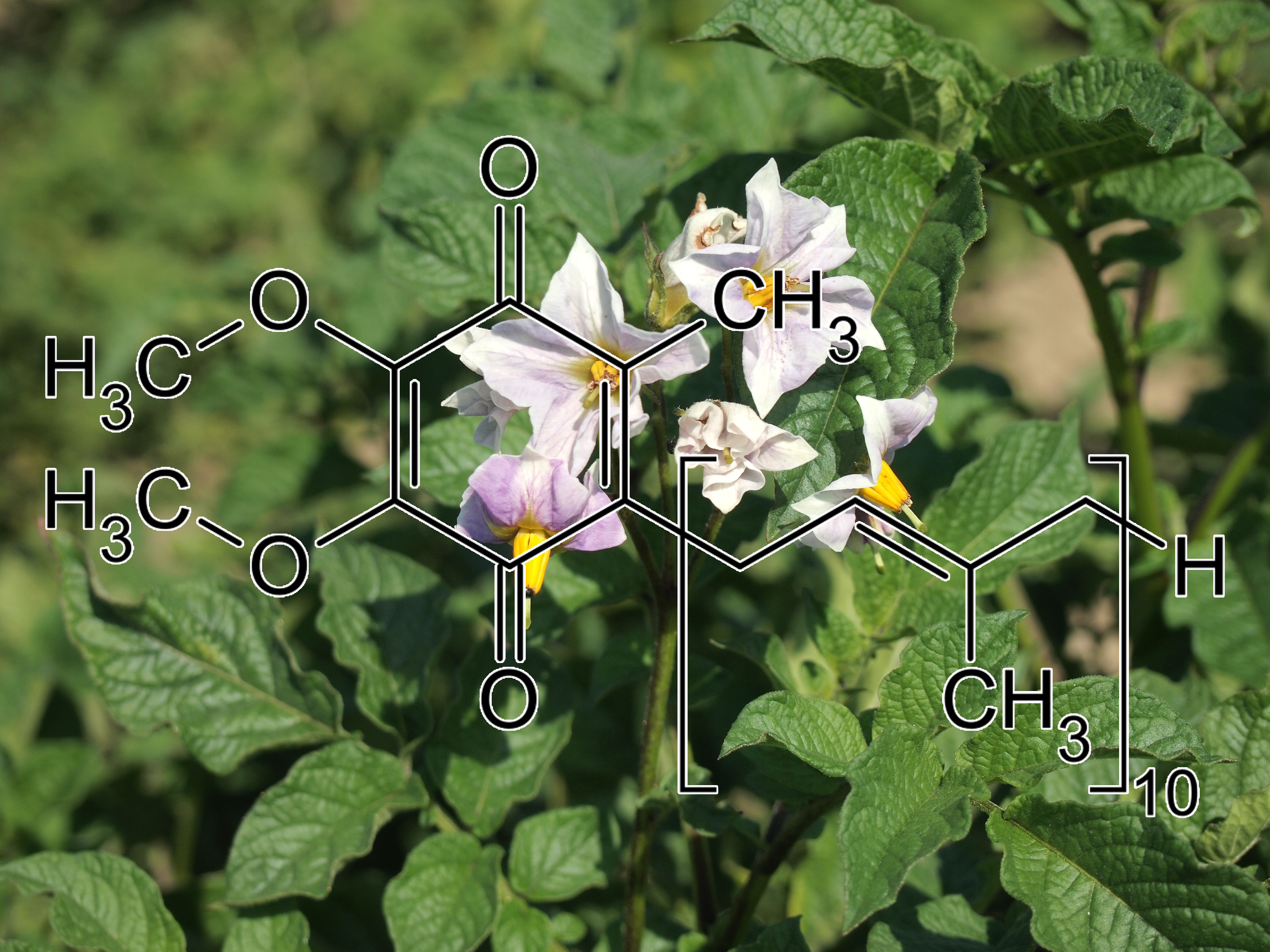
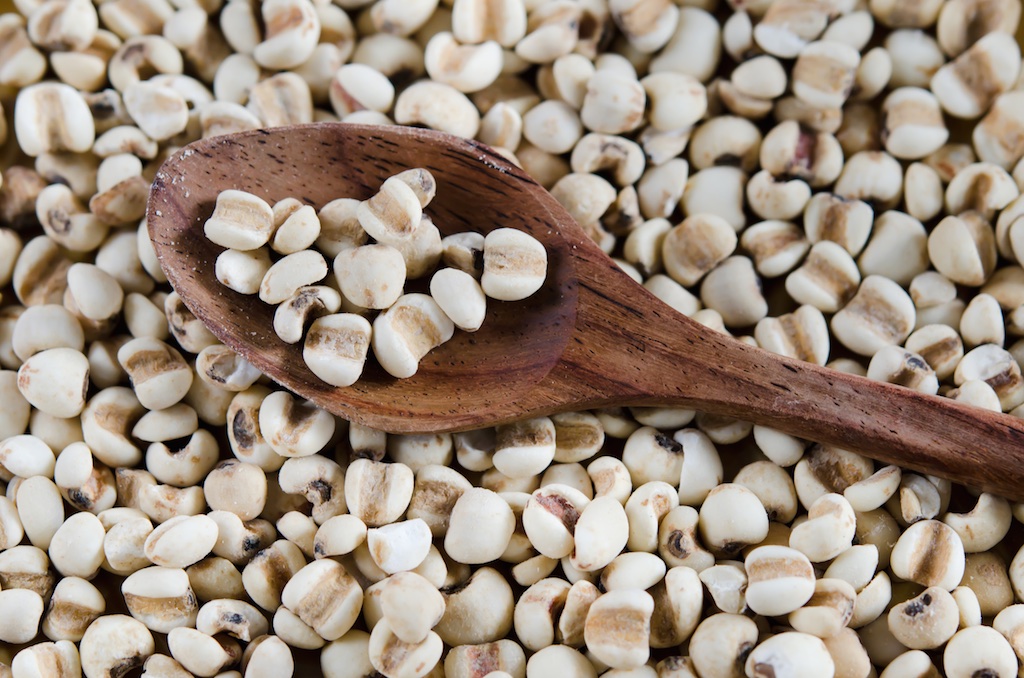
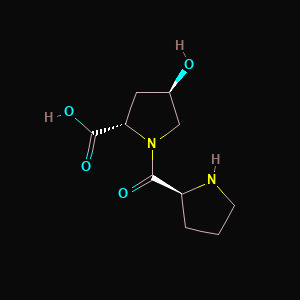
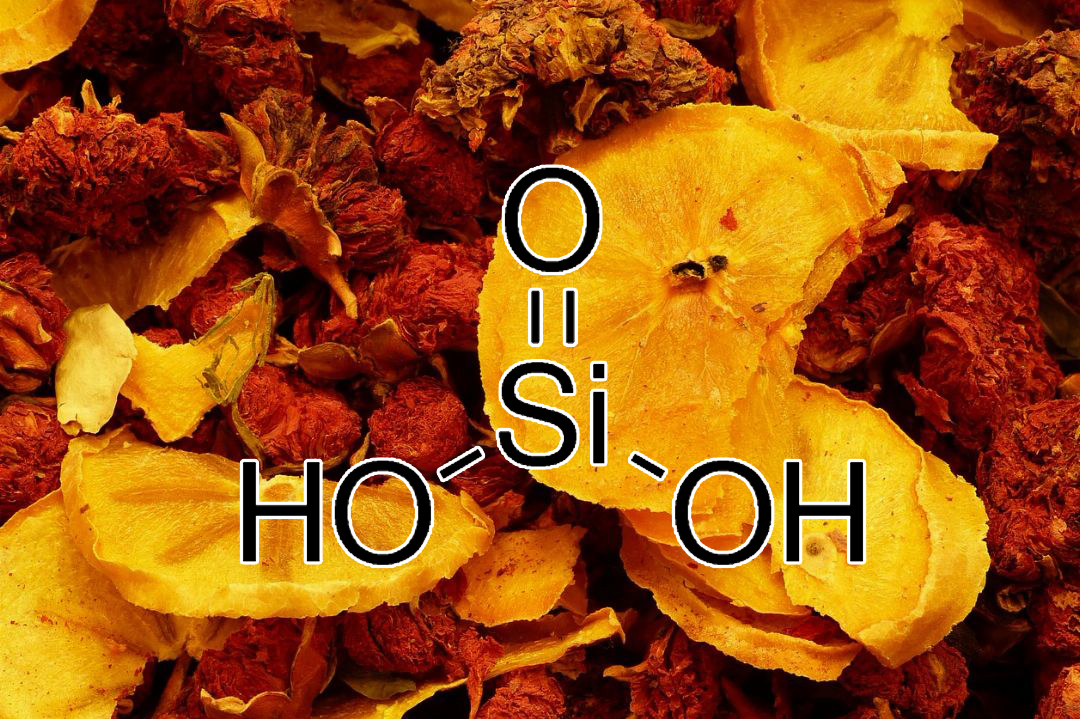
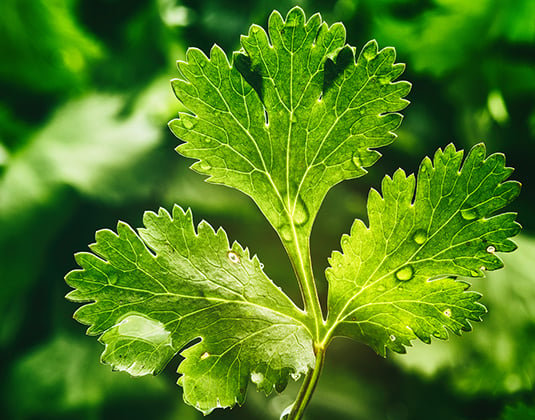
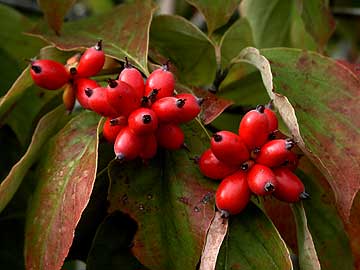
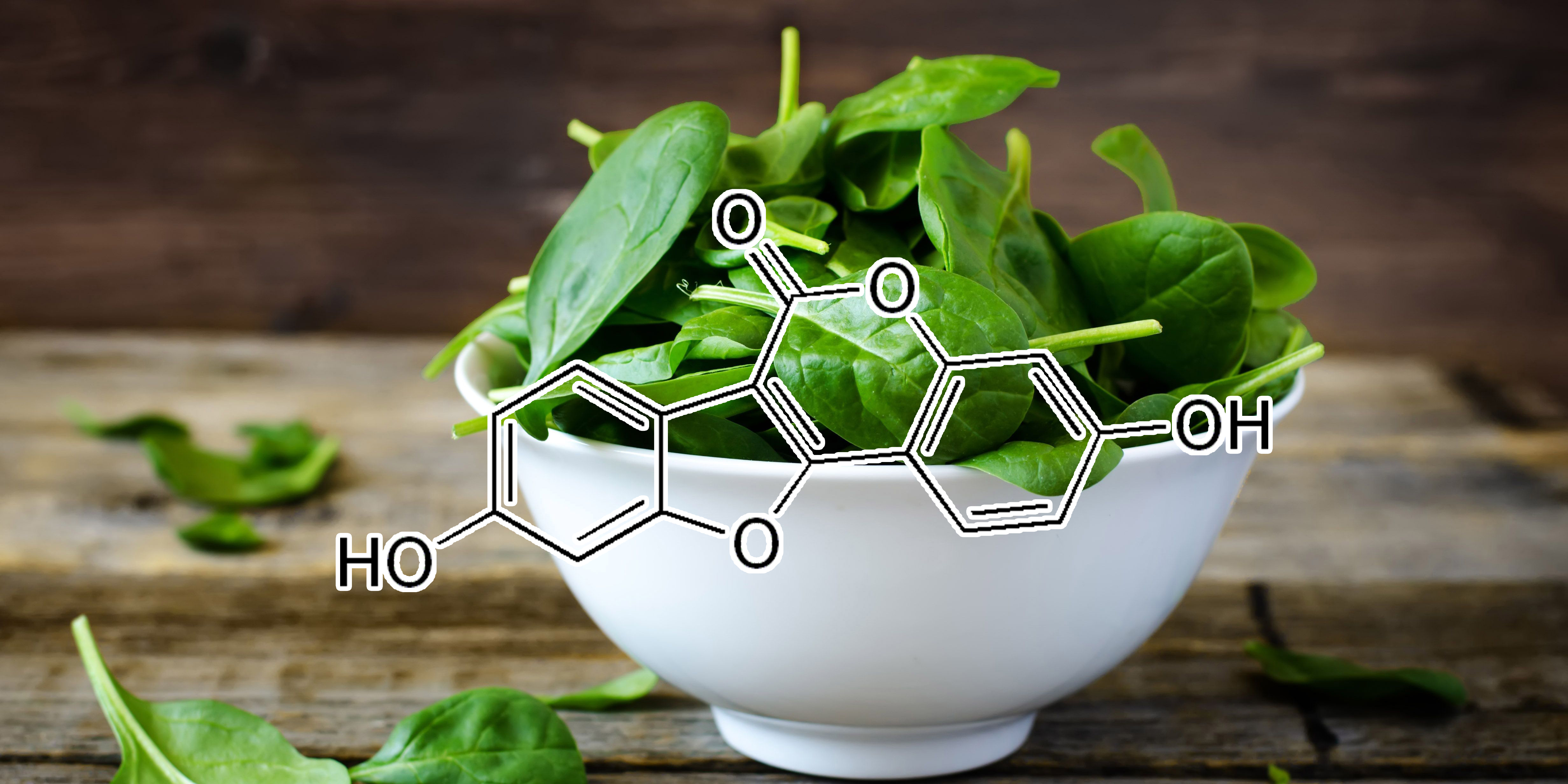
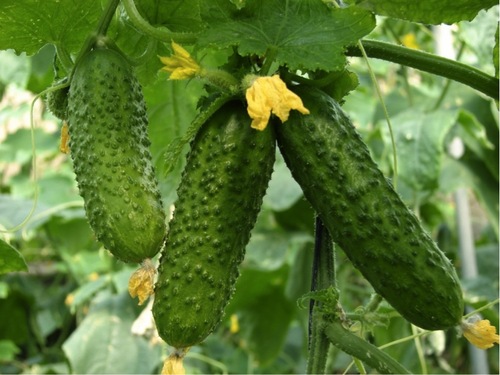
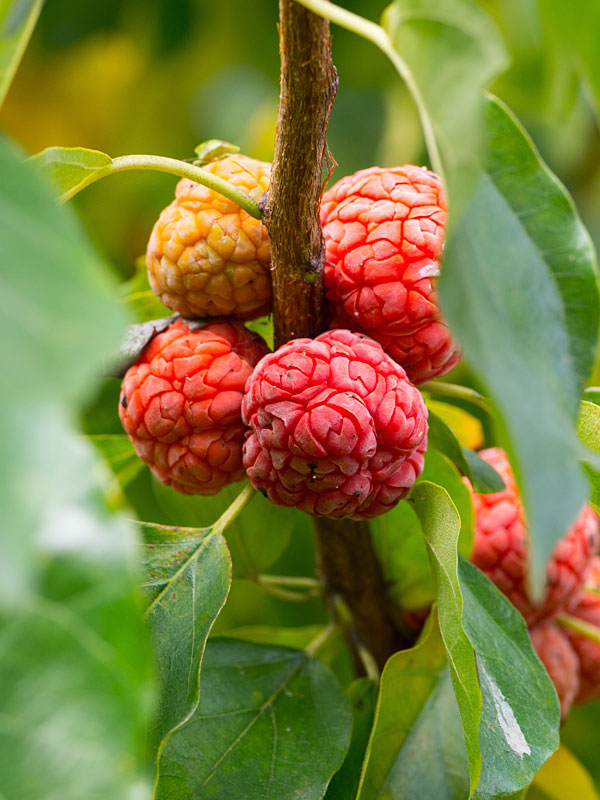

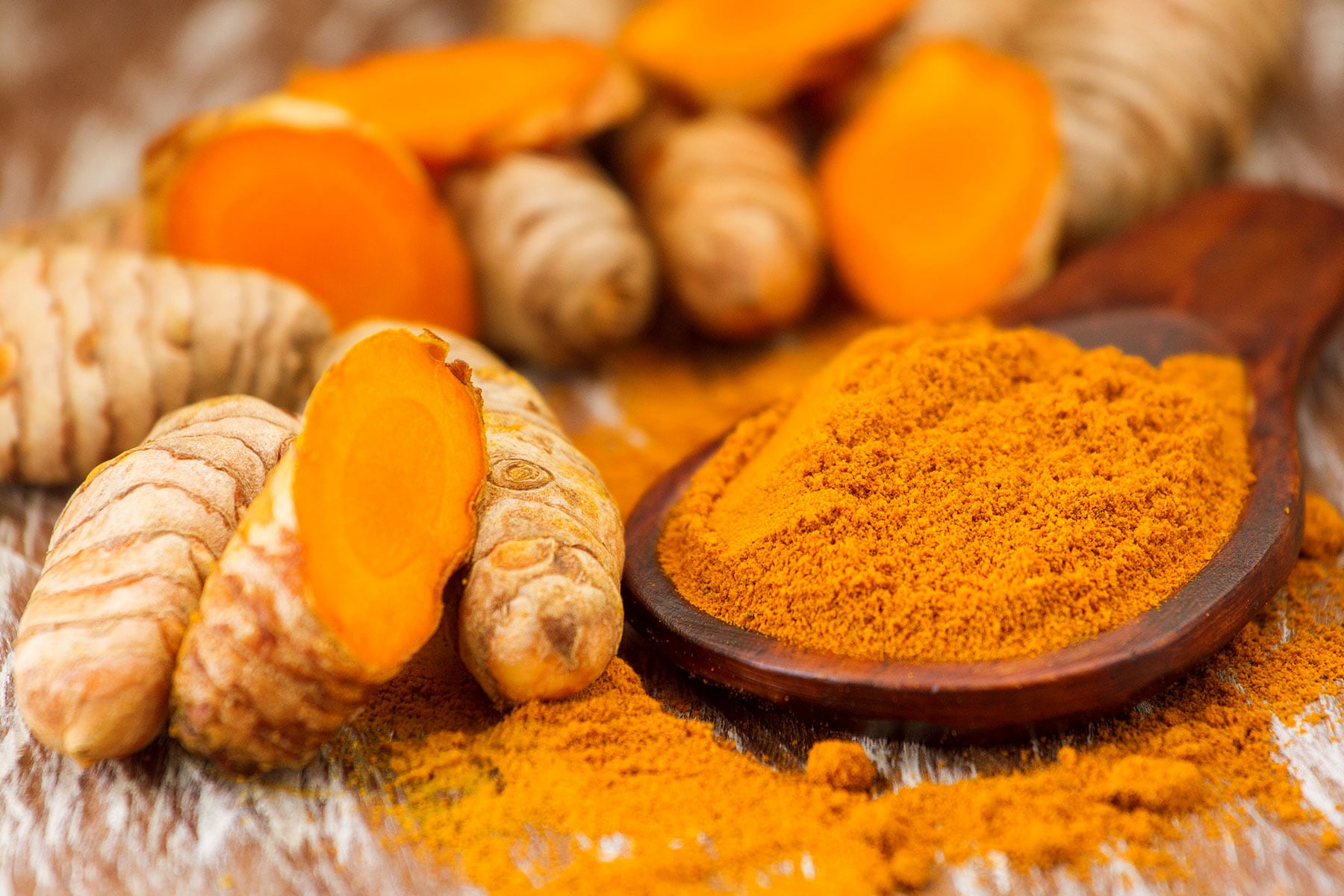
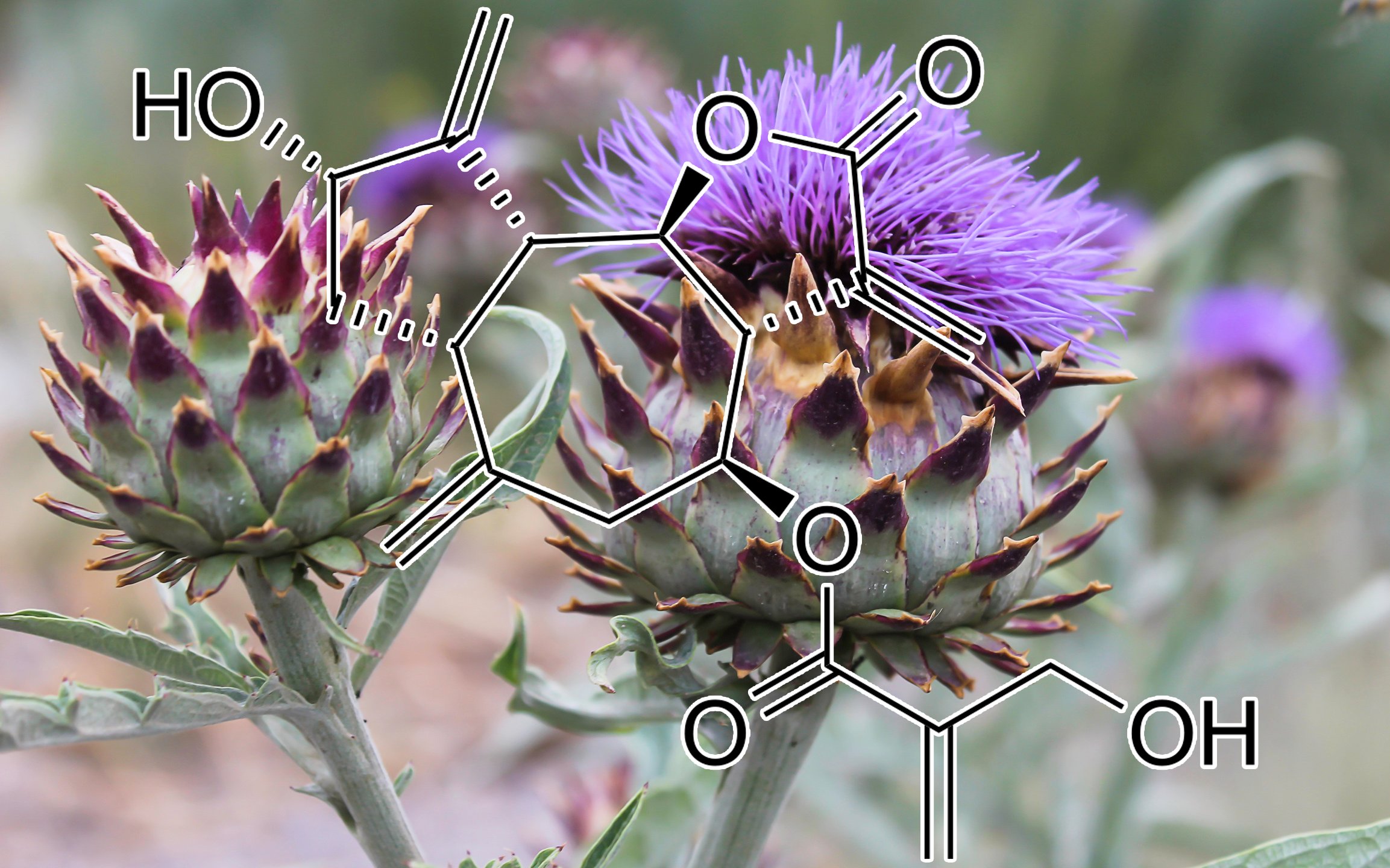
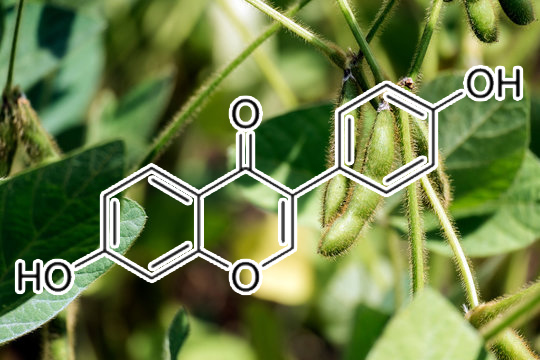
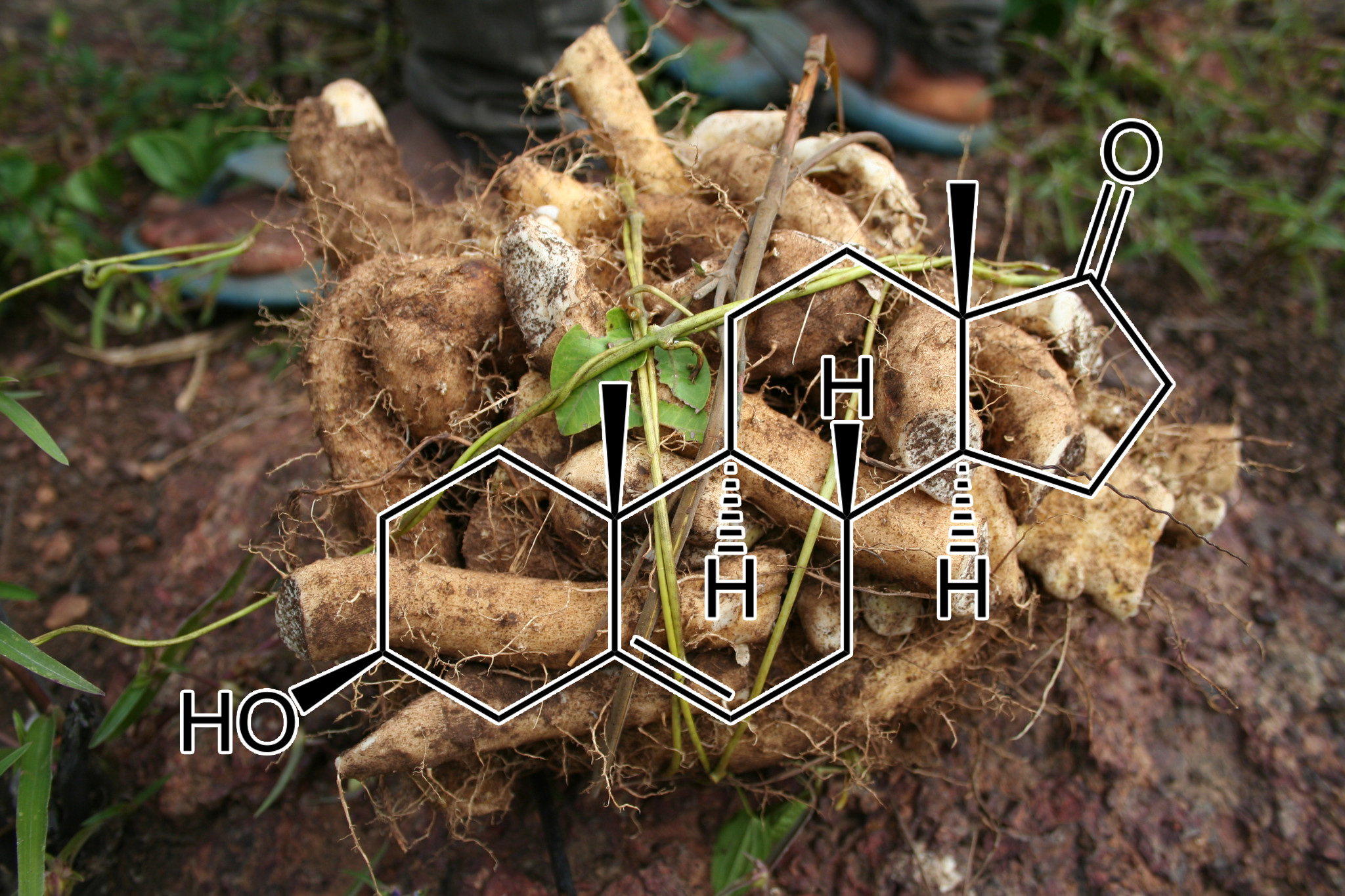
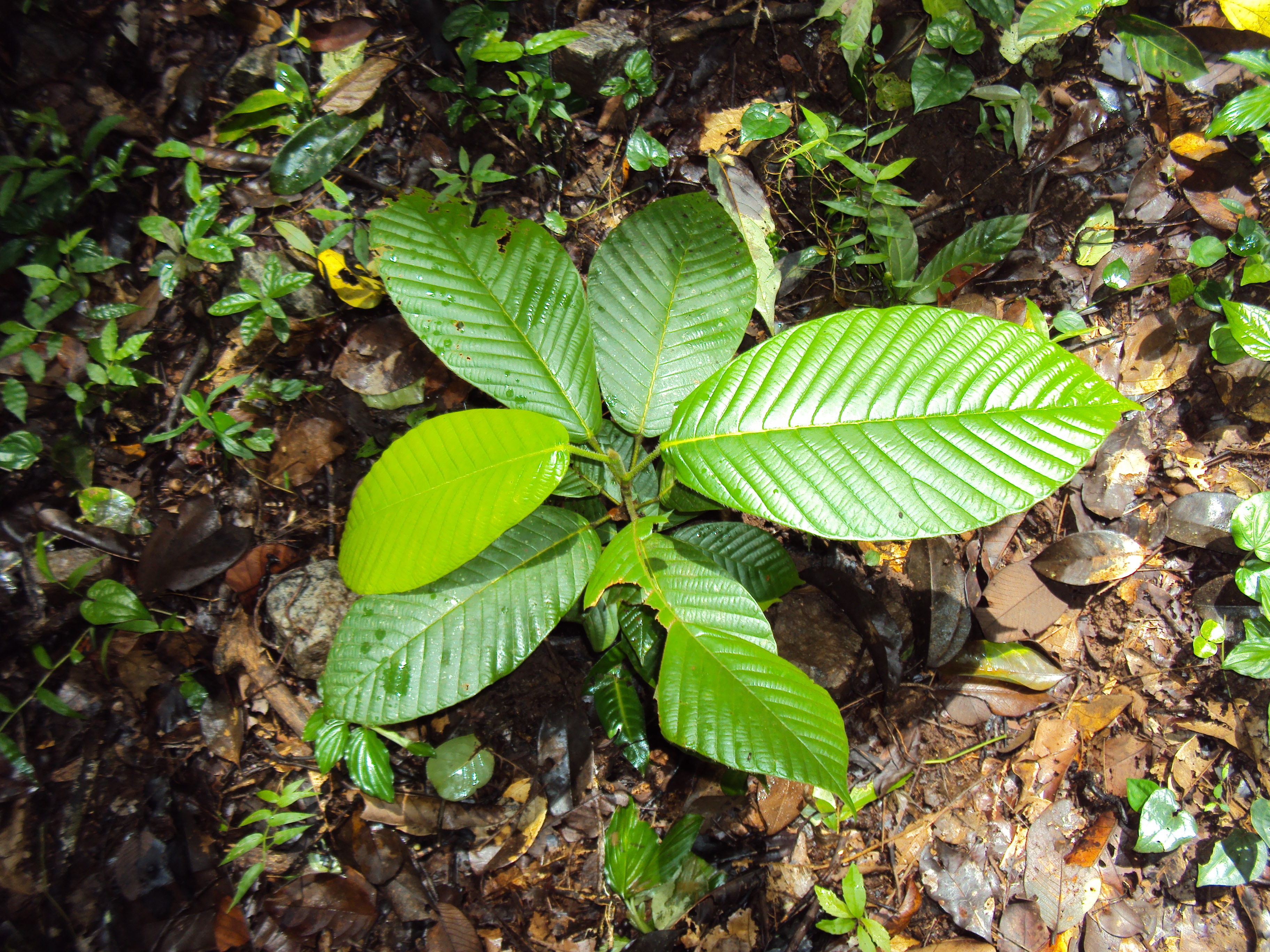
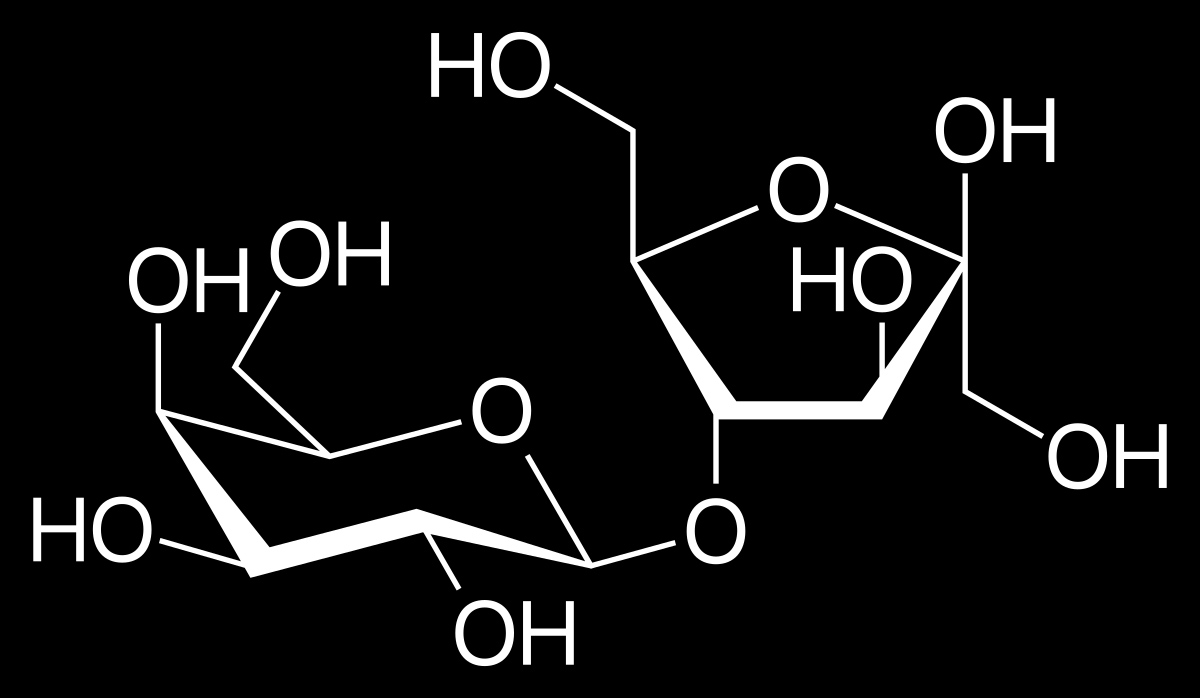

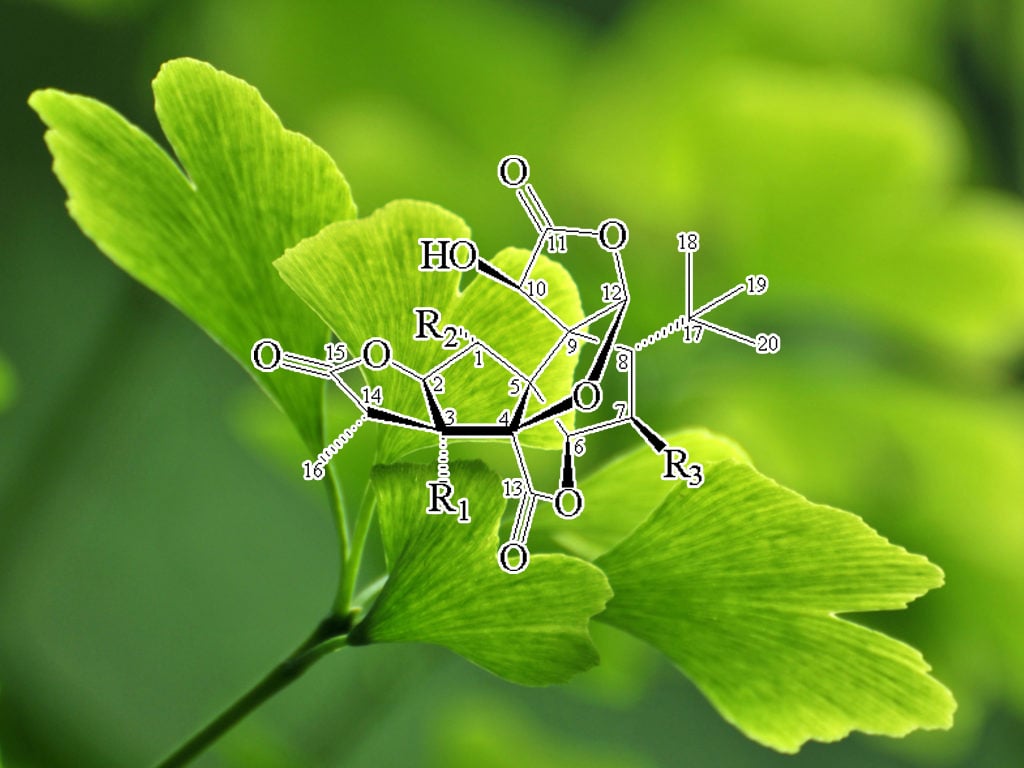
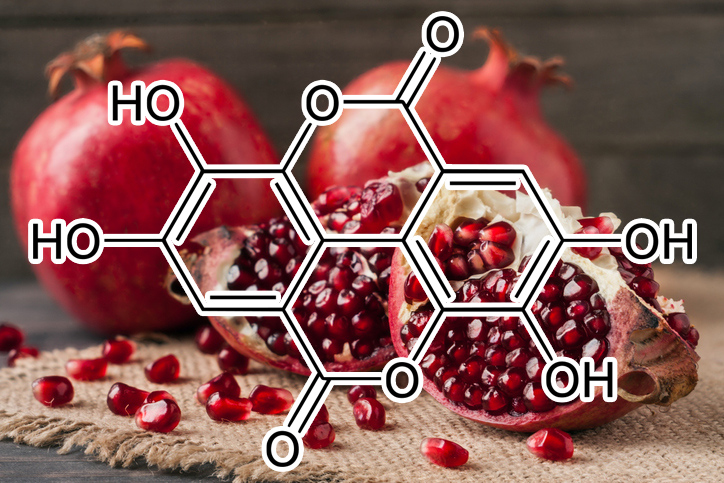
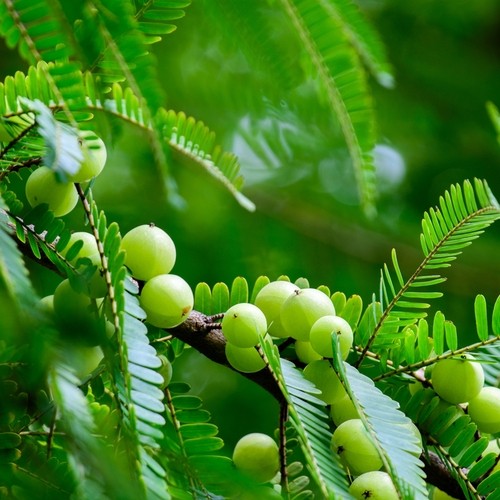
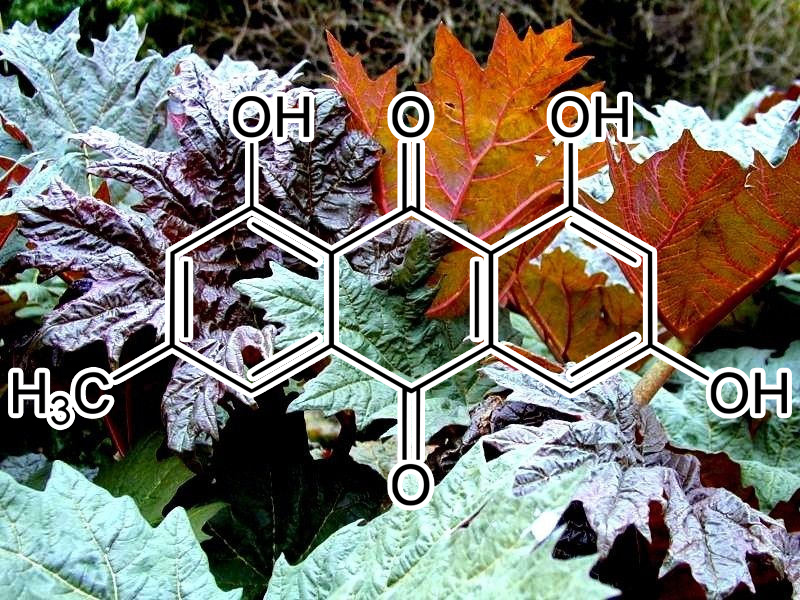

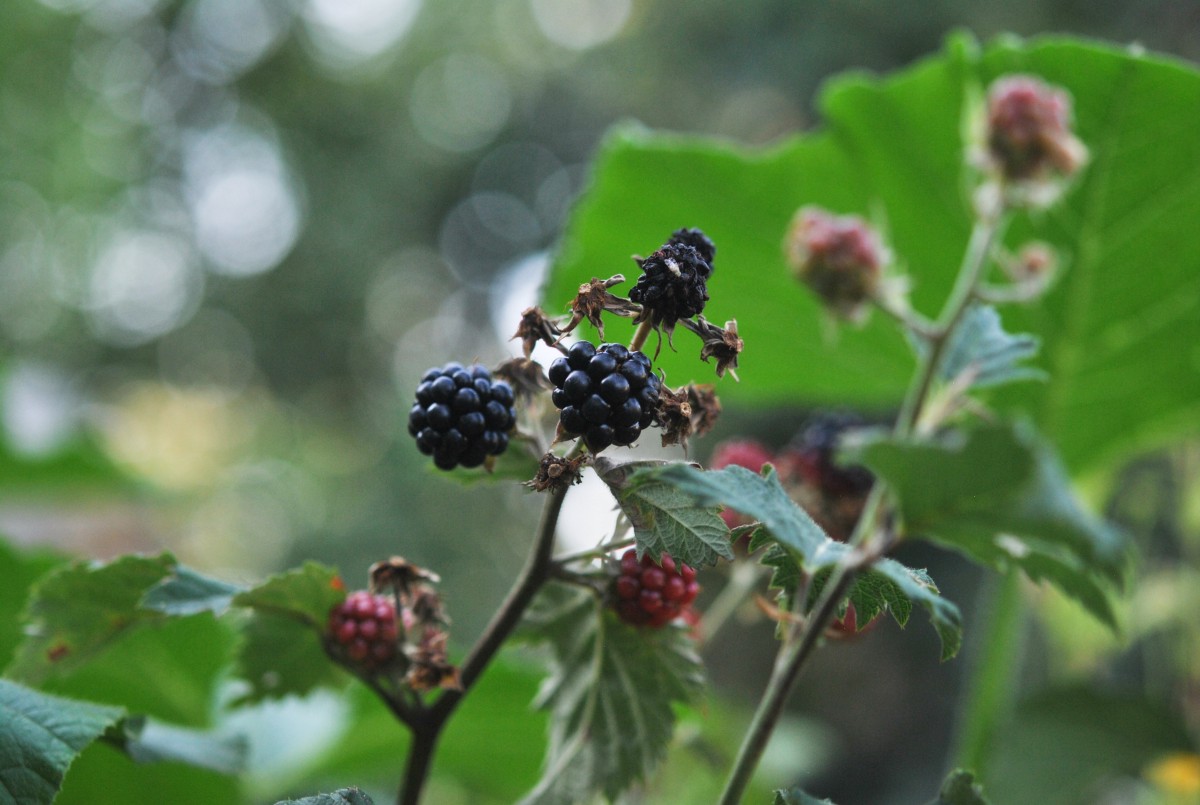
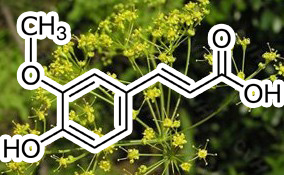

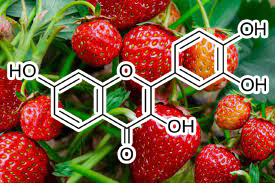
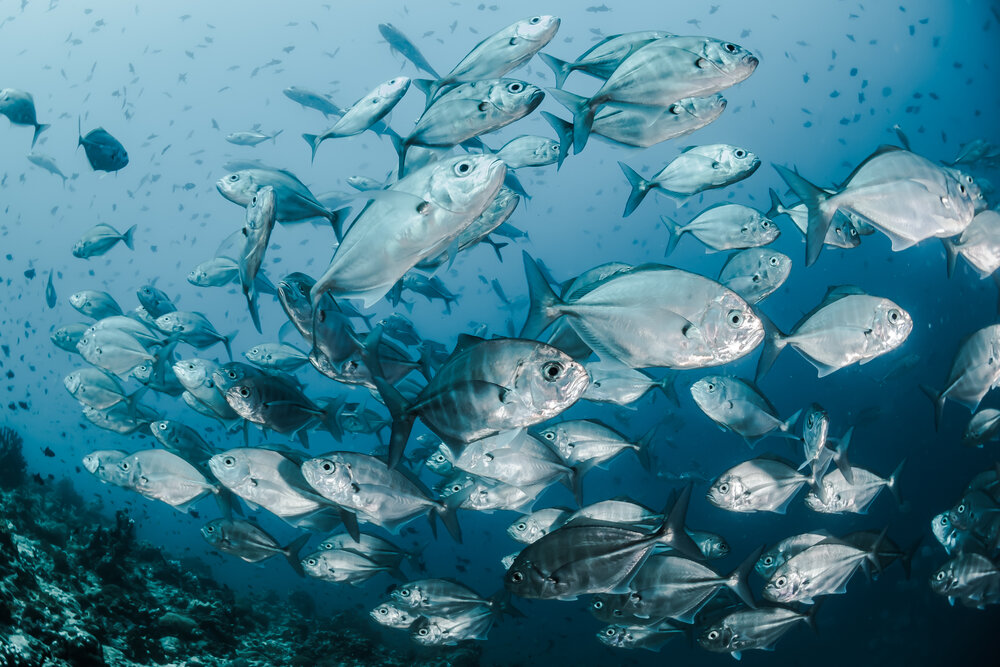
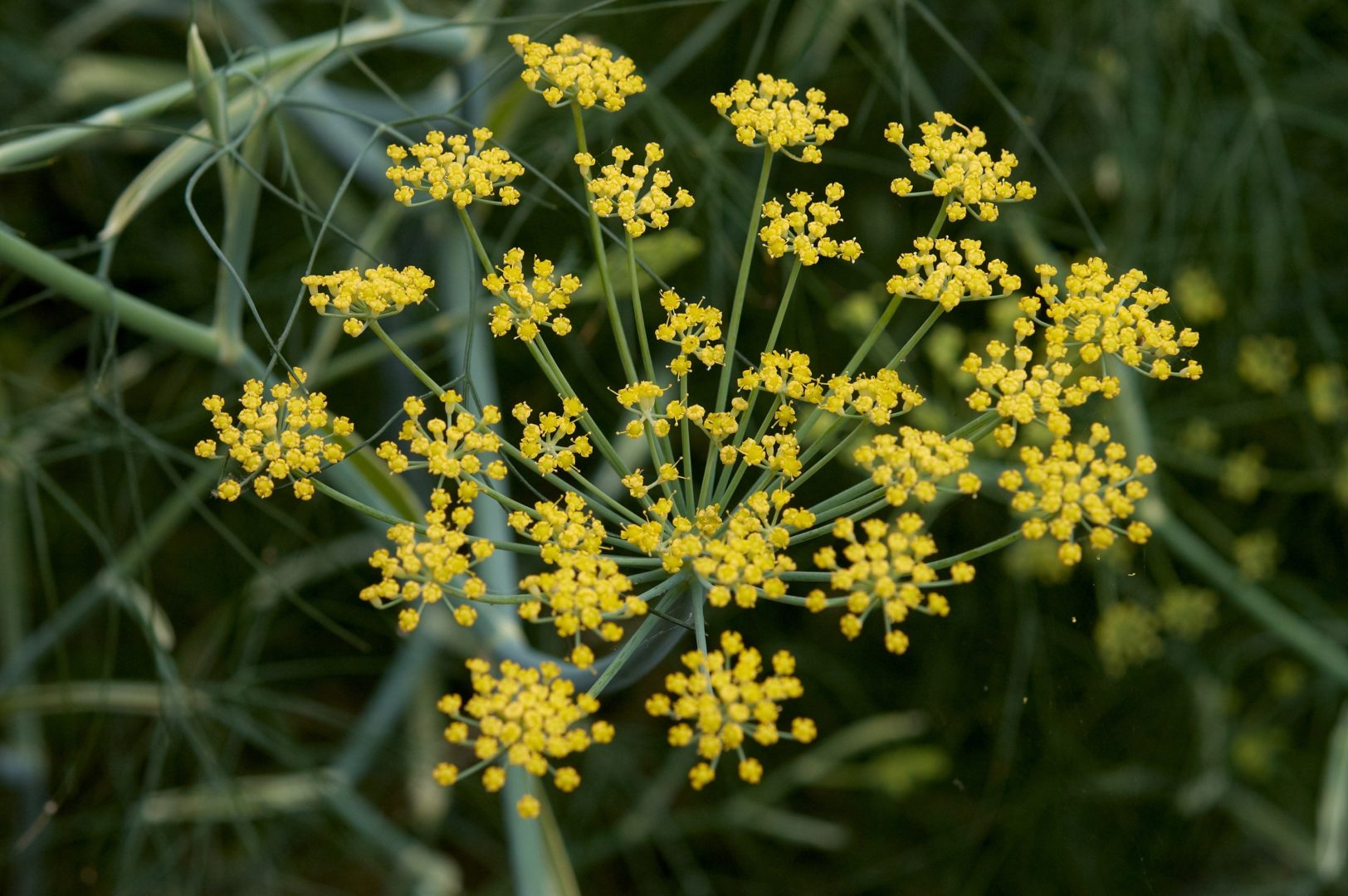
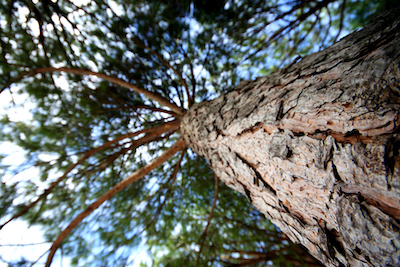
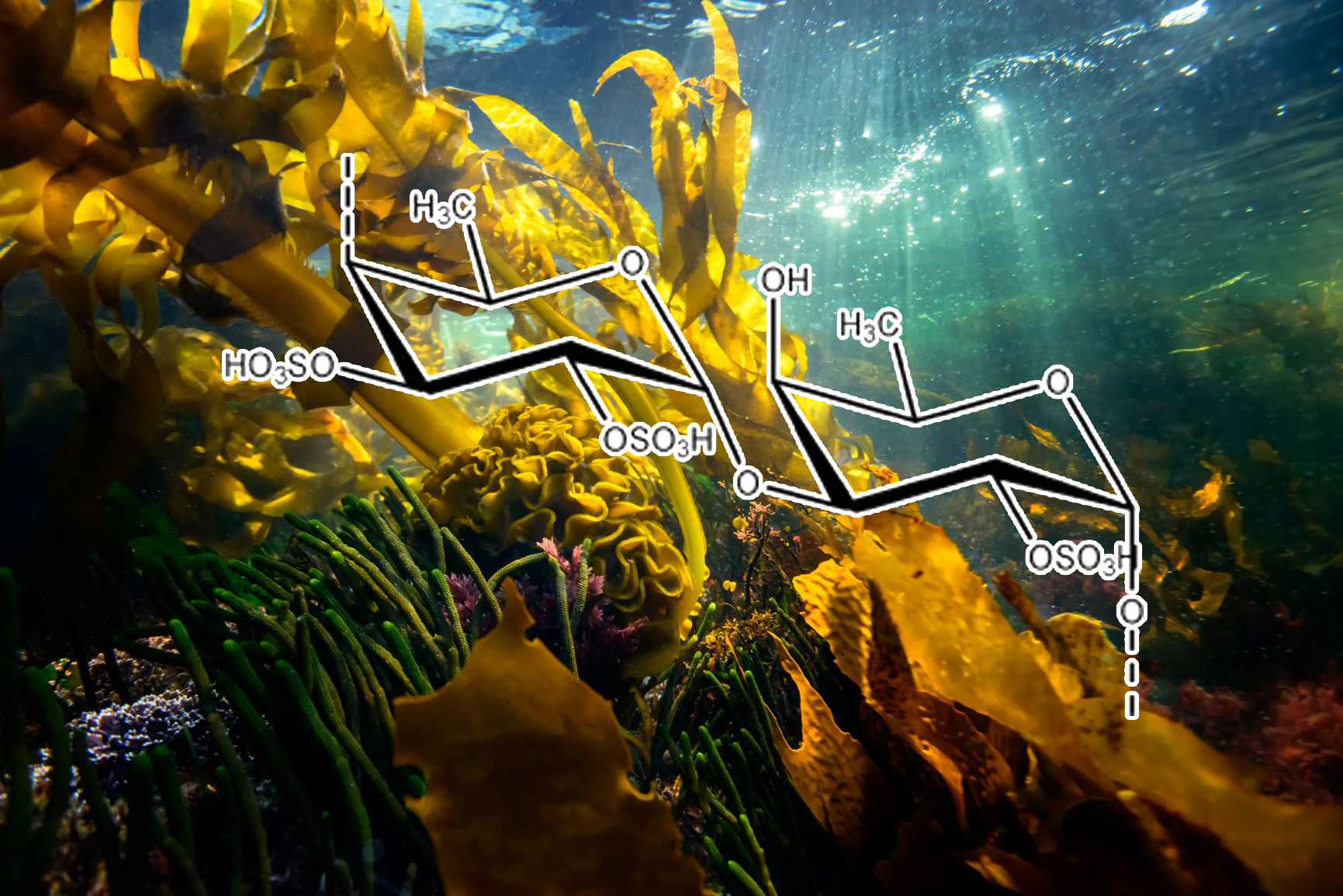
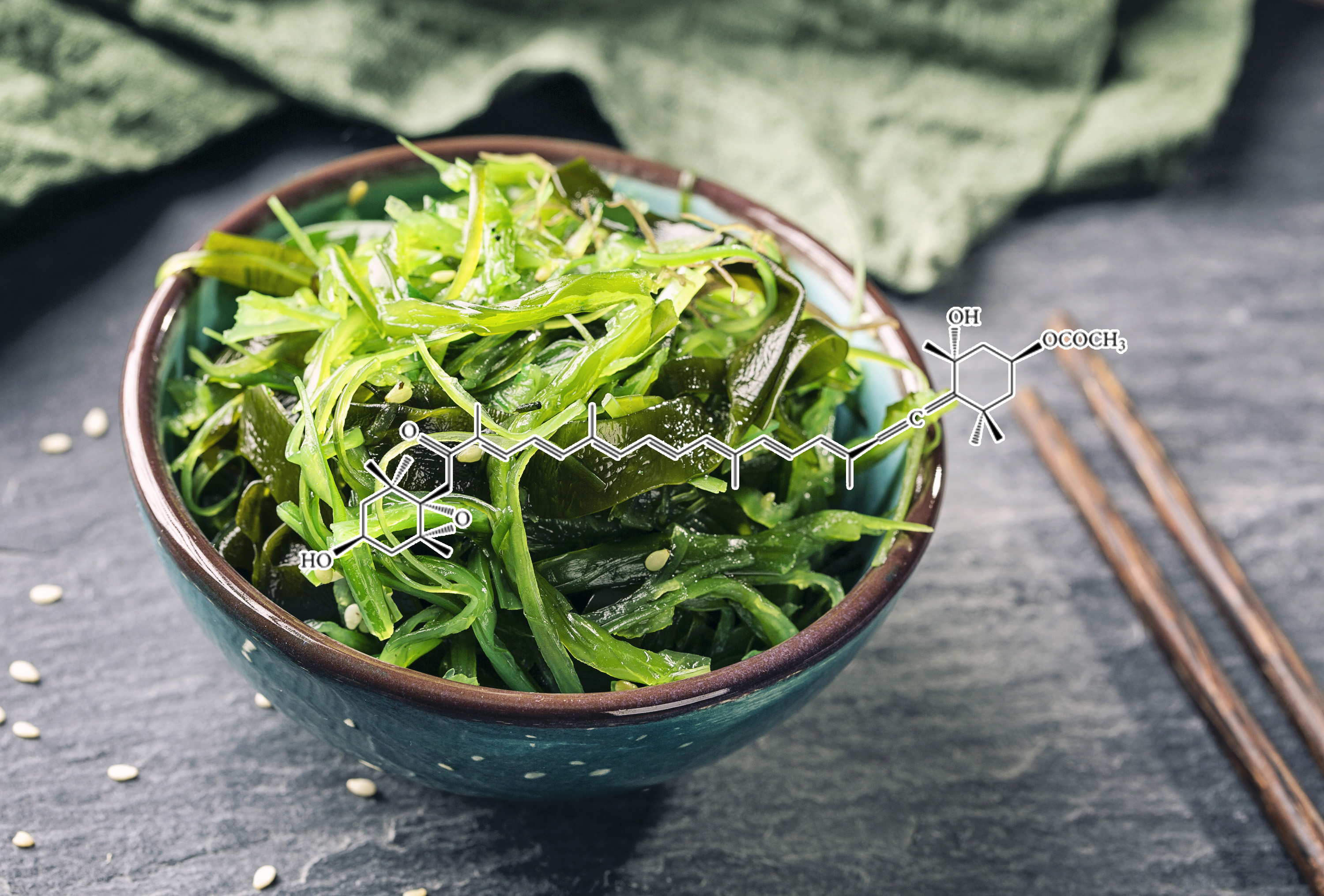
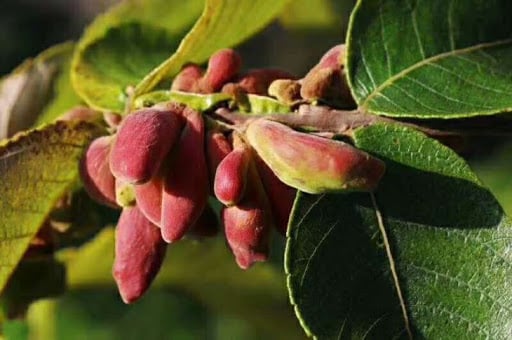
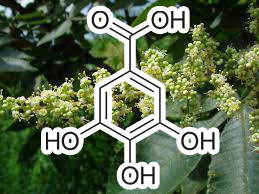

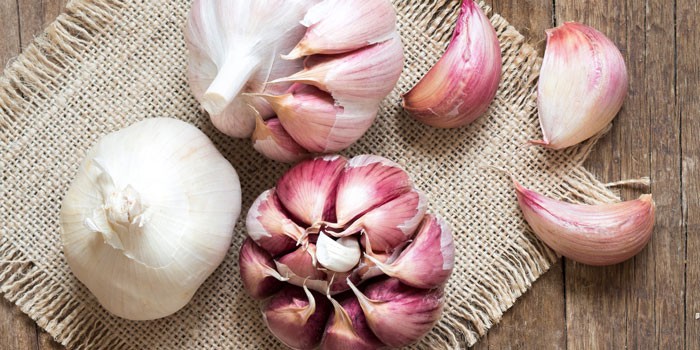
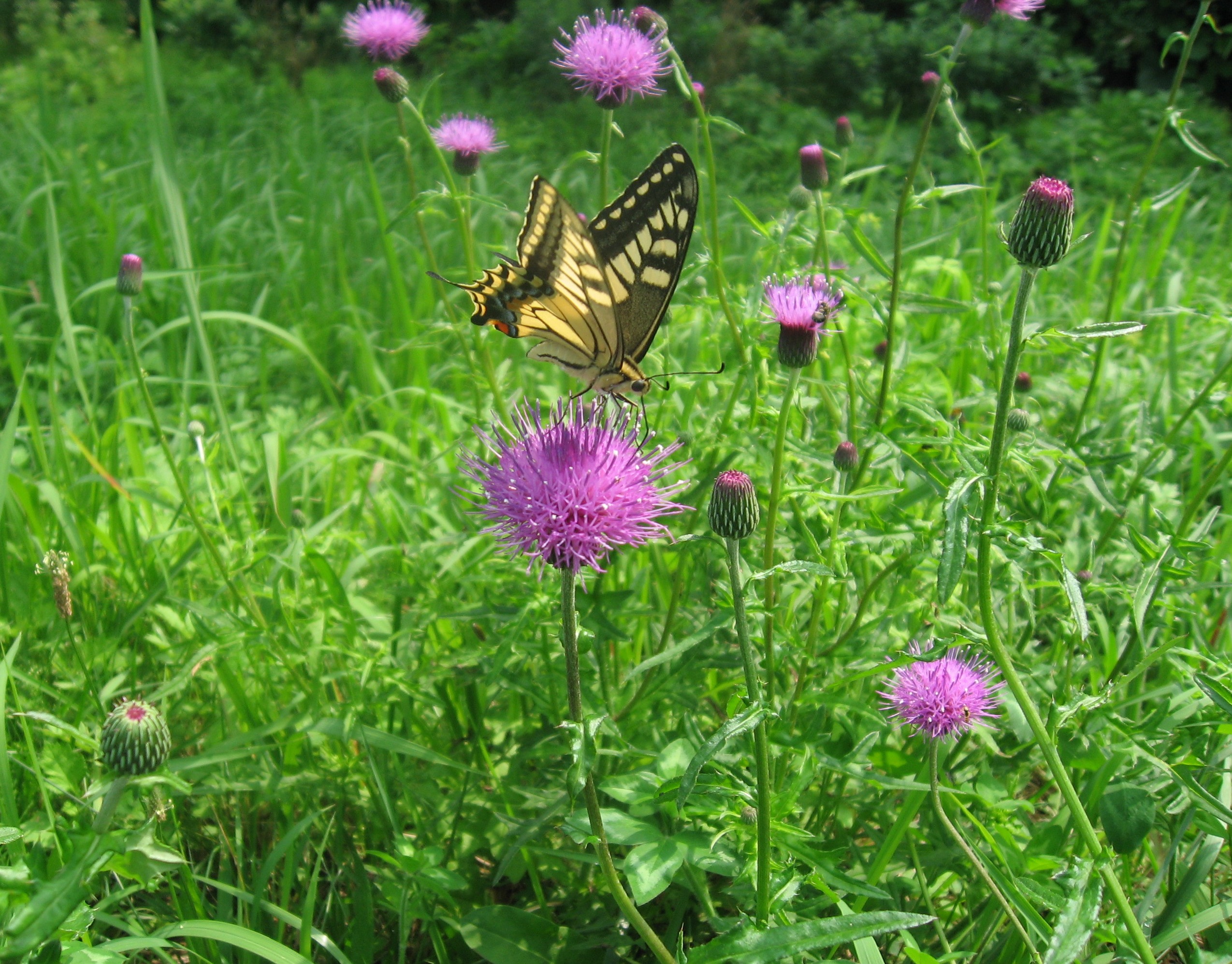
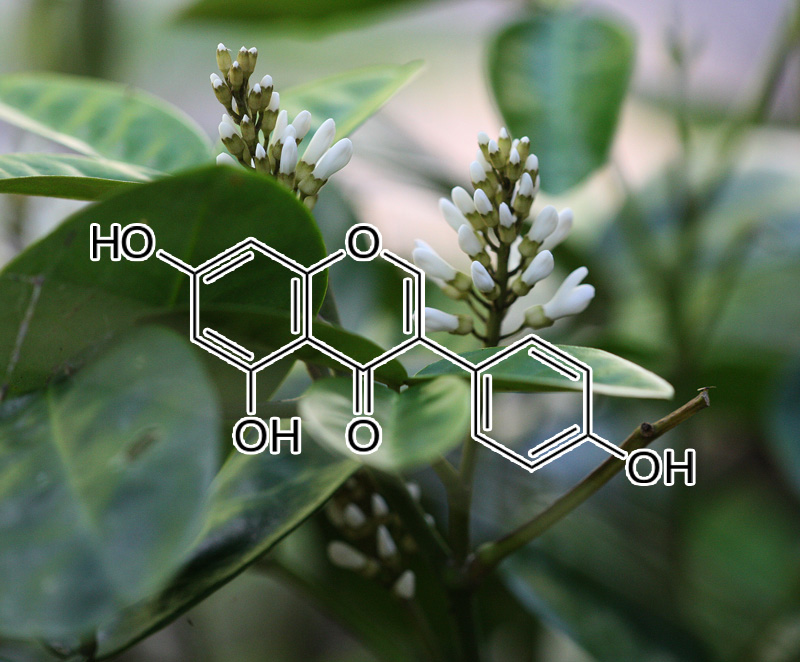
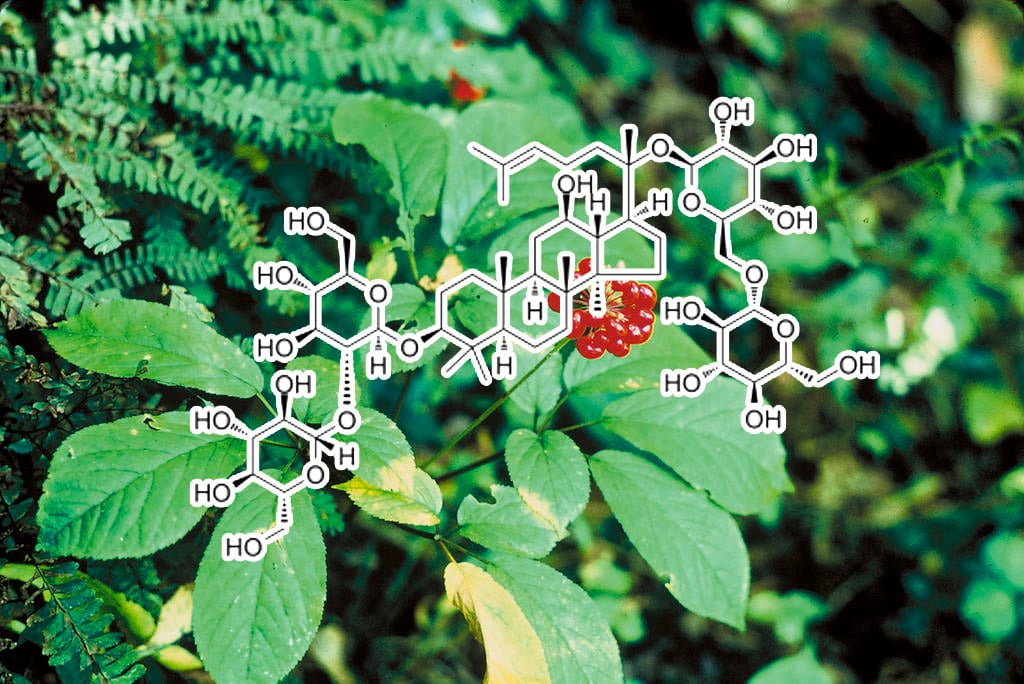
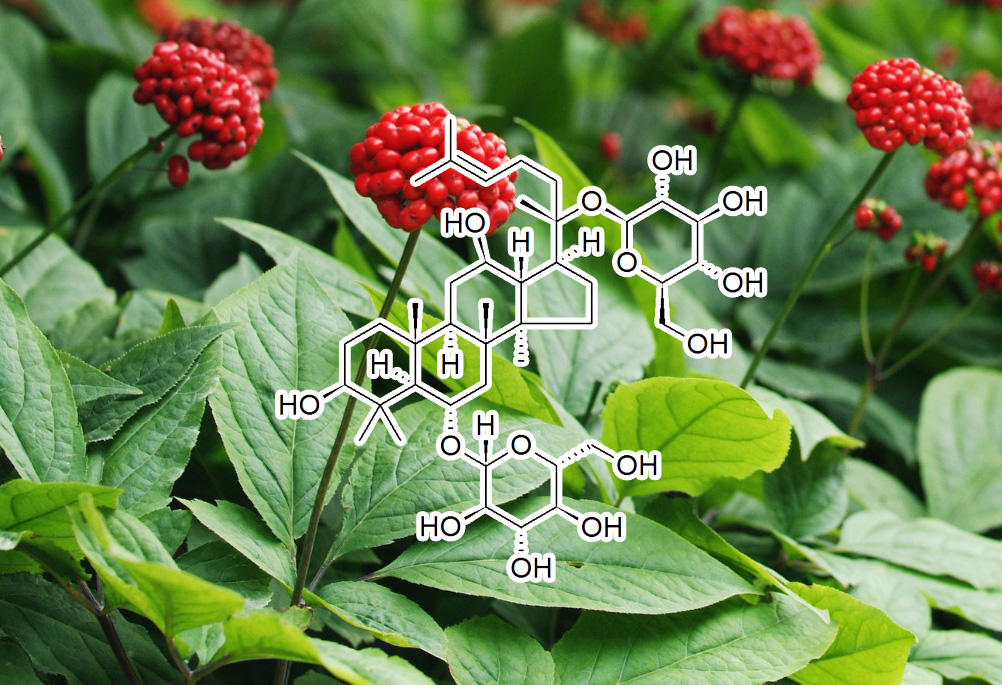
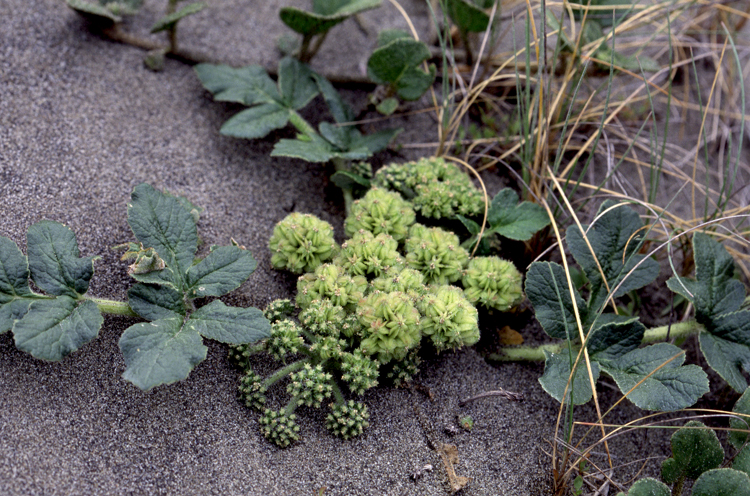
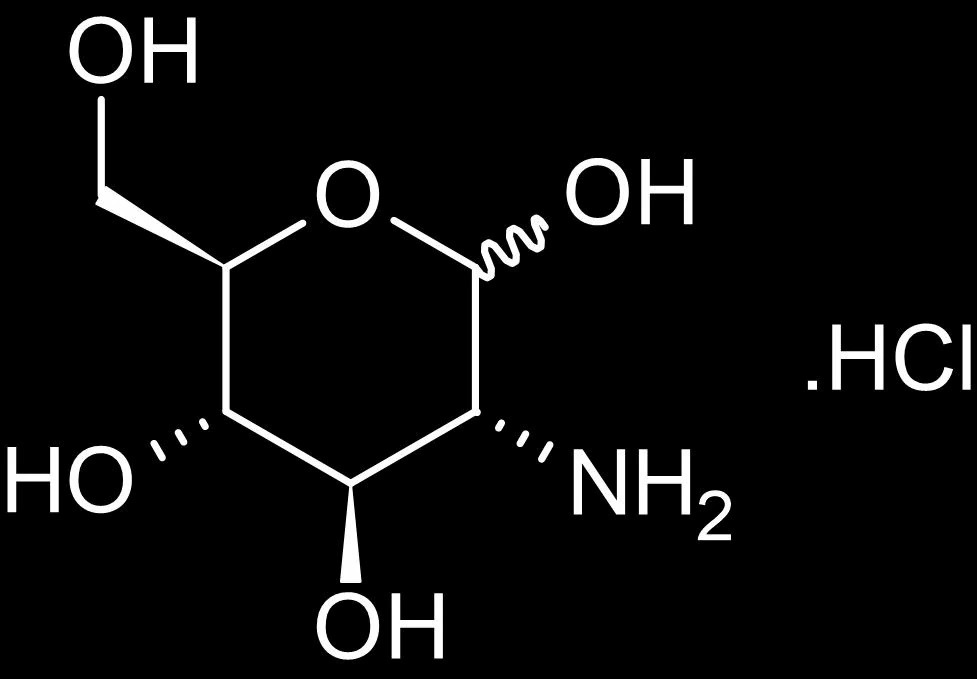
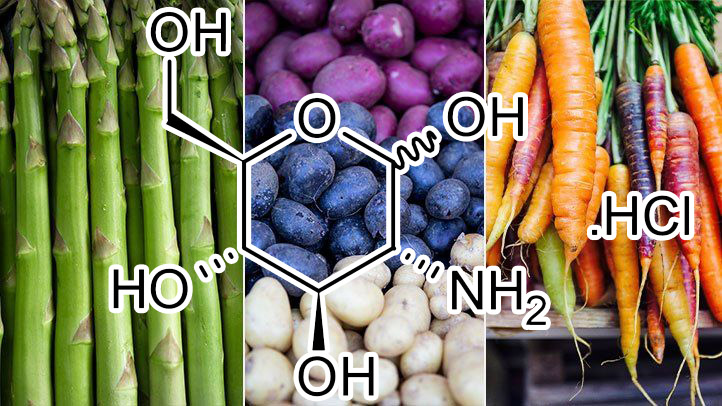

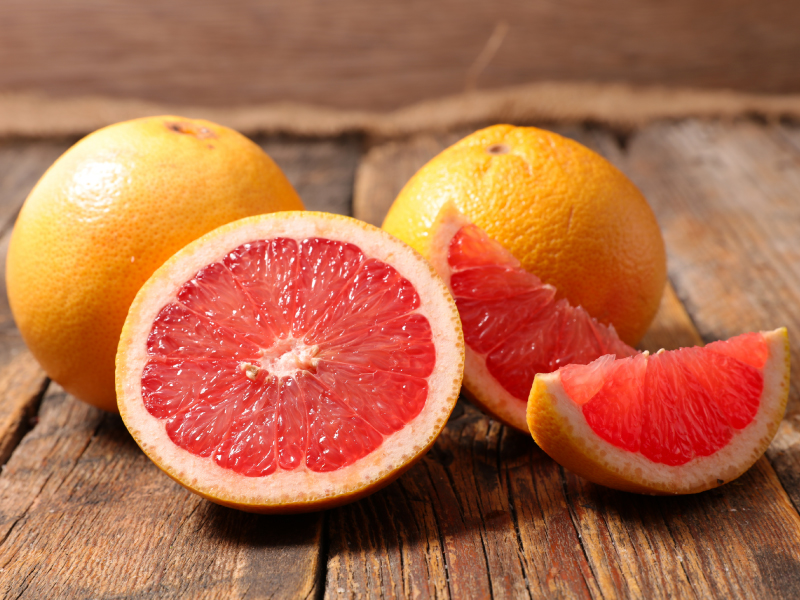



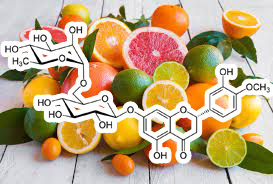
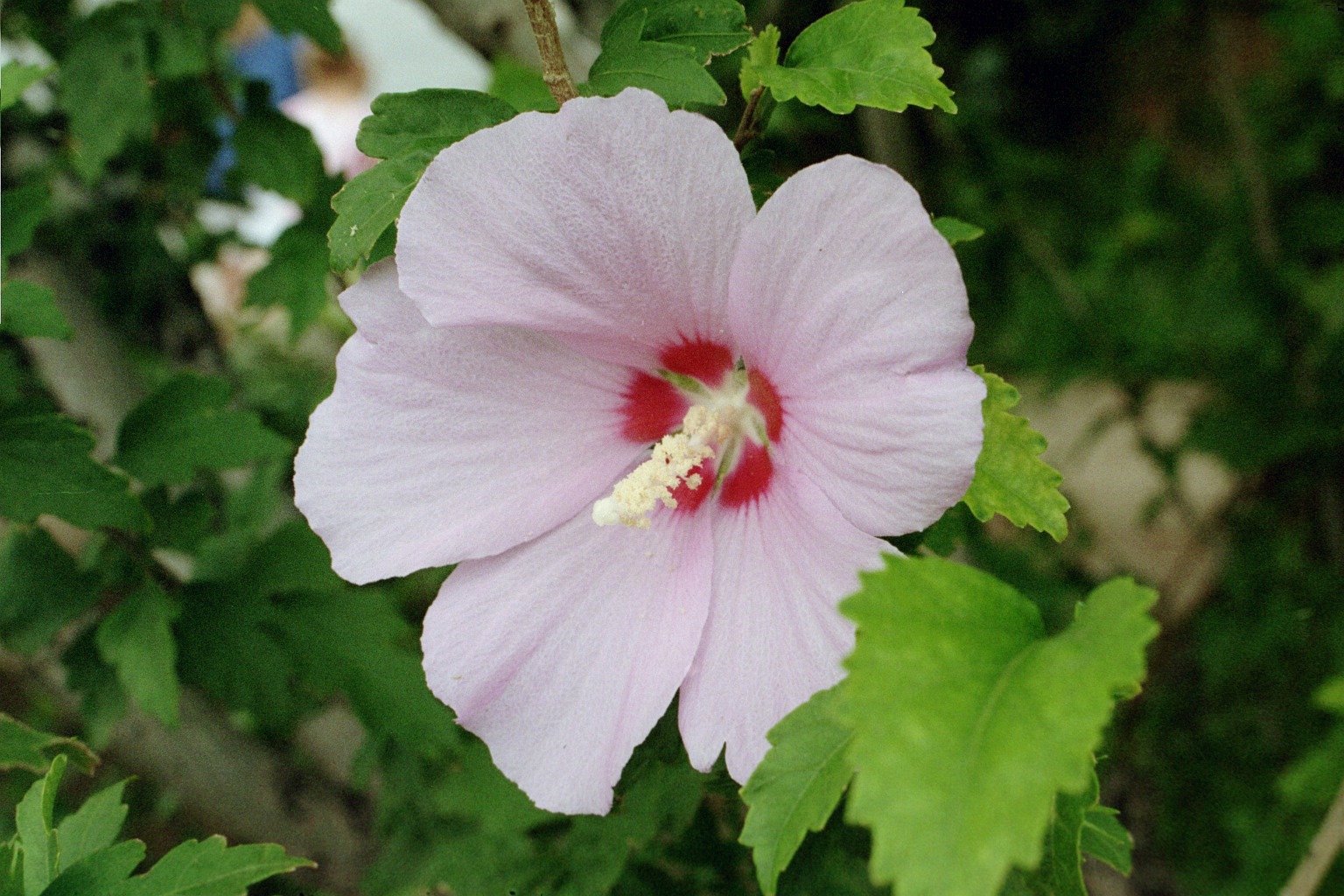

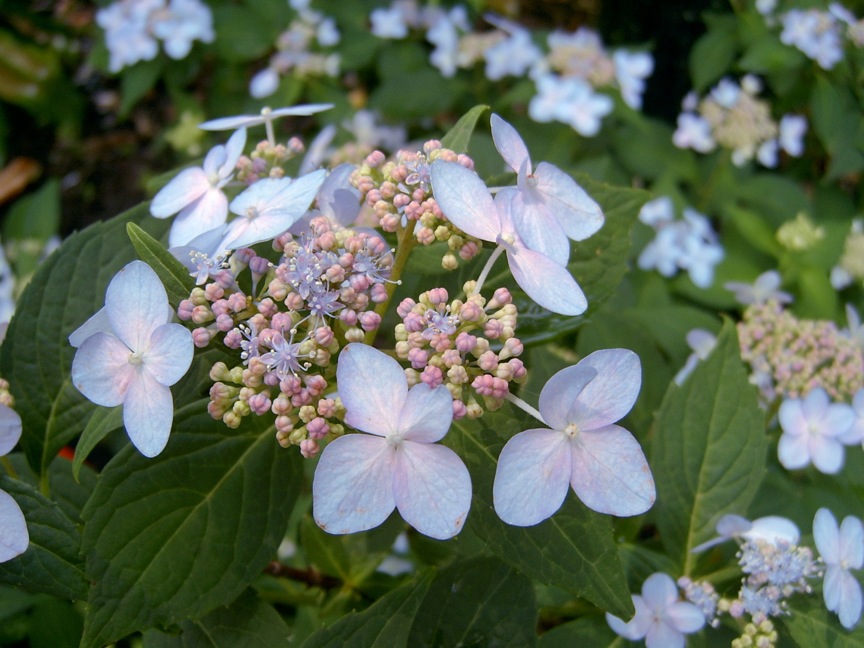
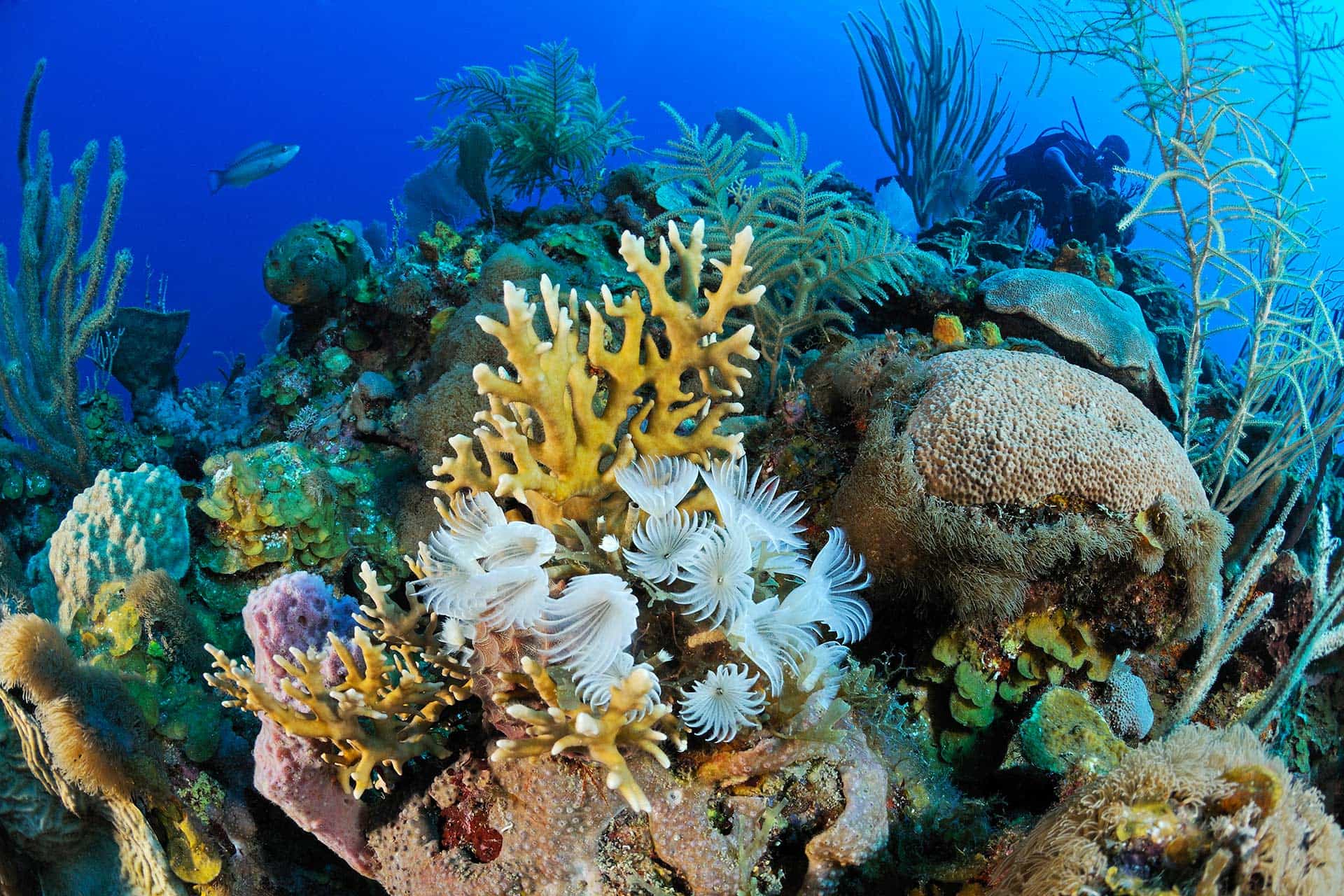
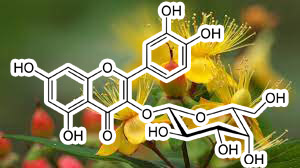
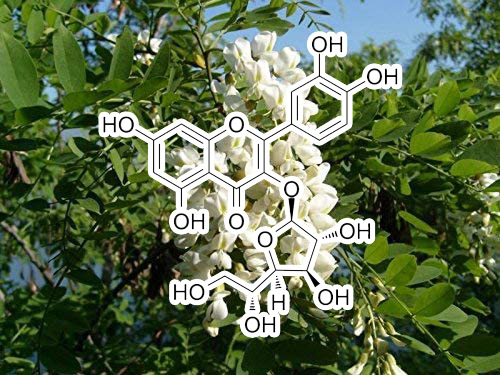
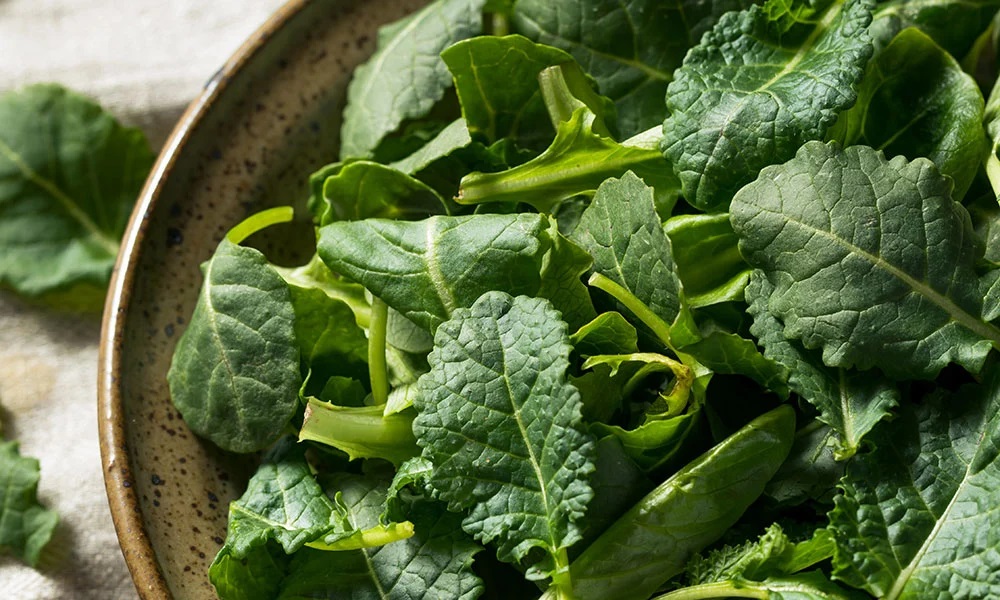
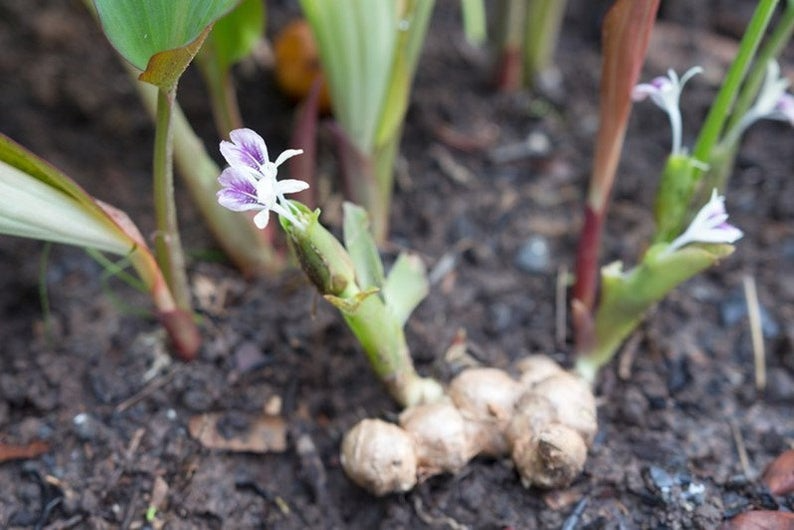
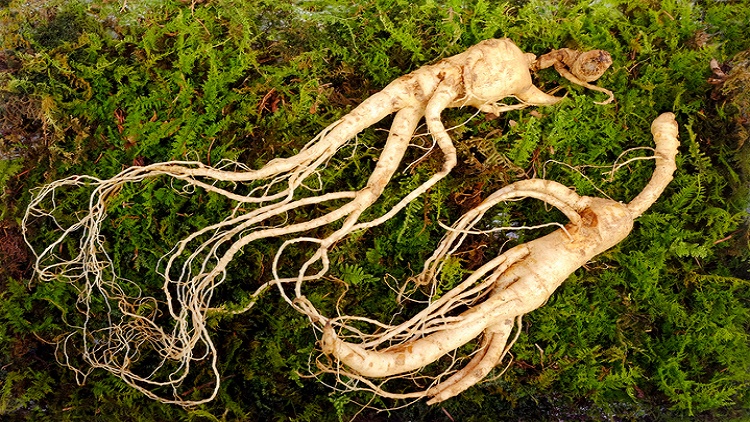
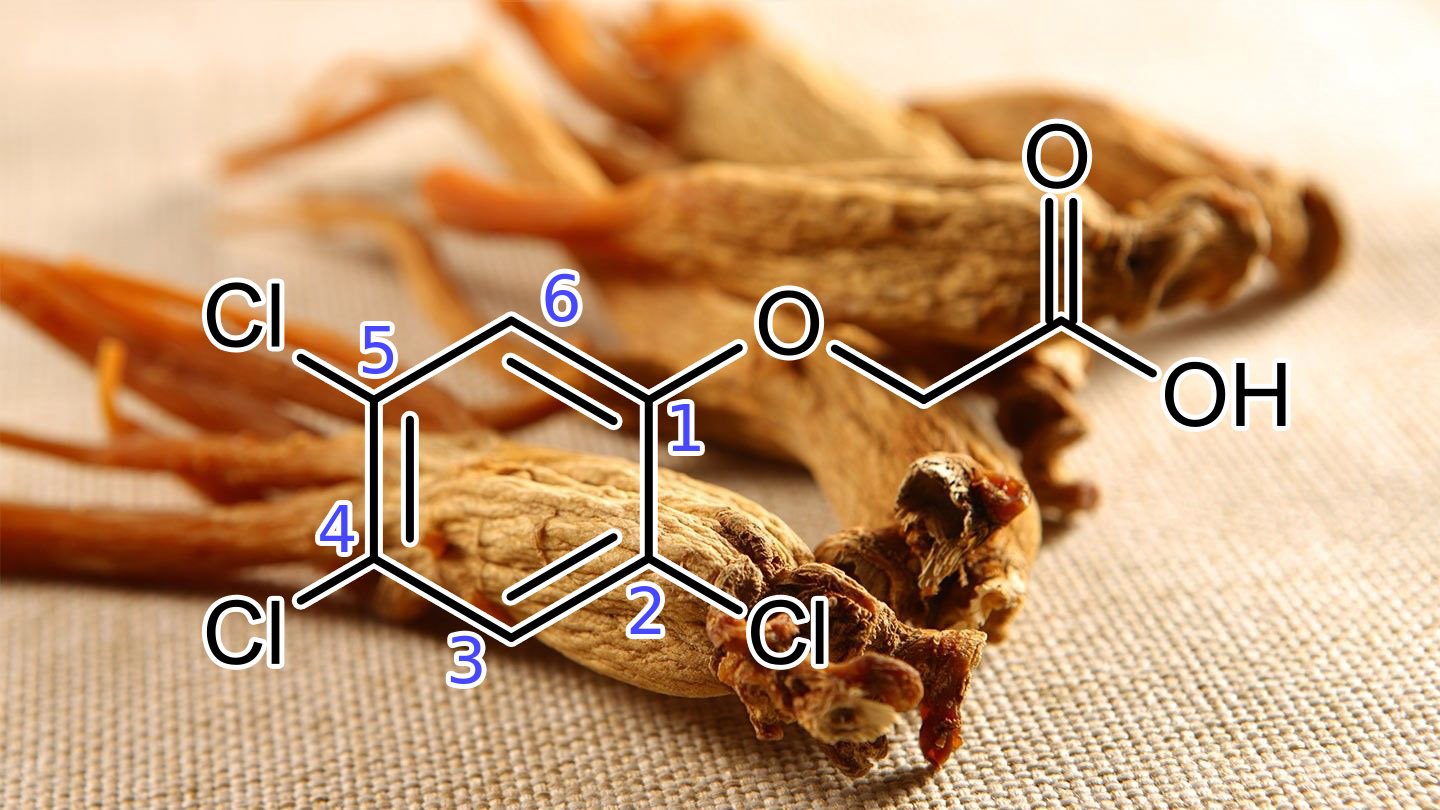
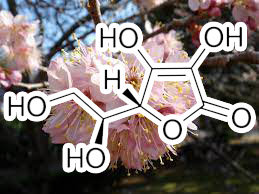
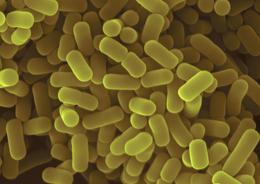
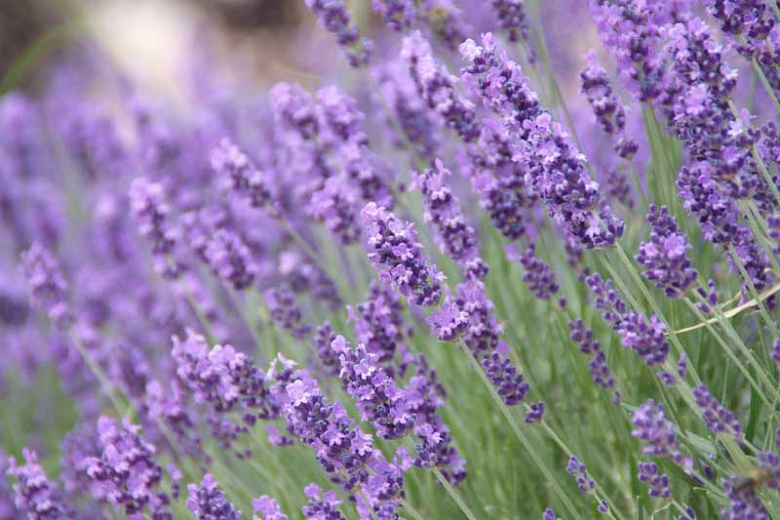

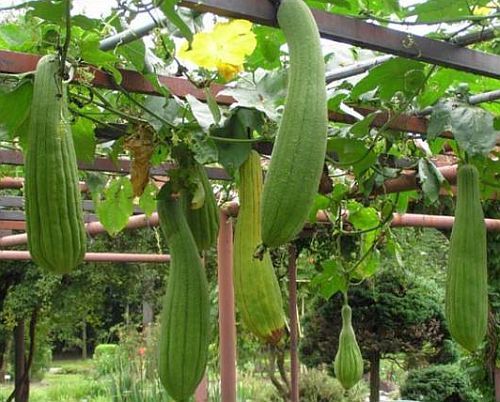
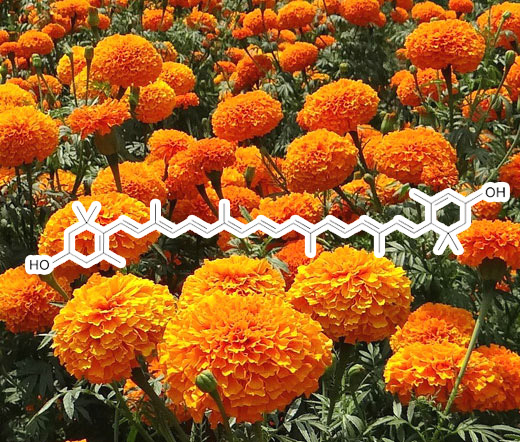
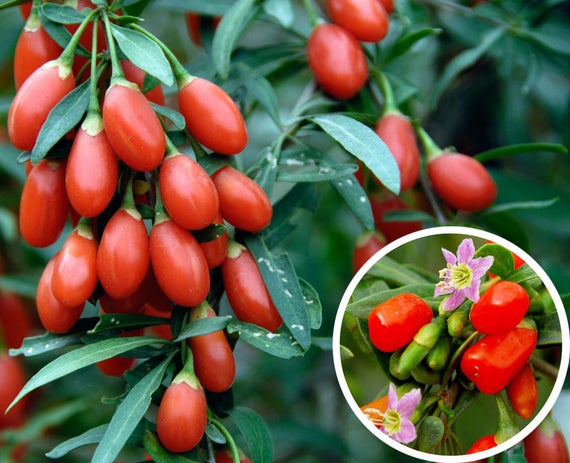
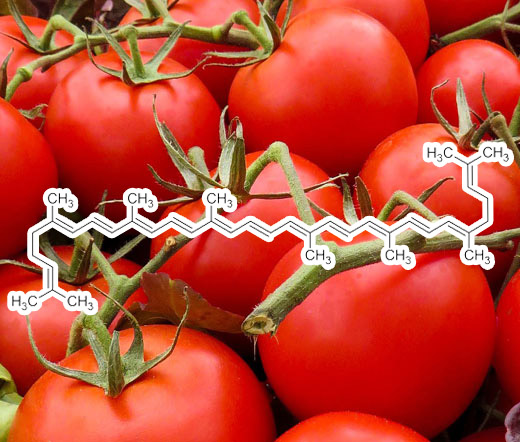
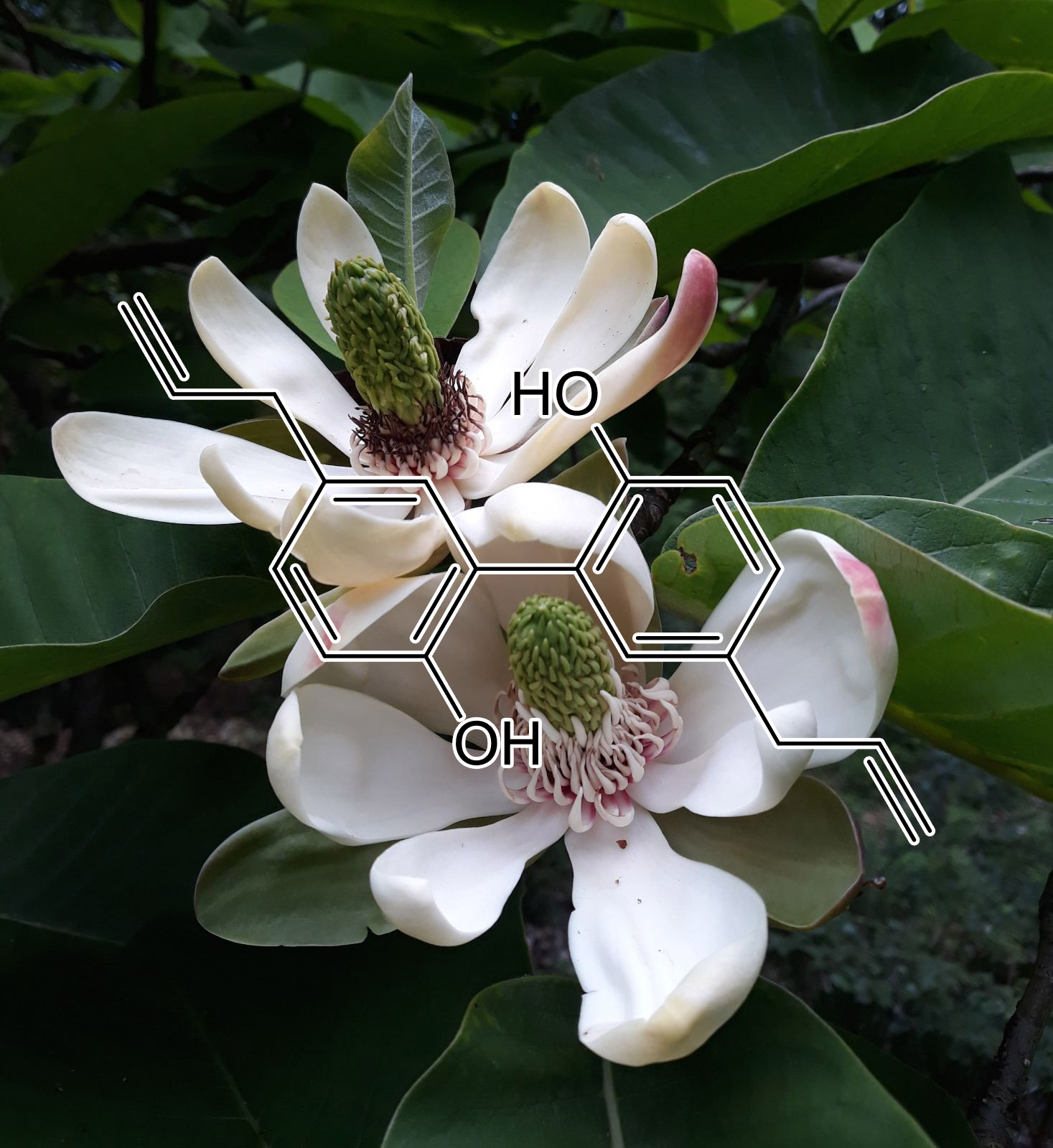
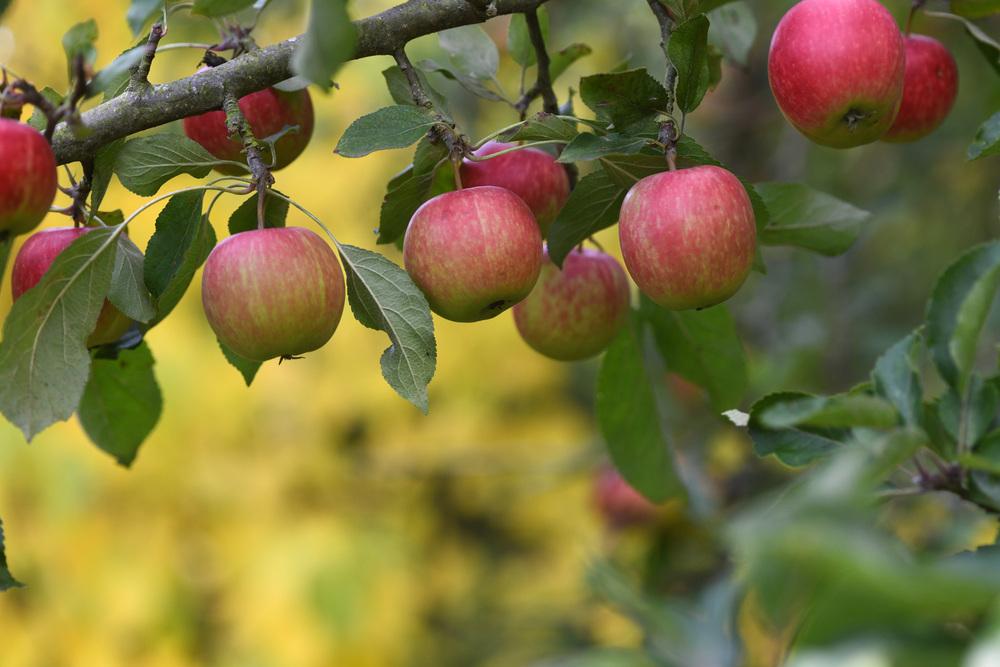
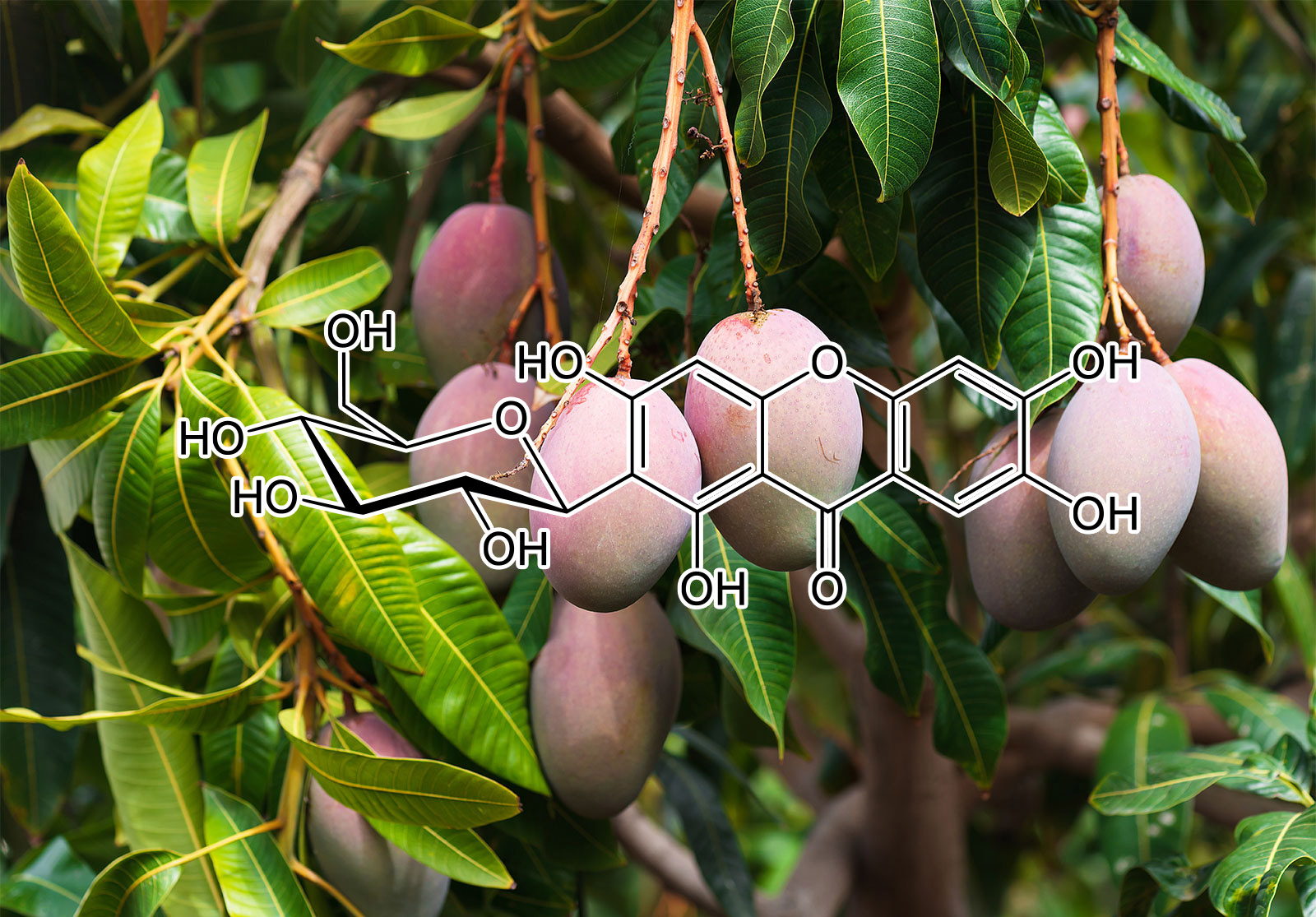


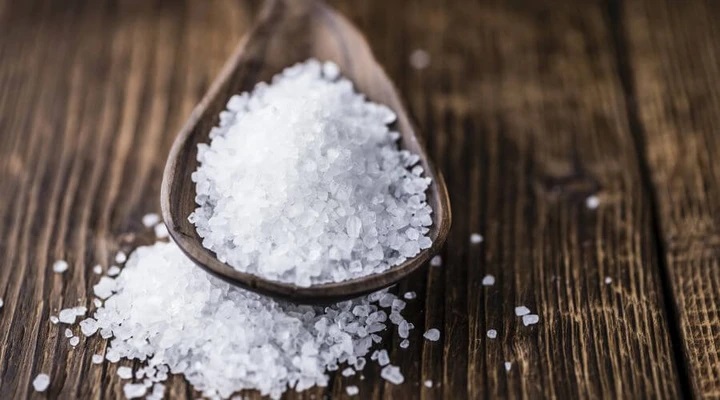
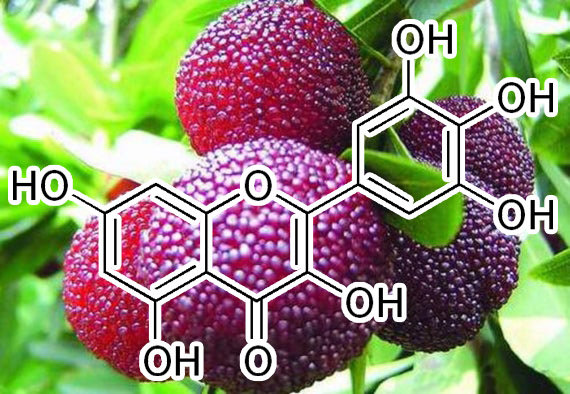

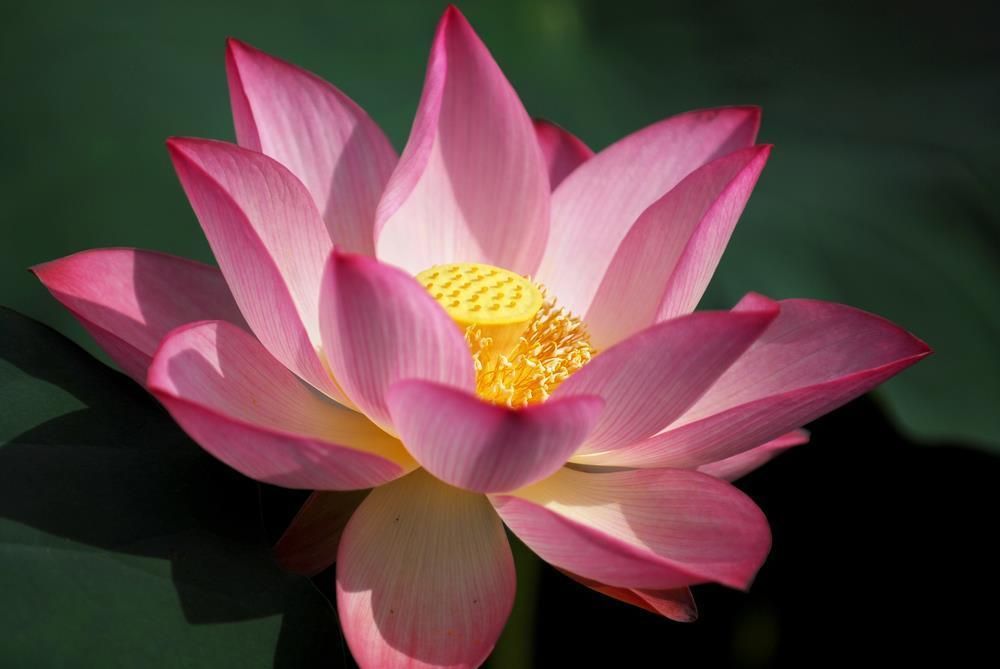
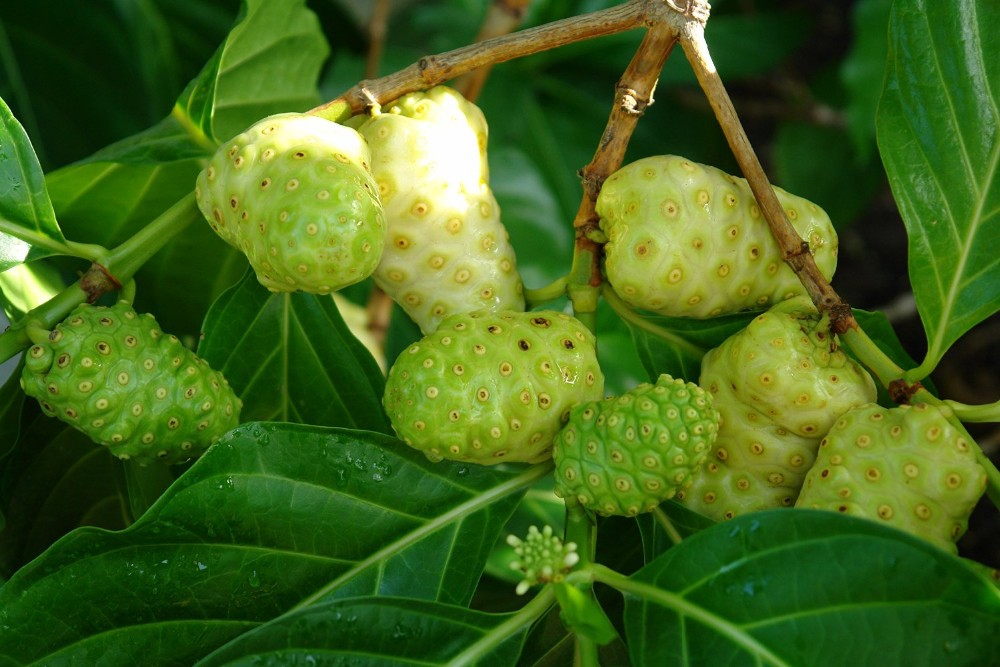
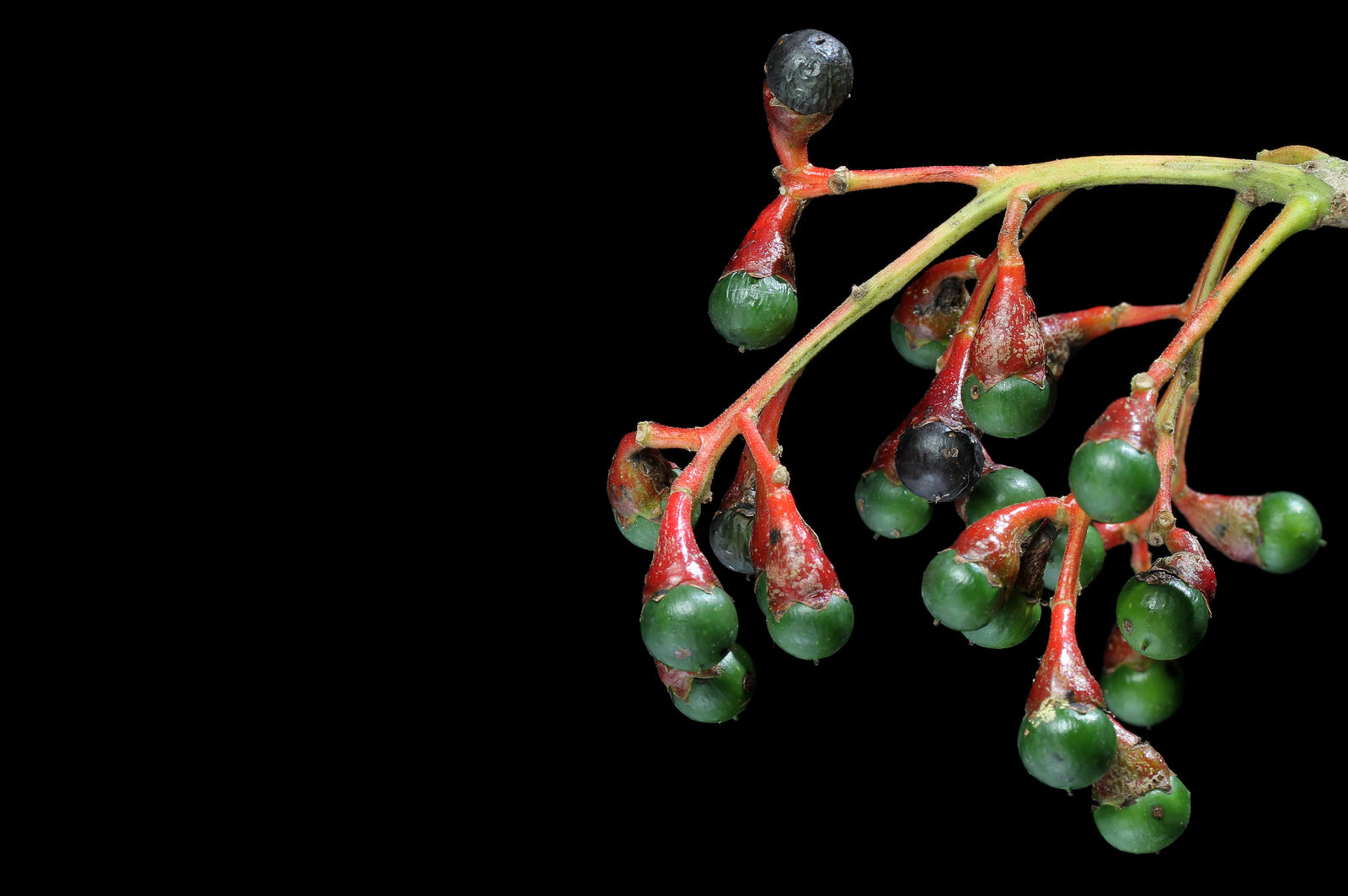
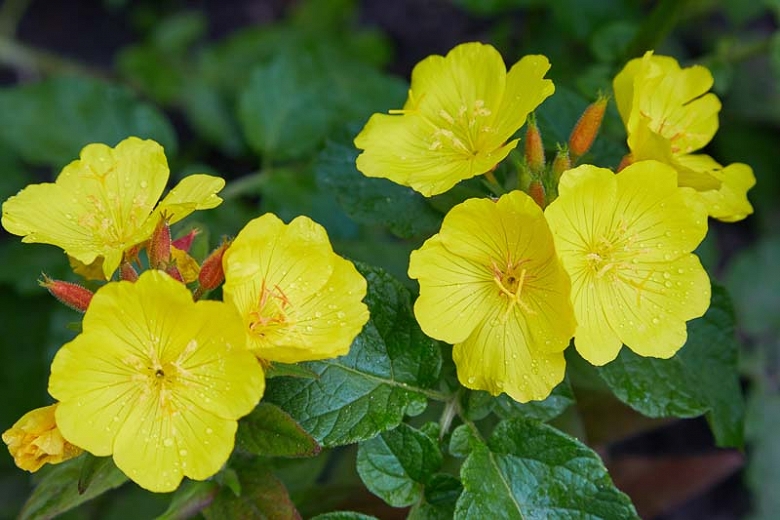
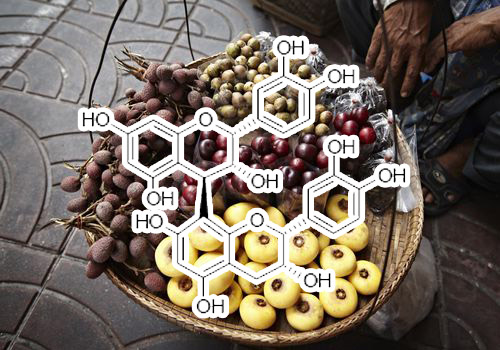
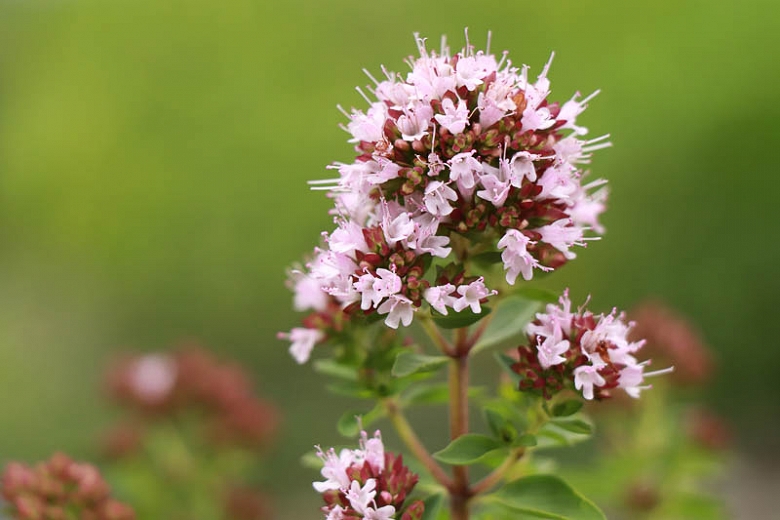
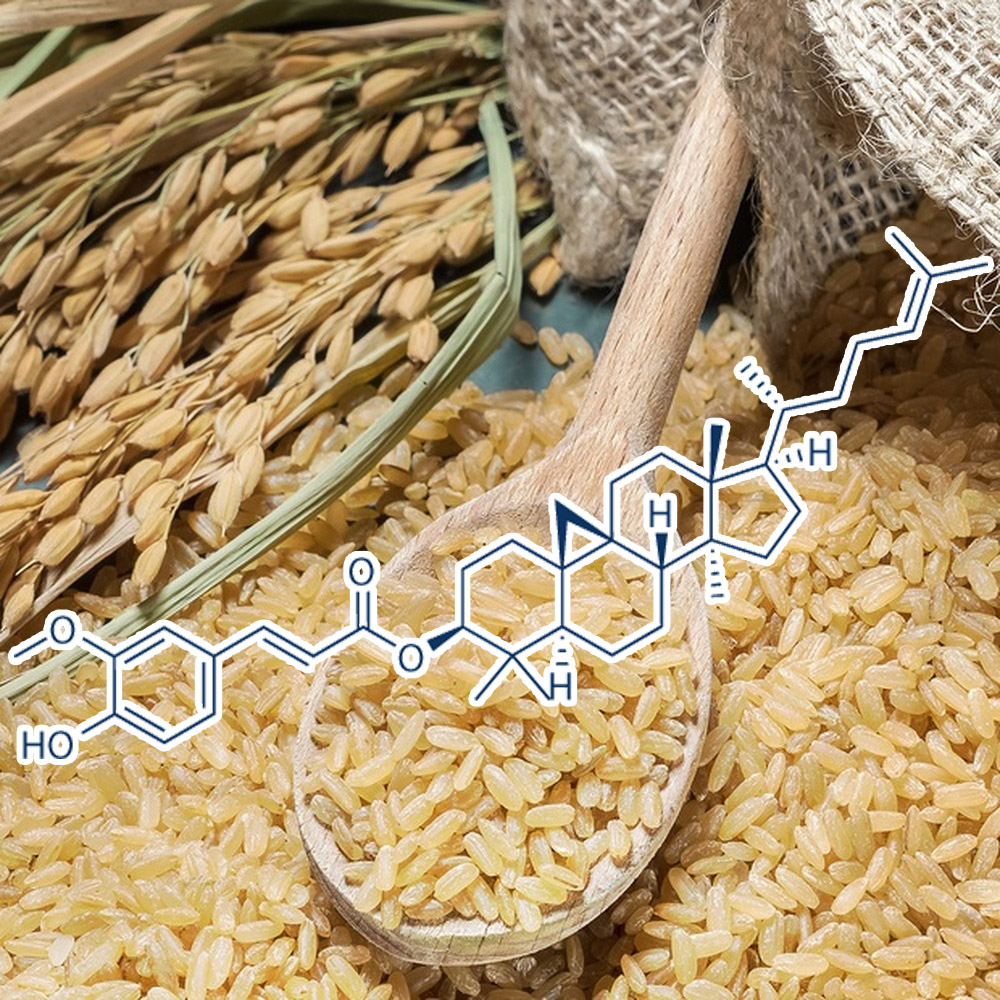
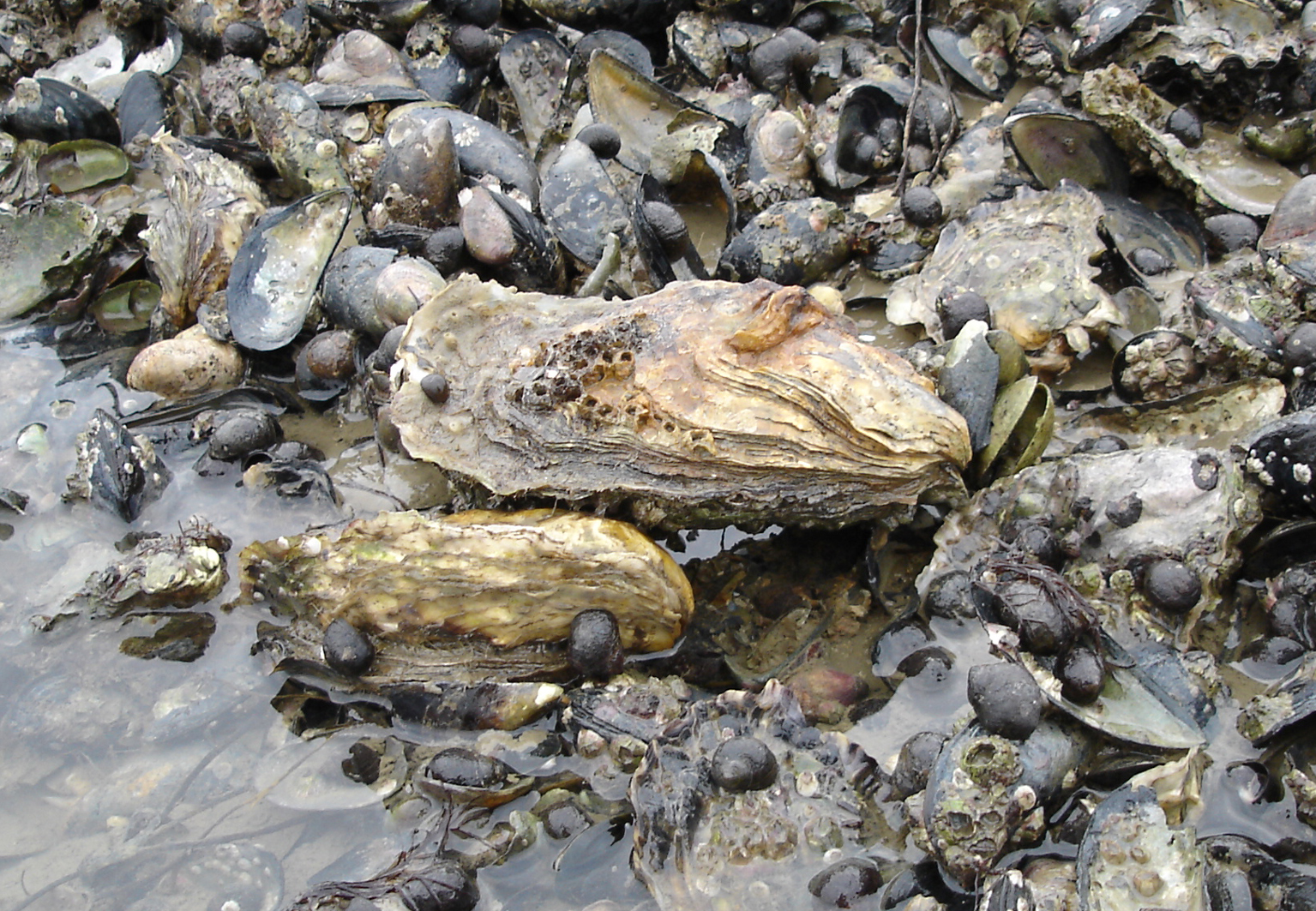
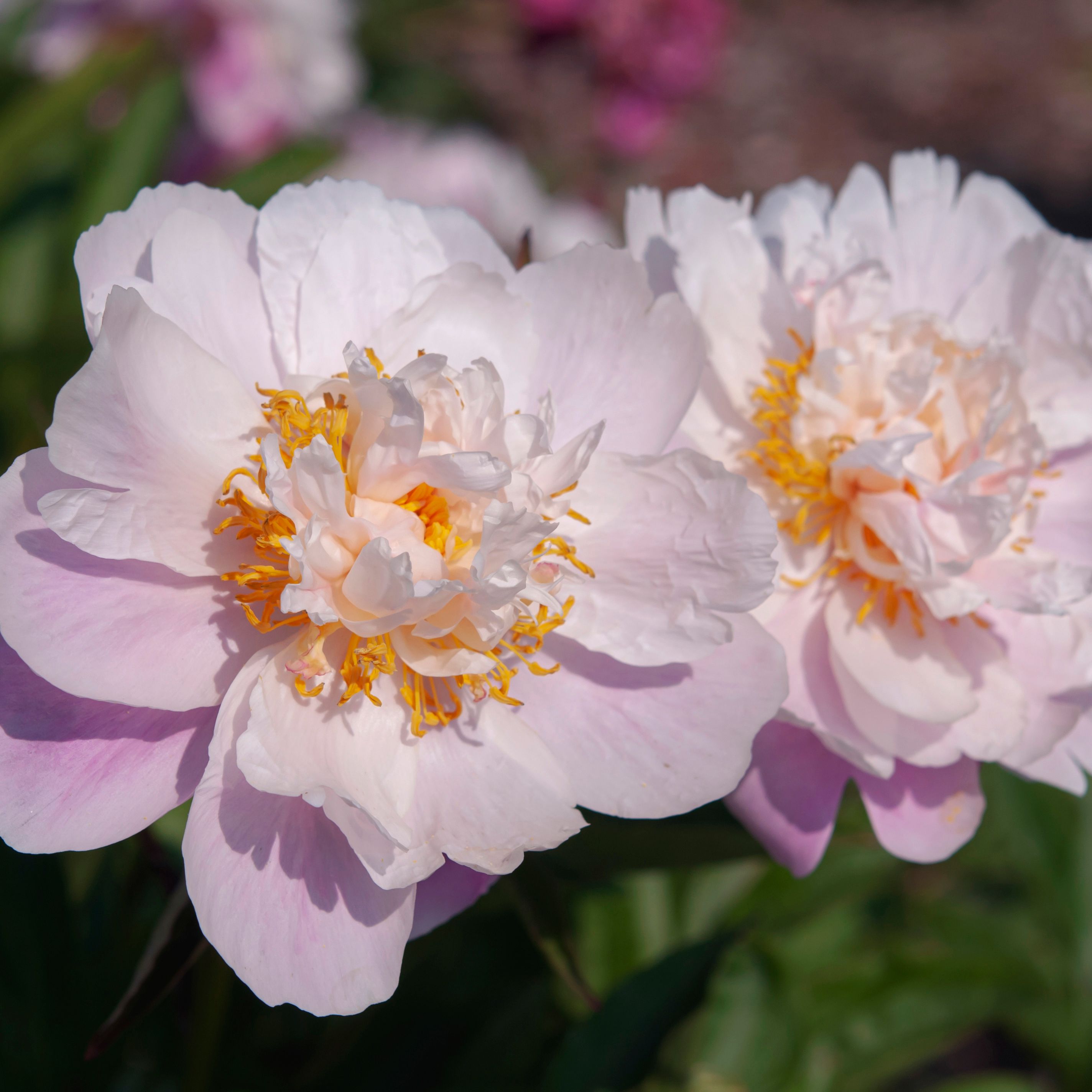

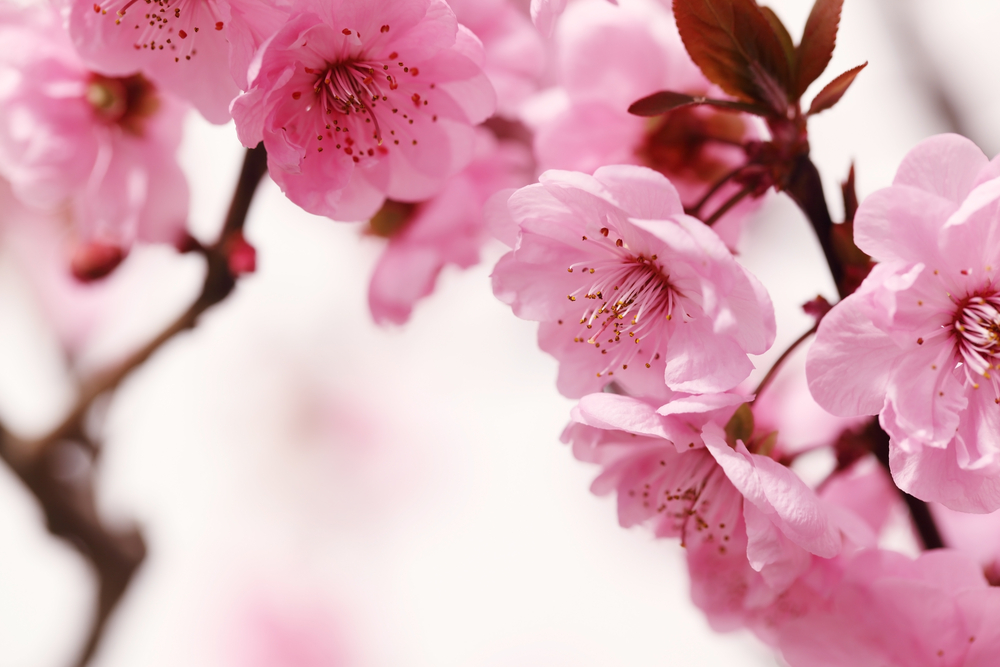
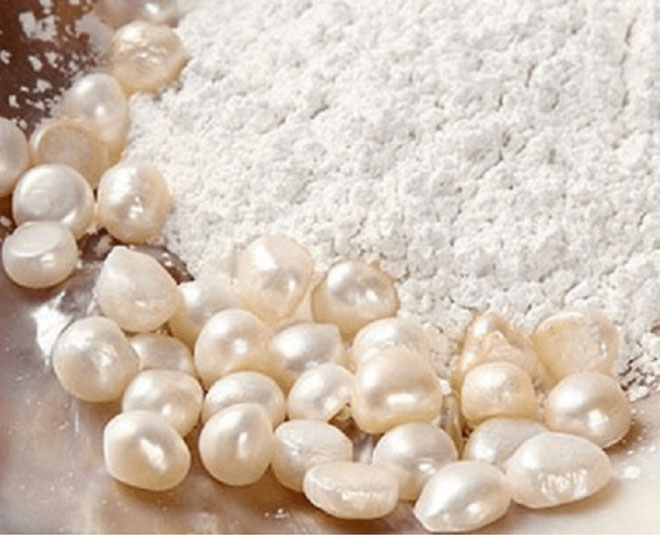
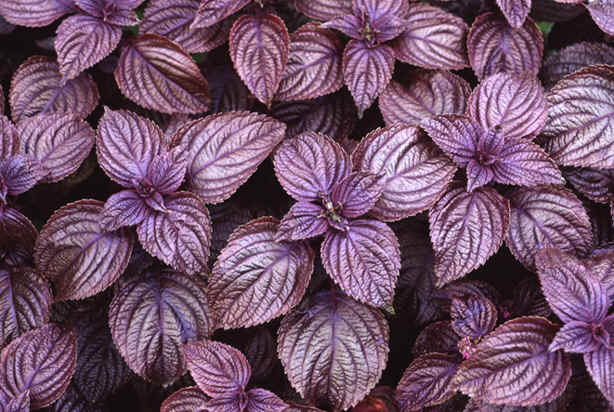
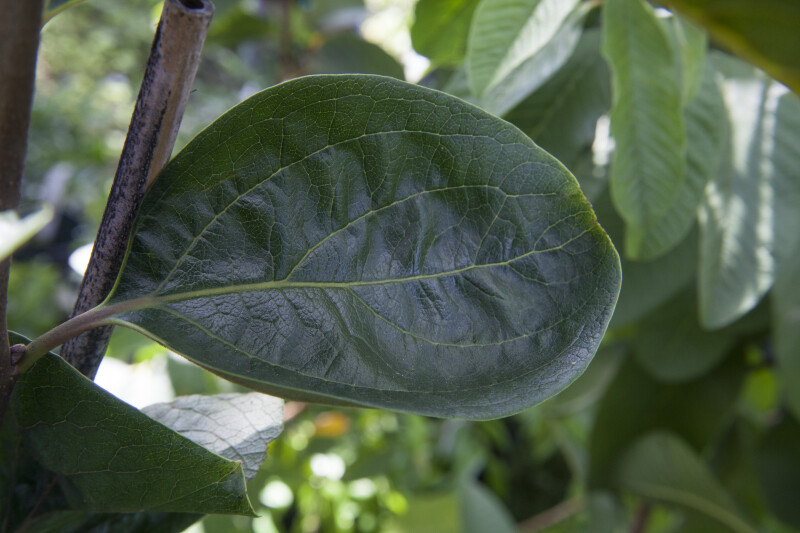
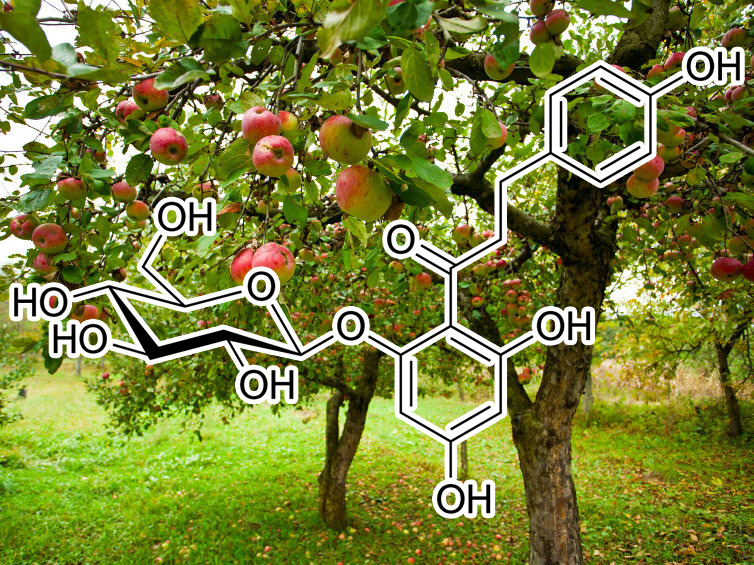

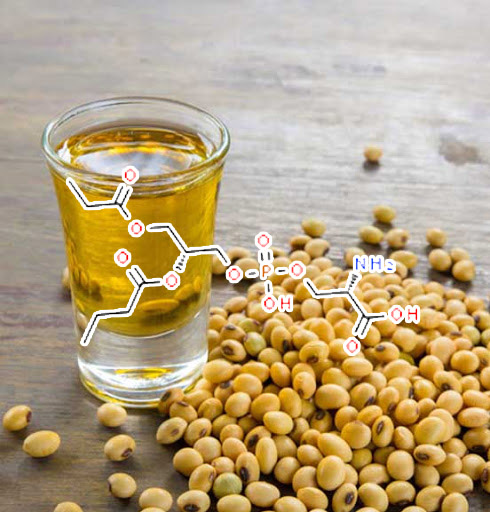
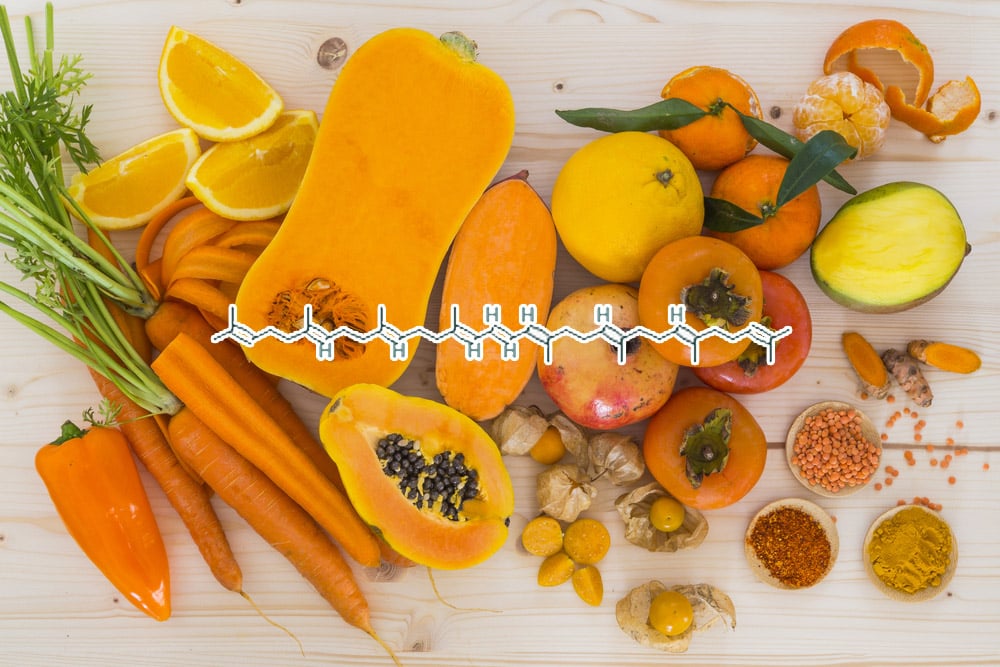
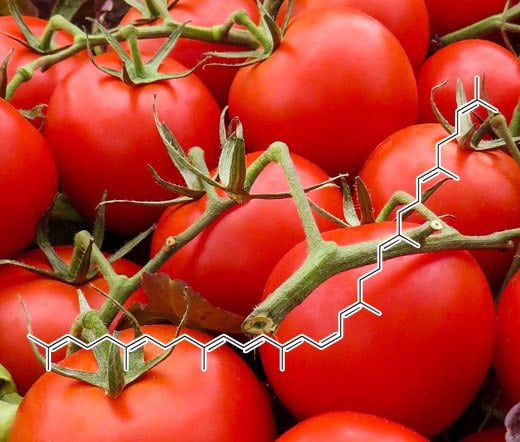
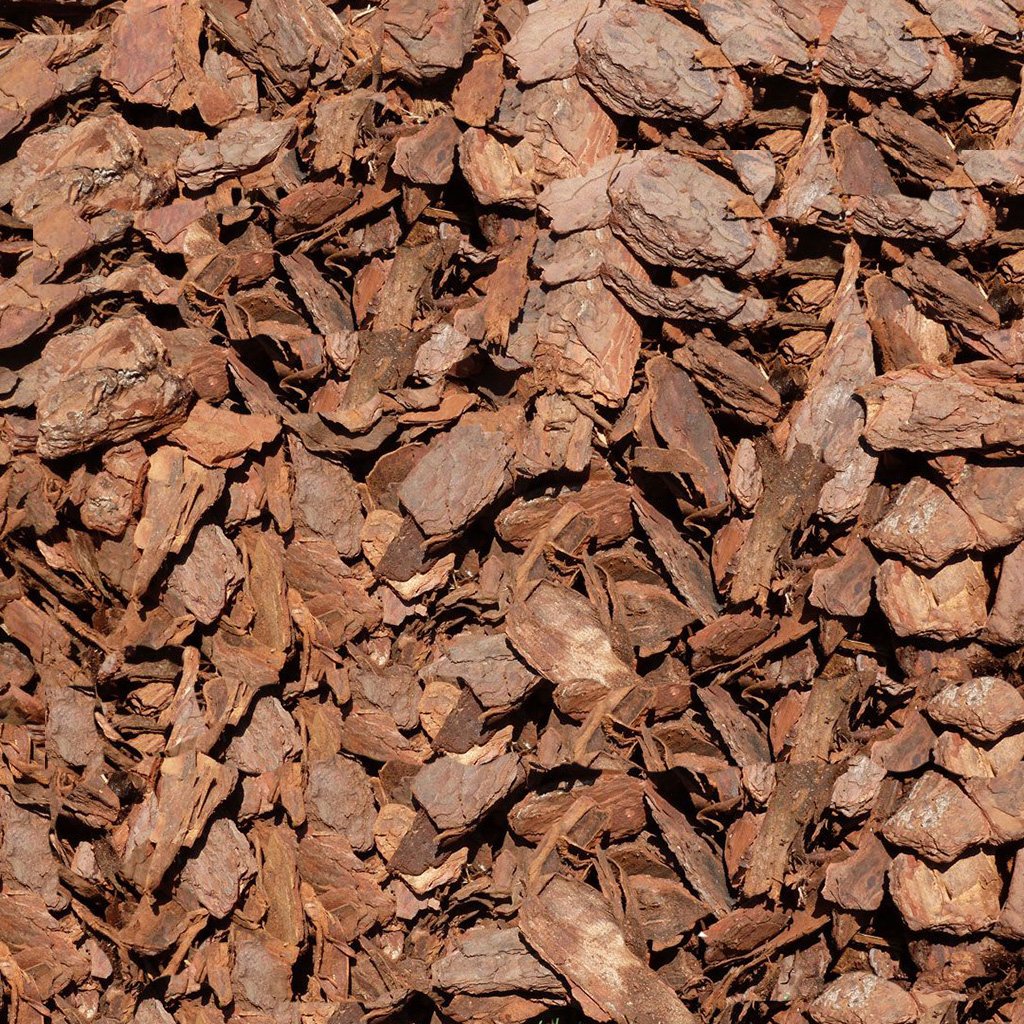
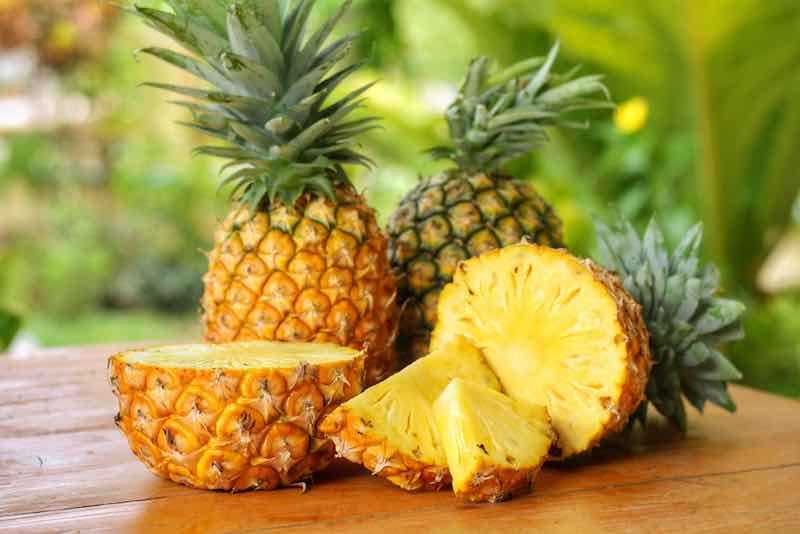
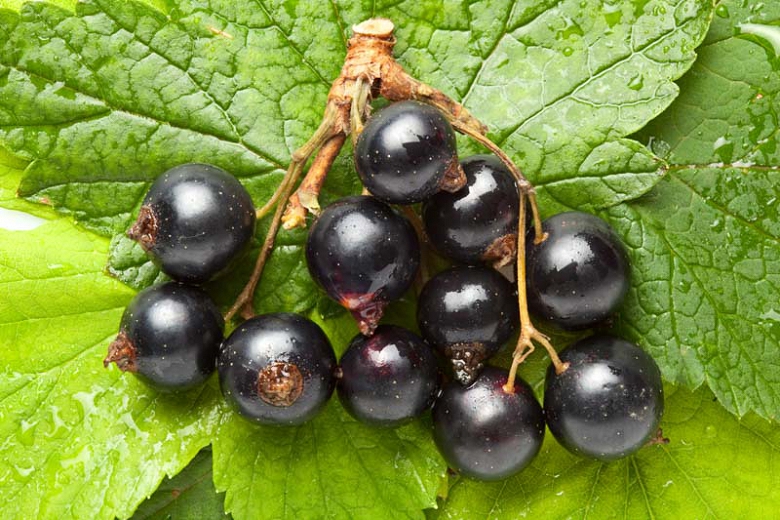
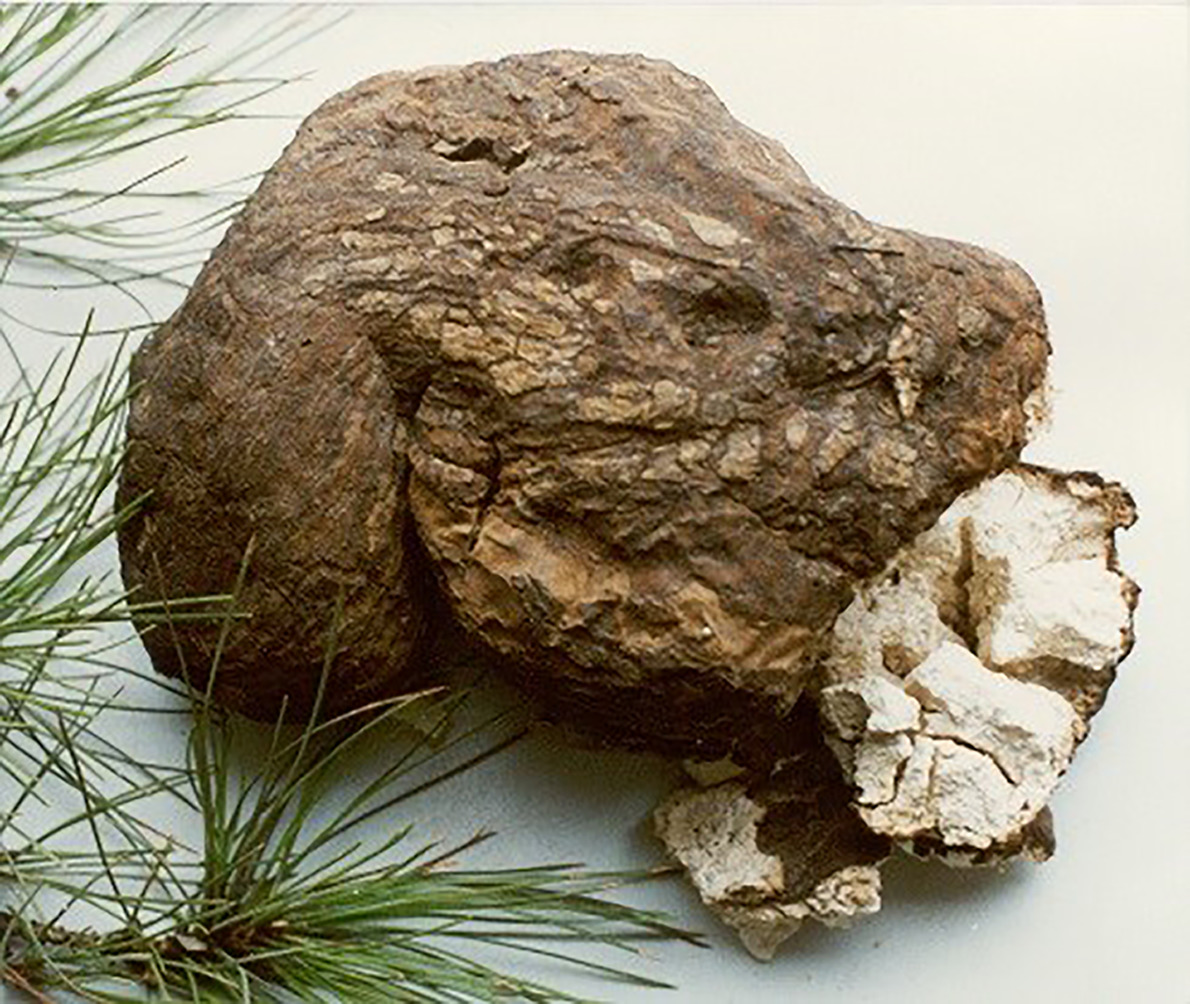
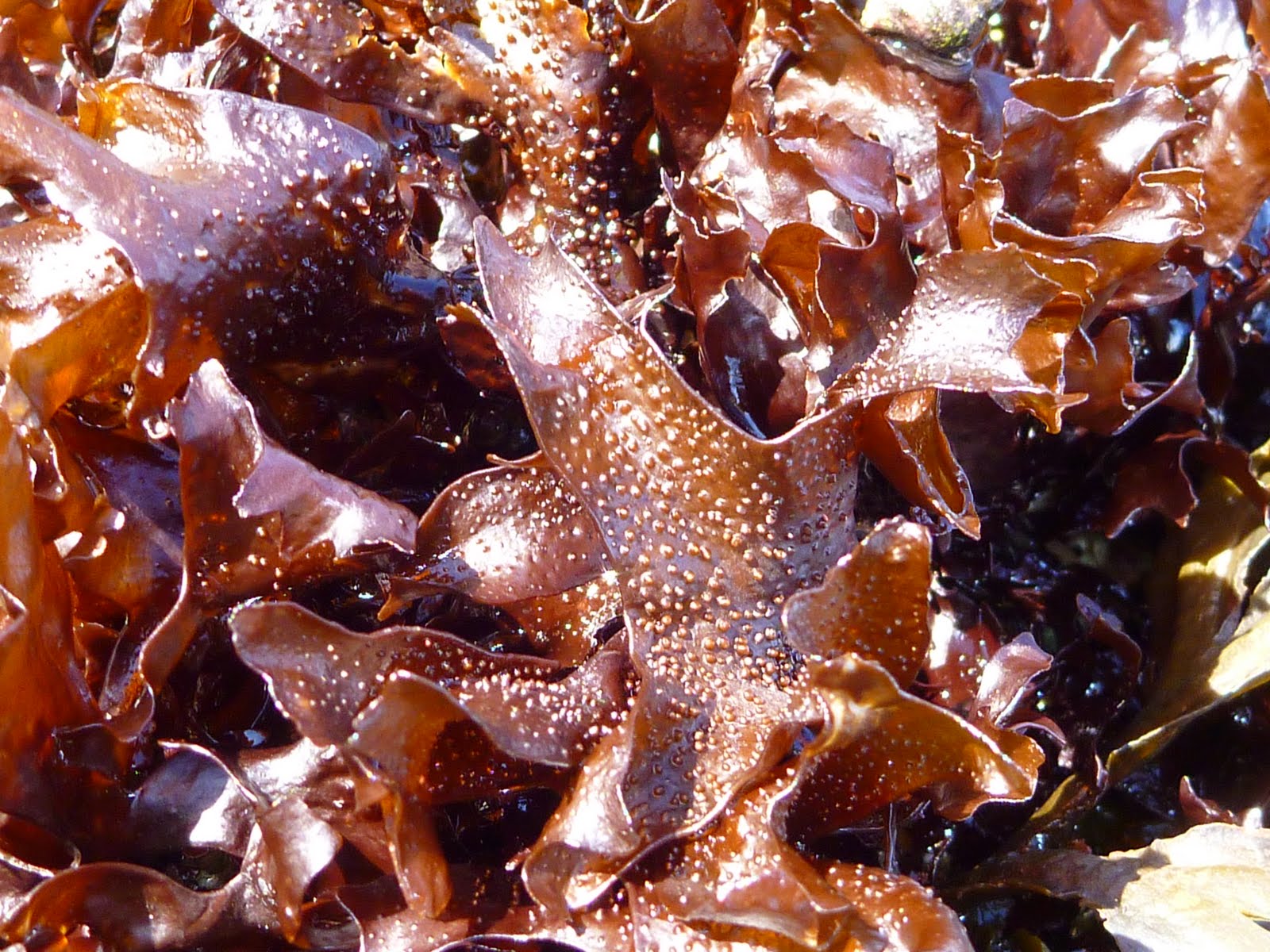


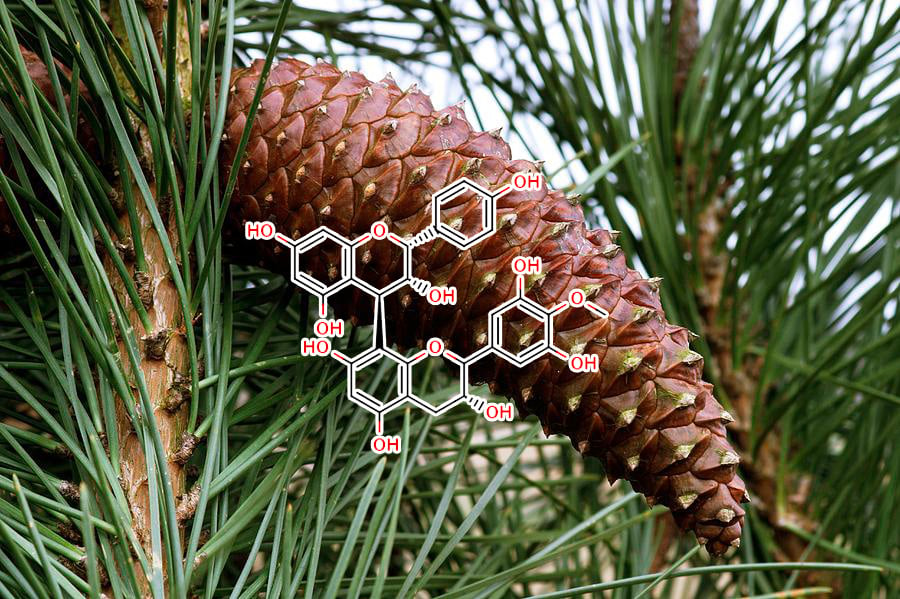
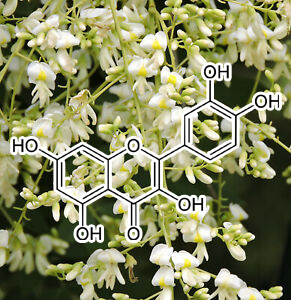
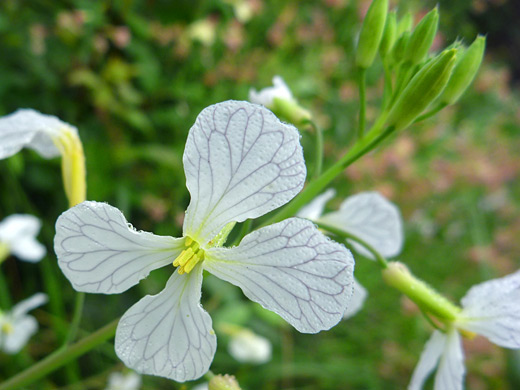
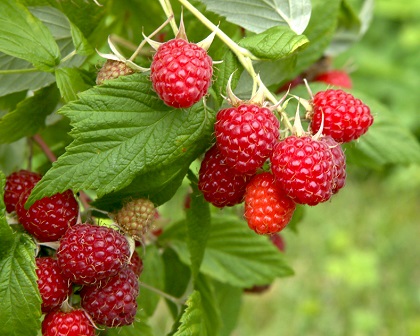
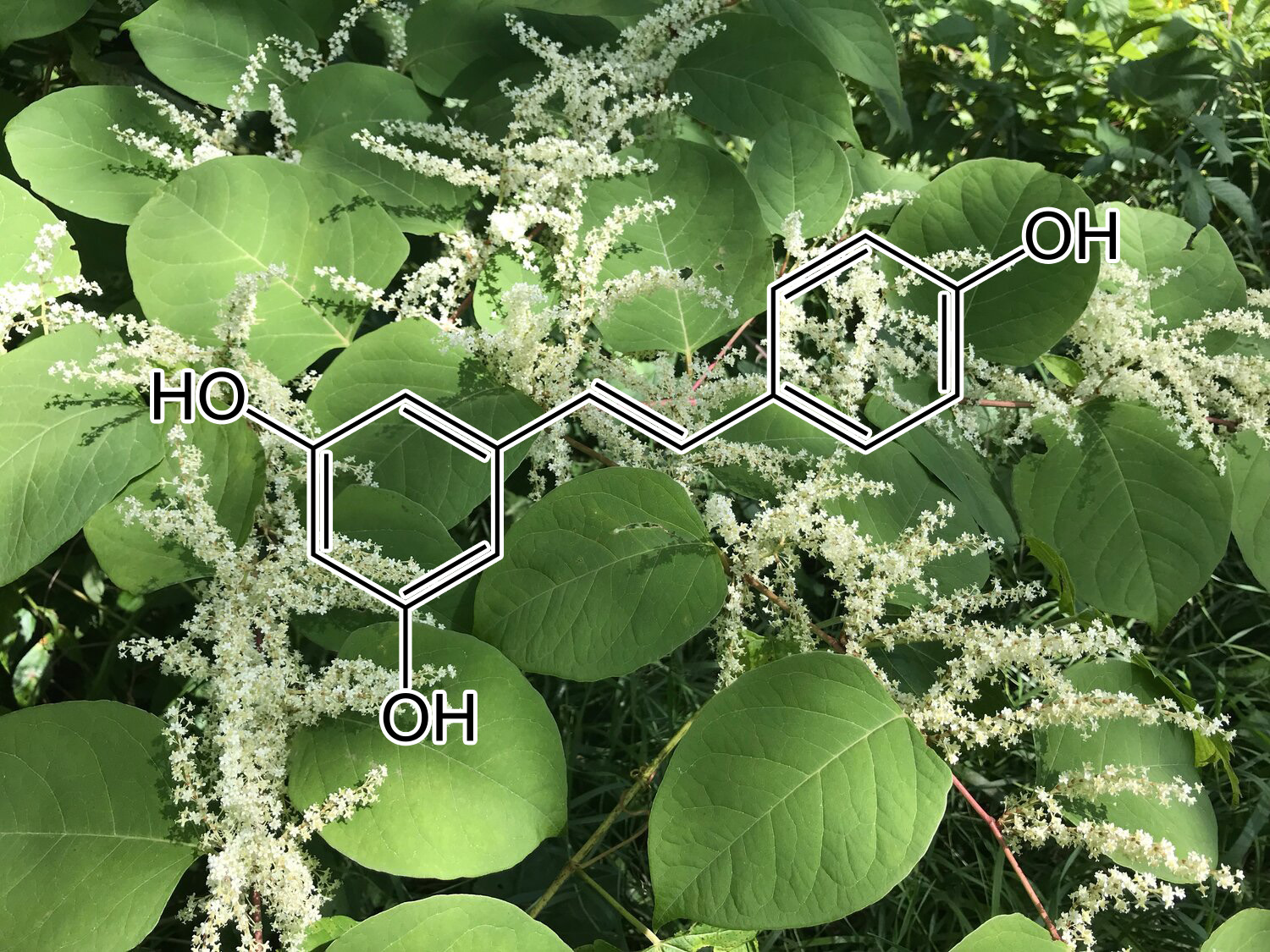
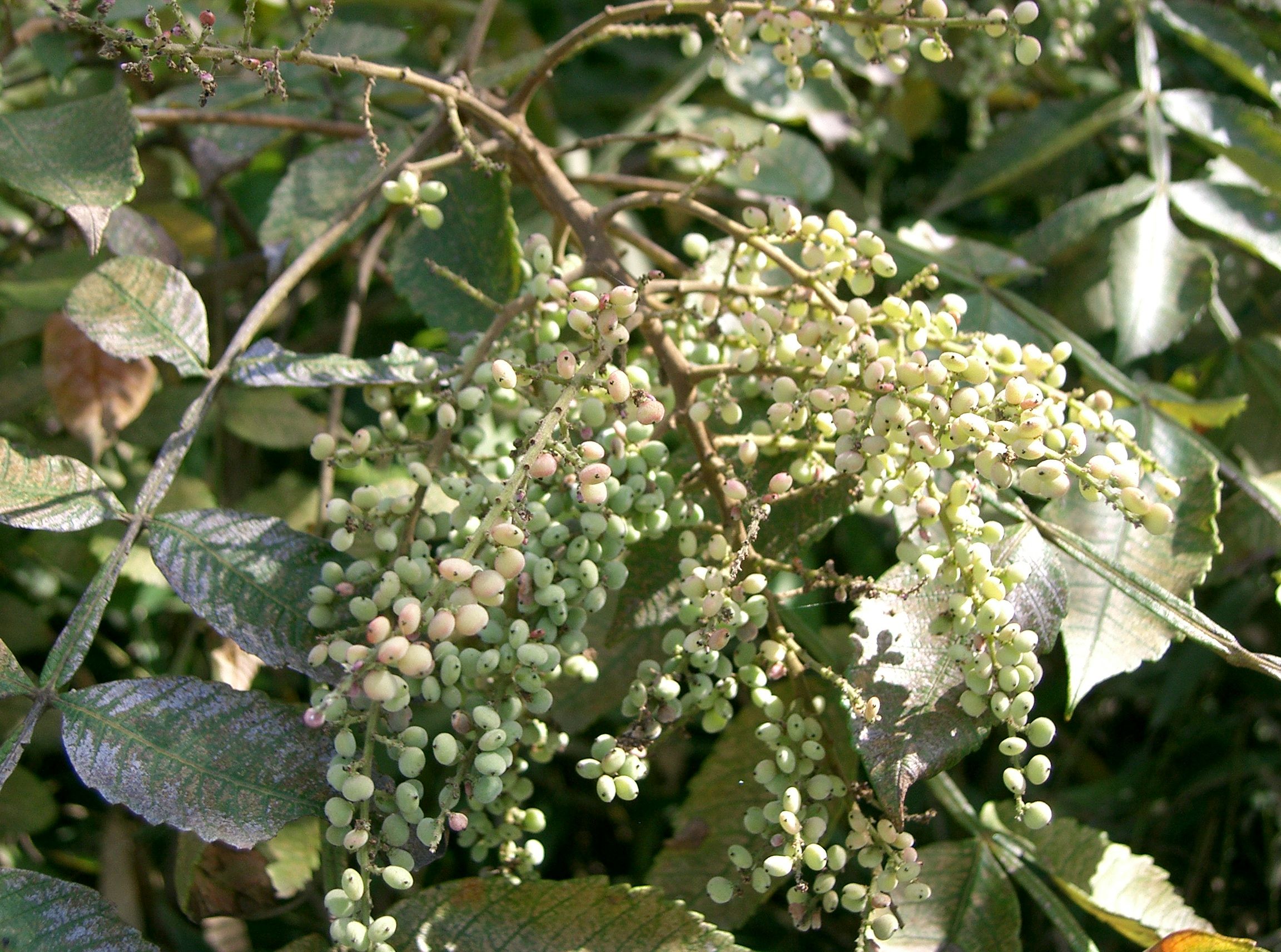
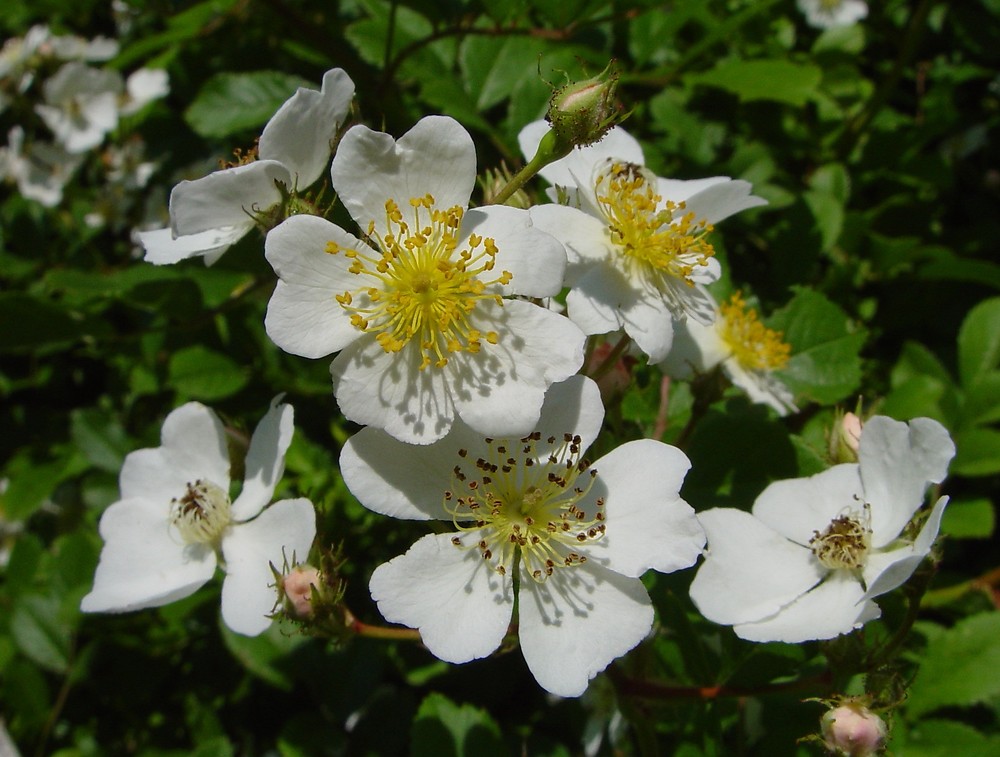



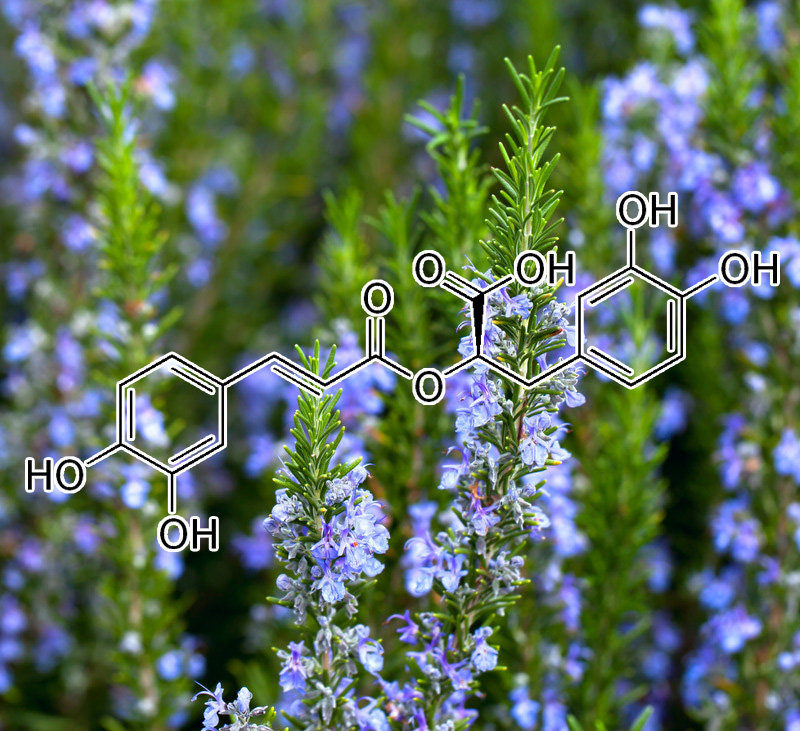
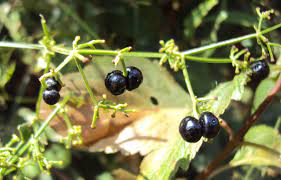
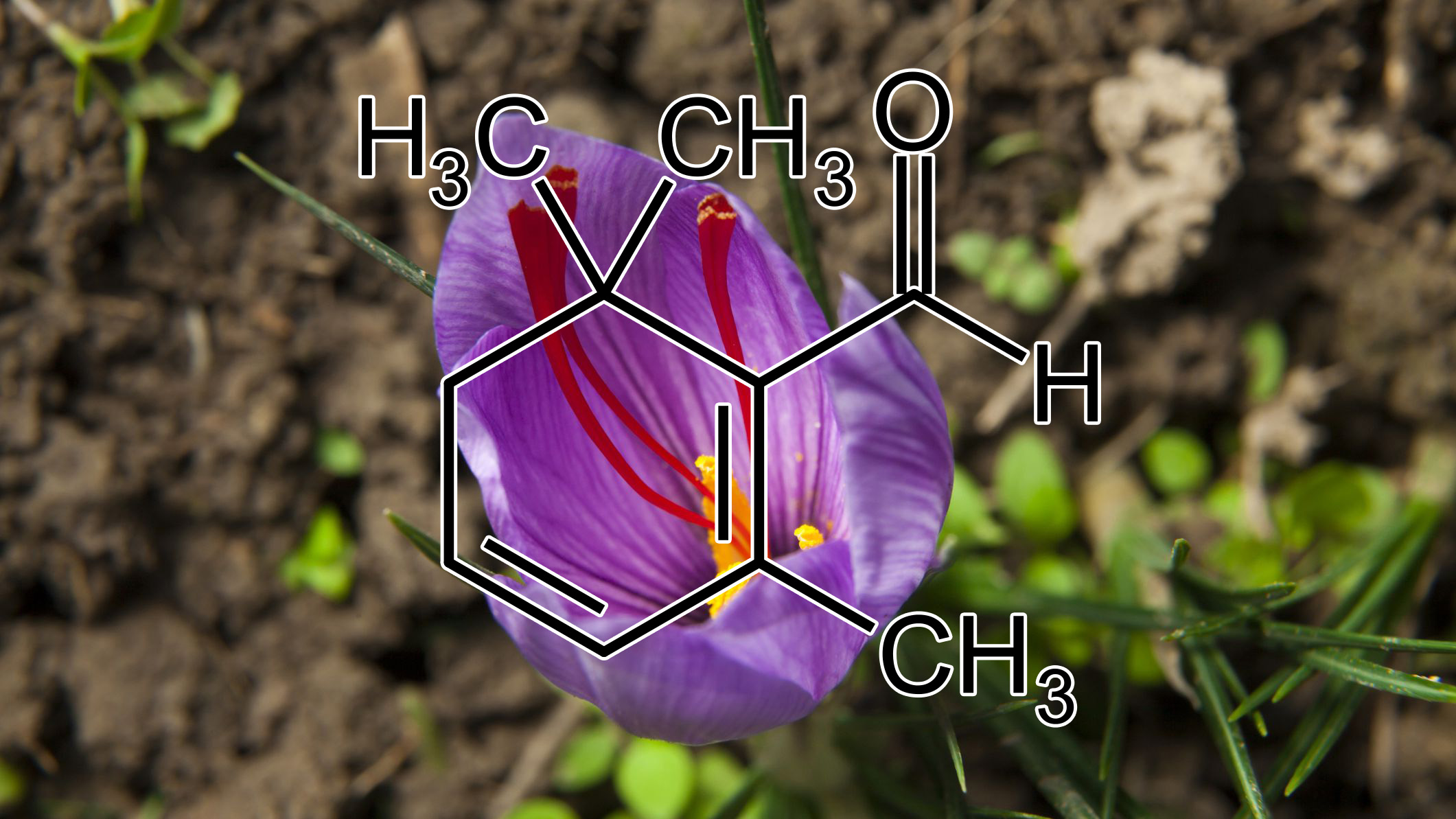
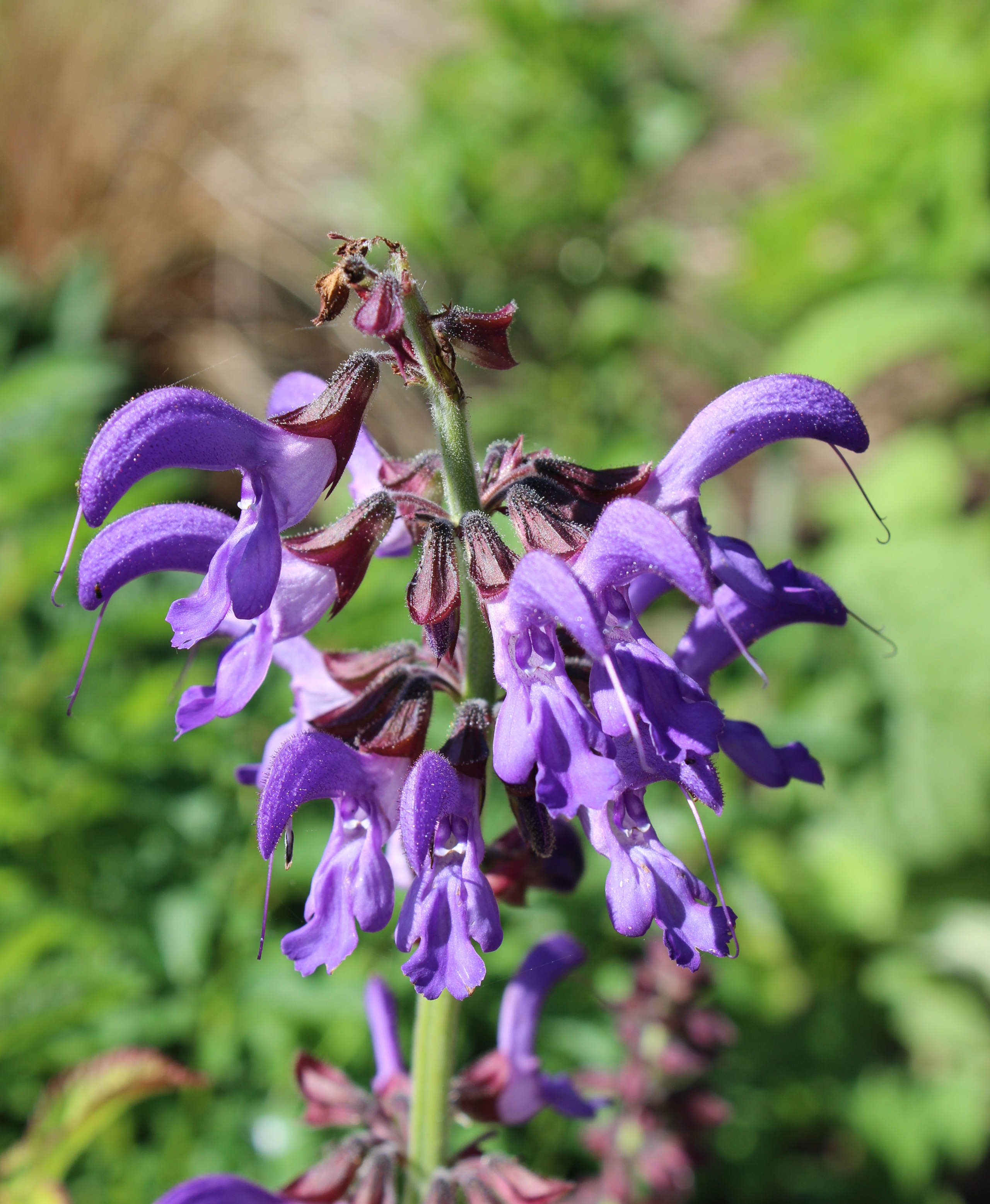
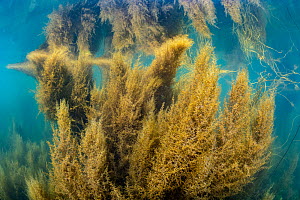
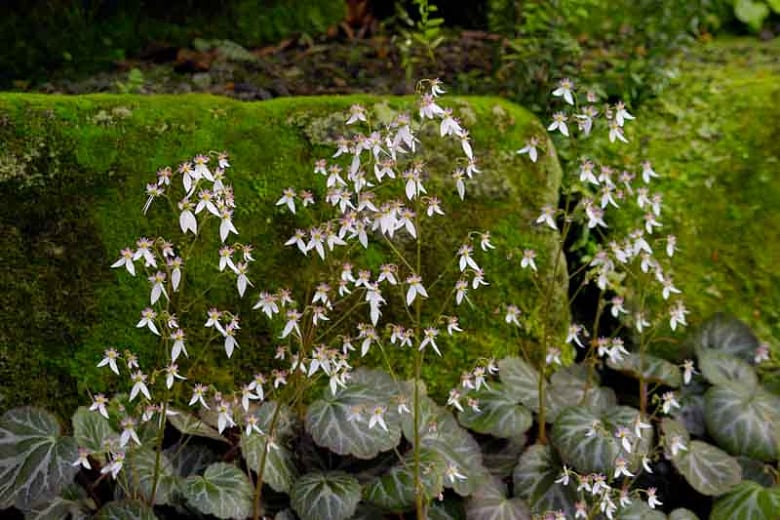
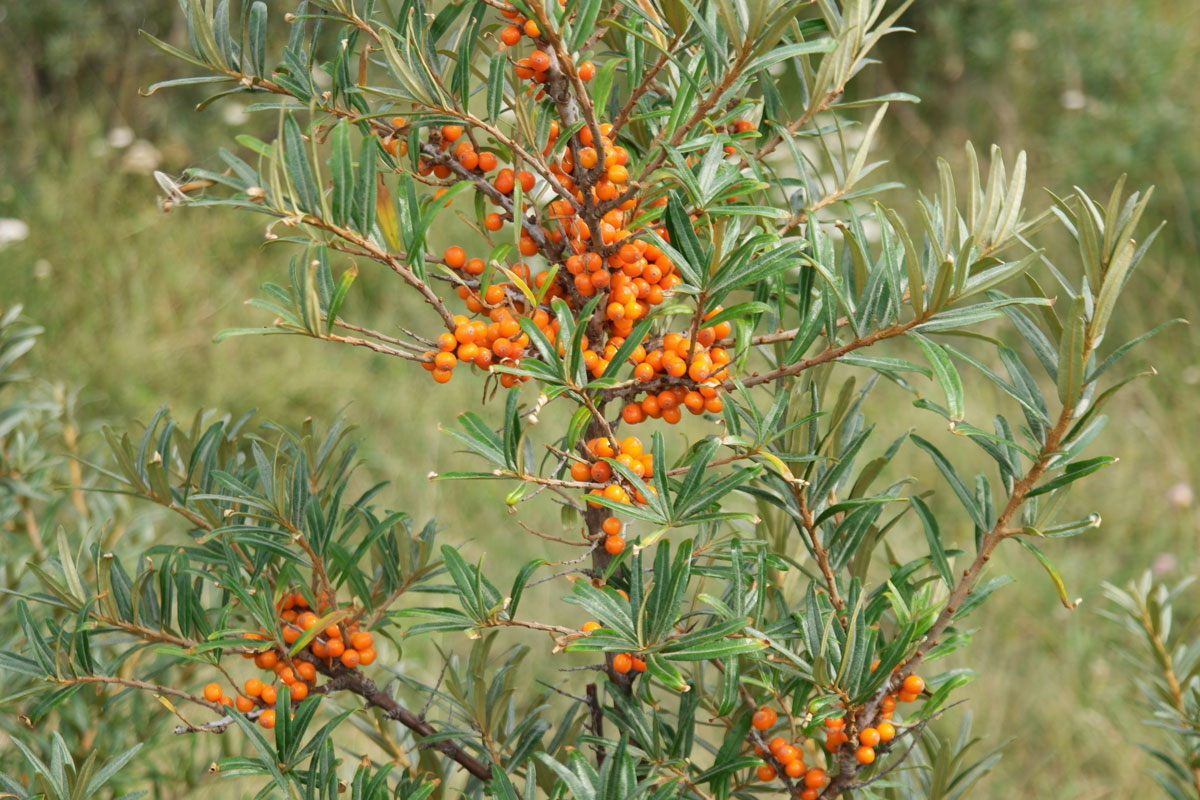

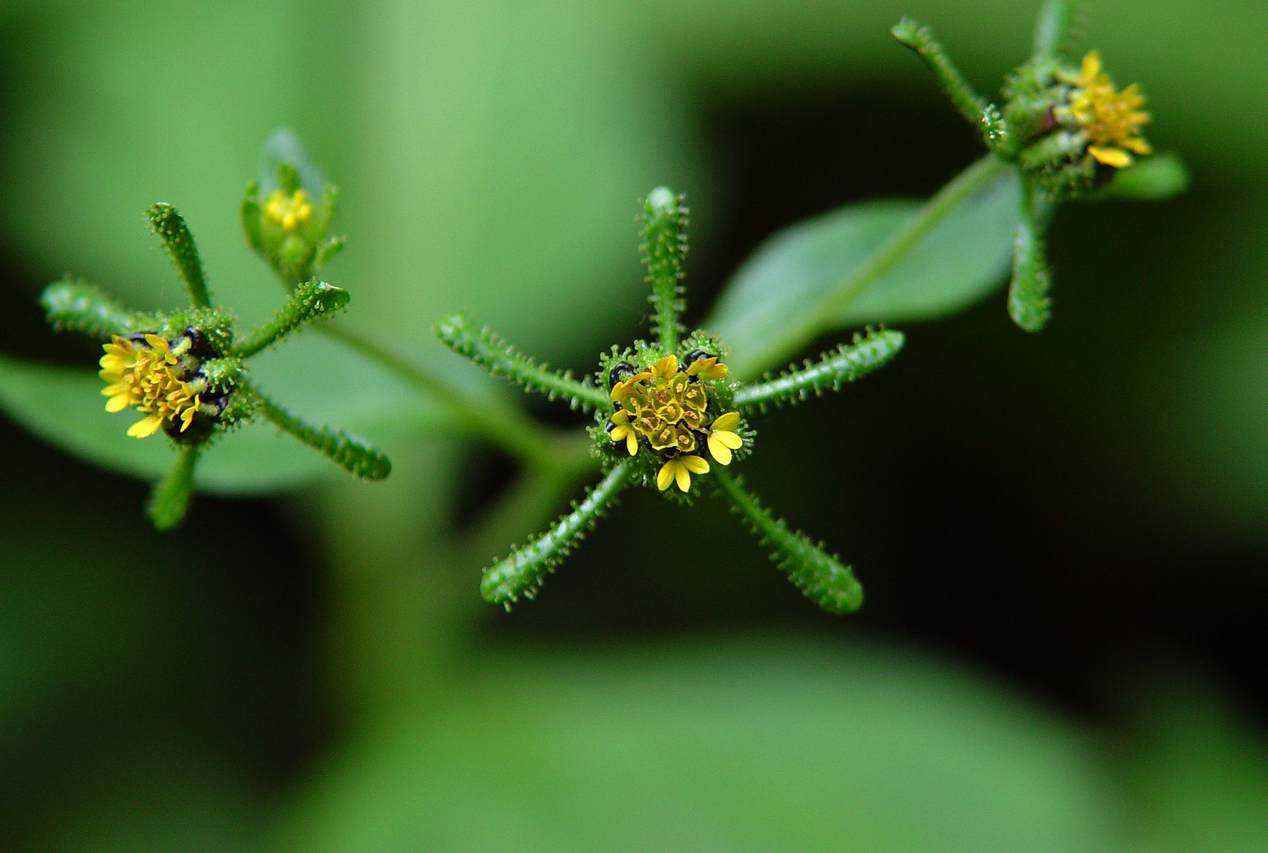
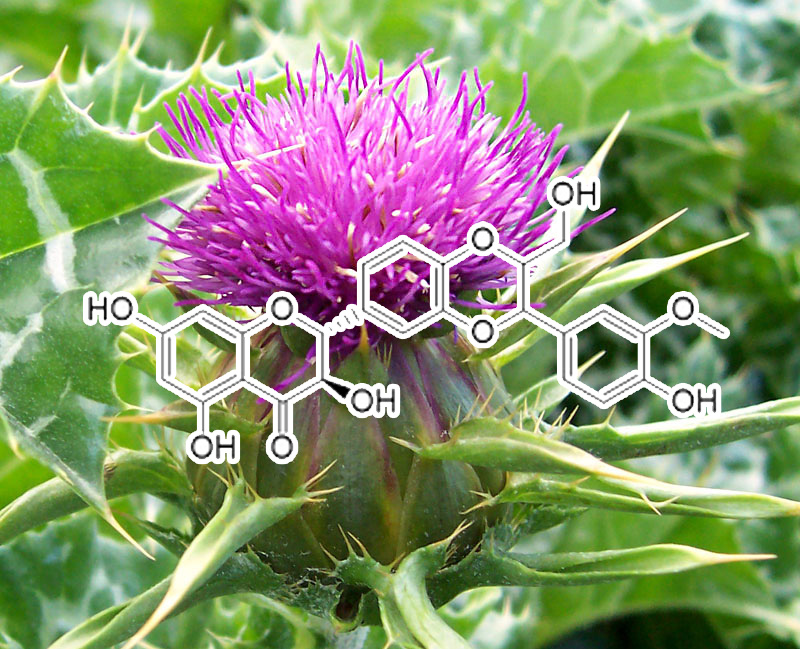
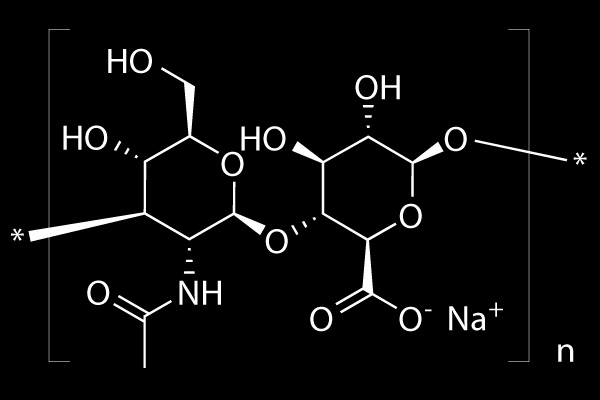
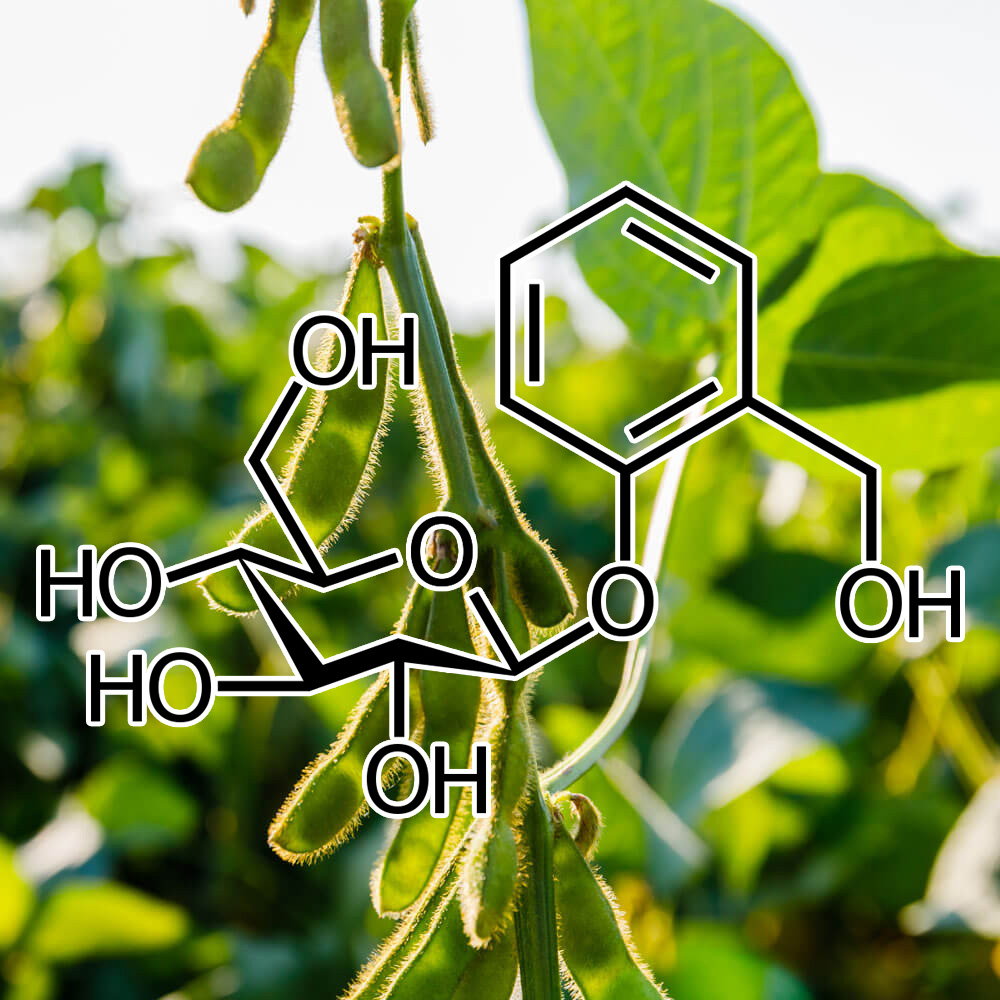
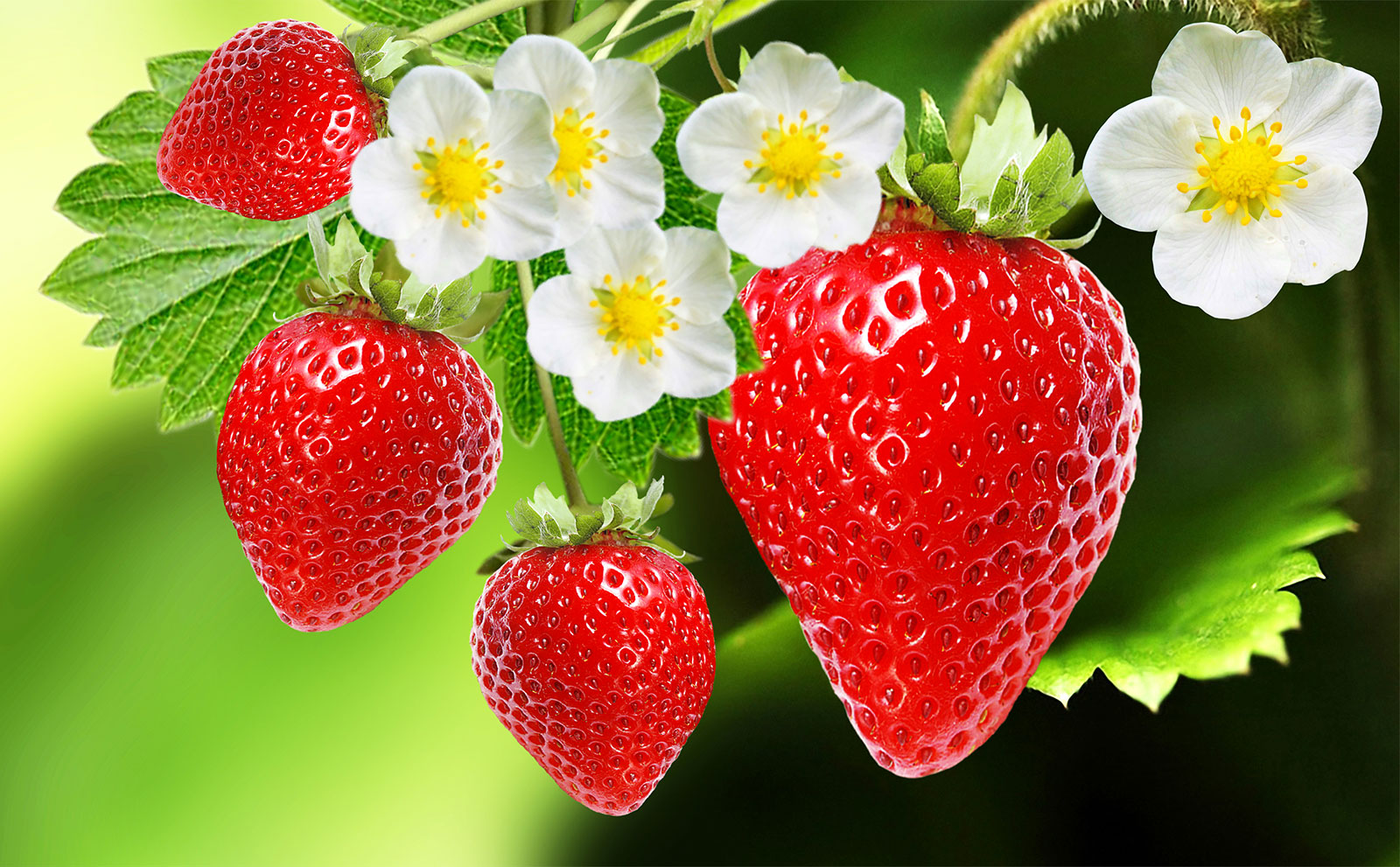
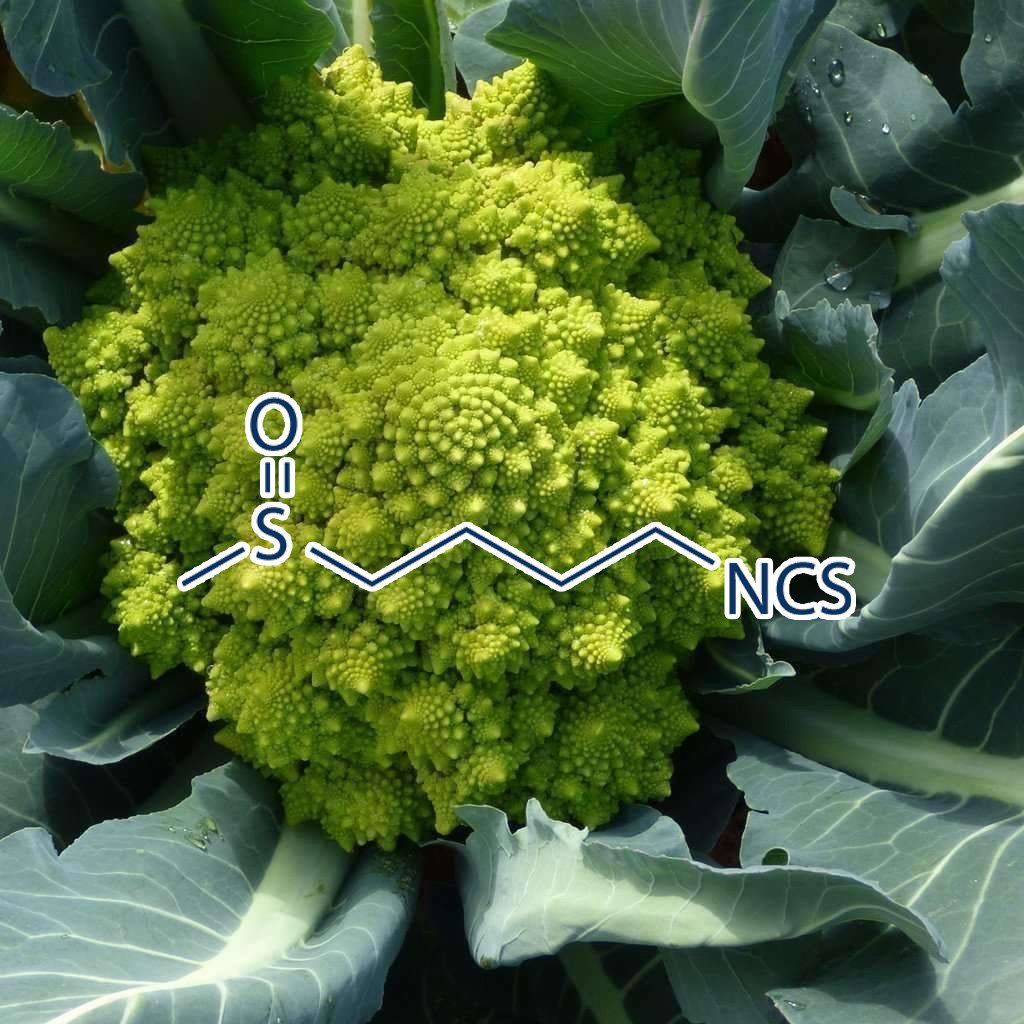
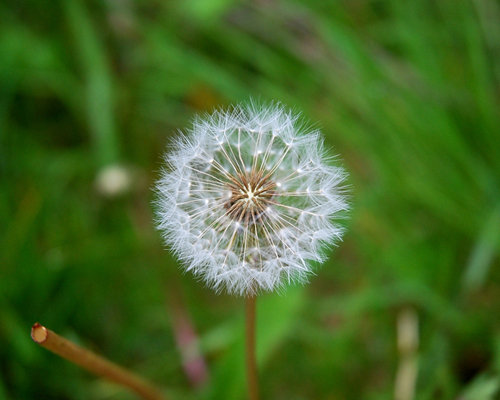

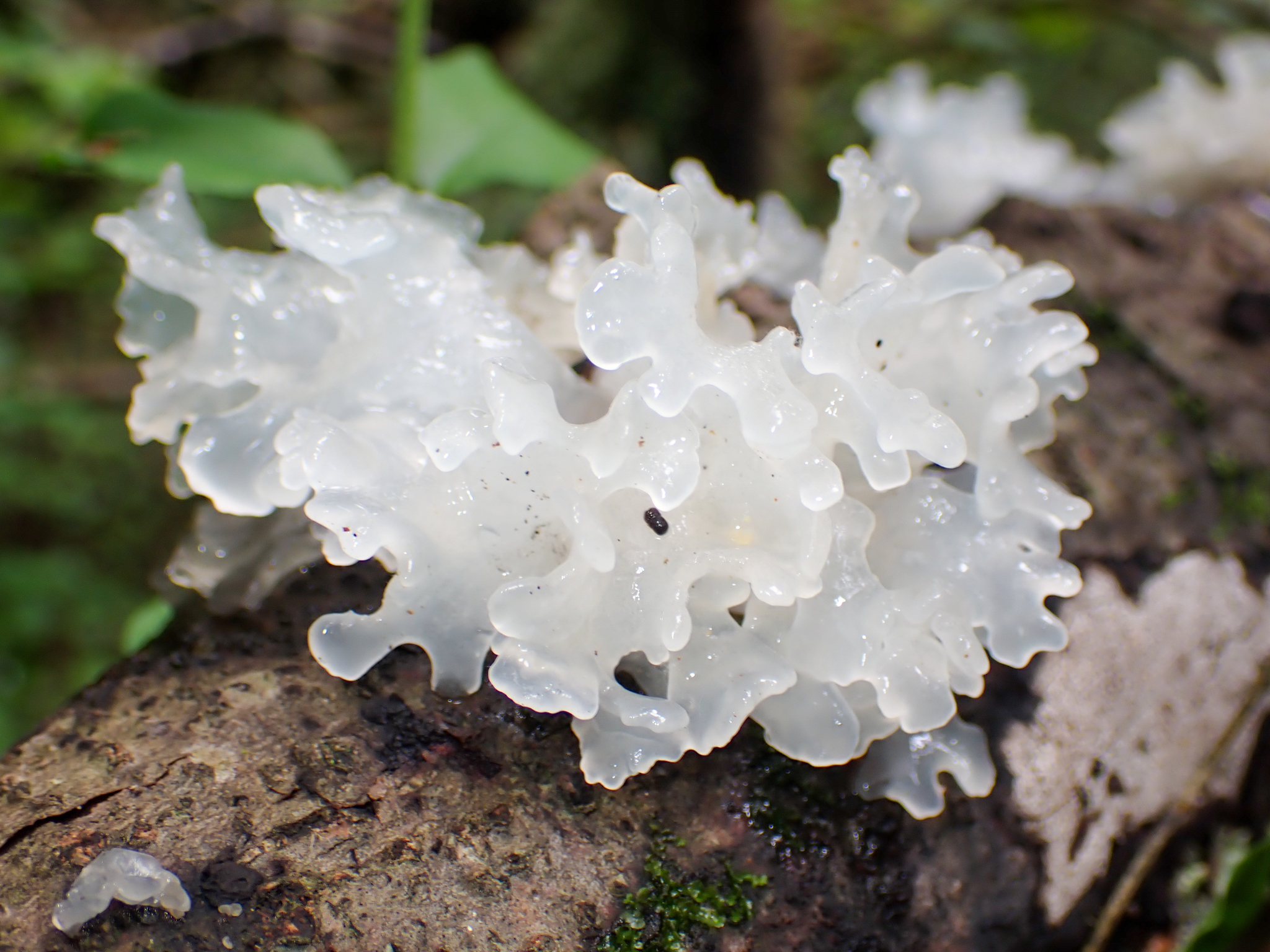
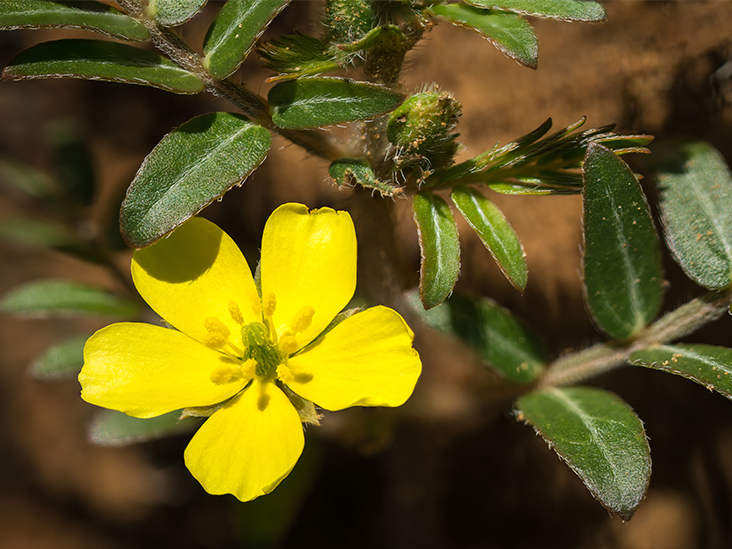
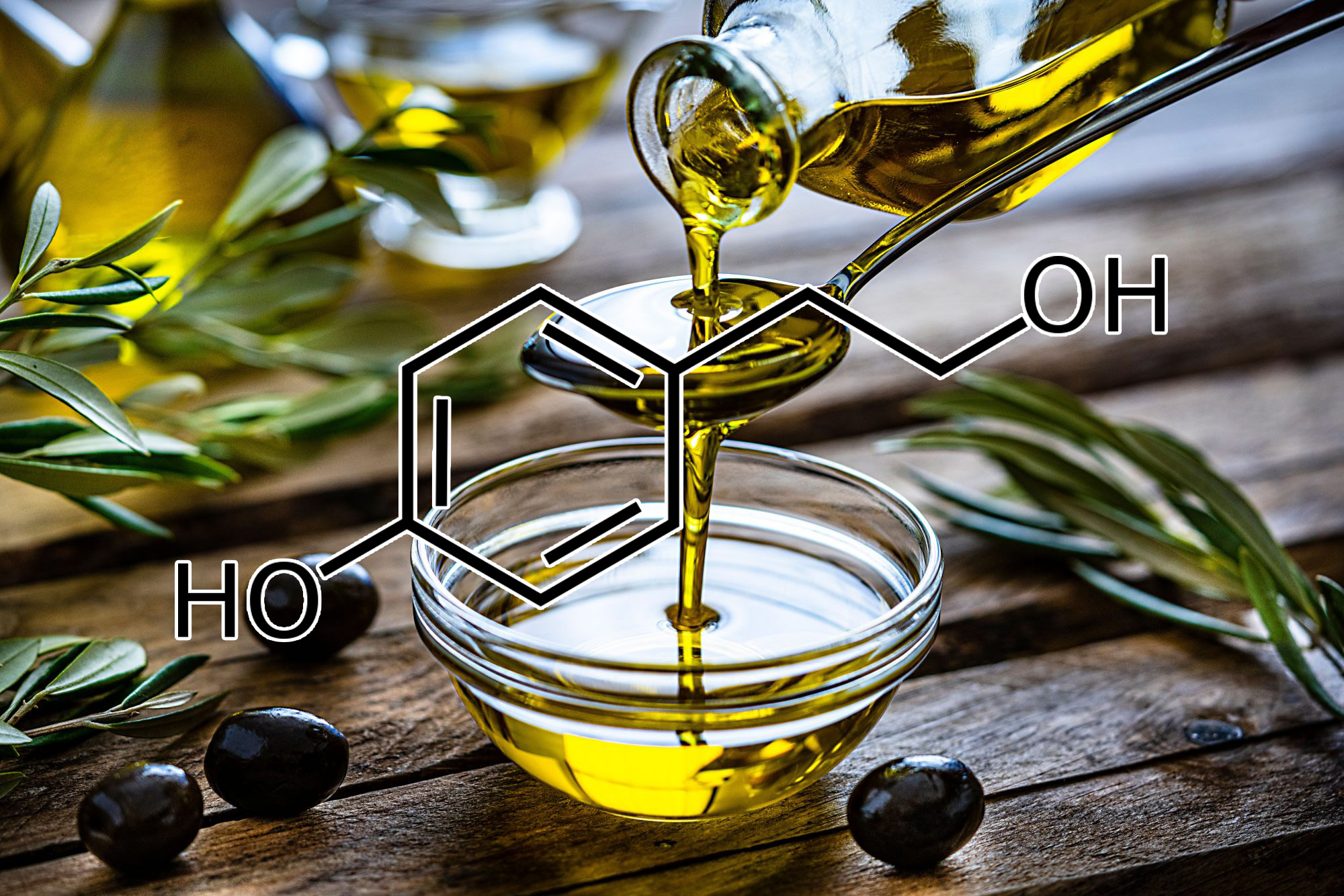
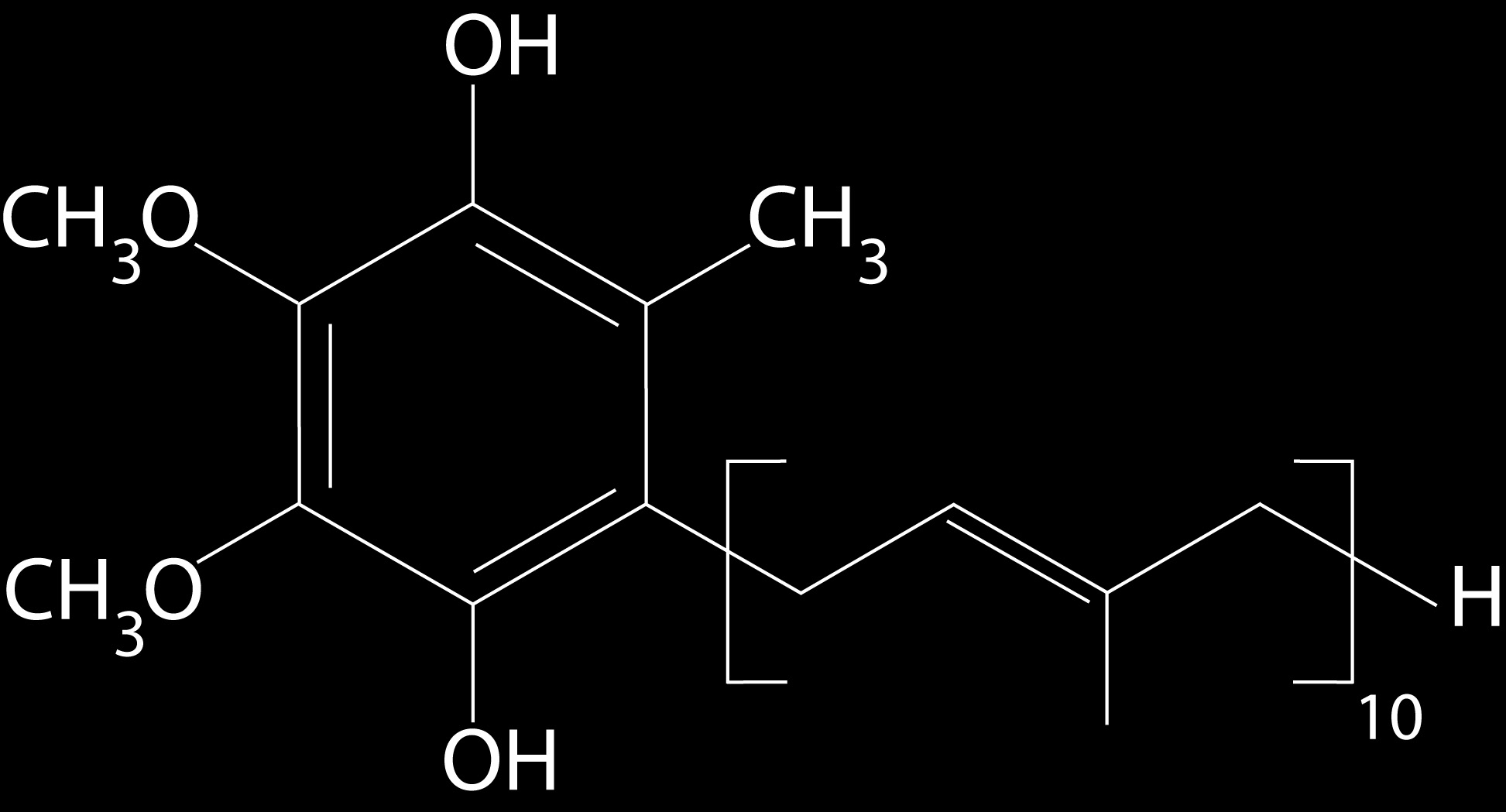

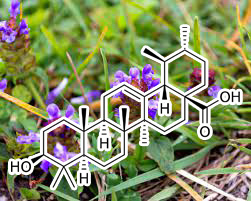
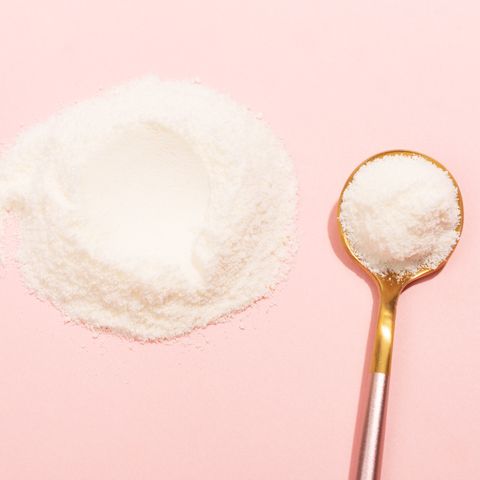
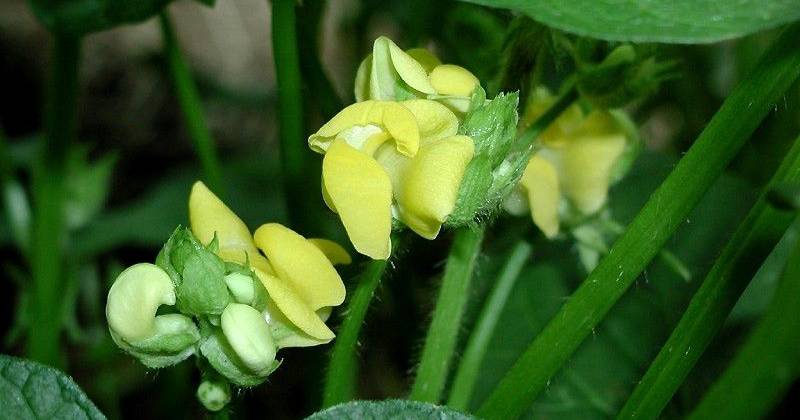
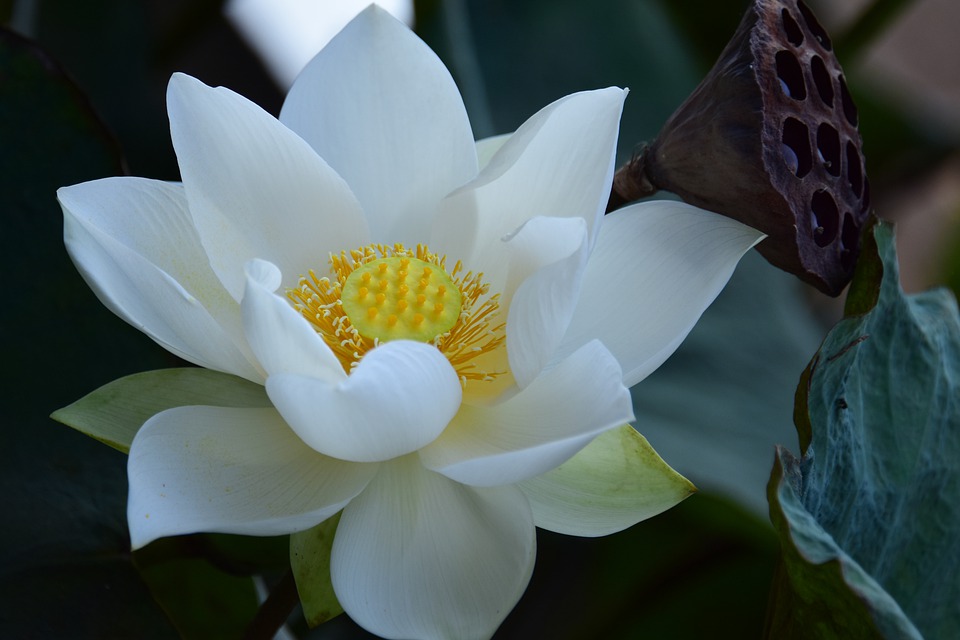

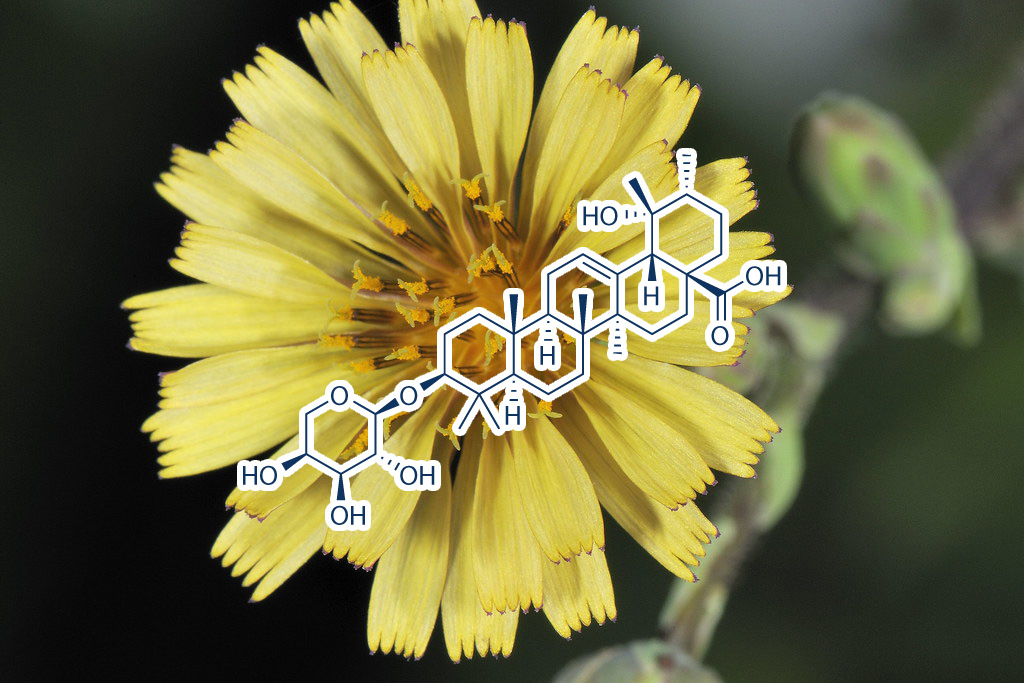
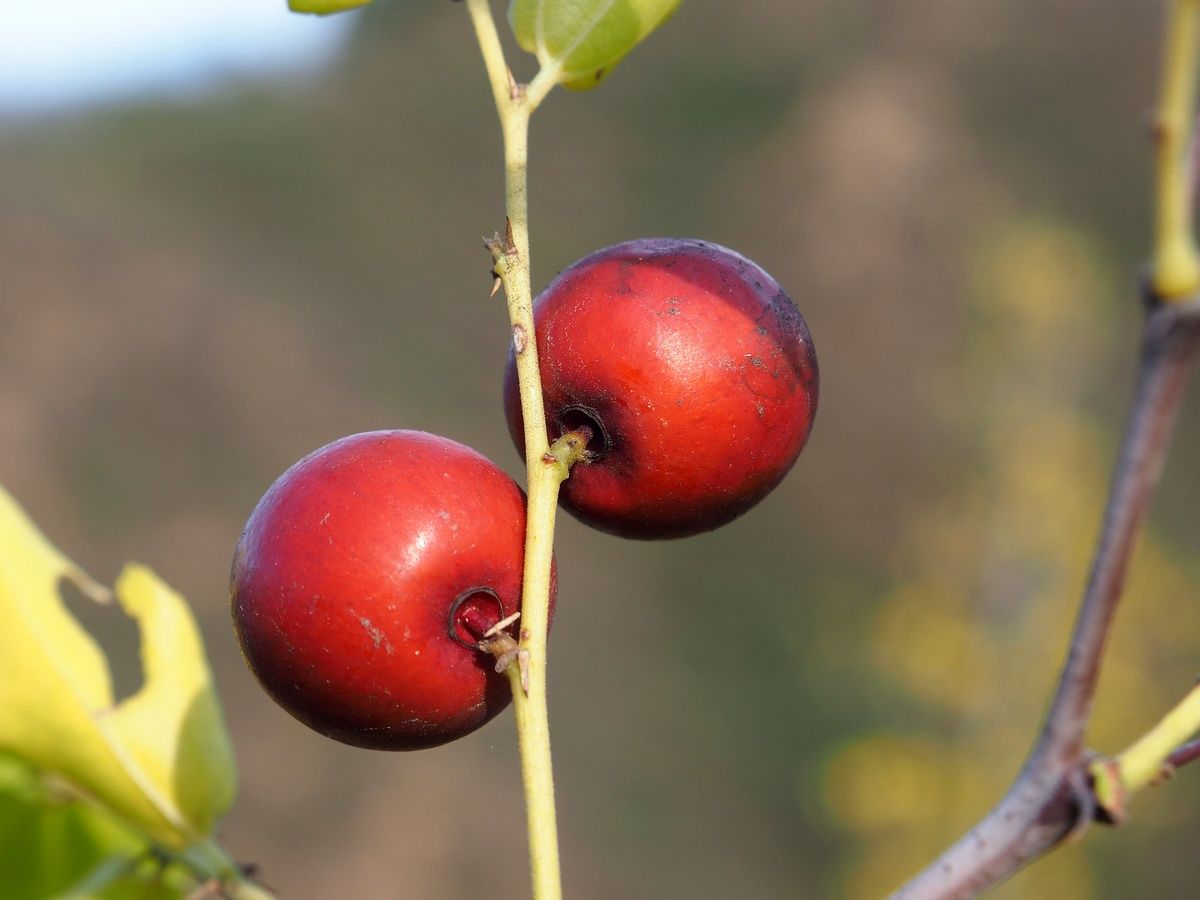
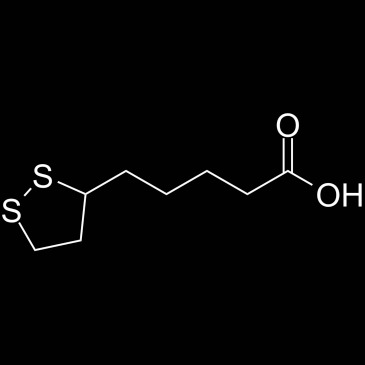
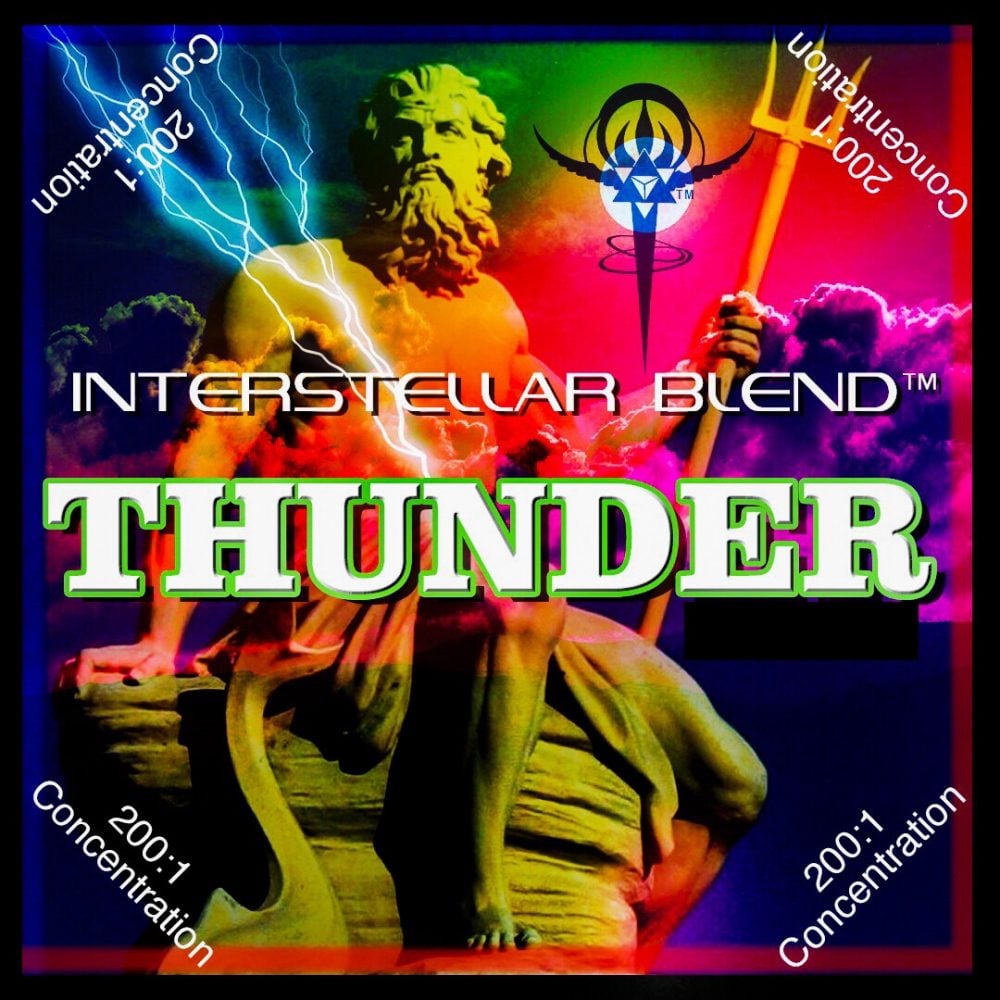
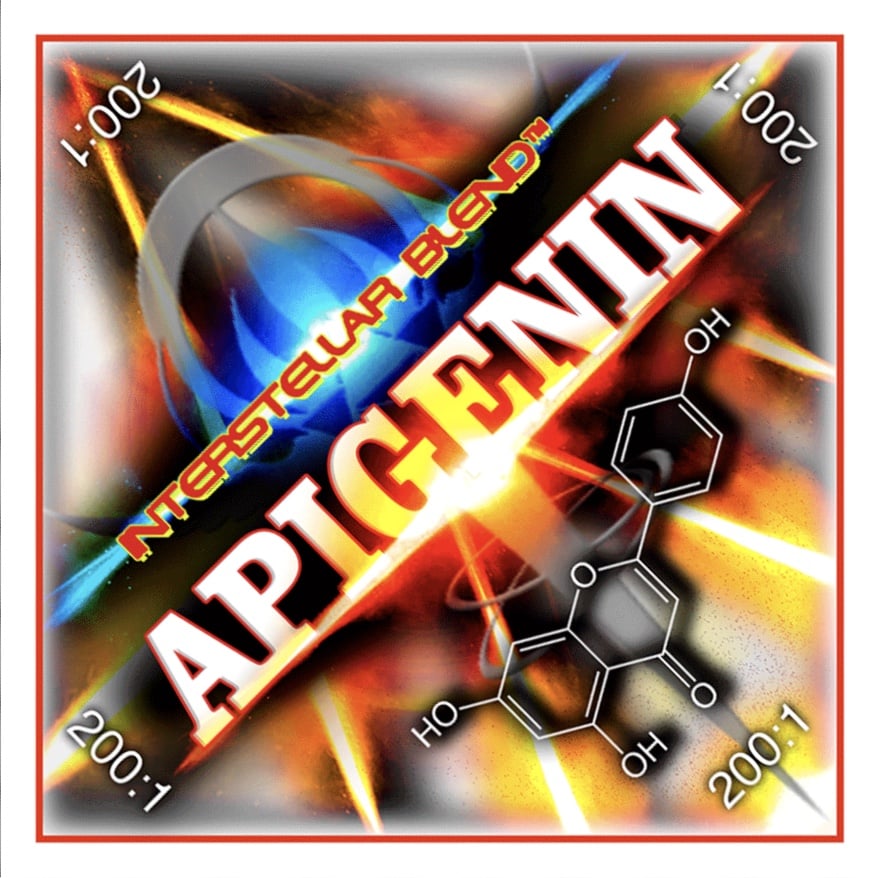

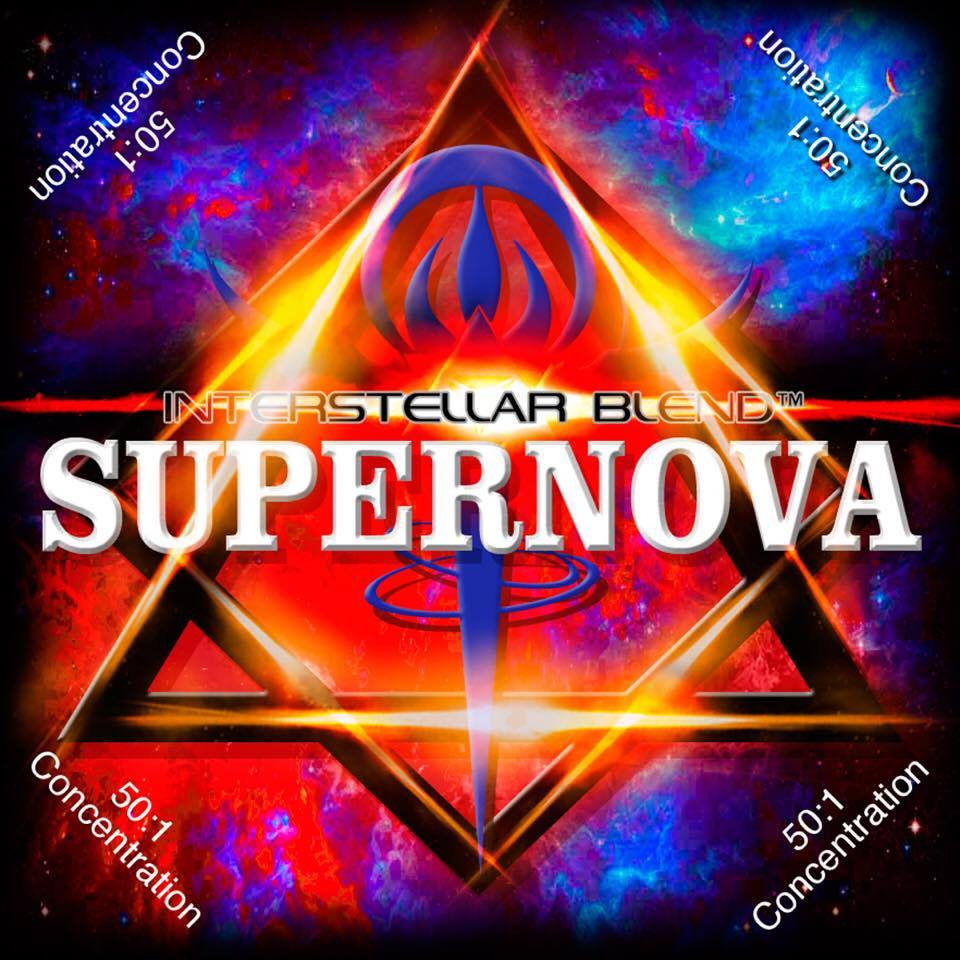
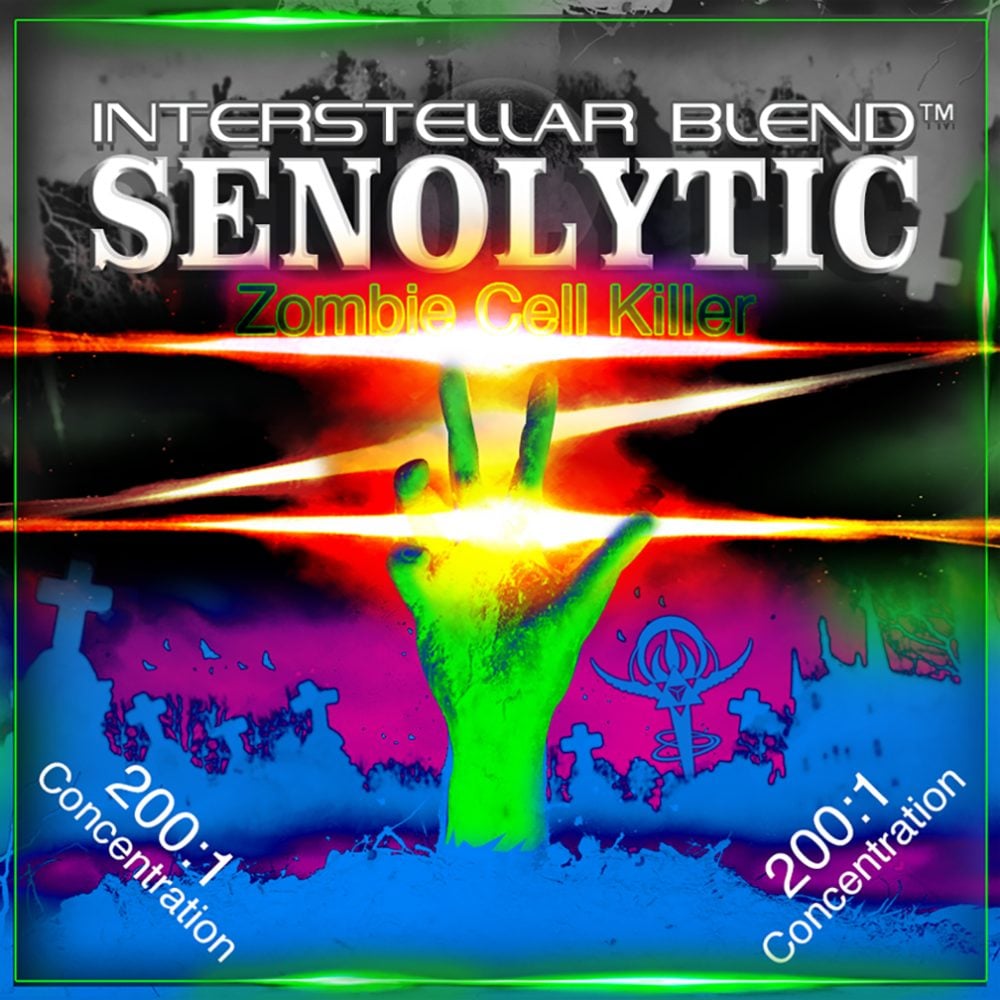
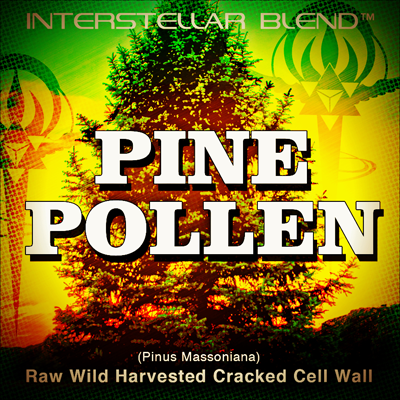
Rich Ryan –
This blend is like getting a “Face-Lift in a Bag” (or in your teacup).
The skin is our largest organ and very slow to heal, as anyone with serious skin problems knows. The time it takes to heal a skin problem or really see a difference with a beauty product can be months or years.
After just one week of using Plush, I looked in the mirror and thought, wow, I can see a difference already!
My skin color had improved, my face looked shinier and wrinkle lines looked softer. My cheeks had higher color in them, so blood flow was definitely improved. Skin blemishes looked lighter, and oil production over my whole face looked more balanced. Greasy spots looked less so, and dry spots looked moist.
I turned 50 recently, so those grey hairs and wrinkle lines are coming in pretty good now.
I took 1/2 tsp per day for about a month, and at the end of 1 month, I could definitely see a difference.
With a combo of Plush, SuperHair, Trinity and Matcha/Shilajit/Pine Pollen, along with the 22/2 daily intermittent fasting keto diet protocol, I could definitely see people halting the aging process to a crawl.
Getting old, decrepit and grey is a choice! With blends like these, we can make a better choice for ourselves.
Another impressive blend from Interstellar!
Bravo!
Elisabeth Roebuck –
Never lose an opportunity of seeing anything beautiful, her beauty is in God’s handwriting. The beauty blend PLUSH reveals God’s handwriting and reveals your true authentic beautiful self of who you were designed to be. That’s what I feel like it’s doing anyways.Gavin was kind enough to let me try it before it came to his website for sale and my goodness what a powerful blend I swear to you that after 4 days of using the blend I had three people tell me in one day that I was beautiful and two of them were complete strangers and every single day without fail since at least one person has told me I’m beautiful or pretty. And I do not wear one ounce of makeup. I don’t even wear chapstick. This plan works quick. As I was using this lend I felt like I was turning into a Barbie doll my whole face change very quickly it became smooth refined glowing and radiant my skin everywhere has changed actually scars have disappeared bumps are leaving and my skin is silky smooth I cannot wait to see how continued use of this will do for me and how I keep changing because I feel like I’m looking younger and younger by the day To love beauty is to see the light and I feel like people are seeing The light within me. I love this blend.
PJ Bailey (verified owner) –
PLUSH Beauty Blend is no joke. In only 5 days I noticed a difference in:
SKIN TONE- I noticed the pores are shrinking, the color of my skin went from yellowish to pink. It almost glows! Smaller pores also means, no blackheads.
SKIN ELASTICITY-small lines and wrinkles are getting less noticeable, especially on eyelids and around the mouth which have noticeably tightened up. Neck lines have disappeared.
SKIN TEXTURE-blemishes are disappearing, milia have literally ejected themselves from the skin, spots disappear quickly, including keratosis, (which I haven’t gotten since starting BLENDS in January 2021). Old sun damage is coming to surface and sloughing off. My skin is practically flawless.
After 3 weeks -Nails are strong, my nails previously split and were soft, had to be kept short. Now they are hard and growing longer, not splitting. First time I ever had long nails.
I am extremely happy with my results and will continue with Fasting and Blends forever. An additional word on fasting in general, I have been fasting for over 10 years, only once every 3 months as that was the protocol I was following. When I found Interstellar Blends and Gavin’s fasting protocols, I quickly changed adapted eating habits to following the 22/2 protocol. Now I can fast everyday and feel great every day! I am so grateful for this protocol because I had many issues for he last 15 years regarding diet, gut, and sugar addiction. Since starting blends I have lost over 30 pounds, now same size as high school. I love the Fasting Lifestyle.
Trqacy McCulloch (verified owner) –
I have only been on Interstellar Blends since June, and they have been the best thing that’s happened to me. I have worked in the beauty and holistic industry for years, and I have never come across a product like ‘plush’ that works so quickly and is inexpensive but top quality. I noticed how soft my skin was by day three, and my age spots were getting lighter. In addition, my whole complexion was lighter and brighter. Magical Monday was day 5, and I honestly could not believe how it looked as though I had had an eyebrow lift. Even machines using High-Intensity Frequency Ultrasound (HIFU) treatments take 12 weeks to show this result and are a lot more expensive.
My jowl lines were something I was getting concerned about, and to my delight, by day seven could see the lines much fainter, and it was as though I had had a facelift. The skin was tightening. You would have to go onto the Facebook plush challenge page to see just how dramatic the change was in such a short space of time. The lines on my neck were also deep, and these too were much less noticeable. After a few weeks, I noticed my hair was not falling out as much in the shower. It was getting thick. I was getting compliments from so many people saying I was glowing and asking if I had some treatment done on my face. I have always done things holistically was so good finding Gavin and the blends, doing things naturally by making better choices and giving myself self-love (looking after myself).
I am thrilled with my results and being open and honest. I took the transition of fasting slowly and built up to 18-20 hours. My goal is to do 22/2 every day, as I know that the blends for this protocol will ensure I can achieve this. I have lost 10 lbs without trying whilst taking ‘plush’ and fasting, and I am sure I look like I have lost a lot more. As the blends work miraculously at toning, working from the inside.
From day 22-30, I felt like a new woman, and I had so much more confidence. Plush is a blend I will not be without, and I cannot wait to see more results over the coming months. Thank you, Gavin, for all the support and your unique blends.
Dylan (verified owner) –
After my 30 day experience taking Plush, I would honestly say that this blend is a breakthrough product in regards to complexion. I was a little skeptical before I started to do the 30 days of picture posting because I figured being a healthy 25 year old that there wouldn’t be any noticeable difference. Boy was I wrong! It not only smooths out the skin, it literally changes the appearance of your countenance!
I am a carpenter that works out in the sun all day and the times I should have been burnt bad and peeled, my skin was just resilient to it. Come to find out that many of the ingredients protect against UV radiation. Just to prove the effectiveness of the blend, I posted about how the blend seemed to help sunburns recover faster without even putting into thought how the ingredients protect against UV radiation. On top of that, I noticed my skin never seemed to dry out even when I skipped a moisturizer. My skin would stay hydrated, but not in an oily or greasy way. Hair also seemed to grow quicker and thicker.
Aside from the outward appearance, a few benefits I noticed from the blend ranged from apparent heightened senses, relaxing yet invigorating reactions, increased concentration and interest in things you like to do, endurance, recovery, taste great, smells great, feels great! Definitely went beyond my expectations and I would recommend that you jump both feet in to see if what I am saying is true or not. Only way to find out for yourself. I can only give you my experience. God bless!
sharon needle (verified owner) –
I have been using the interstellar herbs for nearly 20 months plus been fasting for 4 years . i have found the combination has been amazing for my health and anti aging and love that Gavin tweaks the protocol as new research guides him . My absolute go to blends are trinity , victorious , autonomous , nebular and peel and spice but i add in others as and when . As a follower in the telegram group i grabbed the early opportunity to try Plush before the official launch . As a mature woman i am always looking at ways to ensure my skin is not ageing too quickly . Just call me vain 😂 . i am a believer in time and have religiously twice daily taken plush. The results have been outstanding. My skin has tightened both on my face and neck . The tell tale age spots and sun damage are fading ( in some areas almost disappeared) . i barely need to moisturise as my skin seems to produce it’s own moisturiser! My hair and nails which were already lush from peel and spice and super hair blends have grown even more. My grey hairs seem to be diminishing . My hands seem younger . I cannot see inside me but i do wonder what’s happening to my internal organs as i truly believe that with these external changes stuff must be happening for the good . I wear no foundation and honestly my skin glows and people notice it. i am excited to see what the changes will be over the next year by following Gavin’s protocol but Plush is something i truly recommend . it’s not overnight but i can say that when people i don’t know meet me they are stunned by my age. Had two deliveroo grocery orders in the past month where i had to show my ID and both times the delivery guy was literally open mouthed and went “wow ” . Try Plush . Fast . Eat well. I am convinced this is a top beauty secret . thanks Gavin ! 🌿🌿🌿💫🎉 Sharon N UK
Jennifer Tummala (verified owner) –
Love my skin.
As a long time loyal customer to Gavin and his Interstellar blends, I had to try Plush immediately after its launch. It did not disappoint!
I quickly noticed a huge difference in my skin tone and clarity which has continued to evolve. Also, I’ve noticed fine lines are diminishing around my eyes. My skin appears thicker, also.
Since using Plush my skin has simply changed for the better so much so that I stocked up on it!
Jennifer Tummala
Bloomfield Hills, MI
Evena Tuhoro (verified owner) –
Firstly thank u Gavin Robert McGowen for your rejuvenating blends 🙏
Here are a few thoughts regarding my 30 day journey using plush….
I actually was amazed at the difference between my day 0 and my day 30 picture….they give more justice to this review than the words i have typed below……..however I see that I look thinner and actually younger in my face which surprised me……I know for myself that my skin is softer, very hydrated, has a better tone to it and I feel like my spots are fading and the lines around my eyes have softened.
My hair is softer, is nice and smooth not frizzy lol very little if any hair fall or breakages, I can also see new hair growth so can’t wait to visit my hairdresser to see her reaction granted I have also been taking the super hair tonic so that would have helped as well.
Can’t wait for my nails to improve and I have every confidence in the blend for it to do just that….I will keep monitoring and will post as results show themselves.
My friends started watching me carefully and would comment…. words like you look “fresh” “youthful” “energetic” just a few words that spring to mind tells me that they could see the changes in me…..yeah ….even wanting to help me stick to my 22/2 protocol…that would be a double yeah lol
During this 30 day challenge I was sick with the flu for about a good 8 days…I really feel that the blends I was taking prior to getting sick helped me get thru it as i don’t like taking pills etc but the plush blend kept working, cause i could still see improvement during that period lol.
Lastly, I don”t wear a lot of make up and I have always had good skin but plush has taken me to another level well really a level or look I haven’t seen in quite some time lol
So excited to see what happens in the next 30 days lol 🙏
Xiomara Guajardo (verified owner) –
I am so happy with the results from using Plush over the last month. I’ve struggled with an eczema rash around my mouth most of my adult life. It is uncomfortable and makes me feel so self conscious. The skin is usually so uneven, rough and cracked, that make up only ever made it look and feel worse. Plush has greatly smoothed this problem area. Discolored acne scars from my teen years are starting to fade. The dark circles under my eyes are nearly gone. Everything is dramatically different from how it was just 30 days ago. I can’t wait to do another 30 day round! This time I will be adding Peel and Spice. Thank you for these amazing products!
Babara Stevenson (verified owner) –
Thanks Gavin for all your info on all your blends! I’ve been following your fb page for a few months and was really interested in the new Plush. I was starting to see lines and getting more pimples on my face than I ever had. My skin is softer and smoother. I haven’t had many pimples and the lines are diminishing! I even noticed all of my skin seems hydrated. My legs and arms were getting dry and flaky and that has stopped!
Thanks for all you do to help people heal! I look forward to trying other blends! ❤
Rachel Aw –
Started Plush about a month ago with skin that is very sun damaged (many sun spots, fine and not-so-fine wrinkles, uv sensitive) due to abusing retinols in my younger, foolisher days. Started seeing results about 10 days into mega dosing – skin color brighter, not as dull. Skin also felt firmer and smoother after a month on this. Definitely going to continue Plush and hope to see the wrinkles soften, reduce in depth, and sun spots fade!
Devin D. Lopez (verified owner) –
LOVE Plush. I definitely saw noticeable daily changes. I feel like my skin is smoother, brighter & more even toned. Even though I’m only 31, I have some decent damage from laying in tanning beds since I was 16. My discolorations have definitely faded & I find blemishes heal quicker than usual. (Even with all my current hormonal ups & downs🤰🏻)
I look forward to seeing what else improves with continued use!! This goes for all of my skin too- not just my face! Thank you Gavin for creating this awesome product.
Amy –
I LOVE this blend! I took it consistently for 30 days straight and watched my skin transform. All fine lines diminished and the roscea I suffer from became less noticeable and the bumps it causes were now smooth. I’m exciting to watch the progress in the mirror daily. Creams and serums have NOTHING on this blend. Absolutely amazed!!!! ⭐️ ⭐️ ⭐️⭐️⭐️
SANDRA HENSON (verified owner) –
I’ve done Interstellar for a couple of years and am very happy with my progress on the various blends. The opportunity to take the Plush 30 day challenge was difficult because it forced me to really look up close at my aging “experience”. Plush did more than just smooth the fine lines and fade the age spots! It’s given me a sense of acceptance, confidence and determination!! Age is just a number that can be enhanced with attitude, good nutrition and Interstellar Blends!!! Thank you Gavin for your daily support, encouragement and most of all..your amazing blends!!!
Penny Pittman (verified owner) –
I love this blend Plush.
My skin has never felt this soft. My face feels wonderful and my wrinkles look less noticeable. I love all the blends and so thankful I found Gavin and his blends.
Cat B (verified owner) –
I’ve watched Gavin for a couple of years now. He’s been up front, honest and consistent.
I finally purchased Plush! The flavor of the blend is incredible! I love it in my grapefruit juice!
After taking Plush my skin became incredibly soft and old toxins are visibly working their way to the surface and out of my skin. My pores are smaller and my damaged skin is becoming clearer.
I am anxiously awaiting my shipment of my next order to try several other blends! Thank you Gavin for your dedication and devotion to providing the best blends with gorgeous packaging.
Cynthia Taylor Mann –
I tried Gavin’s Plush blend for the 30 day challenge and intend to continue for sure and here is why!
The flavor of this blend is very pleasant so easy to take and has given me exciting results. I am 63 and have very sun-aged skin as I love the out-of-doors and do not wear sun screen. I feel I have a long way to go to deconstruct the damage done but am encouraged by this blend.
My skin color has improved and my skin feels so much softer. Almost like dead skin cells have been removed. My pores also started to appear smaller.
Unexpectedly, I feel like my “turkey neck” has smoothed out some as well.
Perhaps the best part of taking this blend has been the compliments I am receiving about appearing younger.
I look forward to continuing to use this blend to see more and more results.
I highly encourage you to try it you will not be disappointed!
Charity Mueller (verified owner) –
Plush is a wonderful blend of herbs that works from the inside instead of applying topical creams. After taking it daily I have noticed wrinkles become less noticeable, shrinking of pores, and fading of sunspots. Even after just a few days my skin felt more soft and plush to the touch. I have naturally dry skin and it also had a nice balancing effect on my skins moisture. Im glad to have this blend to help keep me looking young and fresh as I get older. The taste is nice and I look forward to taking it every day.
Catherine (verified owner) –
Plush has changed my life! I received a sample of plush about 5 months ago and have been on it consistently ever since. I have dealt with hormonal issues for the last 15 years, specifically cystic acne, I have tried just about everything with little relief. My sister introduced me to the blends last summer and after reading through articles on the website I started taking steps to remove sugar and dairy from my diet and embrace the 22/2 protocol, then Gavin introduced plush and it was a game changer for me! I have not had a breakout since, also pores and fine lines have diminished and no more itchy dry winter skin. One of the biggest surprises besides my cystic acne going bye bye is my hands look younger, this is a beautiful blend! I also take Super Hair and Niagara, check out my review on Niagara, my husband is still smiling. Girls if you are having any type of hormonal problems these 3 blends should be part of your daily intake, you will feel young again! Thanks Gavin
Marie (verified owner) –
I’ve been using the blends for a while now . I’ve tried most of them over that time .
Initially to help me lose some weight and just to see the overall effect of them.
I’m 56 and have had no flare ups with the arthritis in my joints . I fractured my L1 and L3 in my back and wrist and had healed within a couple of weeks . The doctors were surprised by how quickly. Now the blends don’t stop you doing stupid shit, but they are awesome at helping your body heal and repair in record time .
I even have my 2 bulldogs on a little peel and spice and they haven’t had any inflammation issues since .
My ultimate favourites are purge , glucose blocker they are my daily go to along with spice , peel.
I use plush and pine pollen and have noticed a difference in my skin texture. Luteolin really helps balance my mood and help me focus . It’s actually hard to pick a fav because they are all so effective . Try them and see what works best for you . I haven’t tried Rewire yet but it’s next on the list !
Oh and the weight I lost has pretty much stayed off unless I’ve really kicked the arse out of it … remember the above stupid statement 😉 but then I get back on it the right way and it comes back off . Gavin is super helpful and knows his stuff.
Tina (verified owner) –
Wow where do I start. I started taking interstellar blends at the end of 2021 and nothing in words can describe how they have levelled up my mind, body, spirit and changed my life more in more ways than I could ever imagine. Life is just amazing & I am thankful for Gavin everyday. I am completely off all medication & I just love life so much. Before blends, I was pretty much a walking zombie; constantly getting sick , health issues, on and off medication, I yearned to feel ‘normal’ and I can finally say I am at that point right now and more. Let me give you a summary of some of my favourite blends:
TRINITY : Before meeting Trinity I was a complete daily mess of anxiety & depression. I would have several panic / anxiety attacks a day & I still remember waking up with my heart feeling like it was off the charts and completely dreading the day. I didn’t want to do anything, I had such a negative outlook on life & was in constant victim mode. I’ve done a complete 180 on Trinity, she’s made the biggest impact on me & I could never live without it again. I don’t have anxiety anymore & I wake up so excited to welcome what the day holds for me. I am so full of gratitude for being alive, I love life so much! Everyone around me constantly describes me as a ray of sunshine. Trinity has helped me fix my relationship with myself, and of course that trickles into my relationships and daily life.
PLUSH : I am so thankful for Plush as the last medication for me to get off was the contraceptive pill. Like many girls , I was put on it when I was a teenager for acne, supposedly caused by ‘hormone issues’ and had been struggling to get off it for the better part of 10 years. Whenever I tried to get off it, the acne would come back full force , mood swings, my periods super irregular. In May this year, I started on Plush and that was the last time I was on the pill. My acne has NOT come back at all, my periods are regular now, I don’t have any PMS symptoms and I finally feel like my body is a part of me. In a sense I finally feel like myself , I love my body and self now and that’s the best I can describe it. ALSO, I have always looked younger all my life , I am currently 27 and would get mistaken for 20 – 23 all the time. But now new people I meet are shocked I am even over the age of 17- 18! I believe this is because Plush has cleared up old acne scars & sun damage/ pigmentation has also lightened up over the last few months. My face also seems more lifted then it did before Plush as if my skin is producing a lot of collagen again – before Plush I noticed my jowls had began to start drooping, in which I assumed the normal ageing process was starting , but now that’s gone too!
SPICE & PEEL : All my life I struggled with allergies, I felt like my body was allergic to everything that was part of the earth. I was constantly on a cycle of having hay fever, eczema and hives & one day I realised I had none of these… for months which had never happened before. I don’t remember the last time I touched an anti-histamine pill nor be covering myself in steroid cream. I don’t wake up sneezing or with a blocked nose, I don’t come back with rashes anymore when I go hiking or bush walking. Any cuts I get or bruises heals FAST within days. It’s also eliminated all inflammation I would experience from allergies as well.
REWIRE : This has to be my favourite blend on par with Trinity for eliminating distractions. Although never being professionally diagnosed due to my refusal to be on medication, I know I have what they call “ADHD”. Rewire, just shuts down the constant chatter in my mind and makes me get things done! I don’t procrastinate nor zone out anymore, and tasks don’t feel like heavy chores. It has stopped me from thinking about food all the time, kept me on strict 22/2 sometimes even longer, eliminated my shopping and nicotine addiction & I have even become the best performer in my team at work. People are sometimes baffled at how I am so efficient, whilst producing top quality work & how great my attention to detail is sometimes. Anything from time management to money management is great now. I understand new concepts so so easy now – currently undertaking a couple courses & it baffles me how I feel like I’m on the ‘limitless’ pill at times. Things just click!
STOMACH RESET COMBO : And lastly, a homage to Helico , Paraslayer & Purge. To sum it up before introducing this trio, for as long as I could remember, I was struggling with constant food intolerances, insane bloating , gut and digestion issues. Sometimes I would eat & I would automatically throw up, or be in digestion pain for the whole day / night. This trio cured it all. It did take 2 – 3 months or so to clear everything up as my issues were very much in the deep end , but just like my other past health issues, I can’t believe how i am ‘normal’ now. Food makes me so happy now & I am just so grateful I have a beautifully working digestive system now.
Maria (verified owner) –
On Rewire, Niagra and Plush. After recently giving birth, my world was a total blur of hormones and stretch marks. Emotions ran my every move and my mood swings were epic, usually swinging to the negative if I wasn’t making a concerted effort. Knowing a better way to deal with post partum life had to be out there, I turned to Gavin for support. First of all – Niagra should be mandatory for all new moms. Not only were my emotions suddenly balanced, but I started to actually feel like a woman again mere days after starting. Sure, giving birth is inherently traumatic, when else is a woman so close to death as when she is in labor giving life? Those first few days I wasn’t sure I would ever feel feminine again, and thankfully Niagra was there to the rescue. Now let’s talk “tiger stripes”. I was lucky to not have many stretch marks after carrying for 39 weeks and 3 days, but I still wanted the few I have gone. I noticed a difference in my face after 1 week on Plush, and 2 weeks in I noticed one particularly gnarly stretch mark on my lower abs was evening out discoloration wise. I am also noticing color returning to my face, even with being up every 2 hours to feed a newborn. I can’t wait to see what this stuff does with more time. And now for the kicker: rewire. My focus was shot as a new mom. The sleep deprivation and flight or fight mode learning my baby’s cries for the first time had me scattered completely. Rewire calmed all of the static behind my eyes – that hollow buzzing you get when your body is exhausted and unable to process anything visually? Gone after the second dose. This trio has been my go-to set of tools to live this next phase of life on my terms and for my maximum fulfillment. No longer am I pining for who I was before having a child, or worrying about ‘snapping back’. The inner peace and confidence in myself to tackle the day to day and dominate the shit out of it is unparalleled. I can’t recommend this trio enough to any of the moms out there desperately looking to find some spark of recognition in the mirror. You are still there, you haven’t lost yourself. You’ve unlocked a divine super power. You owe it to your children, your partner, and yourself, to claim that power. These blends pave the way to do so in record time.
Stephanie Dooley (verified owner) –
Plush is Phenomenal!
I’ve been taking many of Gavin’s blends since 2020 (about 30 different ones to be exact that I’ve experienced). I’ve been consistently taking 18 of them on a regular daily basis for a little over 2 years now. Love them all!
Soon after Plush was released, I was intrigued and interested in trying it, but honestly was skeptical if the addition of 1 more blend would make any noticeable difference, since I was taking so many of the other blends already. But, boy, was I wrong about that! Within a few weeks’ time, I could tell a noticeable difference in my skin. The only change I had made was the addition of Plush. The texture, pore size, clarity, fine lines, plumpness, etc.in my face were all improved. With continued use, I’ve noticed even greater improvements in my skin quality in addition to the fading of brown age spots on my arms and chest.
I’m sold on Plush! It’s definitely going to be one of the many blends that I continue to use that I keep stocked up on as part of my beauty and anti-aging regimen. The fact it’s good for your health & improves your skin at the same time is just a double bonus! Love it!
Sara Almomani (verified owner) –
How I found out about interstellar blends is a bit of a story. I was depressed and down for a couple months until I met my now fiancé on a dating app and my life changed. Every morning he would send me a Snapchat of him putting nebula in his coffee and i asked him one day what that was. He told me all about interstellar blends and I hopped on it asap.
One of my biggest insecurities was my back acne and discoloration of my skin in certain areas. I’ve been to many doctors and dermatologist and none of them seemed to know what it was and that it was hormonal which I didn’t believe. Once I saw Plush I automatically added it to my cart and was super excited to start using it. Before it even came I bought 3 bottles of grapefruit juice in preparation.
The first week I started using Plush I got so many comments. My friends and family were telling me that I was glowing and how good my skin looked. After 5 days of using Plush, the discoloration disappeared. Even the discoloration of scars vanished. My back acne became lighter over the timeframe of 2 weeks. My skin automatically became softer, my hair became thicker and shiner, my nails became stronger, even my eyelashes became fuller. This was a life charger for me. I stopped taking Plush for a couple weeks due to me running out and the affects of Plush were still there. The day I started taking it again, you automatically see results. I highly recommend this to anyone and this will definitely be one of many blends that I keep stocked. Love, love, love it!
[email protected] (verified owner) –
Plush is been amazing for my skin
My boyfriend put me in these blends a few months ago I take Trinity plush EKG supernova Niagra those are the main ones I take on a pretty consistent basis.
My boyfriend told me that I would not see the true benefits of these blends until I did a 72 hour fast. LONG story short I ended getting sick as I work as a nurse and have a 3 year old but getting a little sick made me go in these extended fast and when I got better I started the blends again and I saw a huge improvement on my anxiety and skin.
These blends are simply amazing and the plush has really helped my skin to clear up as I also started to drink more water . I have suffered from acne all my life and I know it can a negative affect on my confidence and Self esteem as a young women.
Since taking these my skin is smoother clearer and it’s helping me get my confidence back that we all deserve. I love these blends and I will never be without them. Specially plush and Trinity and the Niagra
Jennifer W –
It’s funny how you get used to feeling a certain way so that’s just what you accept of yourself. Or you aren’t aware that something is wrong with you until you feel better. I didn’t realize how exhausted I get during the day. I didn’t realize how low energy I am. I just go through my day and anxiously await a proper time to go to bed. Or…. what’s it feel like not to have a headache? I don’t get migraine headaches, it’s just from not sleeping. I can expect a headache at least four times a week. Stomach aches from poor digestion are awful too. Just overall feeling good… really? Yes!!! Yes!!! Yesssss!!!!
Interstellar Blends to the rescue. So I have several of the blends in sample size. I’ve actually had them quite a while and I would take some here, take some there. I really got serious about it this past week and I have taken them at least twice daily and sometimes three times daily. WOW is all I can say. The blends certainly have a way of pointing out just how poorly I felt by making me feel amazing!!
I have been taking a concoction of plush, nebula, super hair, spice, niagra, super nova, and several more. The first thing I noticed was that I can actually breathe through my nose. I have absolutely no congestion. I suffer with seasonal allergies and allergens from indoors. I work in an over 100 year old building and there’s stuff everywhere in there. I have zero congestion and zero allergy symptoms.
Energy? Ha!!! I’m freaking annoying because I have so much energy. Sleep and blends!! No more headaches. Not a single one this week. An overall mellow mood and I’m nice. I’m so, so nice now!!! LOL Digestion issues gone!! When I take steps to feel better I don’t want to put the crap in my body so I’m eating a better diet too. I’m fasting and taking the blends with coffee or tea.
The blends go above and beyond what they’re intended to help you with. All this and I haven’t even tried the blends for sleep. Since I’m headed into the weekend I will give that a shot…just so I can adjust the amount so I will get up in the morning for work when Monday rolls around.
The Interstellar Blend website is so amazing. I love the updated “choose your own symptom” scrolling technology provided. It makes choosing blends so convenient.
Thank you Gavin and Interstellar Blends. I haven’t felt this good in a very long time…. Possibly ever!!